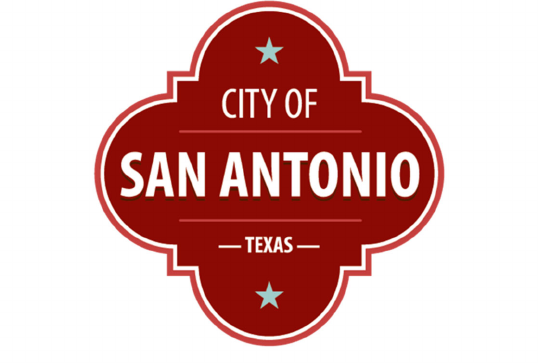
CHAPTER 10
BUILDING-RELATED
CODES
EFFECTIVE DATE:
FEBRUARY 1, 2023
2021 International Building-Related Codes
Page 1 of 141
Ord. No 2021-11-10-0875 § 1, adopted November 10, 2022 revised various provisions and reflects
adoption of the 2021 editions of the International Building Code, International Residential Code for One
and Two-Family Dwellings, International Mechanical Code, International Plumbing Code, International
Existing Building Code, International Fuel Gas Code, International Fire Code, International Energy
Conservation Code, International Swimming Pool and Spa Code and the 2020 edition of the National
Electrical Code and their respective local amendments. Ord. No. 2018-06-21-0493 § 1, adopted June 21,
2018, repealed and reenacted chapter 10 in its entirety to read as herein set out. Ord. No. 2015-01-29-
0066 § 1, adopted January 29, 2015 repealed and reenacted chapter 10 in its entirety to read as herein
set out. Ord. No. 2011-12-01-0984, § 1, adopted December 1, 2011, repealed and reenacted chapter 10
in its entirety to read as herein set out. Formerly, chapter 10, articles I—XIV pertained to electricity and
derived from Ord. No. 2009-01-15-0031, §§ 2, 3, adopted January 15, 2009; Ord. No. 2010-09-16-0791, §
1(Att. G), adopted September 16, 2010; Ord. No. 2010-10-21-0930, § 1, adopted October 21, 2010, and
Ord. No. 2011-09-15-0752, § 1(Att. F), adopted September 15, 2011.
Chapter 10
BUILDING-RELATED CODES OF THE CITY OF SAN ANTONIO
TABLE OF CONTENTS
Art. I Administration and General §§ 10-1 – 10-24
Art. II Definitions §§ 10-25 – 10-28
Art. III Building Code §§ 10-29 – 10-35
Art. IV Residential Code §§ 10-36 – 10-45
Art. V Existing Building Code §§ 10-46 – 10-50
Art. VI Electrical Code §§ 10-51 – 10-60
Art. VII Mechanical Code §§ 10-61 – 10-70
Art. VIII Fuel Gas Code §§ 10-71 – 10-80
Art. IX Plumbing Code §§ 10-81 – 10-90
Art. X Energy Conservation Code §§ 10-91 – 10-95
Art. XI Swimming Pool and Spa Code §§ 10-96 – 10-100
Art. XII Fire §§ 10-101 – 10-110
Art. XIII Licensing and Registration §§ 10-111 – 10-129
• Billboard operator license §§ 10-111
• Commercial sign operator license §§ 10-112
• City electrical contractors and electrical sign contractors, in-
stallers, maintenance electricians; licenses and regulations §§ 10-113
• City mechanical license §§ 10-114
• R
esidential building and home improvement
contractor registrations §§ 10-115
• City registration, and insurance required §§ 10-116
• Irrigation systems and irrigators §§ 10-117
• State licensed responsible master plumber registration §§ 10-118
• Demolition contractor registration §§ 10-119
• Registered house mover §§ 10-120
Art. XIV Signs and Billboards §§ 10-130
2021 International Building-Related Codes
Page 2 of 141
ARTICLE I. ADMINISTRATION AND GENERAL
Sec. 10-1. Title of chapter; designation of Building Official.
(a) This chapter is the Building-related codes. Unless otherwise indicated by its use and context, the term
"this chapter" refers to this Chapter 10 including all provisions incorporated by reference in this chapter.
(b) The Building Official shall be known as the Director of Development services, and such term shall
include his authorized representatives. Further, whenever the term or title "administrative authority,"
"code official," "authority having jurisdiction," "responsible official," "Building Official," "director" or other
similar designation is used in any of the codes adopted by this chapter, it shall be construed as the
Director of Development Services, or his designee and authorized representatives.
Sec. 10-2. - Purpose and scope of chapter; referenced codes.
(a) Purpose. This chapter shall be construed to secure its expressed intent, which is to provide minimum
requirements to safeguard the public safety, health and general welfare, insofar as they are affected
by building construction, through structural strength, adequate means of egress facilities, stability,
sanitary equipment, light and ventilation, energy conservation, fire safety, and in general to promote
safety to life and property from fire and other hazards incident to the construction, design, erection,
installation, alteration, addition, removal, demolition, replacement, repair, location, relocation, moving,
quality of materials or use and occupancy, maintenance and operation of building, structures or
premises, and to provide safety to fire fighters and emergency responders during emergency
operations.
(b) The purpose of this chapter is not to create or otherwise establish or designate any particular class or
group of persons who will or should be especially protected or benefited by the terms of this chapter.
(c) Scope. Article I of this chapter provides the administrative procedures to be followed by all persons
engaged in the construction, design, erection, installation, alteration, addition, removal, demolition,
replacement, location, relocation, land disturbance, moving, quality of materials, or use and occupancy,
maintenance and operation of buildings, structures, or premises, as regulated by this chapter. All
references to any provisions in the administrative chapters of the referenced model codes are construed
to be a reference to the provisions of Article I unless otherwise noted.
(d) Referenced codes. The other codes and standards listed in Subsections (1) through (10) and
referenced elsewhere in this chapter are considered part of the requirements of this chapter to the
prescribed extent of each such reference. See Article II through article XIII of this chapter.
(1) Building. The provisions of the International Building Code, as amended in Article III, apply
to the construction, design, erection, installation, alteration, addition, removal, demolition,
replacement, repair, location, relocation, land disturbance, moving, quality of materials, or use
and occupancy of every building or structure or any appurtenances connected or attached to
such buildings or structures.
Exceptions:
a. Detached one- and two-family dwellings and multiple single-family dwellings
(townhouses) not more than three (3) stories above grade plane in height with a separate
means of egress and their accessory structures not more than three (3) stories above
grade plane in height shall comply with this code or the International Residential Code,
as amended in Article IV of this chapter.
b. Existing buildings and structures undergoing repair, alteration, change of occupancy,
addition and/or relocation of existing buildings shall be permitted to comply with the
International Existing Building Code, as amended in Article V of this chapter.
2021 International Building-Related Codes
Page 3 of 141
(2) Electrical. The provisions of the National Electrical Code, as amended in Article VI of this
chapter, shall apply to the installation of electrical systems, including alterations, repairs,
replacement, equipment, appliances, fixtures, fittings, and appurtenances thereto.
(3) Mechanical. The provisions of the International Mechanical Code, as amended in Article VII
of this chapter, shall apply to the installation, alterations, repairs, and replacement of
mechanical systems, including equipment, appliances, fixtures, fittings and/or appurtenances,
including ventilating, heating, cooling, air conditioning and refrigeration systems, incinerators,
and other energy-related systems.
(4) Gas. The provisions of the International Fuel Gas Code, as amended in Article VIII of this
chapter, shall apply to the installation of fuel gas piping from point of delivery, fuel gas
appliances, gaseous hydrogen systems and related accessories as covered in this Code.
These requirements apply to fuel gas piping systems extending from the point of delivery to
the inlet connections of appliances and the installation and operation of gas appliances and
related accessories. Piping system requirements shall include design, materials, components,
fabrication, assembly, installation, testing, inspection and operation and maintenance.
(5) Plumbing. The provisions of the International Plumbing Code, as amended in Article IX of this
chapter, shall apply to the installation, alteration, repair, relocation, addition to use or
maintenance and replacement of plumbing systems, including equipment, appliances, fixtures
and fittings and appurtenances. The code shall also regulate nonflammable medical gas,
inhalation anesthetic, vacuum piping, nonmedical oxygen systems and sanitary and
condensate vacuum collection systems.
(6) Energy. The provisions of the International Energy Conservation Code, as amended in Article
X of this chapter, shall apply to all matters governing the design and construction of buildings
for energy efficiency.
(7) Property Maintenance. The provisions of the San Antonio Property Maintenance Code shall
apply to existing structures and premises; equipment and facilities; light, ventilation, space
heating, sanitation, life, and fire safety hazards; responsibilities of owners, operators and
occupants, and occupancy of existing premises and structures.
(8) Fire Prevention. The provisions of the International Fire Code, as amended in City Code
Chapter 11, shall apply to matters affecting or relating to structures, processes and premises
from the hazard of fire and explosion arising from the storage, handling or use of structures,
materials or devices; from conditions hazardous to life, property or public welfare in the
occupancy of structures or premises; and from the construction, extension, repair, alteration
or removal of fire suppression, automatic sprinkler systems and alarm systems or fire hazards
in the structure or on the premises from occupancy or operation.
(9) Existing Buildings. The provisions of the International Existing Building Code, as amended
in Article V of this chapter, shall apply to matters governing the repair, alteration, change of
occupancy, addition to and relocation of existing buildings.
(10) Swimming Pool and Spa. The provisions of the International Swimming Pool and Spa Code,
as amended in Article XI of this chapter shall apply to matters governing the construction,
alteration, movement, renovation, replacement, repair and maintenance of aquatic recreation
facilities, pools, and spas.
Sec. 10-3. Applicability.
(a) General. When there is a conflict between a general requirement and a specific requirement, the
specific requirement shall be applicable. Where, in any specific case, different sections of this chapter
specify different materials, methods of construction or other requirements, the most restrictive shall
govern.
(b) Other laws. The provisions of this chapter do not nullify any provisions of local, state, or federal law.
2021 International Building-Related Codes
Page 4 of 141
(c) Application of references. References to article or section numbers, or to provisions not specifically
identified by number, shall be construed to refer to such article or section or provision of this chapter.
(d) Referenced codes and standards. The codes and standards referenced in this chapter shall be
considered part of the requirements of this chapter to the prescribed extent of each such reference.
Where differences occur between provisions of this chapter and referenced codes and standards, the
provisions of this chapter shall apply.
Exception: Where enforcement of the code provisions would violate the conditions of the listing of the
equipment or appliance, the conditions of the listing and manufacturer's instructions shall apply.
(e) Partial invalidity. In the event that any part or provision of this chapter is held to be illegal or void, this
shall not have the effect of making void or illegal any of the other parts or provisions.
(f) Existing structures. The legal occupancy of any structure existing on the date of adoption of this
chapter shall be permitted to continue without change, except as specifically covered in this chapter,
the 2021 San Antonio Property Maintenance Code, or the International Fire Code, as amended.
(1) Buildings not previously occupied. A building or portion of a building that has not been
previously occupied or used for its intended purpose in accordance with the laws in existence
at the time of its completion shall comply with the provisions of the International Building Code,
as amended, or International Residential Code, as applicable, for new construction or with any
current permit for such occupancy.
(2) Building previously occupied. The legal occupancy of any building existing on the date of
adoption of this chapter shall be permitted to continue without change, except as otherwise
specifically provided in this chapter, the International Fire code, or the 2021 San Antonio
Property Maintenance Code, or as deemed necessary by the Building Official for the general
safety and welfare of the occupants and the public.
Sec. 10-4. Development Services Department.
(a) Enforcement agency. The Development Services Department shall be the enforcement agency for
the building-related codes, and the director thereof shall be known as the Building Official and as the
code official.
(b) Appointment. The Building Official shall be appointed by the city manager or the city manager's
designee.
Sec. 10-5. Duties and powers of Building Official.
(a) General. The Building Official is authorized and directed to enforce the provisions of this chapter. The
Building Official has the authority to render interpretations of this chapter and to adopt policies and
procedures in order to clarify the application of its provisions. Such interpretations, policies and
procedures shall be in accordance with the intent and purpose of this chapter. Such policies and
procedures shall not have the effect of waiving requirements specifically provided for in this chapter.
The Building Official shall have the power to suspend or revoke city issued certificates of license and
registration for cause.
(b) Application and permits. The Building Official shall receive applications, review construction
documents and issue permits for the erection, repair, alteration, addition, demolition, change of
occupancy and relocation of buildings and structures, inspect the premises for which such permits have
been issued and enforce compliance with the provisions of this chapter.
(c) Preliminary meeting under article V. When utilizing the International Existing Building Code, as
amended in Article V, and when requested by the permit applicant or the Building Official, the Building
Official shall meet with the permit applicant prior to the application for a construction permit to discuss
2021 International Building-Related Codes
Page 5 of 141
plans for the proposed work or change of occupancy in order to establish the specific applicability of
the provisions of this chapter.
Exception: Repairs and Level 1 alterations.
Building evaluation. The Building Official is authorized to require an existing building to be
investigated and evaluated by a registered design professional based on the circumstances agreed
upon at the preliminary meeting. The design professional shall notify the Building Official if any
potential nonconformance with the provisions of this chapter is identified.
(c) Notices and orders. The Building Official shall issue all necessary notices or orders to ensure
compliance with the provisions with this chapter.
(d) Inspections. The Building Official shall make all of the required inspections or may accept reports of
inspection by approved agencies or individuals. Reports of such inspections shall be in writing and
certified by a responsible officer of such approved agency or by the responsible individual. The Building
Official is authorized to engage such expert opinion as deemed necessary to report upon unusual
technical issues that arise, subject to the approval of the appointing authority.
(e) Identification. The Building Official shall carry proper identification when inspecting structures or
premises in the performance of duties under this chapter.
(f) Impersonation prohibited. A person shall not impersonate the Building Official or designees through
the use of a uniform, identification card, badge, or any other means. Any such impersonation shall be
deemed a violation of this Code.
(g) Right of entry. Where it is necessary to make an inspection to enforce the provisions of this chapter,
or where the Building Official has reasonable cause to believe that there exists in a structure or upon
a premises a condition which is contrary to or in violation of this chapter which makes the structure or
premises unsafe, dangerous or hazardous, the Building Official is authorized to enter the structure or
premises at reasonable times to inspect or perform the duties imposed by this chapter, provided that
if such structure or premises be occupied that credentials be presented to the occupant and entry
requested. If such structure or premises is unoccupied, the Building Official shall first make a
reasonable effort to locate the owner or other person having charge or control of the structure or
premises and request entry. If entry is refused, the Building Official has recourse to the remedies
provided by law to secure entry.
(h) Notice of defects. The Building Official shall examine, or cause to be examined, every building or
structure or portion thereof reported as dangerous or damaged. If such is found to be unsafe as defined
in this section, the Building Official shall give to the owner of such building or structure written notice
stating the defects thereof. This notice shall require the owner or person in charge of the building,
structure, or premise, within forty-eight (48) hours to commence either the required repairs or
improvements or demolition and removal of the building or structure or portions thereof. All such work
shall be completed within thirty (30) days from the date of notice unless otherwise stipulated by the
Building Official. Service of notice shall be by certified mail made upon the owner or his agent. The
designated period within which said owner or agent is required to comply with the order of the Building
Official shall begin as of the date he received such notice.
(i) Department records. The Building Official shall keep official records of applications received, permits
and certificates issued, fees collected, reports of inspections, and notices and orders issued. Such
records are retained in the official records for the period required for retention of public records.
(j) Liability. The Building Official, members and alternate members of the building-related and fire codes
board of appeals, or employees charged with enforcement of this chapter, while acting for the city in
good faith and without malice in the discharge of the duties required by this chapter or other pertinent
law or ordinance, are not civilly or criminally rendered liable personally and are relieved from personal
liability for any damage accruing to persons or property as a result of any act, or by reason of an act
or omission in the discharge of official duties. Any suit or criminal complaint instituted against an officer
or employee because of an act performed by that officer or employee in the lawful discharge of duties
and under the provisions of this chapter shall be defended by legal representative of the city until the
2021 International Building-Related Codes
Page 6 of 141
final termination of the proceedings. The Building Official or any subordinate shall not be liable for cost
in any action, suit or proceeding that is instituted in pursuance of the provisions of this chapter.
(k) Approved materials and equipment. Materials, equipment, and devices approved by the Building
Official shall be constructed and installed in accordance with such approval.
(1) Appliance and fixture listing. Appliances and fixtures shall be tested and listed in published
reports by approved agencies and shall be installed in accordance with all instructions included as
part of such listing.
(2) Used materials and equipment. The use of used materials which meet the requirements of this
chapter for new materials is permitted. Used equipment and devices shall not be reused unless
approved by the Building Official.
(l) Modifications. Whenever there are practical difficulties involved in carrying out the provisions of this
chapter, the Building Official has the authority to grant modifications for individual cases, upon
application of the owner or owner's authorized representative, providing the Building Official first finds
that special individual reason makes the strict letter of this chapter impractical, and the modification is
in compliance with the intent and purpose of this chapter, and that such modification does not lessen
health, accessibility, life and fire safety, or structural requirements. The details of action granting
modifications shall be recorded and entered in the files of the Development Services Department.
(m) Alternative materials, design and methods of construction and equipment. The provisions of this
chapter are not intended to prevent the installation of any material or to prohibit any design or method
of construction not specifically prescribed by this chapter, provided that any such alternative has been
approved. An alternative material, design or method of construction shall be approved where the
Building Official finds that the proposed design is satisfactory and complies with the intent of the
provisions of this chapter, and that the material, method or work offered is, for the purpose intended,
at least the equivalent of that prescribed in this chapter in qualify, strength, effectiveness, fire
resistance, durability, and safety. Where the alternative material, design or method of construction is
not approved, the Building Official shall respond in writing, stating the reasons why the alternative was
not approved.
(1) Research reports. Supporting data, where necessary to assist in the approval of materials or
assemblies not specifically provided for in this chapter, shall consist of valid research reports from
approved sources.
(2) Tests. Whenever there is insufficient evidence of compliance with the provisions of this chapter,
or evidence that a material or method does not conform to the requirements of this chapter, or in
order to substantiate claims for alternative materials or methods, the Building Official has the
authority to require tests as evidence of compliance to be made at no expense to the city. Test
methods shall be as specified in this chapter or by other recognized test standards. In the absence
of recognized and accepted test methods, the Building Official shall approve the testing
procedures. Testing shall be performed by an approved agency. Reports of such tests shall be
retained by the Building Official for the period required for retention of public records.
Sec. 10-6. Permits.
(a) Required. Any owner or authorized agent who intends to construct, enlarge, alter, repair, move,
demolish, or change the occupancy of a building or structure, to include a sign or billboard, or to erect,
install, enlarge, alter, repair, remove, convert or replace any electrical, gas, mechanical or plumbing
system, the installation of which is regulated by this chapter, who performs site work or causes any
such work to be done, shall first make application to the Building Official and obtain the required permit.
See chapter 28 of the City Code for additional permit requirements for signs and billboards.
(b) Annual permit. In lieu of an individual permit for each alteration to an already approved electrical, gas,
mechanical or plumbing installation, the Building Official is authorized to issue an annual permit upon
application therefor to any person, firm or corporation regularly employing one or more qualified
tradespersons in the building, structure or on the premises owned or operated by the applicant for the
2021 International Building-Related Codes
Page 7 of 141
permit. The person to whom an annual permit is issued shall keep a detailed record of alterations made
under such annual permit. The Building Official shall have access to such records at all times, or such
records shall be filed with the Building Official as designated.
(c) Annual electrical maintenance permit. An annual electrical maintenance permit is issued by the city
to allow a property owner, property lessee or management company to employ persons qualified by
this Code to maintain and make minor repairs to existing electrical systems on a property that is
registered with the department. An electrical maintenance permit is not required when the property
owner, property lessee or management company is registered with the city as an electrical contractor
or employs a master electrician of record, registered with the city as an electrical contractor, who
oversees and is responsible for the electrical maintenance.
(1) Registration of persons qualified to perform work. All persons performing electrical work
under this section shall be licensed or registered as required by the city or state. All electrical
work performed under this permit must be performed by master electricians, journeyman
electricians, maintenance electricians, or electrical maintenance technicians. Initial applicants
for maintenance technicians will have to complete eight (8) hours of training approved by the
code official.
(2) Limitations of work. Work that may be performed under this permit by an electrical
maintenance technician shall be limited to the maintenance of, repair or replacement of devices
or lighting fixtures, having the same characteristics as the existing devices or fixtures, in or on
existing outlets and shall include, but not be limited to the following:
a. 120-volt receptacles of all types.
b. 240-volt 3-wire and 4-wire dryer and range receptacles. Replacement of these receptacles
shall be limited to like configuration and amperage receptacles.
c. Replacement of overcurrent devices and safety switches of only the same voltage, current,
ampere interrupting capacity (AIC) including:
1. One or two pole circuit breakers not exceeding 60-amps at 240-volts.
2. One or two pole safety switches (fused or non-fused) not to exceed 60-
amps at 240-volts.
3. Fuses not to exceed 60-amps at 240-volts.
d. Photocells and time clocks not to exceed 277-volts nominal.
e. Range hoods, disposals, and dishwasher motors.
f. Interior, exterior lighting and switches not to exceed 277-volts nominal.
g. Ceiling fans on approved boxes with proper bracing.
h. Pool lights and outlets provided they are protected with GFCI and are replaced with same.
i. Doorbell transformers and wiring to other low voltage devices with 120-volt connections.
j. Bathroom-type exhaust vents.
k. Electric gate repair.
Electrical maintenance work does not include the installation of any new electrical appurtenances,
apparatus, equipment, machinery, or controls beyond the scope of any existing electrical
installation.
(3) Record keeping. The applicant for an electrical maintenance permit must:
a. Maintain a copy of the permit at either the site where the work is being conducted or
applicant's place of business if within the city.
b. Maintain a copy of the registration card for the certified personnel either at the location
where the work is performed or the applicant's place of business if within the city.
2021 International Building-Related Codes
Page 8 of 141
c. Maintain a record of all work performed by registered personnel for a minimum of twelve
(12) months.
(d) Annual mechanical maintenance permit and annual plumbing maintenance permit for
Residential Group R-2 apartment houses. An annual mechanical maintenance permit and an annual
plumbing maintenance permit, or the combination of both as one annual mechanical/plumbing
maintenance permit, are required for all apartment houses containing more than four (4) dwelling units
where the occupants are primarily permanent in nature. In this section the term "permanent in nature"
means having dwelling units where the original lease term is greater than two (2) months.
Exception: No permit is required for apartment houses that have self-contained, ductless air
conditioning products that have a cooling capacity of three (3) tons or less or for individual apartment
houses containing less than five (5) dwelling units each.
(1) Scope.
a. Mechanical. The annual mechanical maintenance permit replaces the necessity of obtaining
individual permits for work performed on environmental air conditioning system, a process
cooling or heating system, a commercial refrigeration system or commercial refrigeration
equipment. The permit does not cover nor is a permit required for the installation, repair, or
removal of the following:
1. Vent hood used in residential kitchens.
2. Portable or self-contained ductless air conditioning product that has a cooling capacity
of three (3) tons or less.
3. Portable or self-contained heating product that does not require the forced movement
of air outside the heating unit.
4. Environmental air conditioning equipment that is intended for temporary use and is not
fixed in place.
5. Residential refrigerator, freezer, or ice machine.
b. Plumbing. The annual plumbing maintenance permit replaces the necessity of obtaining
individual permits for work performed by an owner or maintenance technician or
maintenance engineer employed by the owner who performs plumbing maintenance work
incidental to and in connections with other duties.
(2) Permit holder. An annual mechanical maintenance permit for mechanical maintenance work and
an annual plumbing maintenance permit for plumbing maintenance work will only be issued to
the building owner/manager or their authorized agent. For properties that contain less than twenty
(20) dwelling units, the permits holder may obtain one annual mechanical maintenance permit
and one annual plumbing maintenance permit covering multiple locations. For properties that
contain twenty (20) or more dwelling units, the permit holder shall obtain one annual mechanical
maintenance and one annual plumbing maintenance permit for the dwelling units contained within
the property.
(3) Annual mechanical maintenance permit and annual plumbing maintenance permit fees.
These fees shall be as follows:
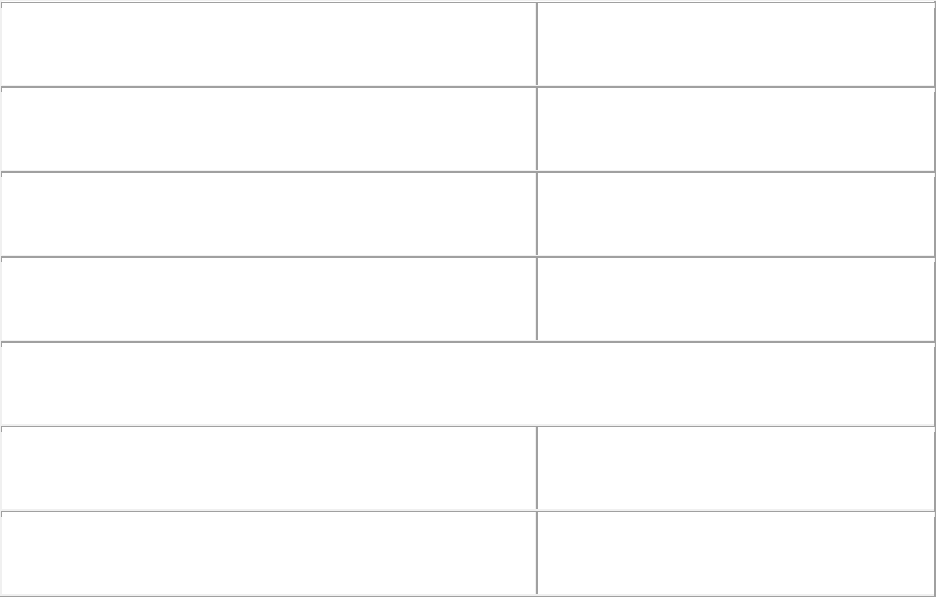
2021 International Building-Related Codes
Page 9 of 141
Annual mechanical maintenance permit fee for single
location
$50.00 per permit plus $0.21 per residential
apartment unit
Annual mechanical maintenance permit fee for multiple
locations
$50.00 per permit plus $2.00 per residential
apartment unit
Annual plumbing maintenance permit fee for single
location
$50.00 per permit plus $0.21 per residential
apartment unit
Annual plumbing maintenance permit fee for multiple
locations
$50.00 per permit plus $2.00 per residential
apartment unit
Note: Owners of apartment houses have the option of taking out a combined annual
mechanical/plumbing maintenance permit. These fees shall be as follows:
Annual mechanical/plumbing maintenance permit fee for
single location
$100.00 per permit plus $0.42 per
residential apartment unit
Annual mechanical/plumbing maintenance permit fee for
multiple locations
$100.00 per permit plus $4.00 per
residential apartment unit
(4) Record keeping. Records of all work performed under the annual mechanical maintenance
permit and annual plumbing maintenance permit shall be maintained by the permits holder for no
less than twelve (12) months after performing such work and shall be made available for the
Building Official’s review upon request.
(5) Periodic inspections. Work performed under both the annual mechanical maintenance permit
and the annual plumbing maintenance permit is subject to the Building Official’s periodic
inspections. No notice will be required by the Building Official to make periodic inspections of
equipment located on the exterior of apartment houses. For periodic inspections of equipment
located on the interior of apartment houses or their rooftops, coordination shall take place with
the permits holder with a minimum five (5) day notice prior to the inspections. A date and time for
the inspections shall be established by the Building Official. Maintenance records for both interior
work and exterior work shall be made available during all interior inspections.
(6) Limits of work performed under annual mechanical maintenance permit and annual
plumbing maintenance permit. Work performed under these permits shall be limited as follows:
a. Mechanical:
1. All work required for the continued normal performance of an existing environmental air
conditioning system, a process cooling or heating system, a commercial refrigeration
system or a commercial refrigeration system. Work does not include the following:
a. Total replacement of a system as defined by the Texas Administrative Code as the
simultaneous replacement of the condensing unit, the evaporator coil, the furnace,
if applicable, and the air handling unit, or replacement of a package system.
2021 International Building-Related Codes
Page 10 of 141
b. Installation or repair of a boiler or pressure vessel that must be installed in
accordance with rules adopted by the commission under V.T.C.A., Health and
Safety Code Chapter 755.
2. Diagnosing and repairing problems associated with air conditioning, commercial
refrigeration, or process cooling or heating equipment, and remedying or attempting to
remedy these problems.
b. Plumbing: Repair, maintenance and replacement of existing potable water piping, existing
sanitary waste and vent piping, existing plumbing fixtures and existing electric water
heaters.
(7) Work not covered by the annual mechanical or plumbing maintenance permit. The following
work is not covered by these permits unless it is performed by either a licensed contractor or a
state licensed professional engineer:
a. Mechanical:
1. Total replacement of a system as defined by the Texas Administrative Code as the
simultaneous replacement of the condensing unit, the evaporator coil, the furnace, if
applicable, and the air handling unit, or replacement of a package system.
2. Replacement of any condensing unit that is more than one-half-ton larger than the
current size.
3. Replacement of any furnace that is more than thirty-five thousand (35,000) BTU's larger
than the current size.
4. Replacement of any evaporator coil that is more than one-half-ton larger than the
current size.
5. Extension of any duct work more than one foot.
6. Relocating any equipment to a new location more than five (5) feet from the original
location.
b. Plumbing:
1. Cutting into fuel gas plumbing systems.
2. Installation of gas fueled water heaters.
(8) Who may perform work. The following may perform maintenance work under these permits:
a. Licensed air conditioning contractors for the mechanical maintenance permit.
b. A person licensed as an engineer under V.T.C.A., Occupational Code Chapter 1001 and
who engages in air conditioning and refrigeration contracting work and/or plumbing work in
connection with the business in which the person is employed but does not engage in that
work for the public.
c. A person who performs air conditioning and refrigeration maintenance work and/or plumbing
maintenance work if the person:
1. Is a maintenance technician or maintenance engineer and is a regular employee of the
building owner/manager of the property where the work is being performed;
2. Performs the work in connection with the business in which the person is employed;
and
3. The person's employer does not engage in air conditioning and refrigeration contracting
for the public and/or plumbing contracting work for the public.
2021 International Building-Related Codes
Page 11 of 141
(e) Work exempt from permit. Exemptions from permit requirements of this chapter shall not be deemed
to grant authorization for any work to be done in any manner in violation of the provisions of this chapter
or any other laws or ordinances of the city or state. Permits shall not be required for the following:
(1) Building:
a. One-story detached accessory structures used as tool and storage sheds, playhouses,
and similar uses, provided the floor area does not exceed three hundred (300) square
feet (27.9 m
2
).
b. Minor repairs to fences not over six (6) feet (1829 mm) high. Replacement of up to
twenty-five (25) percent of the overall contiguous length of a fence shall constitute minor
repair.
c. Oil derricks.
d. Retaining walls that are not over four (4) feet (1219 mm) in height measured from the
grade level at the front of the wall to the top of the wall, unless supporting a surcharge
or impounding Class I, II or IIIA liquids.
e. Water tanks supported directly on grade if the capacity does not exceed five thousand
(5,000) gallons (18,925 L) and the ratio of height to diameter or width does not exceed
2:1.
f. Sidewalks and driveways not more than thirty (30) inches (762 mm) above adjacent
grade, and not over any basement or story below and are not part of an accessible
route.
g. Painting, papering, tiling, carpeting, cabinets, counter tops, and similar finish work.
h. Temporary motion picture, television and theater stage sets and scenery.
i. Prefabricated swimming pools accessory to a Group R-3 occupancy that are less than
twenty-four (24) inches (610 mm) deep, do not exceed five thousand (5,000) gallons
(18,925 L) and are installed entirely above ground.
j. Shade cloth structures constructed for nursery or agricultural purposes, not including
service systems.
k. Swings and other playground equipment accessory to detached one- and two-family
dwellings.
l. Window awnings supported by an exterior wall that do not project more than fifty-four
(54) inches (1,372 mm) from the exterior wall and do not require additional support of
Groups R-3 and U occupancies.
m. Nonfixed and movable fixtures, cases, racks, counters, and partitions not over five (5)
feet nine (9) inches (1,753 mm) in height.
n. Uncovered patios not more than thirty (30) inches (762 mm) above grade or not over
any basement or story below.
o. Uncovered decks accessory to one-and two-family dwellings not exceeding three
hundred (300) square feet in area, that are not more than thirty (30) inches above grade
at any point, are not attached to a dwelling and do not serve a required exit door.
(2) Electrical:
a. Minor repairs or maintenance work when performed by a licensed electrical contractor,
the replacement of lamps or the connection of approved portable electrical equipment
to approved permanently installed receptacles.
2021 International Building-Related Codes
Page 12 of 141
b. Replacement of a refrigeration or HVAC system motor, solenoid valves or controls
associated with the motor when performed by a licensed mechanical contractor.
c. The installation of that portion of wiring and equipment for telephone, voice, data, cable
TV, broadband and other types of communication systems that operate at fifty (50) volts
nominal or less. Such systems shall be grounded according to the applicable provisions
of Article 250 and Chapter 8 of the NEC.
d. The installation of wiring and equipment by or for the city for the purpose of generating,
transmitting, and delivering service to its customers.
e. Radio and television transmitting stations: The provisions of this chapter shall not apply
to electrical equipment used for radio and television transmissions but do apply to
equipment and wiring for a power supply and the installations of towers and antennas.
f. Temporary testing systems: A permit shall not be required for the installation for any
temporary system required for the testing or servicing of electrical equipment or
apparatus.
(3) Gas:
a. Replacement of any minor part that does not alter approval of equipment or make such
equipment unsafe.
b. Portable LP-gas appliances and equipment of all types that is not connected to a fixed
fuel piping system.
c. Installation of farm appliances and equipment such as brooders, dehydrators, dryers,
and irrigation equipment.
d. Raw material (feedstock) applications except for piping to special atmosphere
generators.
e. Oxygen-fuel gas cutting and welding systems.
f. Industrial gas applications using gases such as acetylene and acetylene compounds,
hydrogen, ammonia, carbon monoxide, oxygen, and nitrogen.
g. Petroleum refineries, pipeline compressor or pumping stations, loading terminals,
compounding plants, refinery tank farms and natural gas processing plants.
h. Integrated chemical plants or portions of such plants where flammable or combustible
liquids or gases are produced by, or used in, chemical reactions.
i. LP-gas installations at utility gas plants.
j. Liquefied natural gas (LNG) installations.
k. Fuel gas piping in power and atomic energy plants.
l. Proprietary items of equipment, apparatus, or instruments such as gas-generating sets,
compressors, and calorimeters.
m. LP-gas equipment for vaporization, gas mixing and gas manufacturing.
n. Temporary LP-gas piping for buildings under construction or renovation that is not to
become part of the permanent piping system.
o. Installation of LP-gas systems for railroad switch heating.
p. Installation of hydrogen gas, LP-gas and compressed natural gas (CNG) systems on
vehicles.
q. Except as provided in Section 401.1.1 of the IFGC as amended, gas piping, meters, gas
pressure regulators and other appurtenances used by the serving gas supplier in the
distribution of gas, other than undiluted LP-gas.
2021 International Building-Related Codes
Page 13 of 141
r. Piping systems for mixtures of gas and air within flammable range with an operating
pressure greater than ten (10) psig (69 kPa gauge).
s. Portable fuel cell appliances that are neither connected to a fixed piping system nor
interconnected to a power grid.
(4) Mechanical:
a. Portable heating appliance.
b. Portable ventilation appliances and equipment.
c. Portable cooling units.
d. Steam, hot water, or chilled water piping within any heating or cooling equipment or
appliances regulated by this Code.
e. The replacement of any minor part that does not alter approval of equipment or an
appliance or make such equipment or appliance unsafe.
f. Portable evaporative coolers.
g. Self-contained refrigeration systems that contain ten (10) pounds (4.5 kg) or less of
refrigerant, or that are actuated by motors of one horsepower (0.75 kW) or less.
h. Portable fuel cell appliances that are not connected to a fixed piping system and are not
interconnected to a power grid.
(5) Plumbing:
a. The stopping of leaks in drains, water, soil, waste, or vent pipe, provided, however, that
if any concealed trap, drain pipe, water, soil, waste or vent pipe becomes defective and
it becomes necessary to remove and replace the same with new material, such work
shall be considered as new work and a permit shall be obtained and inspection made
as provided in this chapter.
b. The clearing of stoppages or the repairing of leaks in pipes, valves or fixtures and the
removal and reinstallation of water closets, provided such repairs do not involve or
require the replacement or rearrangement of valves, pipes, or fixtures.
(f) Emergency repairs. Where equipment replacements and repairs must be performed in an emergency
situation, the permit application shall be submitted within the next business day to the Building Official.
(g) Repairs. Application or notice to the Building Official is not required for ordinary repairs to structures,
replacement of lamps or the connection of approved portable electrical equipment to approved
permanently installed receptacles. Such repairs shall not include the cutting away of any wall, partition
or portion thereof, the removal or cutting of any structural beam or load-bearing support, or the removal
or change of any required means of egress, or rearrangement of parts of a structure affecting the
egress requirements; nor shall ordinary repairs include addition to, alteration of, replacement or
relocation of any standpipe, water supply, sewer, drainage, drain leader, gas, soil, waste, vent or
similar piping, electric wiring or mechanical or other work affecting public health or general safety.
When making repairs, defective material or parts shall be replaced or repaired in such a manner so as
to preserve the original approval or listing.
(h) Public service agencies. A permit shall not be required for the installation, alteration or repair of
generation, transmission, distribution or metering or other related equipment that is under the
ownership and control of public service agencies by established right.
(i) Application for permit. To obtain a permit, the applicant shall first file an application in writing on a
form furnished by the Development Services Department for that purpose. Such application shall:
(1) Identify and describe the work to be covered by the permit for which application is made.
2021 International Building-Related Codes
Page 14 of 141
(2) Describe the land on which the proposed work is to be done, by legal description, street address
or similar description that will readily identify and definitely locate the proposed building or work.
(3) Indicate the use and occupancy for which the proposed work is intended.
(4) Be accompanied by construction documents and other information as required in section 10-8 of
this chapter.
(5) State the valuation of the proposed work. Valuation shall include the cost of labor, materials, and
profit.
(6) Be signed by the applicant, or the applicant's authorized agent.
(7) Give such other data and information as required by the Building Official.
(j) Authorization to obtain plumbing permits. The following lists those individuals, contractors and
companies that are authorized to obtain plumbing permits:
(1) Any duly licensed (RMP) Responsible Master plumber registered with a company.
(2) Any homeowner performing plumbing work on a homestead wherein he/she resides. The
installation must be made by the homeowner without the assistance of any person or persons.
(3) (TCEQ) 30 TAC 344 Licensed irrigators, who have a state irrigators license, for the installation of
backflow devices for irrigation systems.
(4) Water softener companies that hold a Class III Texas Commission of Environmental Quality
(TCEQ) license for the installation or change out of water softeners and associated equipment.
(5) Licensed fire line contractors for backflow devices on fire lines.
(6) Plumbing work performed by anyone who is regularly employed or acting as a maintenance man
or maintenance engineer, incidental to and in connection with the business in which he is
employed or engaged, and who does not engage in plumbing work for the general public. See
state licensing law for definition of maintenance person or maintenance engineer.
Exceptions:
a. Any person who is employed by the railroad for plumbing work done upon the premises or
equipment of the railroad, and who does not engage in plumbing work for the general public.
b. Any person engaged by any public service company for plumbing work in connection with
laying, maintaining and the operation of its service mains or lines and the installation,
alteration, adjustment, repair, removal, or renovation of all types of appurtenances,
equipment and appliances directly related to public service companies, properties and/or
jurisdiction.
(7) Gas work performed by a certified LP gas installer licensed under V.T.C.A., Natural Resources
Code chapter 113.
(8) (OSSF) On-site Sewage Facility companies that hold an (OSSF Installer I or Installer II) Texas
Commission of Environmental Quality (TCEQ) license for installation of (OSSF) On-Site Sewage
Facilities and associated equipment, to secure a Sewer Permit to install the Sewer line from the
building drain to the OSSF tank.
(k) Insurance. Before any person shall engage in plumbing work within the city, such person shall provide
a certificate of insurance issued by an insurance company authorized and admitted to do business in
the state for commercial general liability insurance and products completed operations coverage for
master plumber for claims for property damage or bodily injury, regardless of whether the claim arises
from a negligence claim or on a contract claim, and shall be in a coverage amount of not less than
three hundred thousand dollars ($300,000.00) for all claims arising in any one-year period. Further,
any persons engaged in plumbing work shall indemnify and hold harmless the city from any and all
damages, claims, liens, or losses, including, but not limited to personal injury or death and property
2021 International Building-Related Codes
Page 15 of 141
damage, arising from any acts or omission of any character whatsoever caused by such person, his
agents, or employees, engaged in plumbing work.
(l) Action on application. The Building Official shall examine or cause to be examined application for
permits and amendments thereto within a reasonable time after filing. Such applications may be
reviewed by other departments of the city to verify compliance with any applicable laws and ordinances
under their jurisdiction. If the application or the construction documents do not conform to the
requirements of the pertinent laws, the Building Official shall reject such application in writing, stating
the reasons for the rejection. If the Building Official is satisfied that the proposed work conforms to the
requirements of this chapter and applicable laws and ordinances, and that fees specified in ordinances
adopted by the city have been paid, the Building Official shall issue a permit for the work as soon as
practicable. No building permit shall be issued where there is not a supply of approved water for
domestic or fire protection use, and adequate to the purposes for which the property is intended to be
used, and where there is not an all-weather road surface adequate to withstand the weight of a fire
truck.
(m) Time limitation of application. An application for a permit for any proposed work shall be deemed to
have been abandoned one hundred eighty (180) days after the date of filing, unless such application
has been pursued in good faith or a permit has been issued, except that the Building Official is
authorized to grant one or more extensions of time for additional periods not exceeding ninety (90)
days each. The extension shall be requested in writing and justifiable cause demonstrated.
(n) Validity of permit. The issuance or granting of a permit shall not be construed to be a permit for, or
an approval of, any violation of any of the provisions of this chapter or of any other ordinance of the
city. Permits presuming to give authority to violate or cancel the provisions of this chapter or other
ordinances of the city shall not be valid. The issuance of a permit based on construction documents
and other data shall not prevent the Building Official from requiring the correction of errors in the
construction documents and other data. The Building Official is also authorized to prevent occupancy
or use of a structure where in violation of this chapter or of any other ordinances of the city.
(o) Expiration. Every permit issued shall become invalid unless the work on the site authorized by such
permit is commenced within one hundred eighty (180) days after its issuance, or if the work authorized
on the site by such permit is suspended or abandoned for a period of one hundred eighty (180) days
after the time the work is commenced. The Building Official is authorized to grant, in writing, one or
more extensions of time, for periods not more than one hundred eighty (180) days each. The extension
shall be requested in writing and justifiable cause demonstrated.
(p) Construction Noise. All noise produced by the erection, including construction, excavation,
demolition, alteration, or repair work, or the permitting or causing thereof, of any building or other
structure, shall meet the requirements of Section 21-52 (a)(6) of the City Code. Observed violations
will result in criminal and/or civil citations per Section 21-58(b), suspension and revocation of the
permit as follows:
• First violation will result in a citation.
• Second violation will result in a citation, and the Building Official may suspend the permit
for 10 days. A compliance agreement shall be signed by contractor and property owner
outlining that they will not violate this section again for this project. The signed agreement
shall be provided to the Building Official no later than 3 business days of the second
violation.
• Third violation will result in a citation, and the Building Official may revoke the permit.
Per Section 21-52(a)(6)(b), the Building Official can issue Waivers to perform work during hours not
approved per Section 21-52(a)(6)(a).
(q) Suspension or revocation. The Building Official is authorized to suspend or revoke a permit issued
under the provisions of this chapter whenever the permit is issued in error or on the basis of incorrect,
inaccurate, or incomplete information, or in violation of any ordinance or regulation or any of the
provisions of this chapter.
2021 International Building-Related Codes
Page 16 of 141
(r) Placement of permit. The building permit or copy shall be kept on the site of the work until the
completion of the project.
(s) Demolition permit. See section 10-119 of this chapter.
(t) House moving permit. See section 10-120 of this chapter.
Sec. 10-7. Floor and roof design loads.
(a) Live loads posted. Where the live loads for which each floor or portion thereof of a commercial or
industrial building is or has been designed to exceed fifty (50) psf (2.40 kN/m
2
), such design live loads
shall be conspicuously posted by the owner in that part of each story in which they apply, using durable
signs. It shall be unlawful to remove or deface such notices.
(b) Issuance of certificate of occupancy. A certificate of occupancy required by section 10-12 shall not
be issued until the floor load signs, required by section 10-7, have been installed.
(c) Restrictions on loading. It shall be unlawful to place, or cause or permit to be placed, on any floor or
roof of a building, structure, or portion thereof, a load greater than is permitted by this chapter.
Sec. 10-8. Submittal documents.
(a) General. Submittal documents consisting of construction documents, statement of special inspections,
geotechnical report and other data as required by the Development Services Department's application
procedures shall be submitted electronically with each permit application. The construction documents
shall be prepared by a registered design professional where required by this Code, the state, or any
of its regulatory agencies. Where special conditions exist, the Building Official is authorized to require
additional construction documents to be prepared by a registered design professional. Buildings,
additions, and major renovations for the following occupancies shall also require a design professional
to prepare the construction documents:
(1) All Group A (Assembly) occupancies.
(2) All Group E (Educational) occupancies.
(3) All Group I (Institutional) occupancies.
(4) Buildings and structures three (3) stories or more high.
(5) Buildings and structures five thousand (5,000) square feet or more in area.
(6) Electrical plans and specifications prepared by engineer. Installation or alteration of any
equipment on the customer side of the CPS Energy point of delivery (service point) rated over six
hundred (600) amps at two hundred fifty (250) volts or less and rated at over four hundred (400)
amps at greater than two hundred fifty (250) volts, any system above six hundred (600) volts or
when required by the Texas Engineering Practice Act shall have the electrical plans sealed by a
professional engineer, licensed or registered with the state.
Exception: The Building Official is authorized to waive the submission of construction documents and
other data not required to be prepared by a registered design professional if it is found that the nature
of the work applied for is such that review of construction documents is not necessary to obtain
compliance with this Code.
(b) Construction documents. Construction documents shall be in accordance with items (1) through (6).
(1) Information on construction documents. Construction documents shall be dimensioned and
drawn to scale. Construction documents shall be of sufficient clarity to indicate the location, nature
and extent of the work proposed and show in detail that it will conform to the provisions of this
2021 International Building-Related Codes
Page 17 of 141
chapter and relevant laws, ordinances, rules, and regulations, as determined by the Building
Official.
(2) Fire protection system shop drawings. Shop drawings for the fire protection system(s) shall
be submitted to indicate conformance to this Code and the construction documents shall be
approved prior to the start of system installation. Shop drawings shall contain all information as
required by the referenced installation standards in Chapter 9 of the IBC, as amended. Refer also
to Chapter 11 of this Code for additional requirements regarding fire protection system submittal
documents and procedures.
(3) Means of egress. The construction documents shall show in sufficient detail the location,
construction, size, and character of all portions of the means of egress including the path of the
exit discharge to the public way in compliance with the provisions of this chapter. In other than
occupancies of Groups R-2, R-3, and I-1, the construction documents shall designate the number
of occupants to be accommodated on every floor, and in all rooms and spaces.
(4) Exterior wall envelope. Construction documents for all buildings shall describe the exterior wall
envelope in sufficient detail to determine compliance with this chapter. The construction
documents shall provide details of the exterior wall envelope as required, including flashing,
intersections with dissimilar materials, corners, end details, control joints, intersections at roof,
eaves, or parapets, means of drainage, water-resistive barrier, and details around openings.
The construction documents shall include manufacturer's installation instructions that provide
supporting documentation that the proposed penetration and opening details described in the
construction documents maintain the weather resistance of the exterior wall envelope. The
supporting documentation shall fully describe the exterior wall system, which was tested, where
applicable, as well as the test procedure used.
(5) Exterior balconies and elevated walking surfaces. Where balconies or other elevated walking
surfaces have weather-exposed surfaces, and the structural framing is protected by an
impervious moisture barrier, the construction documents shall include details for all elements of
the impervious moisture barrier system. The construction documents shall include manufacturer’s
installation instructions.
(6) Site plan. The construction documents submitted with the application for permit shall be
accompanied by a site plan showing to scale the size and location of new construction and
existing structures on the site, distances from lot lines, the established street grades, and the
proposed finished grades and, if applicable, flood hazard areas, floodways, and design flood
elevations and it shall be drawn in accordance with an accurate boundary line survey. In the case
of demolition, the site plan shall show construction to be demolished and the location and size of
existing structures and construction that are to remain on the site or plot. The Building Official is
authorized to waive or modify the requirement for a site plan when the application for permit is for
alteration or repair or when otherwise warranted.
a. Design flood elevations. Where design flood elevations are not specified, they shall be
established in accordance with Appendix F, Floodplains - Areas of Special Flood, of the
Unified Development Code.
(c) Examination of documents. The Building Official shall examine or cause to be examined the
accompanying submittal documents and shall ascertain by such examinations whether the
construction indicated and described is in accordance with the requirements of this chapter and other
pertinent laws or ordinances.
(1) Approval of construction documents. When the Building Official issues a permit, the
construction documents shall be approved, in writing or by City of San Antonio watermark. The
reviewed construction documents shall be retained by the Building Official. The applicant shall
keep a copy of the approved and watermarked construction documents at the work site, and open
to inspection by the Building Official or his duly authorized representative.
2021 International Building-Related Codes
Page 18 of 141
(2) Previous approvals. This chapter shall not require changes to the construction documents,
construction, or designated occupancy of a structure for which a lawful permit has been issued
or otherwise lawfully authorized, and the construction of which has been pursued in good faith
within one hundred eighty (180) days after the effective date of this chapter and not abandoned.
(3) Phased approval. The Building Official is authorized to issue a permit for the construction of
foundations or any other part of a building or structure before the construction documents for the
whole building or structure have been submitted, provided adequate information, and detailed
statements have been filed complying with pertinence requirements of this chapter. The holder of
such permit for the foundation or other parts of a building or structure shall proceed at the owner's
own risk with the building operation and without assurance that a permit for the entire structure
will be granted.
(4) Design professional in responsible charge.
a. General. When documents are required to be prepared by a registered design professional,
the owner or the owner's authorized agent shall engage and designate on the building permit
application a registered design professional to act as the registered design professional in
responsible charge. If the circumstances require, the owner or the owner's authorized agent
shall designate a substitute registered design professional who shall perform the duties
required of the original registered design professional in responsible charge. The Building
Official shall be notified in writing by the owner or the owner's authorized agent if the
registered design professional in responsible charge is changed or is unable to continue to
perform the duties.
The registered design professional in responsible charge shall be responsible for reviewing
and coordinating submittal documents prepared by others, including phased and deferred
submittal items, for compatibility with the design of the building.
b. Deferred submittals. For the purposes of this section, deferred submittals are defined as
those portions of the design that are not submitted at the time of application and are to be
submitted to the Building Official within a specified period.
Deferral of any submittal items shall have the prior approval of the Building Official. The
registered design professional in responsible charge shall list the deferred submittals on the
construction documents for review by the Building Official.
Documents for deferred submittal items shall be submitted to the registered design
professional in responsible charge who shall review them and forward them to the Building
Official with a notation indicating that the deferred submittal documents have been reviewed
and found to be in general conformance to the design of the building. The deferred submittal
items shall not be installed until the deferred submittal documents have been approved by
the Building Official.
(d) Amended construction documents. Work shall be installed in accordance with the approved
construction documents, and any changes made during construction that are not in compliance with
the approved construction documents shall be resubmitted for approval as an amended set of
construction documents.
(e) Retention of construction documents. Approved construction documents shall be retained by the
Building Official for a period of not less than one hundred eighty (180) days from the date of completion
of the permitted work, or as required by state or local laws.
(f) Changes to standard tower release agreement. Changes to the individual control such as tenant
and premise description found in the standard tower release agreement, attached to Ordinance
Number 83931 as Exhibit II, do not require city council approval, provided there are no substantial
changes to the standard tower lease agreement. All other substantial changes to such agreement shall
require city council approval subject to approval of the office of the city attorney.
2021 International Building-Related Codes
Page 19 of 141
Sec. 10-9. Temporary structures and uses.
(a) General. The Building Official is authorized to issue a permit for temporary structures and temporary
uses. Such permits shall be limited as to time of service but shall not be permitted for more than one
hundred eighty (180) days. The Building Official is authorized to grant extensions for demonstrated
cause. Chapter 11 of this Code contains additional requirements for temporary structures and uses.
(b) Conformance. Temporary structures and uses shall conform to the structural strength, fire safety,
means of egress, accessibility, light, ventilation, and sanitary requirements of this chapter as
necessary to ensure public health, safety, and general welfare.
(c) Temporary power. The Building Official is authorized to give permission to temporarily supply and
use power in part of an electric installation before any such installation has been fully completed and
the final certificate of completion has been issued. The part covered by the temporary certificate shall
comply with the requirements specified for temporary lighting, heat, or power in Article VI of this
chapter.
(d) Termination of approval. The Building Official is authorized to terminate such permit for a temporary
structure or use and to order the temporary structure or use to be discontinued.
Sec. 10-10. Fees.
(a) Payment of fees. A permit shall not be valid until the fees prescribed by the fee schedule adopted by
the city have been paid, nor shall an amendment to a permit be released until the additional fee, if any,
has been paid.
(b) Schedule of permit fees. A fee for each permit shall be paid as required, in accordance with the fee
schedule adopted by the city, for buildings, structures, electrical, gas, mechanical, and plumbing
systems or alterations requiring a permit.
(c) Building-related permit valuations. The applicant for a permit shall provide an estimated permit
value at time of application. Permit valuations include total value of work, including materials, labor,
and profit for which a permit is being issued. If, in the opinion of the Building Official, the valuation is
underestimated on the application, the permit shall be denied, unless the applicant can show detailed
estimates to meet the approval of the Building Official. Final building-related permit valuations shall be
set by the Building Official.
(d) Work commencing before permit issuance. Any person who commences work on a building,
structure, electrical, gas, mechanical or plumbing system before obtaining the necessary permits shall
be subject to double permit fees for the specified area. The payment of such double fee shall not
relieve any person from fully complying with the requirements of this Code in the execution of the work
nor from any other penalties prescribed in this Code.
(e) Structures being moved; inspection of buildings or structures that are located outside city
limits. An inspection to determine compliance with city requirements shall be made of a building or
structure on which an application to move same into the city is pending before the zoning board of
adjustment. A fee shall be charged in accordance with the fee schedule adopted by the city.
(f) Re-inspection fees. The re-inspection fee charged shall be in accordance with the fee schedule
adopted by the city. In instances where re-inspection fees have been assessed, all fees shall be paid
before release of utilities.
(g) Refunds. The Building Official is authorized to establish a refund policy.
Sec. 10-11. Inspections and testing.
2021 International Building-Related Codes
Page 20 of 141
(a) General. Construction or work for which a permit is required is subject to inspection by the Building
Official and such construction work shall remain accessible and exposed for inspection purposes until
approved. Approval following an inspection is not an approval of a violation of the provisions of this
chapter or of other ordinances of the city. Inspections presuming to give authority to violate or cancel
the provisions of this chapter or of other ordinances of the jurisdiction are not valid. It is the duty of the
permit applicant to cause the work to remain accessible and exposed for inspection purposes. Neither
the Building Official nor the city are liable for expense entailed in the removal or replacement of any
material required to allow inspection.
(b) Preliminary inspection. Before issuing a permit, the Building Official is authorized to examine or
cause to be examined building, structures, and sites for which an application has been filed.
(c) Required inspections and tests. The Building Official, upon notification, shall make the inspections
and tests set forth in paragraphs (1) through (15).
(1) Footing and foundation inspection. Footing and foundation inspections shall be made after
excavations for footings are complete and any required reinforcing steel is in place. For concrete
foundations, any required forms shall be in place prior to the inspection. Materials for the
foundation shall be on the job, except where concrete is ready mix in accordance with ASTM C
94, the concrete need not be on the job.
(2) Underground. Underground inspections shall be made after trenches or ditches are excavated
and bedded, raceways and cable or conductors installed, and before backfill is put in place.
Where excavated soil contains rocks, broken concrete, frozen chunk, and other rubble that would
damage or break the raceway, cable or conductors, or where corrosive action will occur,
protection shall be provided in the form of granular or selected material, approved running boards,
sleeves or other approved means.
(3) Concrete slab and under-floor inspections. Concrete slab and under-floor inspections shall be
made after in-slab or under-floor reinforcing steel and building service equipment, conduit, piping
accessories and other ancillary equipment items are in place, but before any concrete is placed
or floor sheathing installed, including the subfloor.
(4) Lowest floor elevation. In flood hazard areas, upon placement of the lowest floor, including the
basement, and prior to further vertical construction, the elevations certification required in Section
1612 of the IBC or Section R322 of the IRC as amended, shall be submitted to the Building
Official.
(5) Plumbing, mechanical, gas and electrical systems inspections and tests. Concealment or
rough-in inspections of plumbing, mechanical, gas and electrical systems shall be made prior to
covering or concealment, before fixtures or appliances are set or installed, and prior to framing
inspection.
Exception: For one- and two-family dwellings, back-filling of ground-source heat pump loop
systems tested in accordance with Section M2105.28 of the 2021 IRC, as amended, prior to
inspection shall be permitted.
(6) Duct test for one- and two-family dwellings and townhomes. All ducts for one- and two-family
dwellings as well as townhomes, in unconditioned spaces, shall be duct tested prior to covering
or concealment to disclose leaks and defects. Tests shall be made by an independent certified
RESNET energy rater or an alternative approved by the Building Official using objective, verifiable
testing criteria and results provided to the Building Official. Apparatus, material, and labor required
for testing a mechanical system shall be furnished by the independent certified RESNET energy
rater or Building Official approved alternate. Where any work or installation does not pass an
initial test or inspection, the necessary corrections shall be made to achieve compliance with this
chapter. The work or installation shall then be re-submitted to the Building Official for inspection
and testing. See also section R403.3 of the 2021 IECC, as amended.
2021 International Building-Related Codes
Page 21 of 141
(7) Frame inspection. Framing inspections shall be made after the roof deck or sheathing, all
framing, fire blocking and bracing are in place and pipes, chimneys, and vents to be concealed
are complete and the rough electrical, plumbing, heating wires, pipes and ducts are approved.
(8) Types IV-A, IV-B and IV-C connection protection inspection. In buildings of Types IV-A, IV-B and
IV-C construction, where connection fire-resistance ratings are provided by wood cover calculated
to meet the requirements of IBC Section 2304.10.1, inspection of the wood cover shall be made
after the cover is installed, but before any other coverings or finishes are installed.
(9) Lath and gypsum board inspection. Lath and gypsum board inspections shall be made after
the lathing and gypsum board, interior and exterior, is in place, but before any plastering is applied
or any gypsum board joints and fasteners are taped and finished.
Exception: Gypsum board that is not part of a fire-resistance-rated assembly or a shear
assembly.
(10) Waterproofing. Where balconies or other elevated walking surfaces have weather-exposed
surfaces, and the structural framing is protected by an impervious moisture barrier, all elements
of the impervious moisture barrier system shall not be concealed until inspected and approved.
Exception: Where special inspections are provided in accordance with Section 1705.1.1, Item 3.
(11) Fire- and smoke-resistant penetrations. Protection of joints and penetrations in fire-resistance-
rated assemblies, smoke barriers and smoke partitions shall not be concealed from view until
inspected and approved.
(12) Energy efficiency inspections. Inspections shall be made to determine compliance with chapter
4(RE) of the 2021 IECC for detached one- and two-family dwellings and multiple single-family
dwellings (townhomes) as well as Group R-2, R-3 and R-4 buildings three stories or less in height
above grade plane, and chapter 4(CE) of the 2021 IECC for all other occupancies, as amended,
and shall include, but not be limited to, inspections for: envelope insulation R- and U-values,
fenestration U-value, duct system R-value, and HVAC and water-heating equipment efficiency.
For detached one and two-family dwellings and multiple single-family dwellings (townhomes) as
well as Group R-2, R-3 and R-4 buildings three stories or less in height above grade plane, an
independent certified RESNET energy rater or an alternative approved by the Building Official
using objective, verifiable testing criteria, shall test and inspect the air barrier as per section
R402.4 Air leakage, of the 2021 IECC. The results must be submitted on a form approved by the
Building Official. The form shall show that construction is in compliance with the 2021 IECC.
(13) Other inspections. In addition to the inspections specified above, the Building Official is
authorized to make or require other inspections of any construction work to ascertain compliance
with the provisions of this chapter and other laws that are enforced by the Development Services
Department.
a. Prefabricated construction assembly with electrical work.
1. Evaluation report. Prior to the approval of a prefabricated construction assembly
having concealed electrical work and the issuance of an electrical permit, the Building
Official requires the submittal of an evaluation report on each prefabricated
construction assembly, indicating the complete details of the electrical system, including
a description of the system and its components, the basis upon which the system is
being evaluated, test results and similar information, and other data as necessary for
the Building Official to determine conformance to this chapter.
2. Evaluation service. The Building Official shall designate the evaluation service of an
approved agency as the evaluation agency and review such agency's evaluation report
for adequacy and conformance to this chapter.
3. Follow-up inspection. Except where ready access is provided to the electrical
systems, service equipment and accessories for complete inspection at the site without
disassembly or dismantling, the Building Official is authorized to conduct the in-plant
2021 International Building-Related Codes
Page 22 of 141
inspections as frequently as necessary to ensure conformance to the approved
evaluation report or shall designate an independent, approved inspection agency to
conduct such inspections. The inspection agency shall furnish the Building Official with
the follow-up inspection manual and a report of inspections upon request, and the
electrical system shall have an identifying label permanently affixed to the system
indicating that factory inspections have been performed.
4. Test and inspection records. Required test and inspection records shall be available
to the Building Official at all times during the fabrication of the electrical system and the
erection of the building, or such records as the Building Official designates shall be filed.
(14) Special inspections. For special inspections, see Section 1704 of the IBC, as amended.
(15) Final inspection. The final inspections shall be made after work required by building-related
permits is completed. Failure to request a final inspection within thirty (30) days after the
completion of a permit's work is a violation of this chapter.
(d) Inspection agencies. The Building Official is authorized to accept reports of approved inspection
agencies, provided such agencies satisfy the requirements as to qualifications and reliability.
(e) Inspection requests. It shall be the duty of the holder of the building-related permit or their duly
authorized agent to notify the Building Official when work is ready for inspection. It shall be the duty of
the permit holder to provide access to and means for inspections of such work that are required by
this chapter.
(f) Approval required. Work shall not be done beyond the point indicated in each successive inspection
without first obtaining the approval of the Building Official. The Building Official, upon notification, shall
make the requested inspections and shall either indicate the portion of the construction that is
satisfactory as completed, or notify the permit holder or his or her agent wherein the same fails to
comply with this chapter. Any portions that do not comply shall be corrected and such portion shall not
be covered or concealed until authorized by the Building Official.
(g) Reinspection and retesting. Where any work or installation does not pass an initial test or inspection,
the necessary corrections shall be made so as to achieve compliance with this chapter. The work or
installation shall then be resubmitted to the Building Official for inspection and testing. To receive a
reinspection or retest, the applicant shall make a request to the Building Official and pay the
reinspection fee in accordance with the fee schedule prior to the inspection or test.
Sec. 10-12. Certificate of occupancy.
(a) Use and occupancy. No building or structure shall be used or occupied in whole or part, and no
change in the existing use or occupancy classification of a building or structure or portion thereof shall
be made, until the Building Official has issued a certificate of occupancy therefor as provided herein.
Issuance of a certificate of occupancy shall not be construed as an approval if a violation of the
provisions of this chapter or of other ordinances of the city.
Exception: Certificates of occupancy are not required for work exempt from permits under subsection
10-6(d).
(b) Certificate issued. After the Building Official inspects the building or structure and finds no violations
of the provisions of this chapter or other laws that are enforced by the department, the Building Official
shall issue a certificate of occupancy that contains the following:
(1) The building permit number.
(2) The address of the structure.
(3) The name and address of the owner or the owner's authorized agent.
(4) A description of that portion of the structure for which the certificate is issued.
2021 International Building-Related Codes
Page 23 of 141
(5) A statement that the described portion of the structure has been inspected for compliance with
the requirements of this chapter for the occupancy and division of occupancy and the use for
which the proposed occupancy is classified.
(6) The name of the Building Official.
(7) The edition of the IBC or IRC under which the permit was issued.
(8) The use and occupancy, in accordance with the provisions of Chapter 3 of the IBC.
(9) The type of construction as defined in Chapter 6 of the IBC.
(10) The design occupant load.
(11) Where an automatic sprinkler system is provided, whether the sprinkler system is required.
(12) Any special stipulations and conditions of the building permit.
(c) Temporary occupancy. The Building Official is authorized to issue a temporary certificate of
occupancy before the completion of the entire work covered by the permit, provided that such portion
or portions shall be occupied safely. The Building Official shall set a time period during which the
temporary certificate of occupancy is valid.
(d) Revocation. The Building Official is authorized to suspend or revoke a certificate of occupancy or
completion issued under the provisions of this chapter wherever the certificate is issued in error, or on
the basis of incorrect information supplied, or where it is determined that the building or structure or
portion thereof is in violation of any ordinance or regulation or any of the provisions of this chapter.
Sec. 10-13. Service utilities.
(a) Connection of service utilities. No person shall make connections from a utility, source of energy,
fuel, power, water system or sewer system to any building or system that is regulated by this chapter
for which a permit is required, until released by the Building Official.
(b) Temporary connection. The Building Official shall have the authority to authorize the temporary
connection of the building or system to the utility, source of energy, fuel, power, water system or sewer
system for the purpose of testing plumbing systems or for use under a temporary approval.
(c) Authority to disconnect service utilities. The Building Official has the authority to authorize
disconnection of utility service to the building, structure or system regulated by the referenced codes
and standards of subsection 10-2(c) of this chapter to eliminate a risk to life or property or when such
utility connection has been made without the required authorization. The Building Official shall notify
the serving utility, and wherever possible the owner or the owner’s authorized agent and occupant of
the building, structure, or service system of the decision to disconnect prior to taking such action. If
not notified prior to disconnecting, the owner, owner’s authorized agent, or occupant of the building,
structure or service system shall be notified in writing, as soon as practical thereafter.
(d) Connection after order to disconnect. A person shall not make utility service or energy source
connections to systems regulated by this Code which have been disconnected or ordered to be
disconnected by the code official or the use of which has been ordered to be discontinued by the code
official until the code official authorizes the reconnection and use of such systems.
(e) Changing location of electric meters. If alterations of the building, dwelling, structure, or wiring
require changes in the location or size of the electric meter/service equipment, a licensed electrical
contractor with the city shall acquire a permit for the work to be performed and coordinate the
disconnecting and reconnecting of service with the utility.
(f) Emergencies. Where life or property may be in danger, a licensed electrical contractor with the city
may disconnect the electric service to the building, dwelling or structure and shall immediately notify
the utility.
2021 International Building-Related Codes
Page 24 of 141
(g) Utility company rules. The latest edition of the CPS Energy publication, "Electrical Service
Standards," as approved by the Building Official and adopted by city council, is hereby incorporated,
and made a part of this chapter for all electric services and meter installations. All other wiring, either
public or private, shall conform to this chapter.
Sec. 10-14. Building-related and fire codes appeals and advisory board.
(a) General. A building-related and fire codes appeals, and advisory board also known as the appeals
and advisory board is created. The board shall hear and decide appeals of orders, decisions or
determinations made by the Building Official or the fire chief relative to the application and
interpretations of chapter 10, chapter 11, and specific articles in chapter 28 of the City Code, and in
order to provide advice to the Building Official or fire chief on code-related matters.
(1) Members of the appeals and advisory board shall be appointed by the mayor and city council and
shall hold office at its pleasure.
(2) Applications for appeal for any order, decision or determination made by the Building Official or
the fire chief shall be filed on a form obtained from the Building Official within twenty-one (21)
calendar days after the notice was served.
(3) A filing fee must accompany each application for appeal to the appeals and advisory board, as
set forth in the fee schedule adopted by the city.
(4) The appeals and advisory board shall meet quarterly on general and codes-related matters and
shall meet within fourteen (14) calendar days after either the Building Official or the fire chief
receives an application appealing an associated order, decision, or determination relative to the
application and interpretation of Chapter 10, Chapter 11 and specific articles in Chapter 28.
(5) When requested by the Building Official or fire chief, the appeals and advisory board shall conduct
public hearings on nationally recognized building-related codes, following publication, and shall
make recommendations to the Building Official or fire chief for adoption or local amendment.
(b) Application for appeal. An application for appeal shall be based on a claim that:
(1) The true intent of Chapters 10, 11 and specific articles in Chapter 28 or the rules legally adopted
thereunder have been incorrectly interpreted;
(2) The provisions of this chapter do not fully apply; or
(3) An equally good or better form of construction is proposed.
(c) Limitation on authority.
(1) The appeals and advisory board shall have no authority to waive requirements of Chapters 10,
11 or 28.
(2) The appeals and advisory board shall review building-related and fire codes issues when
requested to do so by the Building Official or fire chief and shall provide a recommendation to the
Building Official or fire chief.
(3) The appeals and advisory board may also review and make recommendations to the Building
Official or fire chief on any building-related or fire code issue, as requested by a citizen or board
member when the request for board review is approved by both the Building Official and appeals
and advisory board chairman.
(4) Appeals, as defined in subsection 10-14(a), do not require approval by either the Building Official
or chairman of the appeals and advisory board in order to be heard.
(5) All meetings of the board must comply with the provisions of the Texas Open Meetings Act.
Through board action, technical issue items may be added for discussion to any future board
meeting agenda. Administrative and non-technical agenda items may only be added to the
agenda and discussed when approved by the Building Official.
2021 International Building-Related Codes
Page 25 of 141
(6) Technical committees shall be established by the board to assist the Building Official and fire
chief in determining recommendations for the adoption of the model codes listed in subsections
10-2(1)— (6) of this chapter and the model code listed in Chapter 11 and any associated local
amendments to these codes.
(7) The responsibilities of the appeals and advisory board shall be limited to those specifically
contained in this chapter.
(d) Qualifications. The board of appeals shall consist of seventeen (17) members and seventeen (17)
alternates who are qualified by experience and training to act on matters pertaining to building-related
and fire codes and may not be employees of the city. Board of appeals members and alternate
members shall reside in the city unless the residence requirement is waived by city council. New
applicant and non-holdover existing member nominations to the Board shall be made in writing to the
secretary of the board of appeals by industry associations that are affiliated with nationally recognized
organizations and include language nominating an individual for any membership within a given
category. Industry associations may still request a preference for primary or secondary membership
in its nomination letter. City Council shall appoint board members accommodating this preference with
an overall priority given existing board vacancies. Upon City Council appointment, the board is (1)
authorized to administratively switch primary and alternate membership designations within the same
category; and also (2) to fill vacant primary member positions with alternate members within the same
category. Exercise of board authority shall only be done where necessary for efficient administration
of board function, with the approval of the individual impacted member, and with a majority vote of the
board in favor of the action. Any action taken by the board under this section shall have no impact on
the time a member shall serve on this board. Membership of the appeals and advisory board, including
alternates, is by category and as follows:
(1) One member and one alternate shall be a structural engineer licensed or registered by the state
as a professional engineer.
(2) One member and one alternate shall be a fire protection engineer licensed or registered by the
state as a professional engineer.
(3) One member and one alternate shall be an electrical engineer licensed or registered by the state
as a professional engineer.
(4) One member and one alternate shall be a plumbing engineer, or a mechanical engineer licensed
or registered by the state as a professional engineer.
(5) One member and one alternate shall be an architect licensed by the state.
(6) Two (2) members and two (2) alternates shall be building contractors registered by the city.
(7) Two (2) members and two (2) alternates shall be licensed by the state as a master electrician. Of
these, one member and one alternate represent organized labor, and one member and one
alternate represent open shop.
(8) Two (2) members and two (2) alternates shall be licensed by the state as an air conditioning and
refrigeration contractor. Of these, one member and one alternate shall represent organized labor
and one member, and one alternate shall represent open shop.
(9) Two (2) members and two (2) alternates shall be licensed by the state as a master plumber. Of
these, one member and one alternate represent organized labor and one member, and one
alternate represent open shop.
(10) One member and one alternate shall be a commercial building contractor.
(11) One member and one alternate shall be a commercial building owner, manager, or their
representative.
(12) One member and one alternate shall be a Residential Group R-2 multi-family building owner,
manager, or their representative.
(13) One member and one alternate: licensed by either the city or the state as a master sign electrician.
2021 International Building-Related Codes
Page 26 of 141
The fire chief or designee shall be an ex-officio member. The Building Official or designee shall also
be an ex-officio member and shall act as secretary to the appeals and advisory board. The Building Official
or fire chief or their respective designees shall not have a vote on any matter before the appeals and
advisory board.
The appeals and advisory board shall be subject to Chapter 2, Article IX entitled "Boards and
Commissions," to the extent not in conflict with these provisions. Members shall be limited to three (3)
consecutive two-year terms. Board membership shall continue in a holdover capacity until a replacement
is appointed. The appeals and advisory board shall elect a chairman and vice-chairman annually, shall
adopt rules of procedure for conducting its business and shall render all decisions and findings in writing to
the appellant with copies to the Building Official or fire chief. All vacancies are filled for the unexpired portion
of the term only.
(e) Quorum and majority vote.
(1) An appointed alternate member shall not serve on the appeals and advisory board, or any board
committee, when the appointed member for whom they are an alternate is present.
(2) Nine (9) appointed members or their appointed member alternates, constitutes a quorum of the
appeals and advisory board.
(3) Voting shall only be conducted by appointed members or their appointed alternates, should the
member not be present. No proxy votes shall be allowed.
(4) A majority vote of those members present, including alternate members representing absent
members, shall be necessary for approval of any decision of the appeals and advisory board, and
each member or alternate member, should the member be absent, shall have one vote including
the chairman.
(5) The appeals and advisory board shall take no action on an appeal unless one appointed member
that is a subject matter expert is present for each major part of the appeal. For example: if an
appeal has two (2) major parts, structural and plumbing, the structural engineer member and at
least one of the two (2) master plumber members must be present in order for the appeals and
advisory board to take action on the appeal. Failure of the appeals and advisory board to have
these subject matter experts present does not result in the approval of the applicant's appeal.
(f) Committees. The appeals and advisory board may form committees to advise it on specific matters.
Prior to conducting public hearings on any of the nationally recognized building-related codes and any
associated amendments thereto, the appeals and advisory board shall form code review committees
and shall select a chairman for such committee. The purpose of code review committees is to review
the newly published codes and to receive public comments on these codes and their associated
amendments. The Building Official will provide appropriate staff support to all such committees. The
chairman of each code review committee shall report his committee recommendations to the appeals
and advisory board during the subsequent public hearings conducted by the board on these codes.
(1) Committee membership. Committee membership shall consist of appointed members or their
appointed alternates, should the member not be present, and may also consist of not more than
four (4) individuals who are not appointed by the mayor and city council and who are not required
to reside in the city. A committee is required to have at least four (4) appointed members or their
appointed alternates. Both the primary board member and alternate board member for any
category may serve on a committee, but only one category member, primary or alternate, may
serve as a voting member on the committee. Committees shall have not more than seven (7)
primary and alternate board members. Any board member may sit on a committee as an ex-
officio member but shall not be counted as part of the quorum or be authorized to vote.
(2) Committee quorum and voting. A majority of the appointed members or their appointed
alternates, should the member not be present, of the committee shall constitute a quorum. Only
committee members who are appeals and advisory board members or their alternates, should
the member not be present, shall be allowed to vote on committee items. Committee members
not appointed by the mayor and city council to the appeals and advisory board, as either a
2021 International Building-Related Codes
Page 27 of 141
member or alternate member, may not vote on committee matters, and shall not be counted in
the quorum. A majority of committee members authorized to vote shall be required.
(g) Procedure. The meeting of the board of appeals shall be conducted in conformity with parliamentary
rules (Robert's Rules of Order), or other rules established by the appeals and advisory board, unless
otherwise specified in Chapters 10, Chapter 11, and specific articles in Chapter 28. The procedures
shall not require compliance with strict rules of evidence but, shall mandate that only relevant
information be received.
(h) Open hearing and meeting. All hearings and meetings of the appeals and advisory board shall be
open to the public, and subject to the Texas Public Meetings Act. The appellant, the appellant's
representative, the Building Official, fire chief and any other person whose interests are affected shall
be given equal opportunity to be heard.
(i) Appeals and advisory board decision on appeals. A concurring vote of the majority of appointed
members present once a quorum is established is required in order for the appeals and advisory board
to modify or reverse the decision of the Building Official or fire chief.
(1) Resolution. The decision of the appeals and advisory board shall be by resolution. Certified
copies, signed by the chairman of the appeals and advisory board, shall be furnished to the
appellant and to the Building Official and fire chief.
(2) Administration. The Building Official and fire chief shall take immediate action in accordance
with the decision of the appeals and advisory board.
(j) Board of appeals action. Any action taken by the building-related and fire codes board of appeals is
final.
Sec. 10-15. Violations.
(a) Unlawful acts. It shall be unlawful for any person, firm, or corporation to erect, construct, alter, extend,
repair, move, remove, demolish, or occupy any building, structure or equipment regulated by this
chapter, or cause same to be done, in conflict with or in violation of any of the provisions of this chapter.
(b) Notice of violation. The Building Official is authorized to serve a notice of violation or order on the
person responsible for the erection, construction, alteration, extension, repair, moving, removal,
demolition or occupancy of a building or structure in violation of the provisions of this chapter, or in
violation of a permit or certificate issued under the provisions of this chapter. Such order shall direct
the discontinuance of the illegal action or condition and the abatement of the violation.
(c) Prosecution of violation. If the notice of violation is not complied with promptly, the Building Official
is authorized to request legal counsel of the city to institute the appropriate proceeding at law or in
equity to restrain, correct or abate such violation, or to require the removal or termination of the
unlawful occupancy of the building or structure in violation of such provisions of this chapter or of the
order or direction made pursuant thereto.
(d) Violation penalties. Any person who violates a provision of this Code or fails to comply with any of
the requirements thereof or who erects, constructs, alters, or repairs a building or structure in violation
of the approved construction documents or directive of the Building Official, or of a permit or certificate
issued under the provisions of this chapter, shall be subject to penalties prescribed by law.
(e) Misdemeanor. Any person violating any of the provisions of this Code or other ordinances which are
enforced by the Building Official shall be deemed guilty of a misdemeanor. Each such person shall be
deemed guilty of a separate offense for each day or portion thereof during which any violation of any
of the provisions of this Code is committed, continued, or permitted. Each violation may be punishable
by a fine not to exceed five hundred dollars ($500.00).
2021 International Building-Related Codes
Page 28 of 141
Sec. 10-16. Stop work order.
(a) Authority. Whenever the Building Official finds any work regulated by this chapter being performed in
a manner either contrary to the provisions of this chapter or dangerous or unsafe, the Building Official
is authorized to issue a stop work order.
(b) Issuance. The stop work order shall be in writing and shall be given to the owner of the property
involved, or to the owner's agent, or to the person doing the work. Upon issuance of a stop work order,
the cited work shall immediately cease. The stop work order shall state the reason for the order, and
the conditions under which the cited work will be permitted to resume.
(c) Emergencies. Where an emergency exists, the building official shall not be required to give written
notice prior to stopping work.
(d) Unlawful continuance. Any person who shall continue any work having been served with a stop work
order, except such work as that person is directed to perform to remove the violation or unsafe
condition, shall be subject to penalties as prescribed by law.
Sec. 10-17. Unsafe structures and equipment.
(a) Unsafe conditions. Structures or existing equipment that are or hereafter become unsafe, insanitary,
or deficient because of inadequate means of egress facilities, inadequate light, and ventilation, or
which constitute a fire hazard, or are otherwise dangerous to human life or the public welfare, or that
involve illegal or improper occupancy or inadequate maintenance, shall be deemed an unsafe
condition. Unsafe structures shall be taken down and removed or made safe, as the Building Official
deems necessary and as provided for in this section. A vacant structure that is not secured against
unauthorized entry shall be deemed unsafe.
(b) Record. The Building Official shall cause a report to be filed on an unsafe condition. The report shall
state the occupancy of the structure and the nature of the unsafe condition.
(c) Notice. If an unsafe condition is found, the Building Official shall serve on the owner, agent, or person
in control of the structure, a written notice that describes the condition deemed unsafe and specifies
the required repairs or improvements to be made to abate the unsafe condition, or that requires the
unsafe structure to be demolished within a stipulated time. Such notice shall require the person thus
notified to declare immediately to the Building Official acceptance or rejection of the terms of the order.
(d) Method of service. Such notice shall be deemed properly served if a copy thereof is (a) delivered to
the owner personally; (b) sent by certified or registered mail addressed to the owner at the last known
address as referenced in the deed records with the return receipt requested; or (c) delivered in any
other manner as prescribed by local law. If the certified or registered letter is returned showing the
letter was not delivered, a copy thereof shall be posted in a conspicuous place in or about the structure
affected by such notice. Service of such notice in the foregoing manner upon the owner's agent or
upon the person responsible for the structure shall constitute service of notice upon the owner.
(e) Restoration or abatement. Where the structure or equipment determined to be unsafe by the Building
Official is permitted to be restored to a safe condition, the owner, the owner’s authorized agent,
operator or occupant of a structure, premises or equipment deemed unsafe by the Building Official
shall abate or cause to be abated or corrected such unsafe conditions either by repair, rehabilitation,
demolition, or other approved corrective action. To the extent that repairs, alterations, or additions are
made, or a change of occupancy occurs during the restoration of the structure, such repairs,
alterations, additions or change of occupancy shall comply with subsection 10-2(c) of this chapter.
Secs. 10-18—10-24. Reserved.
2021 International Building-Related Codes
Page 29 of 141
ARTICLE II. - DEFINITIONS
Sec. 10-25. Non-referenced definitions.
The following definitions are in addition to or supersede those listed in the referenced model codes of
this chapter:
AHJ. Authority having jurisdiction.
AIR CONDITIONING AND REFRIGERATION CONTRACTING. Performing or offering to perform the
design, installation, construction, repair, maintenance, service, or modification of equipment or a
product in an environmental air conditioning system, a commercial refrigeration system, or a process
cooling or heating system for the general public.
AIR CONDITIONING AND REFRIGERATION MAINTENANCE WORK. All work, including repair
work, required for the continued normal performance of an existing environmental air conditioning
system, a process cooling or heating system, a commercial refrigeration system, or commercial
refrigeration equipment. The term does not include:
• The total replacement of a system; or
• The installation or repair of a boiler or pressure vessel that must be installed in accordance with
rules adopted by the commission under V.T.C.A., Health and Safety Code ch. 755.
APPROVED. Approved by the Building Official or other authority having jurisdiction.
APPROVED AGENCY. An established and recognized agency regularly engaged in conducting tests
or furnishing inspection services when such agency has been approved by the Building Official.
AWG. American Wire Gauge.
BILLBOARD OPERATOR. An individual licensed by the city as a billboard operator who engages in
the business of erecting, painting, servicing, or maintaining billboards or any other off-premises
advertising in accordance with this chapter and chapter 28 of this Code.
BOARD OF APPEALS. The building-related and fire codes appeals and advisory board of the city.
BUILDING OFFICIAL. The director of the development services department or a duly authorized
representative who may act on his behalf charged with the administration and enforcement of this
chapter. For the purpose of this chapter, the Building Official shall also be known as the code official
and AHJ.
BUILDING OWNER/MANAGER. A person or company that is in the business of managing properties
and is responsible for the upkeep and maintenance of such properties.
CERTIFICATE OF OCCUPANCY OR C OF O. A document issued by the Building Official after he
inspects the building or structure and finds no violations of the provisions of this chapter or other laws
that are enforced by the department.
CHAPTER. Chapter 10 of the City Code of San Antonio, Texas, also known as the building-related
codes of the city, and any subsequent enactments, amendments and/or reenactment of chapter 10 of
the City Code.
CITY. The City of San Antonio, Texas.
COMMERCIAL SIGN OPERATOR. An individual licensed by the city as a commercial sign operator
who engages in the business of erecting, painting, servicing, or maintaining commercial signs in
accordance with this chapter and chapter 28 of the City Code.
CPS ENERGY. City Public Service Energy.
DECK. An outdoor platform extending horizontally from the rear or side yard of the structure, attached
to a building or self-supported.
2021 International Building-Related Codes
Page 30 of 141
DEMOLITION. Has the meanings assigned in appendix A of chapter 35 of the City Code.
DEMOLITION CONTRACTOR. An individual or company or partnership doing the work of demolition
for payment.
DEPARTMENT. Development services department of the city.
DISTRIBUTED GENERATION (DG). Includes, but is not limited to, electrical power derived from wind,
water, sunlight, mechanical equipment, batteries, or fuel cells. DG includes all sources of electrical
energy that are derived from equipment and/or systems other than the CPS Energy system that may
include, wholly or in part, generation, transmission, and distribution of electrical energy.
1. All DG systems that are interactive with the electrical grid of CPS Energy shall be approved
by the city and CPS Energy prior to the issuance of an electrical permit.
2. Stand-alone DG systems that are not connected to the electrical grid of CPS Energy require
electrical permits when any portion, segment or component of the DG system operates at or
is rated for operation above 50-volts (AC or DC) or above one thousand two hundred (1,200)
watts.
3. Interactive DG systems shall be installed per CPS Energy regulations.
4. All DG systems shall meet the requirements of the US Environmental Protection Agency
(EPA).
5. All DG systems shall meet the requirements of TCEQ.
DRAIN CLEANER. An individual who has completed at least four thousand (4,000) hours working
under the supervision of a responsible master plumber as a drain cleaner-restricted registrant, who
has fulfilled the requirements of and is registered with the state plumbing licensing board, and who
installs cleanouts and removes and resets p-traps to eliminate obstructions in building drains and
sewers under the supervision of a responsible master plumber.
DRAIN CLEANER—RESTRICTED REGISTRANT. An individual who has worked as a plumber's
apprentice under the supervision of a responsible master plumber, who has fulfilled the requirements
of and is registered with the state plumbing licensing board, and who clears obstructions in sewer and
drain lines through any code-approved existing opening under the supervision of a responsible master
plumber.
DWV. Drain, waste, and vent.
ELECTRICAL APPRENTICE. An individual, licensed by the State as an apprentice who works under
the on-site direct supervision of a master electrician, a journeyman electrician, or a residential
wireman, on behalf of an electrical contractor, or employing governmental entity who performs
"electrical work" as defined in this chapter.
ELECTRICAL CONTRACTING. The business of designing, installing, erecting, repairing, or altering
electrical wires or conductors to be used for light, heat, power, or signaling purposes. The term includes
the installation or repair of ducts, raceways, or conduits for the reception or protection of wires or
conductors and the installation or repair of any electrical machinery, apparatus, or system used for
electrical light, heat, power, or signaling.
ELECTRICAL CONTRACTOR. A person or entity engaged in electrical contracting.
ELECTRICAL MAINTENANCE TECHNICIAN. An individual registered with the city as an electrical
maintenance technician, on behalf of a building owner or management group who performs limited
"electrical maintenance work" as defined in this chapter.
ELECTRICAL MAINTENANCE WORK. The replacement or repair of existing electrical
appurtenances, apparatus, equipment, machinery, or controls used in connection with the use of
electrical energy in, on, outside, or attached to a building, dwelling, structure, property, or premises.
ELECTRICAL SIGN APPRENTICE. An individual, licensed by the state as an electrical sign
apprentice who works under the on-site direct supervision of a master electrician, master sign
2021 International Building-Related Codes
Page 31 of 141
electrician, journeyman electrician, electrical sign journeyman electrician, or electrical sign technician,
on behalf of an electrical sign contractor who performs "electrical sign work" as defined in this chapter.
ELECTRICAL SIGN CONTRACTING. The business of designing, manufacturing, installing,
connecting, reconnecting, or servicing an electric sign, cold cathode, neon gas tubing, or outline gas
tubing, or altering electric sign wiring or conductors either inside or outside of a building.
ELECTRICAL SIGN CONTRACTOR. A person or entity engaged in electrical sign contracting.
ELECTRICAL SIGN TECHNICIAN. An individual registered with the city as a sign technician who
works under the general supervision of a master electrician or master sign electrician on behalf of an
electrical sign contractor who performs "electrical sign work" as defined in this chapter.
ELECTRICAL SIGN WORK. All work and material used in manufacturing, installing, or contracting to
install, erecting, hanging, connecting, reconnecting, servicing, or maintaining any electric or neon sign
or electric neon tubing for any purpose, whether inside or outside of any building or structure or on any
part of the public right-of-way subject to this chapter.
ELECTRICAL SYSTEM. All material, fixtures, devices, and appliances for the purpose of conducting
or utilizing electrical energy.
ELECTRICAL TRADE. Installing, contracting to install, maintaining, repairing, connecting,
reconnecting, or servicing of any wiring, fixtures, or equipment used for conducting of electricity for
which a permit is required by this chapter.
ELECTRICAL WIRING. Any of the methods and materials described in the National Electrical Code
as adopted by the city, except as may be amended by this chapter.
ELECTRICAL WORK. Labor or material used in installing, maintaining, modifying, or extending an
electrical wiring system and the appurtenances, apparatus, or equipment used in connection with the
use of electrical energy in, on, outside, or attached to a building, residence, structure, property, or
premises. The term includes service entrance conductors as defined by the National Electrical Code
as adopted by the city.
ELECTRO-MECHANICAL INTEGRITY. The condition of an electrical product, electrical system, or
electrical equipment installed in accordance with its intended purpose and according to standards at
least as strict as the standards provided by the National Electrical Code, the manufacturer's
specifications, any listing or labeling on a product, and all other applicable codes or ordinances.
ELECTRIC UTILITY COMPANY. The electric utility company is CPS Energy, governed by the CPS
Energy board of trustees, an appointed board.
FIRE CHIEF. The chief officer of the San Antonio Fire Department or a duly authorized representative.
FIRM. A business entity including, without limitation, a sole proprietorship, corporation, partnership, or
any other entity that is legally recognized in Texas.
FOSTER CARE FAMILY HOME. A single independent residential occupancy that is the primary
residence of the caregiver and licensed by the state to provide 24-hour care for six (6) or fewer children
(including those related to the caregiver) up to the age of eighteen (18) years.
GENERAL CONTRACTOR. A person actively engaged in and is completely responsible for the
construction of commercial or industrial structures within the geographical areas to which this chapter
applies.
GOVERNMENT AGENCY. An executive, legislative, or judicial agency, department, board,
commission, authority, institution, or instrumentality of the federal government, a state, county,
municipality, or other political subdivision of the state.
GREASE TRAP INTERCEPTOR. A plumbing appurtenance installed in a sanitary drainage system to
intercept nonpetroleum fats, oils, and greases (FOG) from a wastewater discharge and is identified by
retention time, baffle(s), a minimum of two (2) compartments, a minimum total volume of five hundred
(500) gallons, and gravity separation. Gravity grease interceptors are generally installed outside. See
definition of gravity grease interceptors in Section 10-82 of this chapter.
2021 International Building-Related Codes
Page 32 of 141
HOME IMPROVEMENT CONTRACTOR. A person or entity engaged in the business of making home
improvements or who undertakes, offers to undertake, or agrees to perform any home improvement,
whether or not such person is registered pursuant to this chapter. Home improvement means the
repair, replacement, remodeling, alteration, conversion, or modernization to any existing building, or
any portion of an existing building, not owned by a government agency, which is used or designed to
be used as a private residence or dwelling place for not more than two (2) families, and shall include,
but not by way of limitation, the construction, replacement or improvement of driveways, swimming
pools, roofs, fences and other similar improvements. "Home improvement" shall not include:
1. The construction of a new private residence or dwelling place for not more than two (2)
families, and the initial construction of improvements or additions to the same lot or lots
provided the addition or improvement is commenced within one year from the date of
completion of construction of the new residence or dwelling place; nor
2. The sale of goods or materials by a seller who neither arranges to perform nor performs
directly or indirectly any work or labor in connection with the installation of or application of the
goods or materials.
IBC. International Building Code, 2021 edition, as amended by the city.
IEBC. International Existing Building Code, 2021 edition, as amended by the city.
IECC. International Energy Conservation Code, 2021 edition, as amended by the city.
IFC. International Fire Code, 2021 edition, as amended by the city.
IFGC. International Fuel Gas Code, 2021 edition, as amended by the city.
IMC. International Mechanical Code, 2021 edition, as amended by the city.
IPC. International Plumbing Code, 2021 edition, as amended by the city.
IRC. International Residential Code, 2021 edition, as amended by the city.
IRRIGATION INSTALLATION. Fabrication of an irrigation system using components that include
piping, fittings, valves, sprinkler heads and pumps; replacement, repair, alteration, or maintenance of
a lawn sprinkler system component; or lawn sprinkler system site preparation including digging,
trenching, vibratory flow operation, and final grading.
IRRIGATION CONTRACTOR. A person licensed under V.T.C.A., Water Code Chapter 37 and
V.T.C.A., Occupations Code Chapter 1903.
IRRIGATION SYSTEM. An assembly of component parts permanently installed for the controlled
distribution and conservation of water to irrigate landscape vegetation, reduce dust, or control erosion.
The term does not include a system used on or by an agricultural operation as defined by V.T.C.A.,
Agriculture Code § 251.002.
ISPSC. International Swimming Pool and Spa Code, 2021 edition, as amended by the city.
JOURNEYMAN ELECTRICIAN. An individual, licensed by the state as a journeyman electrician, who
works under the general supervision of a master electrician, on behalf of an electrical contractor or
employing governmental entity who performs "electrical work" as defined in this chapter.
JOURNEYMAN PLUMBER. An individual, licensed by the state as a journeyman plumber who has
met the qualifications for registration as a plumber's apprentice or for licensure as a tradesman
plumber - limited licensee, who has completed at least eight thousand (8,000) hours working under
the actual installation, alteration, repair, service, and renovating of plumbing, and who has successfully
fulfilled the examinations and requirements of the State Plumbing Licensing Board.
JOURNEYMAN SIGN ELECTRICIAN. An individual, licensed by the state as a journeyman sign
electrician, who works under the general supervision of a master electrician or a master sign electrician
on behalf of an electrical sign contractor who performs "electrical sign work" as defined in this chapter.
2021 International Building-Related Codes
Page 33 of 141
LICENSED BACKFLOW ASSEMBLY TESTER. An individual licensed by TCEQ as a backflow
assembly tester.
LP GAS INSTALLERS. A person is not required to be licensed under this chapter to perform LPG
system installation if the person performs LPG system installation as an LP gas installer licensed under
V.T.C.A., Natural Resource Code Chapter 113, Subchapter D.
MAINTENANCE ELECTRICIAN. An individual licensed as a maintenance electrician who works under
the general supervision of a master electrician on behalf of an electrical contractor or employing
government entity and who performs limited "electrical maintenance work" as defined in this chapter.
MASTER ELECTRICIAN. An individual licensed by the state as a master electrician who, on behalf of
an electrical contractor, electrical sign contractor, or employing governmental entity, performs
"electrical work" as defined by this chapter.
MASTER PLUMBER. An individual licensed in the state as a master plumber who is skilled in the
design, planning, superintending, and the practical installation, repair, and service of plumbing; who is
knowledgeable about the codes, ordinances, or rules and regulations governing those matters; who
alone, or through an individual or individuals under his supervision, performs plumbing work; and who
has successfully fulfilled the examinations and requirements of the State Plumbing License Board.
MASTER SIGN ELECTRICIAN. An individual licensed by the state as a master sign electrician who,
on behalf of an electrical sign contractor, performs "electrical sign work" as defined in this chapter.
MECHANICAL MASTER. Any person licensed as a mechanical master in compliance with the pre-
requisites of this chapter who holds himself out to the public as being qualified to do the kind of
mechanical work or to contract for the doing of the kind of mechanical work by himself or by the
employment of mechanical technicians or mechanical apprentices which his license authorizes him to
do.
MECHANICAL TECHNICIAN. Any person licensed as a mechanical technician, in compliance with
the requirements of this chapter, who works for and under the general supervision and direction of a
mechanical master, who does mechanical work contracted for by mechanical master, and who does
not hold himself out to the public as being qualified to contract for the doing of mechanical work.
MEDICAL GAS PIPING ENDORSEMENT. A document entitling the holder of a master or journeyman
plumbing license to install piping used solely to transport gases used for medical purposes including
but not limited to oxygen, nitrous oxide, medical air, nitrogen, and medical vacuum. Also, a document
entitling the holder of a Plumbing Inspector License to inspect medical gas and vacuum system
installations.
MULTIPURPOSE RESIDENTIAL FIRE PROTECTION SPRINKLER SPECIALIST ENDORSEMENT.
A document entitling the holder of a Master or Journeyman Plumber License to install a multipurpose
residential fire protection sprinkler system in a one- or two-family dwelling. Also, a document entitling
the holder of a Plumbing Inspector License to inspect a multipurpose residential fire protection sprinkler
system.
MORAL TURPITUDE. Conduct that is contrary to justice, honesty, or good morals.
NEC. National Electrical Code, NFPA 70, 2020 edition, as amended by Article VI of this chapter.
NFPA 70. National Electrical Code, NFPA 70, 2020 edition, as amended by Article VI of this chapter.
OCCUPANCY. The purpose for which a building, or part thereof, is utilized or occupied.
OCCUPANT. Any person, agent, firm, or corporation that occupies a building or part thereof as an
owner or a tenant.
ON-SITE. This definition pertains to the definitions of "electrical apprentice" and "electrical sign
apprentice" in this article. When referencing one- and two-family dwellings, it means residential lots
that abut each other. When referencing multi-family dwellings, commercial and industrial structures,
or facilities, it means within the structure or on the premises.

2021 International Building-Related Codes
Page 34 of 141
OPEN WIRING. The types of interior wiring described in the NEC, Articles 334, 338 and 340.
OWNER. Has the meaning provided in Chapter 1, Section 1-2, Rules of construction of the City Code
and also includes any homeowner, property owner, person authorized to procure services of a
contractor, or any other person who orders, contracts for, or purchases the residential building
construction services of a contractor, or the person entitled to the performance of the work of a
contractor.
PATIO (UNCOVERED). An outdoor space for dining or recreation that adjoins a residence and
includes a hard walking surface.
PIPE WELDER. A person who specializes in the welding of pipes and holds a valid certificate of
competency from a recognized testing laboratory based on the requirements of the ASME Boiler and
Pressure Vessels Code, Section IX.
PLUMBER'S APPRENTICE. An individual other than a master plumber, journeyman plumber, or
tradesman plumber-limited licensee who, as the person's principal occupation, is engaged in learning
and assisting in the installation of plumbing, is registered by the State Plumbing Licensing Board, and
works under the general supervision of a licensed responsible master plumber and the direct
supervision of a licensed plumber.
PLUMBING WORK. Any labor or material used in installing, maintaining, or modifying a plumbing
system and the appurtenances, apparatus, or equipment used in connection with the use of plumbing
in, on, outside, or attached to a building, residence, structure, property, or premises.
PORCH. An outdoor space for dining or recreation that adjoins a residence and includes a hard walking
surface with a solid roof to provide protection against the elements.
PORTE COCHERE. A roofed structure that is open on at least three (3) sides and extends from the
building entrance over an adjacent driveway and shelters vehicle ingress and egress.
RECLAIMED WATER. Water from sources such as rainwater harvesting, A/C condensate collection,
carwashes, ponds, lakes, rivers, or other sources as approved by the Building Official.
RECYCLED WATER. Water that, as a result of a tertiary treatment of domestic wastewater by a public
agency, is suitable for a direct beneficial use or a controlled use that would not otherwise occur. The
level of treatment and quality of the reclaimed/recycled water shall be approved by TCEQ.
RESIDENTIAL UTILITIES INSTALLER (PLUMBING). An individual who has completed at least two
thousand (2,000) hours working under the supervision of a responsible master plumber and a
registered plumber's apprentice, who has fulfilled the requirements of and is registered by the State
Plumbing License Board, and who constructs and installs yard water service piping for one- and two-
family dwellings and building sewers.
RESIDENTIAL APPLIANCE. A unit of electrical equipment designed and installed in a dwelling by
direct connection to an existing electrical circuit to perform a specific function.
RESIDENTIAL APPLIANCE INSTALLER. A person, other than a licensed electrician, who is licensed
to perform electrical appliance installation.
RESIDENTIAL APPLIANCE INSTALLATION CONTRACTOR. A business entity, other than an
electrical contractor or electrical sign contractor, engaged in residential appliance installation
contracting.
RESIDENTIAL BUILDING CONTRACTOR. A person, company, association, agency, or other entity
registered with the city to engage in the business of constructing, structurally altering or enlarging any
one- or two-family detached dwelling or townhouse including detached accessory buildings in excess
of three hundred (300) square feet in area thereto as regulated by the International Residential Code.
REGISTERED CONTRACTOR. A residential building contractor, as defined in this chapter, registered
with the city to do residential building contracting.
RESIDENTIAL WIREMAN. An individual, licensed by the state as a residential wireman, who may
only perform electrical installations in new single-family and multifamily dwellings not exceeding three

2021 International Building-Related Codes
Page 35 of 141
four (34) stories and who works under the general supervision of a master electrician, on behalf of an
electrical contractor or employing governmental entity who performs “electrical work” as defined in this
chapter.
RESPONSIBLE MASTER PLUMBER. A person licensed as a master plumber who allows his master
plumber license to be used by only one plumbing company for the purposes of offering and performing
plumbing work under the person's master plumber license; is authorized to obtain permits for plumbing
work; assumes responsibility for plumbing work under the person's license; and has submitted a
certificate of insurance as required by Section 1301.3576 of the Plumbing License Law and Section
367.3 of the State Plumbing License Board Rules.
RP DEVICE. See definition of reduced pressure principle backflow preventer.
SAWS. San Antonio Water System (https://www.saws.org/).
SITE WORK. Site work includes any of the following:
• The changing of grade on a site by more than twelve (12) inches (305 mm) vertical from the
existing contours through cut or fill operations.
• The removal of trees or the process of grubbing.
• The construction of a commercial driveway and/or surface parking lot.
• The trenching of a site in order to install underground utilities.
SPECIAL INSPECTOR. See definition in Section 10-30 of this chapter.
STATE. Texas.
SUBCONTRACTOR. One who performs services under contract to a contractor.
TCEQ. Texas Commission on Environmental Quality (http://www.tceq.state.tx.us/).
TDLR. Texas Department of Licensing and Regulation (http://www.license.state.tx.us/).
TOPS PERMIT. An electrical permit designed to allow the use of an existing or new electrical
distribution and/or service prior to obtaining a certificate of occupancy. Connection to a service also
requires the approval of CPS Energy.
TRADESMAN PLUMBER—LIMITED LICENSE. An individual, who has completed at least four
thousand (4,000) hours working under the direct supervision of a journeyman or master plumber as a
registered plumber's apprentice, who has passed the required examination and fulfilled the other
requirements of the State Plumbing License Board, who constructs and installs plumbing for one- and
two-family dwellings under the supervision of the responsible master plumber, and who has not met
or attempted to meet the qualifications for a journeyman plumber license.
WORKING DAYS. Days exclusive of federal, state, or local holidays and weekends unless otherwise
stated.
Secs. 10-26—10-28. - Reserved.
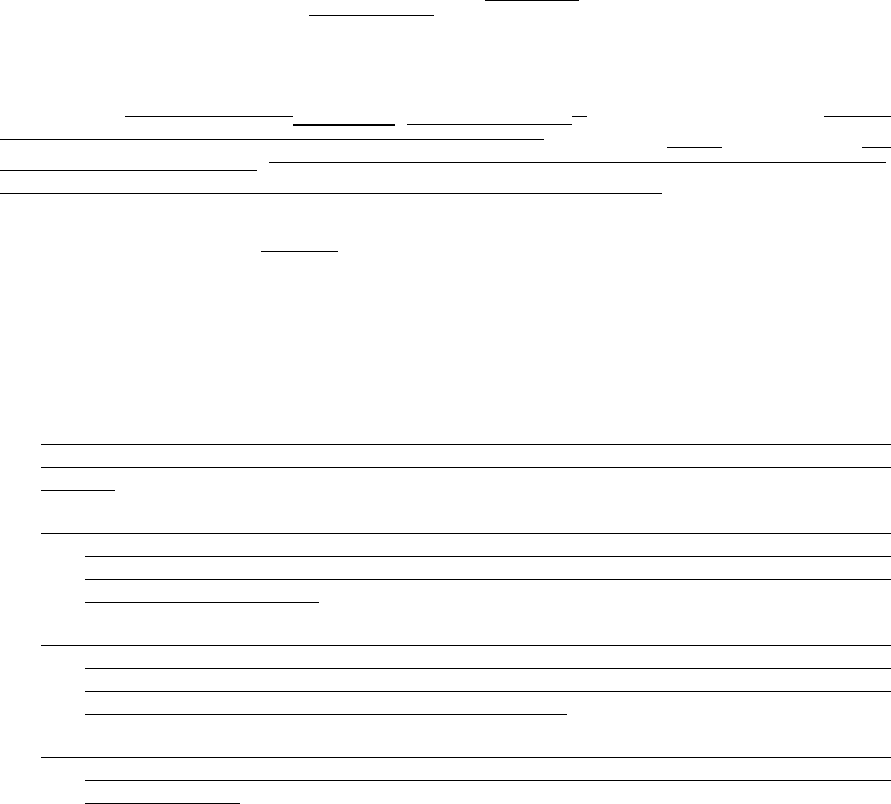
2021 International Building-Related Codes
Page 36 of 141
ARTICLE III. BUILDING CODE
Sec. 10-29. Adoption of International Building Code (2021).
The 2021 edition of the International Building Code, promulgated by the International Code Council,
Chapters 2 through 35, and Appendix H is hereby adopted and incorporated in this article by reference as
if fully set forth, except as it is amended by the following provisions of Section 10-30. Provisions of this
article are in addition to the provisions of the International Building Code. The following provisions coinciding
with the provisions of the International Building Code supersede, repeal, or delete, when indicated, the
corresponding provisions of the International Building Code.
All references within the model codes to any building, electrical, fuel gas, mechanical, plumbing, energy
conservation, existing building, or swimming pool code shall be construed to be a reference to the
respective building, electrical, fuel gas, mechanical, plumbing, energy conservation, existing building, or
swimming pool code specifically adopted by reference in Articles II through XIV of this chapter.
Sec. 10-30. Amendments to the adopted chapters of the International Building Code (2021).
Additions to the International Building Code are shown as underlined text. Deletions to the International
Building Code are shown as bracketed [strikethroughs].
Chapter 2, DEFINITIONS, is amended for ADOBE CONSTRUCTION, AMBULATORY CARE FACILITY,
FIRE AREA and SPECIAL INSPECTOR to read as follows:
[BS] ADOBE CONSTRUCTION MASONRY. A type of earthen [C]construction in which the [exterior
load-bearing and nonload-bearing walls and partitions are of] unfired clay based masonry units are
formed without compression. [, and floors, roofs and interior framing are wholly or partly of wood or]
May contain sand, aggregates, organic or inorganic binders, stabilizers, and other approved materials.
[BG] AMBULATORY CARE FACILITY. Buildings or portions thereof used to provide medical,
surgical, psychiatric, nursing, dialysis, or similar care on a less than 24-hour basis to persons who are
rendered incapable of self-preservation by the services provided or staff has accepted responsibility
for care recipients already incapable.
[B] FIRE AREA. The aggregate floor area enclosed and bounded by fire walls, fire barriers, exterior
walls, or horizontal assemblies of a building. Areas of the building not provided with surrounding walls
shall be included in the fire area if such areas are included within the horizontal projection of the roof
or floor next above.
Exception: Outdoor covered areas shall not be considered fire areas, nor shall they be
considered as part of the fire area of a connected building where all of the following conditions
are met:
1. The outdoor covered area is a Group A2 Occupancy less than 1,000 ft
2
or is a Group A3
Occupancy. If multiple Group A2 Occupancy outdoor covered areas are proposed, then the
aggregate area of all of these areas shall be less than 1,000 ft
2
or separated by a minimum
of 20 feet from each other.
2. The outdoor covered area is open on at least three sides and open a minimum of 50% of the
perimeter of the area covered. In order to be considered "open" for the purpose of this
exception, an open side shall be at least 50% open with the open area uniformly distributed
to prevent the accumulation of smoke and toxic gases.
3. The outdoor covered area shall have adequate independent means of egress such that the
occupants of the outdoor covered area are not required to egress through a connected or
adjacent building.
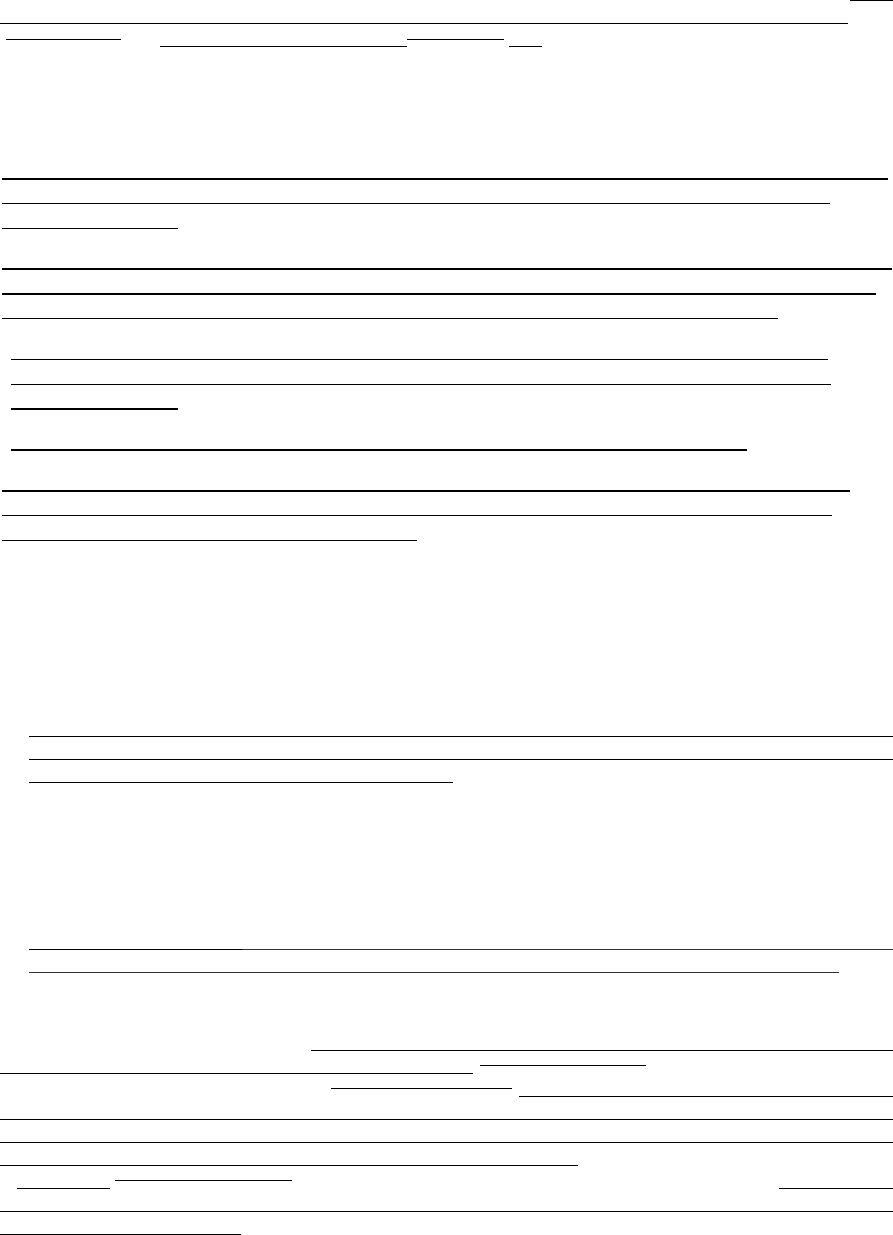
2021 International Building-Related Codes
Page 37 of 141
[BS] SPECIAL INSPECTOR. A qualified person employed or retained by an approved agency who
shall prove to the satisfaction of the registered design professional in responsible charge and
[approved by] the Building Official that he/she [as having] has the competence necessary to inspect a
particular type of construction requiring special inspection.
Chapter 2, DEFINITIONS, is amended to add COMPRESSED EARTH BLOCK, EARTHEN
CONSTRUCTION and RAMMED EARTH to read as follows:
COMPRESSED EARTH BLOCK or CEB: A type of earthen construction in which the masonry units
are individually formed by means of mechanical compression. May contain stabilizers or other
approved materials.
EARTHEN CONSTRUCTION. A type of masonry construction in which the load-bearing and/or non-
load bearing walls are composed primarily of a matrix of inorganic soil materials such as clay, sand
and silt that have been mechanically formed and have not been burned or fired in a kiln.
Stabilized. Earthen construction to which complimentary stabilizers such as lime or Portland
cement are added to the soil matrix to limit water absorption, increase structural stability, and
increase durability.
Unstabilized. Earthen construction that does not meet the definition of “Stabilized.”
RAMMED EARTH. A type of earthen construction in which monolithic wall panels are formed by
mechanically compressing successive lifts of the soil matrix within a temporary formwork. May
contain stabilizers or other approved materials.
SECTION 304, BUSINESS GROUP B, is amended by adding Fire Stations in the group as follows with
remaining text to remain as written:
304.1 Business Group B. Business Group B occupancy includes, among others, the use of a building
or structure, or a portion thereof, for office, professional or service-type transactions, including storage
of records and accounts. Business occupancies shall include, but not be limited to, the following:
Fire stations (including the dormitory, apparatus bays, living and offices areas) if installed with an
automatic smoke detection system in accordance with 907.2.9.3 and smoke alarms installed in
accordance with 907.2.11.2 through 907.2.11.4.
Section 310.5, Residential Group R-3, is amended by adding Foster Care Family Homes to the group as
follows with remaining text to remain as written:
310.4 Residential Group R-3. Residential Group R-3 occupancies where the occupants are primarily
permanent in nature and not classified as Group R-1, R-2, R-4 or I, including:
Foster Family Home - A childcare facility certified or licensed by the Texas Department of Human
services which provides care twenty-four (24) hours a day for not more than six (6) children.
Section [F] 501.2, Address identification, is amended to read as follows:
[F] 502.1 Address identification. All existing commercial and industrial buildings issued certificates
of occupancy after September 10, 2006, and all new [New and existing] buildings shall be provided
with approved address identification [numbers or letters]. The address identification shall be legible
and placed in a position that is visible from the street or road fronting the property. Address
identification characters shall contrast with their background. Address numbers shall be Arabic
numbers or alphabetical letters. Numbers shall not be spelled out. Each character shall be a minimum
of six inches [4 inches (102 mm)] high with a minimum stroke width of ½ inch (12.7mm). For buildings
with individual suites, the suite numbers shall be a minimum of four inches high with a minimum stroke
width of ½ inch (12.7mm). Where required by the fire code official, address identification shall be
provided in additional approved locations to facilitate emergency response. Where access is by means
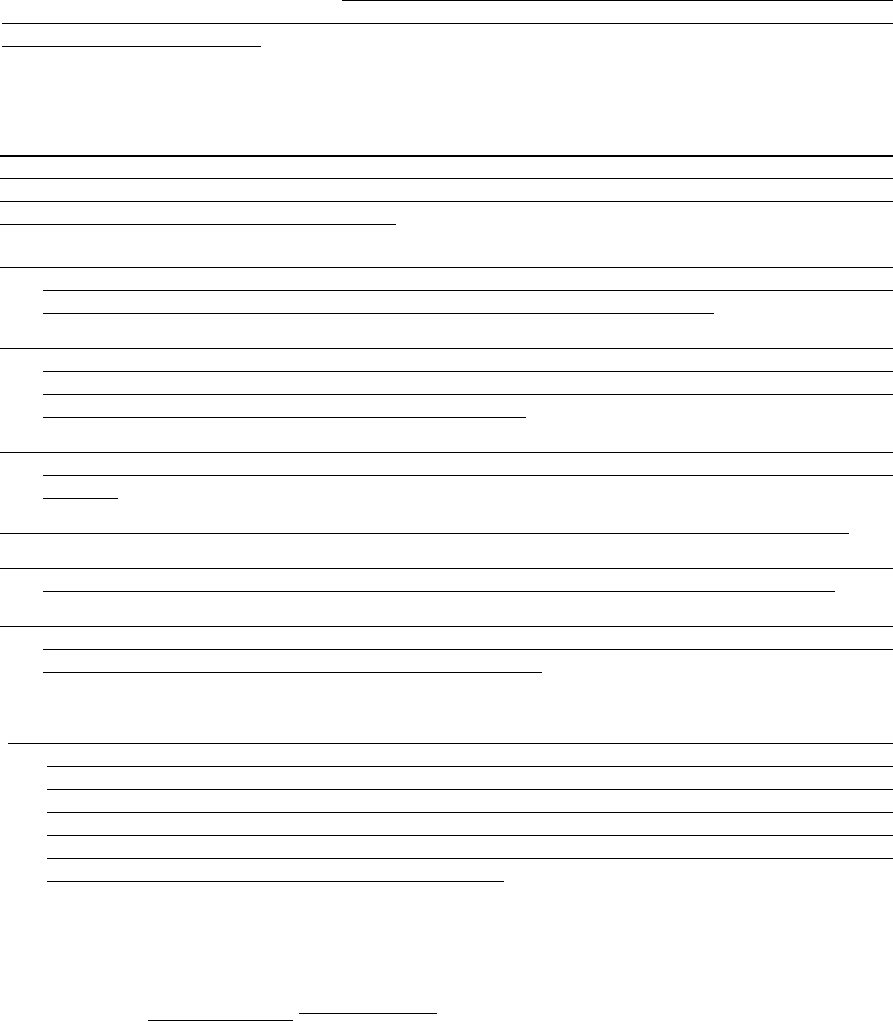
2021 International Building-Related Codes
Page 38 of 141
of a private road and the building address cannot be viewed from the public way, a monument, pole,
or other approved sign or means shall be used to identify the structure. Address numbers shall be
maintained.
Section 503.1.4, Occupied roofs, is amended to read as follows with all other text to remain as is:
503.1.4 Occupied roofs. A roof level or portion thereof shall be permitted to be used as an occupied
roof provided the occupancy of the roof is an occupancy that is permitted by Table 504.4 for the story
immediately below the roof. The area of the occupied roofs shall be included in the building area as
regulated by Section 506. An occupied roof shall not be included in the building height or number of
stories as regulated by Section 504, provided that the penthouses and other enclosed rooftop
structures comply with Section 1511. Rooftop canopies complying with Section 3105 and enclosed
rooftop structures shall not exceed 1/3 of the occupied rooftop area. Enclosed rooftop structures shall
not contain habitable spaces.
Section 503.1, General, is amended by adding Section 503.1.5, Outdoor Covered Areas for Group A2
Occupancies, as follows:
503.1.5 Outdoor Covered Areas for Group A2 Occupancies. Where an outdoor covered patio
meets ALL of the conditions listed, the covered patio is NOT required to be included in the calculated
"building area" of the structure nor does it require any "types of construction separation" or "occupancy
separation" to meet the City's Building Code.
1. The outdoor covered area is a Group A2 Occupancy less than 1,000 SF. If multiple covered areas
are proposed, then the aggregate area of all of these areas shall be less than 1,000 SF or each
additional area shall be separated by a minimum of 20 feet from each other.
2. The outdoor covered area is open on at least three sides and open a minimum of 50 percent of
the perimeter of the area covered. In order to be considered "open" for the purpose of the
exception, an open side shall be at least 50 percent open with the open area uniformly distributed
to prevent the accumulation of smoke and toxic gases.
3. The outdoor covered area shall have adequate independent means of egress such that the
occupants of the outdoor covered area are not required to egress through a connected or adjacent
building.
4. Outdoor covered areas shall not be built within 10 feet of a property line (real or imaginary).
5. Outdoor covered areas of wood construction shall be built with fire retardant treated wood as per
IBC Section 2303.2 or protected with a fire-resistance rated material approved by the city.
6. The calculated occupant load of the outdoor covered area(s) shall contribute to the occupant load
of the existing building for calculation of a total occupant load and for determination of the number
of required plumbing fixtures per Section 403 of the IPC.
Section 706.1.1, Party Walls, Exception 2 is deleted as follows, all other Code text remains as is:
[2. Party walls and fire walls are not required on lot lines dividing a building for ownership purposes
where the aggregate height and area of the portions of the building located on both sides of the
lot line do not exceed the maximum height and area requirements of this code. For the building
official’s review and approval, the official shall be provided with copies of dedicated access
easements and contractual agreements that permit the owners of portions of the building located
on either side of the lot line access to the other side for purposes of maintaining fire and life safety
systems necessary for the operation of the building.]
Section 901.5, Acceptance tests, is amended as follows:
901.5 Acceptance tests. Fire protection systems shall be tested in accordance with the requirements
of this code and the International Fire Code. Where required, the tests shall be conducted in the
presence of the Building Official [building official]. Tests required by this code, the International Fire
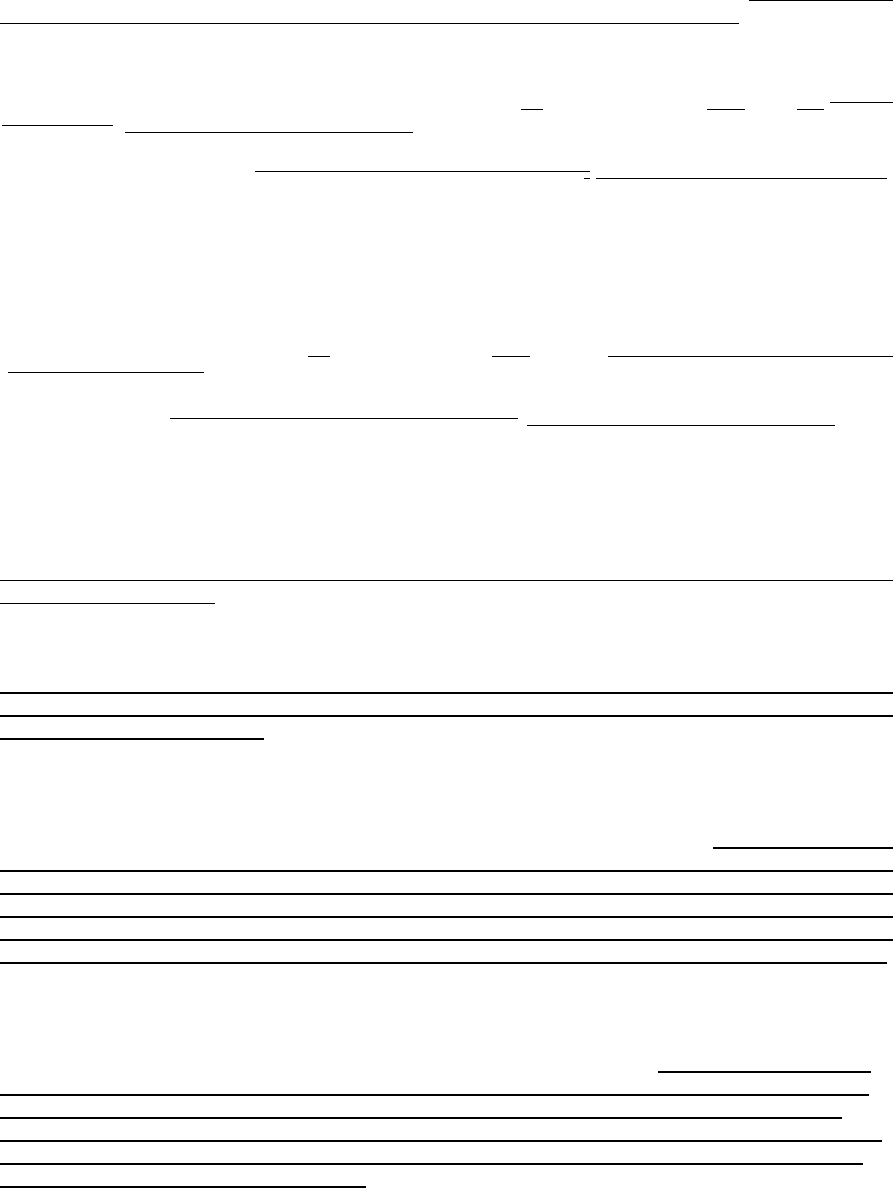
2021 International Building-Related Codes
Page 39 of 141
Code and the standards listed in this code shall be conducted at the expense of the owner or the
owner's authorized agent. It shall be unlawful to occupy portions of a structure until the required fire
protection systems within that portion of the structure have been tested and approved. A representative
of the Fire Marshal shall witness all required acceptance tests for all these systems.
Section [F] 901.6.2.1, High-rise buildings, is amended as follows:
[F] 901.6.2.1 High-rise buildings. For high-rise buildings, an integrated testing plan shall be [comply
with NFPA 4] approved by the fire code official, with an integrated test performed prior to issuance of
the certificate of occupancy and at intervals not exceeding 10 years, unless otherwise specified by an
integrated system test plan [prepared in accordance with NFPA 4] approved by the fire code official.
If an equipment failure is detected during integrated testing, a repeat of the integrated test shall not be
required, except as necessary to verify operation of fire protection or life safety functions that are
initiated by equipment that was repaired or replaced.
Section [F] 901.6.2.2, Smoke control systems, is amended as follows:
[F] 901.6.2.2 Smoke control systems. Where a fire alarm system is integrated with a smoke control
system as outlined in Section 909, an integrated testing plan shall be approved by the fire code official
[comply with NFPA 4], with an integrated test performed prior to issuance of the certificate of
occupancy and at intervals not exceeding 10 years, unless otherwise specified by an integrated
system test plan [prepared in accordance with NFPA 4] approved by the fire code official. If an
equipment failure is detected during integrated testing, a repeat of the integrated test shall not be
required, except as necessary to verify operation of fire protection or life safety functions that are
initiated by equipment that was repaired or replaced.
SECTION 901, GENERAL, is amended by adding Section 901.8, Permits, to read as follows:
901.8 Permits. Permits for fire protection systems shall be required as set forth in the International
Fire Code, as amended.
Section [F]903.1, General, is amended by adding Section [F]903.1.2, Safety Factor, to read as follows:
[F] 903.1.2 Safety factor. Automatic sprinkler systems shall be designed with a minimum safety factor
of 5 PSI or 10% of required pressure (whichever is greater) taken at the source for the hydraulically
most demanding design area.
Section [F] 903.2, Where required, is amended to read as follows with the Exception remaining as written:
[F] 903.2. Where required. Approved automatic sprinkler systems in new buildings and structures
shall be provided in the locations described in Sections 903.2.1 through 903.2.12. Where existing open
buildings and structures are modified such that, they are no longer open on at least three sides and
open a minimum of 50% of the perimeter of the area covered, fire sprinklers systems shall be installed
for these change in occupancies in accordance with the applicable requirements in this section. In
order to be considered "open" for the purpose of this requirement, an open side shall be at least 50%
open with the open area uniformly distributed to prevent the accumulation of smoke and toxic gases.
Section [F] 903.2.1, Group A, is amended to read as follows:
[F] 903.2.1 Group A. An automatic sprinkler system shall be provided throughout buildings and
portions thereof used as Group A occupancies as provided in this section. For Group A-1, A-2, A-3
and A-4 occupancies, the automatic sprinkler system shall be provided throughout the story where
the fire area containing the Group A-1, A-2, A-3 or A-4 occupancy is located, and throughout all
stories from the Group A occupancy to, and including, the levels of exit discharge serving the Group
A occupancy. For Group A-5 occupancies, the automatic sprinkler system shall be provided in the
spaces indicated in Section [F] 903.2.1.5.
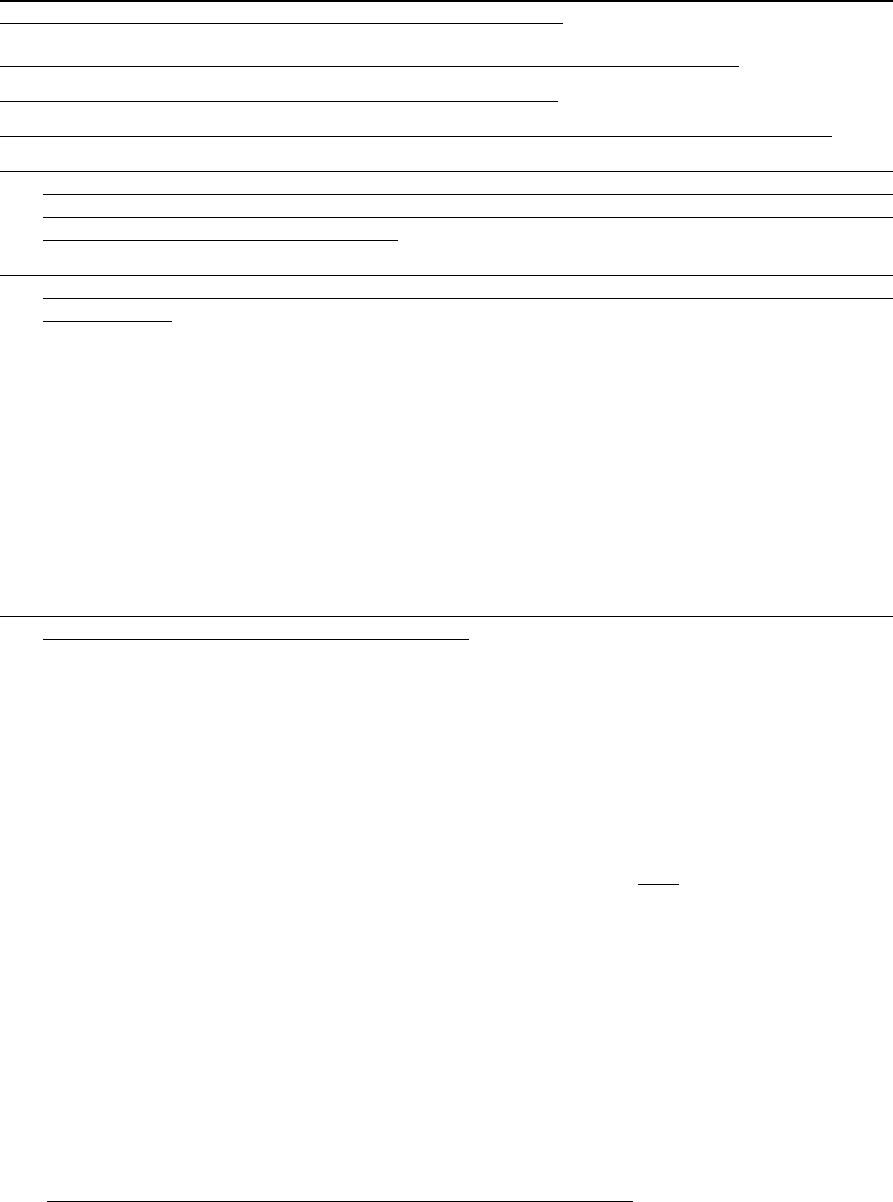
2021 International Building-Related Codes
Page 40 of 141
Exception: A one-story detached open pavilion consisting of only a roof and supporting columns that
meets all of the following criteria shall not require fire sprinklers.
1. The detached open pavilion is a Group A2, Group A3 or Group A4 Occupancy.
2. The detached open pavilion is less than 12,000 ft
2
in area.
3. The detached open pavilion is separated from adjacent structures by minimum of 30 feet.
4. The detached open pavilion is open on at least three sides and open a minimum of 50% of the
perimeter of the area covered. In order to be considered "open" for the purpose of this exception,
an open side shall be at least 50% open with the open area uniformly distributed to prevent the
accumulation of smoke and toxic gases.
5. The detached open pavilion has a minimum of 300% of the total number of required exits and a
minimum of 300% of total exit minimum width or required capacity based upon the occupant load
of the pavilion.
Section 903.2.1.3, Group A-3, is amended by adding the following item to the list of conditions:
[F] 903.2.1.3 Group A-3. An automatic sprinkler system shall be provided throughout stories
containing Group A-3 occupancies and throughout all stories from the Group A-3 occupancy to and
including the levels of exit discharge serving that occupancy where one of the following conditions
exists:
1. The fire area exceeds 12,000 square feet (1115 m
2
).
2. The fire area has an occupant load of 300 or more.
3. The fire area is located on a floor other than a level of exit discharge serving such occupancies.
4. Any Group A-3 occupancy that serves alcohol shall comply with the fire sprinkler requirements
for Group A-2 occupancies in Section 903.2.1.2.
Section [F] 903.2.6, Group I, is hereby amended by amending exception 2 as follows:
[F] 903.2.6 Group I. An Automatic sprinkler system shall be provided throughout buildings with a
Group I fire area.
Exceptions:
1. An automatic sprinkler system installed in accordance with Section 903.3.1.2 shall be
permitted in Group I-1, Condition 1 facilities.
2. An automatic sprinkler system is not required where Group I-4 child day care facilities are at
the level of exit discharge and where every room where care is provided has not fewer than
one exterior exit door.
3. In buildings where Group 1-4 daycare is provided on levels other than the level of exit
discharge, an automatic sprinkler system in accordance with Section 903.3.1.1 shall be
installed on the entire floor where care is provided, all floors between the level of care and
the level of exit discharge, and all floors below the level of exit discharge other than areas
classified as an open parking garage.
Section [F] 903.2.8, Group R, is amended by adding the following exception:
[F] 903.2.8 Group R. An automatic sprinkler system installed in accordance with Section 903.3 shall
be provided throughout all buildings with a Group R fire area.
Exception: Foster care family homes as defined in Section 10-25.
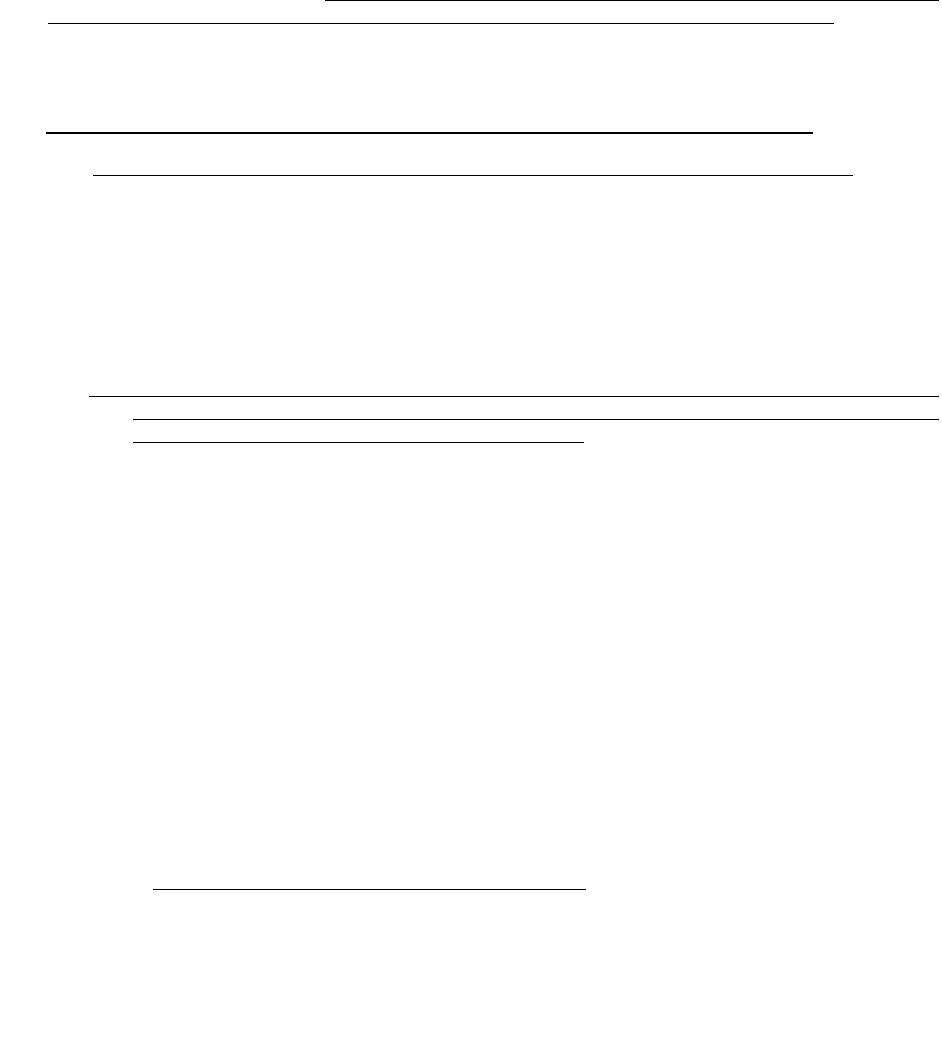
2021 International Building-Related Codes
Page 41 of 141
Section [F] 903.2.11.1.1, Opening dimensions and access, is amended by adding the following sentence
to the end of that section to read as follows:
[F] 903.2.11.1.1 Opening dimensions and access. Openings shall have a minimum dimension of
not less than 30 inches (762 mm). Access to such openings shall be provided for the fire department
from the exterior and shall not be obstructed in a manner such that firefighting or rescue cannot be
accomplished from the exterior. Openings shall have a finished sill height which is no more than 44
inches (1117 mm) above the finished floor level of the story which the opening is serving.
Section [F] 903.2, Where required, is amended by adding Section [F] 903.2.13, Porte-cocheres, to read as
follows:
[F] 903.2.13 Porte-cocheres. All porte-cocheres shall be protected with fire sprinklers.
Exception: Porte-cocheres of non-combustible construction under 1,000 square feet.
Section [F] 903.3.1.1.1, Exempt locations, is amended by adding item 7 as follows:
[F] 903.3.1.1.1 Exempt locations. Automatic sprinklers shall not be required in the following rooms
or areas where such rooms or areas are protected with an approved automatic fire detection system
in accordance with Section 907.2 that will respond to visible or invisible particles of combustion.
Sprinklers shall not be omitted from any room merely because it is damp, of fire-resistance-rated
construction or contains electrical equipment.
7. Equipment storage areas of fire stations where sprinklers are considered undesirable
because of the nature of the contents, including firefighting apparatus and specialized
equipment, when approved by the fire code official.
Section [F] 903.3.1.2, NFPA 13R sprinkler systems, is amended by amending [F] 903.3.1.2.3, Attics, and
by adding Section [F] 903.3.1.2.4, Elevator machine room, to read as follows:
[F] 903.3.1.2.3 Attics. Attic protection shall be provided as follows:
1. Attics that are used or intended for living purposes or storage shall be protected by
an automatic sprinkler system.
2. Where fuel-fired equipment is installed in an unsprinklered attic, not fewer than one quick-
response intermediate temperature sprinkler shall be installed above the equipment.
3. Where located in a building of Type III, Type IV or Type V construction designed in
accordance with Section 510.2 or 510.4, attics not required by Item 1 to have sprinklers shall
comply with one of the following if the roof assembly is located more than 55 feet (16 764
mm) above the lowest level of required fire department vehicle access needed to meet the
provisions in Section 503 of the International Fire Code.
3.1 Provide automatic sprinkler system protection.
3.2 Construct the attic using noncombustible materials.
3.3 Construct the attic using fire-retardant-treated wood complying with Section 2303.2.
[3.4 Fill the attic with noncombustible insulation.]
The height of the roof assembly shall be determined by measuring the distance from the lowest
required fire vehicle access road surface adjacent to the building to the eave of the highest pitched
roof, the intersection of the highest roof to the exterior wall, or the top of the highest parapet,
whichever yields the greatest distance. For the purpose of this measurement, required fire vehicle
access roads shall include only those roads that are necessary for compliance with Section 503 of
the International Fire Code.
4. Group R-4, Condition 2 occupancy attics not required by Item 1 to have sprinklers shall
comply with one of the following:
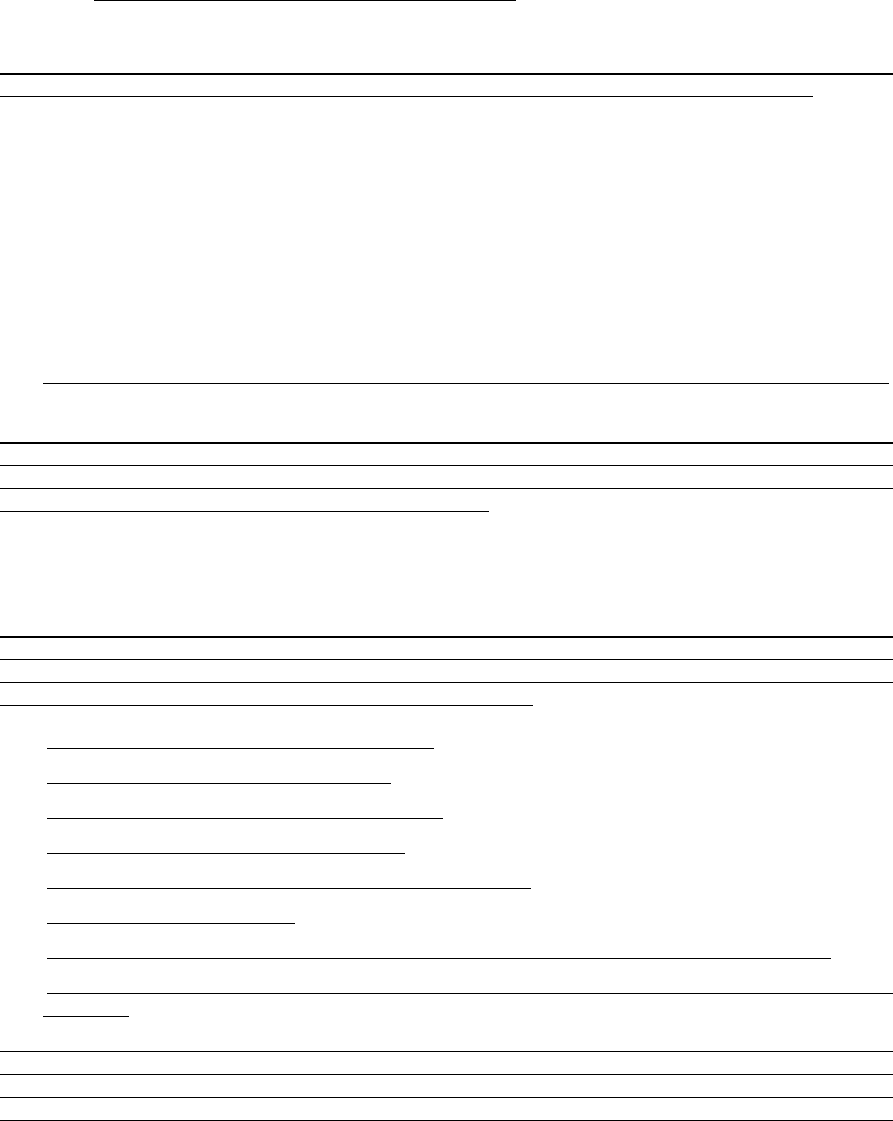
2021 International Building-Related Codes
Page 42 of 141
4.1 Provide automatic sprinkler system protection.
4.2 Provide a heat detection system throughout the attic that is arranged to activate the
building fire alarm system.
4.3 Construct the attic using noncombustible materials.
4.4 Construct the attic using fire-retardant-treated wood complying with Section 2303.2.
[4.5 Fill the attic with noncombustible insulation.]
[F] 903.3.1.2.4 Elevator machine room. In all R occupancies or occupancies using an NFPA 13R
system with elevator systems, the elevator machine room shall be sprinklered per NFPA 13.
SECTION 903, AUTOMATIC SPRINKLER SYSTEMS, is amended by amending [F] 903.4, Sprinkler
system supervision and alarms, to add Exception 9, and adding Section [F] 903.6, Separation from non-
sprinklered areas, to read as follows:
[F] 903.4 Sprinkler system supervision and alarms. Valves controlling the water supply for
automatic sprinkler systems, pumps, tanks, water levels and temperatures, critical air pressures and
waterflow switches on all sprinkler systems shall be electrically supervised by a listed fire alarm control
unit.
Exceptions:
9. Valves located outside buildings or in a vault that are sealed or locked in the open position.
[F] 903.6 Separation from non-sprinklered areas. Unless otherwise exempted by this code or the
2021 International Fire Code (IFC) or required to be of a higher fire resistive construction by this code
or the IFC, a minimum one-hour fire barrier constructed in accordance with Chapter 7 shall be between
sprinklered and non-sprinklered areas within a building.
Section [F] 904.2.2, Commercial hood and duct systems, is amended by adding Section [F] 904.2.2.1,
Permit required, as follows:
[F] 904.2.2.1 Permit required. Prior to installation, a licensed contractor shall obtain a permit for
automatic fixed pipe extinguishing system from the Fire Marshal's office. At the time a permit request
is made, a diagram detailing exactly what will be installed at the "permit site" shall be submitted for
Fire Department review and files. The diagram shall include:
1. Approximate length of pipe and elbows
2. Distance of nozzles from grill area
3. Exact size, type, and number of nozzles
4. Number and location of fusible links
5. Size of cooking surface area, hood, and vent area
6. Location of manual pull
7. Location of automatic gas or electric shut-off, electric shut-off is to be a total shut-off
8. The location of the automatic extinguishing system in the room and distance of exits must
be shown
The installation is not complete until all automatic electric or gas shut offs are installed. Permitee is
responsible for the total installation. Permitee shall call Fire Prevention for a final inspection after the
system is completed. The fire inspector shall require an operations test of the system be performed
on the final inspection. Agent discharge shall not be required if: (a) Installer certifies in writing that
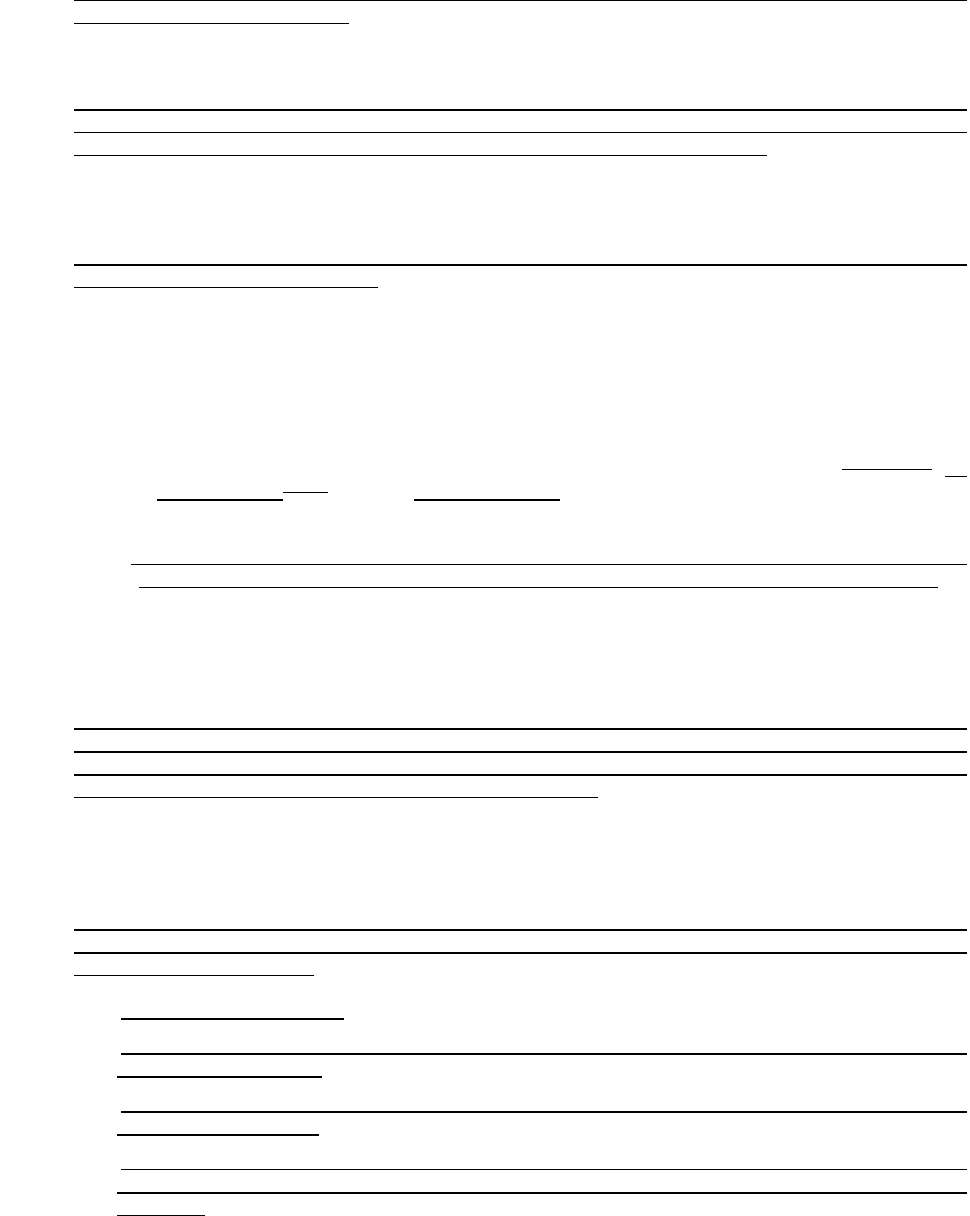
2021 International Building-Related Codes
Page 43 of 141
system has been designed and installed in accordance with manufacturers specifications, and (b) an
air discharge test is performed.
Section [F] 905.1, General, is amended by adding Section [F] 905.1.1, Safety factor, as follows:
[F] 905.1.1 Safety factor. All standpipe systems with the exception of manual standpipes shall be
designed with a minimum safety factor of 5 PSI or 10% of required pressure (whichever is greater)
taken at the source for the hydraulically most demanding system and/or outlet.
Section [F] 905.2, Installation standard, is amended by adding Section [F] 905.2.1, Class-I reducers, as
follows:
[F] 905.2.1 Class-I reducers. A 2.5 inch by 1.5-inch reducer shall be provided on Class-I standpipe
connections with caps and chains.
Section [F] 905.4, Location of Class I standpipe hose connections, is amended as follows with all other
code text to remain as written:
[F]905.4 Location of Class I standpipe hose connections. Class I standpipe hose connections
shall be provided in all of the following locations:
1. In every required interior exit stairway, a hose connection shall be provided for each story
above and below grade plane. Hose connections shall be located at [the main] an
intermediate [floor] landing between stories unless otherwise approved by the fire code
official.
[Exception: A single hose connection shall be permitted to be installed in the open corridor or
open breezeway between open stairs that are not greater than 75 feet (22 860 mm) apart.]
SECTION [F] 906.2, General requirements, is amended by adding Section [F] 906.2.1, Travel distance, as
follows:
[F] 906.2.1 Travel distance. Travel distance is calculated from a point in the occupancy to the location
of fire extinguisher located on the same floor level in accordance with the maximum distances listed
in [F] Table 906.3(1) or [F] Table 906.3(2). Travel distance is calculated per floor when determining
travel distance to a fire extinguisher in multi-story buildings.
Section [F] 906, PORTABLE FIRE EXTINGUISHERS, is amended by adding Section [F]906.5.1,
Conspicuous locations in Group R occupancies, and Section [F] 906.11, Inspections of non-rechargeable
fire extinguishers in R occupancies as follows:
[F] 906.5.1 Conspicuous locations in Group R occupancies. In addition to other areas listed herein
or in NFPA10, fire extinguishers in R occupancies may also be placed in any of the following location
to satisfy the requirements:
1. On a wall in the unit;
2. Inside a closet, cabinet or pantry as long as the door has a label indicating that there is a
fire extinguisher inside;
3. Inside a mechanical closet as long as the door has a label indicating that there is a fire
extinguisher insider; or
4. Inside storage closets as long as the door has a label indicating that there is a fire
extinguisher insider and there is no locking device on the door that requires a key or combination
to open it.
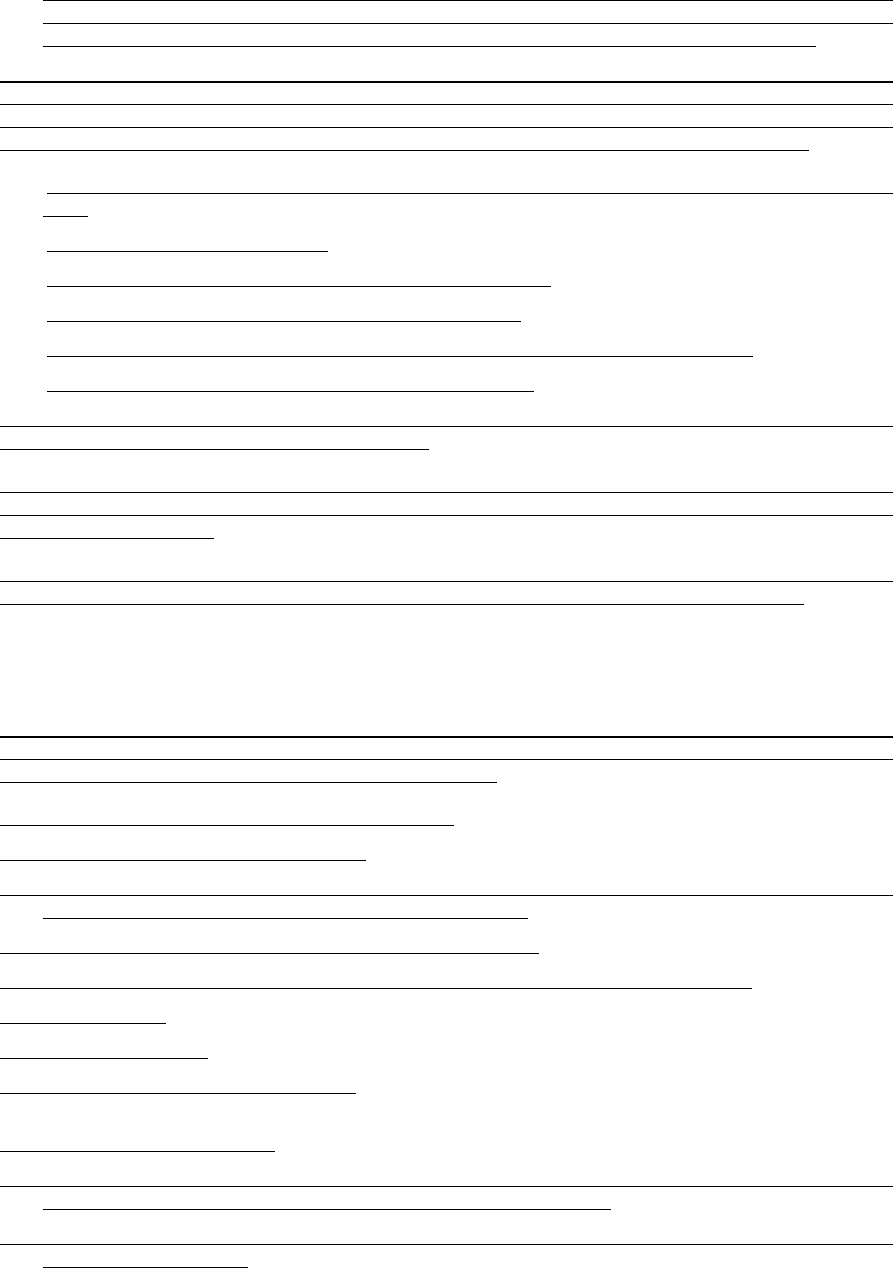
2021 International Building-Related Codes
Page 44 of 141
If methods 2, 3, or 4 are utilized, the following must be done at the time of each new move-in: (i)
A label or notice indicating that there is a fire extinguisher inside the area must be placed on the
door; or (ii) a notice of the location of the fire extinguisher must be given to the resident.
[F] 906.11 Inspections of non-rechargeable fire extinguishers in R occupancies. As an alternative
to required fire extinguisher annual inspections conducted by licensed and certified personnel, the
owner or management company, their employees or agents are authorized to inspect non-
rechargeable fire extinguishers located in R occupancies on an annual basis to ensure that:
1. The extinguisher's service life is not beyond the manufacturer's recommended warranty
date;
2. Pin has not been removed;
3. The indicator gauge is in the green or good position;
4. Installed in the proper location per section 906.5;
5. No obvious physical damage, corrosion, or nozzle blockage is present; and
6. The operating instructions are present and legible.
The owner or owner's agent shall repair or replace a fire extinguisher if any of the deficiencies noted
in items 1-6 above are discovered on inspection.
While inspecting the non-rechargeable fire extinguishers, the inspection personnel shall cause the
contents of the non-rechargeable fire extinguishers to be stirred by turning the fire extinguishers upside
down at least two times.
In lieu of placing tags or labels on non-rechargeable fire extinguishers to verify inspection, a log or
inspection sheet may be maintained indicating compliance with all the requirements above.
SECTION 907, FIRE ALARM AND DETECTION SYSTEMS, is amended by repealing Section [F] 907.1.2,
Fire alarm shop drawings, and replacing with [F] 907.1.2, Fire alarm shop drawings, and adding Section [F]
907.1.4, Testing of Fire Alarm Systems, as follows:
[F] 907.1.2 Fire alarm shop drawings. Shop drawings for fire alarm systems shall be submitted for
review and approval prior to system installation, and shall include, but not be limited to, all of the
following where applicable to the system being installed:
1. A floor plan that indicates the use of all rooms.
2. Locations of alarm-initiating devices.
3. Locations of alarm notification appliances, including candela ratings for visible alarm notification
appliances and tap values for speakers when installed.
4. Design minimum audibility level for occupant notification
5. Location of fire alarm control unit, transponders, and notification power supplies.
6. Annunciators.
7. Power connection.
8. Battery calculations. Calculations shall be completed in accordance with NFPA 72, Section
10.5.6.3.1 and 10.5.6.3.2
9. Conductor type and sizes.
10. Voltage drop calculations. Calculations shall be completed using a maximum starting voltage of
20.4 volts for 24-volt systems and 10.2 volts for 12-volt systems.
11. Manufacturers' data sheets indicating model numbers and listing information for equipment,
devices, and materials.
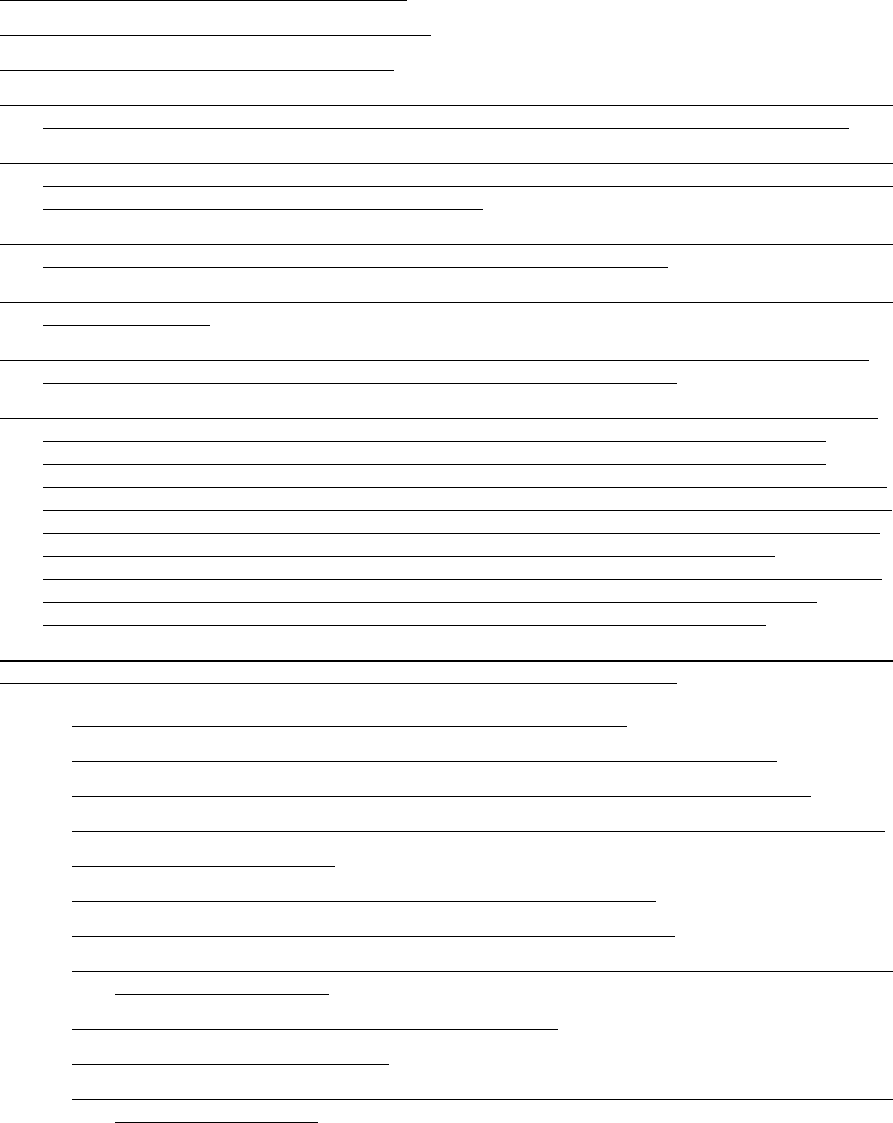
2021 International Building-Related Codes
Page 45 of 141
12. Details of ceiling height and construction.
13. The interface of fire safety control functions.
14. Classification of the supervising station.
15. For in-building emergency voice alarm communication systems and mass notification systems,
speaker circuit load calculations providing a total dB loss at the end of each speaker circuit.
16. Acoustically distinguishable space classifications and designations in accordance with NFPA 72,
2019 Edition Chapter 8, indicated on the floor plans in each applicable area with a designation
and classification legend provided in tabular form.
17. When utilizing acoustic modeling software to determine acoustically distinguishable spaces,
include reports from the modeling software with the submittal package.
18. For aspirating smoke detection systems, full transport time calculations shall be provided with the
submittal package.
19. For aspirating smoke detection systems, a dimensioned plan view and dimensioned isometric
view of the protected area shall be provided with the submittal package.
20. For fire alarm control unit replacement projects, to include those with minor modifications to the
existing system, that do not include the addition of initiating or signaling devices, with the
exception of off premise communicators, a detailed fire alarm riser diagram that provides
circuits and specific locations of all control equipment, annunciation equipment, power supplies,
initiating and signaling devices shall be provided in the submittal package. Additionally, standby
battery calculations for the new fire alarm control unit only, a scope of work narrative signed by
the registered design professional in responsible charge or licensed planner, and a
manufacturer’s equipment data sheet for the new fire alarm control unit shall be provided in the
submittal package. If a floor plan that reflects the configuration of the existing system is
available, it shall be permitted to be submitted in lieu of the detailed riser diagram.
[F] 907.1.4 Testing of fire alarm systems. The following are required at the time of fire alarm
acceptance testing unless approved by the Fire Marshal or his/her designee:
1. The written statement required by NFPA 72, Section 7.2.1
2. A copy of the Record of Completion as required by NFPA 72, Section 7.2.1
3. A copy of the Texas Department of Insurance Fire Alarm Installation Certificate
4. Approved plans bearing the original stamp and signature of the fire alarm plan reviewer
5. Original permit is on site.
6. Fire Review Activity form (plan review comments) if provided.
7. Proof of current licensing of the technician performing the tests.
8. Written approvals from the AHJ if partial installation inspections are requested by the
contractor or technician.
9. Site specific software for software-based systems.
10. Written sequence of operation.
11. All testing equipment necessary to conduct the test (i.e., decibel meter, flashlight,
intelligibility meter, etc)
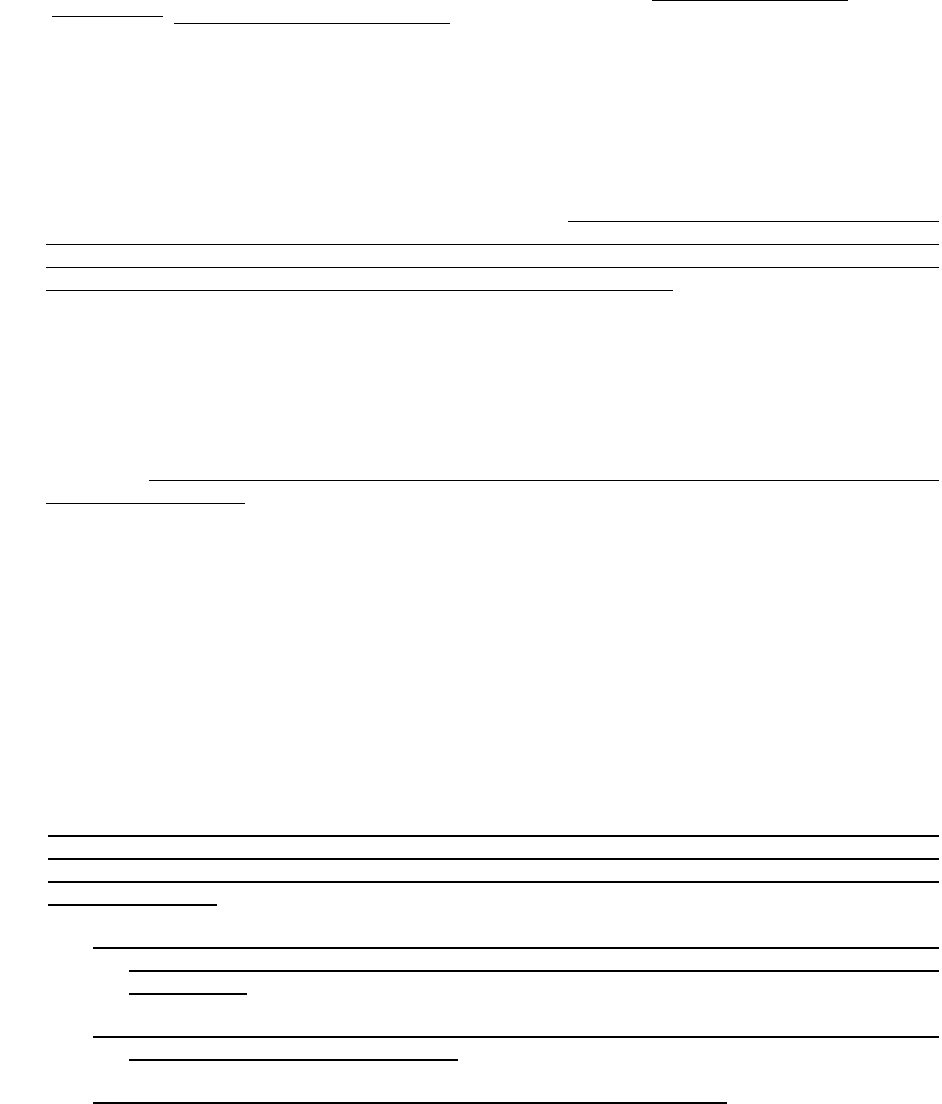
2021 International Building-Related Codes
Page 46 of 141
Section [F] 907.2.1.2, Emergency voice/alarm communication captions, is repealed in its entirety.
Section [F] 907.2.3, Group E, is amended to read as follows with remaining text to remain as written:
[F] 907.2.3 Group E. A manual fire alarm system that initiates the occupant notification signal utilizing
an emergency voice/alarm communication system meeting the requirements of Section 907.5.2.2 and
installed in accordance with Section 907.6 shall be installed in all newly constructed Group E
[occupancies] occupancy campus complexes. Where automatic sprinkler systems or smoke detectors
are installed, such systems or detectors shall be connected to the building fire alarm system.
Section [F] 907.2.7.1, Occupant notification, is repealed in its entirety.
Section [F] 907.2.8.2, Automatic smoke detection system, is hereby amended to read as follows:
[F] 907.2.8.2 Automatic smoke detection system. An automatic smoke detection system that
activates the occupant notification system in accordance with Section 907.5 shall be installed
throughout all interior corridors serving sleeping units. The automatic smoke detection system
requirement is met only by the installation of smoke or beam detectors whenever possible. If
environmental conditions do not allow the installation of smoke detectors, fire alarm heat detectors
may be used on a limited basis when approved by the fire code official.
Exception: An automatic smoke detection system is not required in buildings that do not have interior
corridors serving sleeping units and where each sleeping unit has a means of egress door opening
directly to an exit or to an exterior exit access that leads directly to an exit.
Section [F] 907.2.13.1.2, Duct smoke detection, is amended to read as follows:
[F] 907.2.13.1.2 Duct smoke detection. Duct smoke detectors complying with Section 907.3.1 shall
be located in accordance with the NFPA 90A: Standard for the Installation of Air-Conditioning and
Ventilating Systems or as follows:
1. In the main return air and exhaust air plenum of each air-conditioning system having a
capacity greater than 2,000 cubic feet per minute (cfm) (0.94 m
3
/s). Such detectors shall be
located in a serviceable area downstream of the last duct inlet.
2. At each connection to a vertical duct or riser serving two or more stories from a return air
duct or plenum of an air-conditioning system. In Group R-1 and R-2 occupancies, a smoke
detector is allowed to be used in each return air riser carrying not more than 5,000 cfm (2.4
m
3
/s) and serving not more than 10 air-inlet openings.
Section [F] 907.2.13.2, Fire department communication system, is hereby deleted in its entirety.
Section [F] 907.2, Where required - new buildings and structures, is amended by adding Section [F]
907.2.24, Fire alarm systems for property protection, to read as follows:
[F] 907.2.24 Fire alarm systems for property protection. Fire alarm systems dedicated solely to
the protection of property are permitted to be installed in facilities where a fire alarm system is not
required by other sections of this code, or the International Building Code provided the following
conditions are met:
1. Any and all automatic detection is installed, located, and maintained in accordance with the
requirements of NFPA 72 and a documentation cabinet as required by NFPA 72 is provided
and installed.
2. The installed system is monitored by a supervising station which provides remote,
proprietary, or central station service.
3. One manual means of activation is installed in an approved location
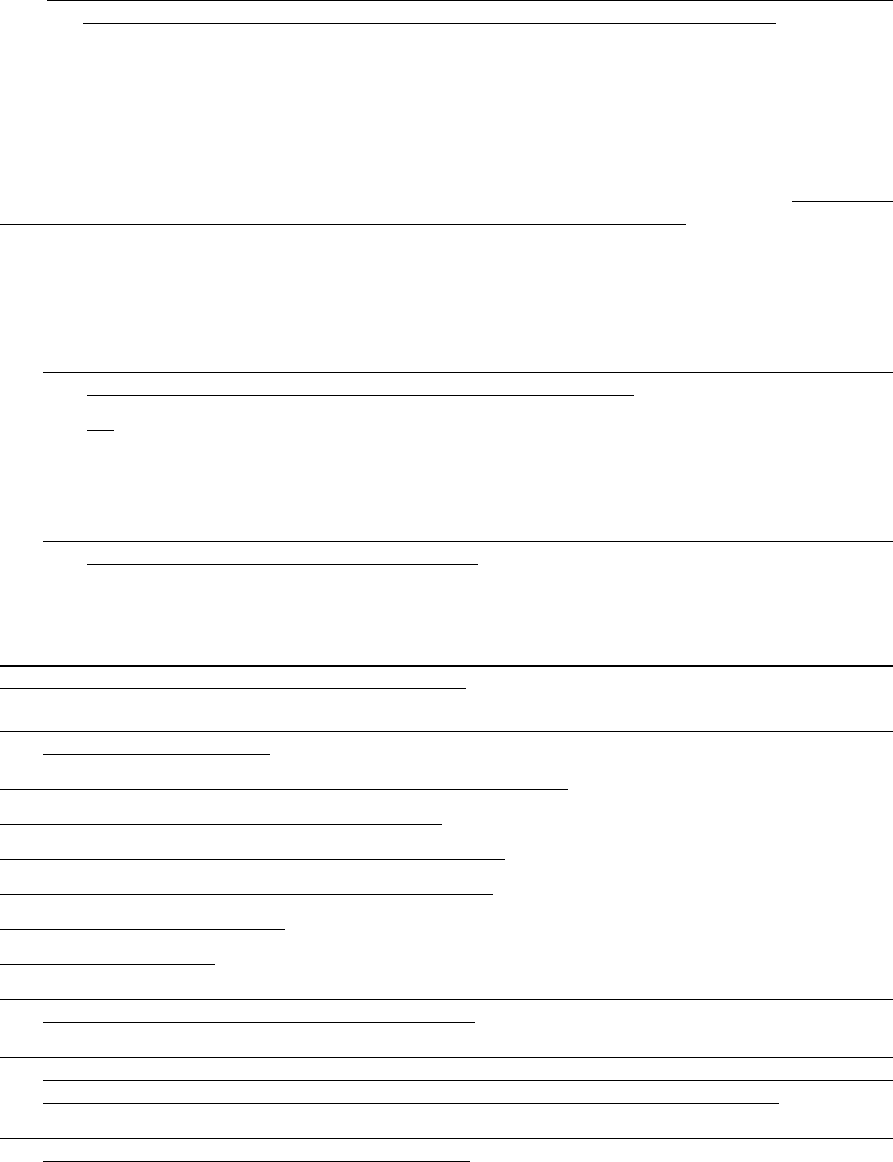
2021 International Building-Related Codes
Page 47 of 141
4. Where the fire alarm system control unit is located in an area that is not readily accessible to
response personnel, a remote fire alarm system annunciator panel is installed.
Section [F] 907.3.1, Duct smoke detectors, is amended to read as follows:
[F] 907.3.1 Duct smoke detectors. Smoke detectors installed in ducts shall be listed for the air
velocity, temperature, and humidity present in the duct. Duct smoke detectors shall be connected to
the building's fire alarm control unit where a fire alarm system is required by Section 907.2. Activation
of a duct smoke detector shall initiate a visible and audible supervisory signal at a constantly attended
location and shall perform the intended fire safety function in accordance with this code, NFPA 90A:
Standard for the Installation of Air-Conditioning and Ventilating Systems and the International
Mechanical Code. In facilities that are required to be monitored by a supervising station, duct smoke
detectors shall report only as a supervisory signal and not as a fire alarm. They shall not be used as a
substitute for required open area detection.
Exceptions:
[1. The supervisory signal at a constantly attended location is not required where duct smoke
detectors activate the building's alarm notification appliances.]
1. [2.] In occupancies not required to be equipped with a fire alarm system, actuation of a smoke
detector shall activate a visible and an audible signal in an approved location. Smoke
detector trouble conditions shall activate a visible or audible signal in an approved location
and shall be identified as air duct detector trouble.
2. For fire alarm systems which cannot be programmed for supervisory signals, duct detectors
shall be allowed to activate the alarm signal.
Section [F] 907.3., Fire safety functions, is amended by adding Section [F] 907.3.5, Fire alarm systems -
emergency control, as follows:
[F] 907.3.5 Fire alarm systems - emergency control. At a minimum, the following functions, where
provided, shall be activated by the fire alarm system:
1. Elevator capture and control in accordance with ASME/ANSI A17.1-2019, Safety Code for
Elevators and Escalators.
2. Release of automatic door closures and hold open devices.
3. Stairwell and/or elevator shaft pressurization.
4. Smoke management and/or smoke control systems.
5. Initiation of automatic fire extinguishing equipment.
6. Emergency lighting control.
7. Unlocking of doors.
8. Emergency shutoff of gas and fuel supplies that may be hazardous provided the continuation of
service is not essential to the preservation of life.
9. Emergency shutoff of audio systems for sound reinforcement or entertainment (i.e., music
systems, systems for announcement and broadcast which are separate from public address
systems) provided that such systems are not used to issue emergency instructions.
10. Emergency shutoff of systems used for the creation of displays or special effects (i.e. lighting
effects, laser light shows, projection equipment).
Section [F] 907.4.2.1, Location, is amended to add the Exception to read as follows:
[F] 907.4.2.1 Location. Manual fire alarm boxes shall be located not more than 5 feet (1524 mm) from
the entrance to each exit. In buildings not protected by an automatic sprinkler system in accordance
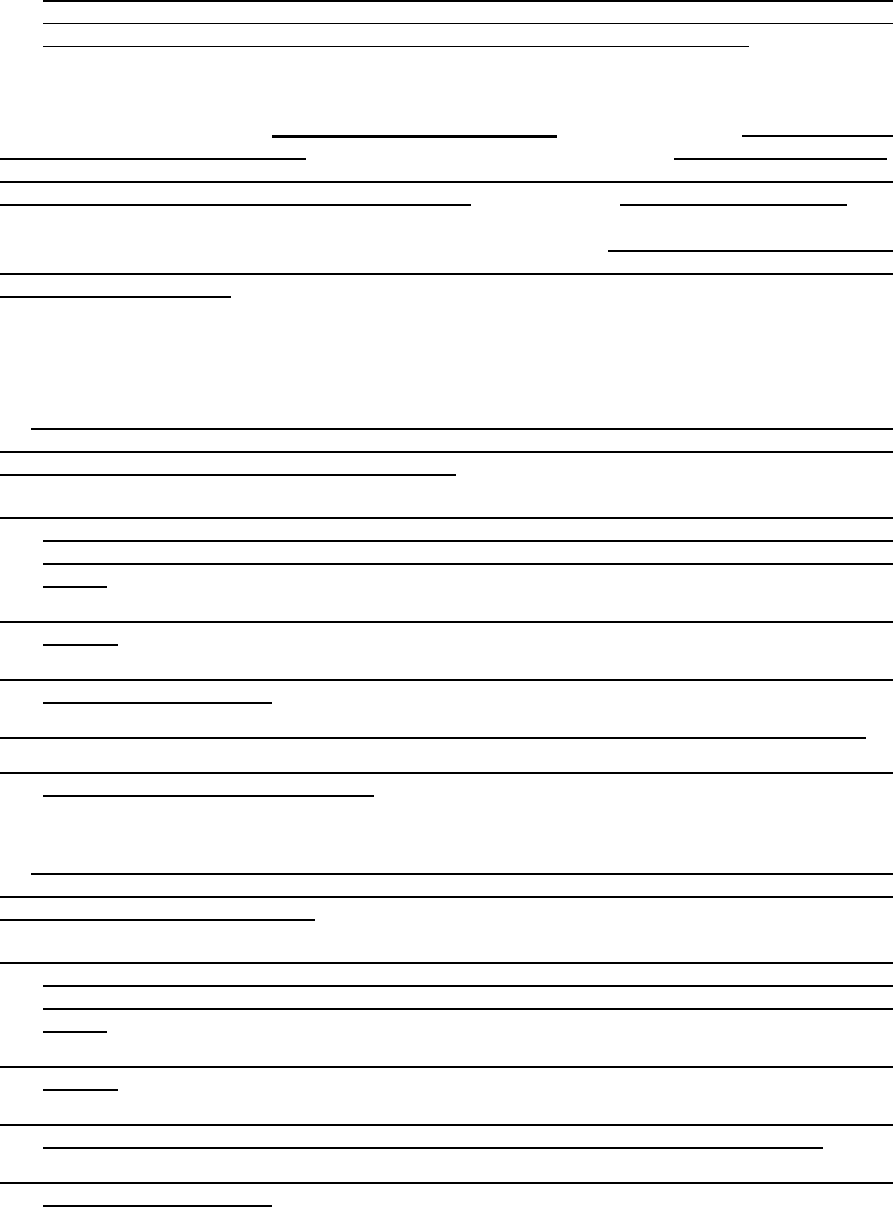
2021 International Building-Related Codes
Page 48 of 141
with Section 903.3.1.1 or 903.3.1.2, additional manual fire alarm boxes shall be located so that the
distance of travel to the nearest box does not exceed 200 feet (60 960 mm).
Exception: Where construction of the building prohibits the proper installation of a pull station
(e.g., glass walls, interior brick, or rock walls), a pull station shall be allowed to be located in the
normal path of egress, where approved by the Fire Marshal or his/her designee.
Section [F] 907.5.1, Presignal feature, is amended to read as follows:
[F] 907.5.1 Presignal feature and positive alarm sequences. A presignal feature or Positive Alarm
Sequence as defined in NFPA 72 shall be provided only where approved and the fire department.
Request to use a presignal feature or a Positive Alarm Sequence must be submitted in writing to the
Fire Marshal and approval granted before installation. The presignal or Positive Alarm Sequence shall
be annunciated at an approved, constantly attended location, having the capability to activate the
occupant notification system in the event of fire or other emergency. When approved by the fire code
official, the presignal feature or Positive Alarm Sequence shall be implemented in accordance with the
requirements of NFPA 72.
Section [F] 907.5.2.1, Audible alarms, is amended by adding Section [F] 907.5.2.1.4, Testing of audible
alarms in occupancies other than Group R, and Section [F] 907.5.2.1.5, Testing of audible alarms in Group
R occupancies, as follows:
[F] 907.5.2.1.4 Testing of audible alarms in occupancies other than Group R. Audibility levels for
all occupancies other than Group R shall be in accordance with the public mode requirements of NFPA
72 and shall be tested utilizing the following criteria:
1. A sound pressure level meter, which has been calibrated within the last calendar year, and
supplied by the fire alarm system installing contractor, shall be utilized to obtain readings. The
sound pressure level meter will be held five feet above floor, pointed in the direction of the audible
device.
2. All doors within the occupancy, including the bathroom and balcony doors shall be in the closed
position.
3. Measurements shall be taken in the most remote areas of the occupancy first, including
bathrooms and balconies.
4. Initial measurements to confirm the average ambient sound level in each area shall be taken.
5. The fire alarm system shall be activated and measurements in the tested areas shall be retaken
and compared with the requirements.
[F] 907.5.2.1.5 Testing of audible alarms in Group R occupancies. Audibility levels for all Group R
occupancies shall be in accordance with the requirements of Section [F] 907.5.2.1.1, and shall be
tested utilizing the following criteria:
1. A sound pressure level meter, which has been calibrated within the last calendar year, and
supplied by the fire alarm system installing contractor, shall be utilized to obtain readings. The
sound pressure level meter will be held five feet above floor, pointed in the direction of the audible
device.
2. All doors within the occupancy, including the bathroom and balcony doors shall be in the closed
position.
3. Ambient sound level shall be established with the television set at 50% of maximum volume,
showers running, bathroom exhaust systems running, and air conditioning units running.
4. Levels shall be taken in the most remote area of the dwelling or sleeping unit first, including
bathrooms and balconies.
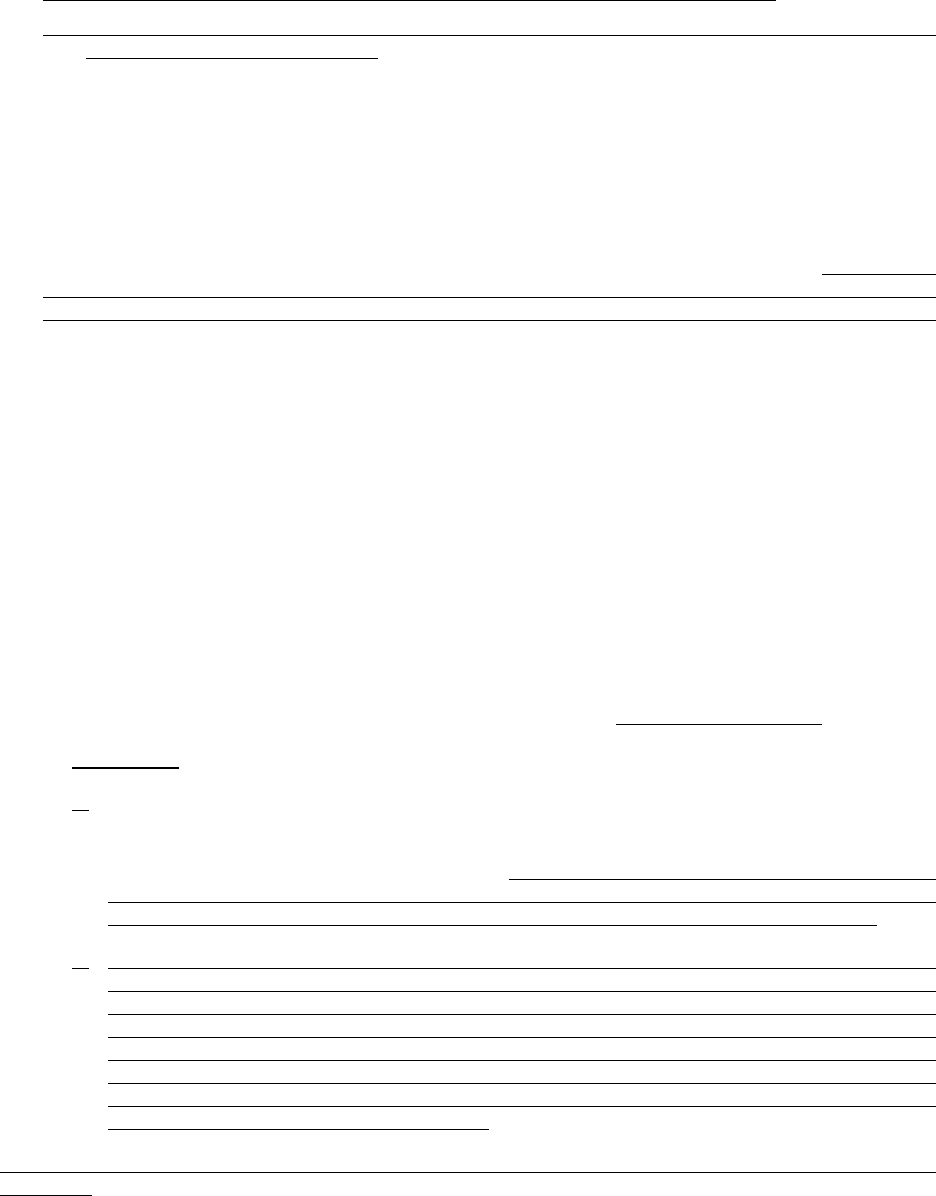
2021 International Building-Related Codes
Page 49 of 141
5. Initial readings to confirm the ambient sound level in each area shall be taken.
6. The fire alarm system shall be activated and readings in the tested areas shall be retaken and
compared with the requirements.
Section [F] 907.5.2.2, Emergency voice/alarm communication systems, is amended to read as follows:
[F] 907.5.2.2 Emergency voice/alarm communication systems. Emergency voice/alarm
communication systems required by this code shall be designed and installed in accordance with
NFPA 72. The operation of any automatic fire detector, sprinkler waterflow device or manual fire alarm
box shall automatically sound an alert tone followed by voice instructions giving approved information
and directions for a general or staged evacuation in accordance with the building's fire safety and
evacuation plans required by Section 404 of the International Fire Code. In high-rise buildings, the
system shall operate on at least the alarming floor, the floor above and the floor below. If the system
is not reset after five minutes, the building shall sound the general evacuation signal and message in
all zones unless an alternative Positive Alarm Sequence has been approved by the Fire Marshal.
Speakers shall be provided throughout the building by paging zones. At a minimum, paging zones
shall be provided as follows:
1. Elevator groups.
2. Interior exit stairways.
3. Each floor.
4. Areas of refuge as defined in Chapter 2.
Exception: In Group I-1 and I-2 occupancies, the alarm shall sound in a constantly attended area
and a general occupant notification shall be broadcast over the overhead page.
Section [F] 907.5.2.2.4, Emergency voice/alarm communication captions, is repealed in its entirety.
Section [F] 907.5.5.2.3.1, Public use areas and common use areas, is amended to read as follows:
[F] 907.5.2.3.1. Public use areas and common use areas. Visible alarm notification appliances
shall be provided in public use areas and common use areas as defined in Chapter 2.
Exceptions:
1. Where employee work areas have audible alarm coverage, the notification appliance circuits
serving the employee work areas shall be initially designed with not less than 20-percent spare
capacity to account for the potential of adding visible notification appliances in the future to
accommodate hearing-impaired employee(s). For the purpose of this code, cold storage areas
(e.g., walk-in coolers and freezers), mechanical and/or electrical rooms, main distribution, and
intermediate distribution frame (MDF/IDF) rooms are considered employee work areas.
2. Visible notification appliances are not required in storage rooms or closets with an area of less
than one hundred (100) square feet (9.29 square meters), except for clean or soiled utility and
clean or soiled linen rooms in Institutional Group I occupancies. NOTE: this exception does
not apply to requirements set forth by entities other than the City of San Antonio (e.g., Texas
Department of Licensing and Regulation enforcing the requirements of the Texas Accessibility
Standards, Texas Department of State Health Services enforcing licensing of health care
facilities in the State of Texas, or the Joint Commission, formerly the Joint Commission on
Accreditation of Healthcare Organizations).
Section [F] 907.5.2.3.3.1, Wired equipment, is amended by adding items 4 and 5 and all other text to remain
as written:
[F] 907.5.2.3.3.1 Wired equipment. Where wired equipment is used to comply with the future
capability required by Section 907.5.2.3.3, the system shall include one of the following capabilities:
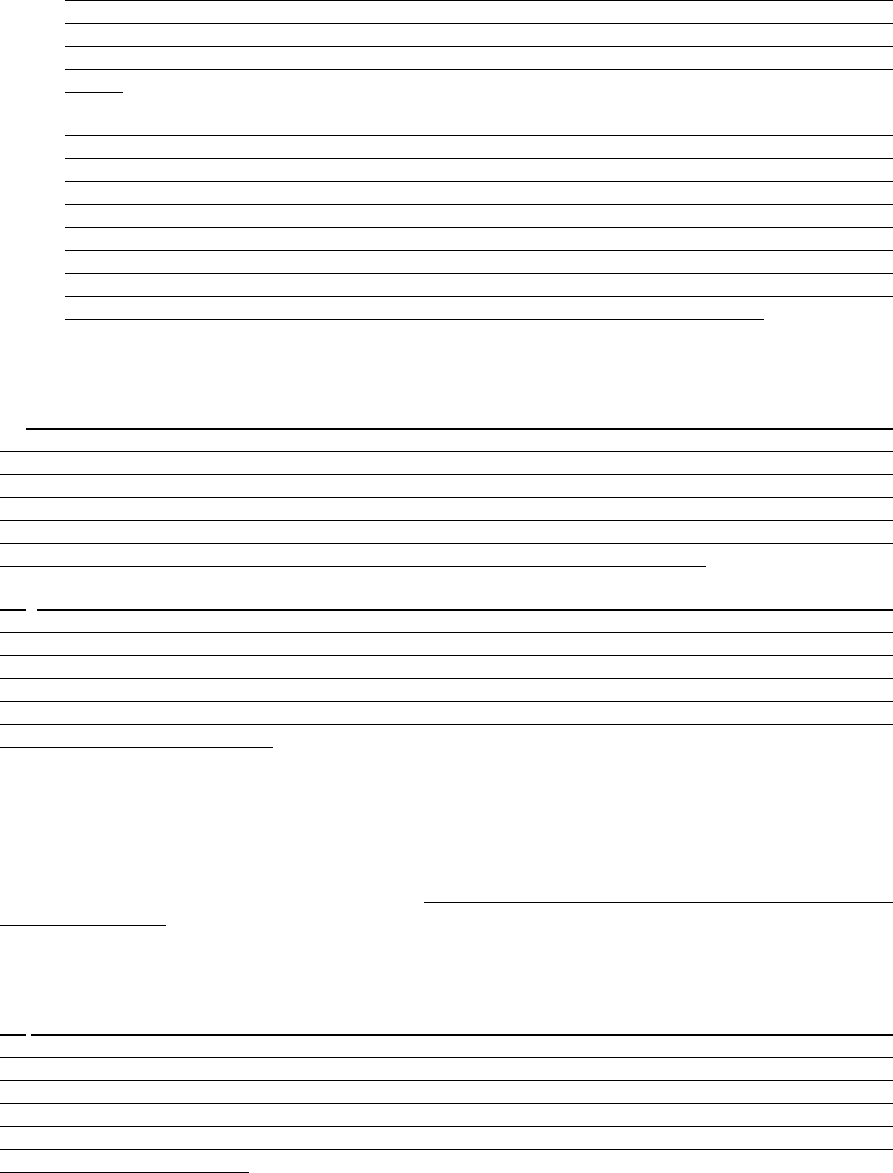
2021 International Building-Related Codes
Page 50 of 141
4. Extension of the fire alarm wiring to all living areas, restrooms, and sleeping areas of all
dwelling units. The wiring must terminate in an electrical box suitable for securely mounting an
audible/visible appliance. The fire alarm system shop drawings required by Section 907.1.2
shall include the power supply and circuit documentation to accommodate the extension of the
wiring.
5. Where 200 percent of the visual alarms required in Table 907.5.2.3.2 for Groups I-1 and R-1
occupancies are provided in selected dwelling units, the selection of the dwelling units to be so
equipped shall be at the discretion of the facility owner. Any dwelling units required to be
equipped with audible/visual appliances to provide accessibility in accordance with Department
of Housing and Urban Development rules, Americans with Disabilities Act Accessibility
Guidelines or Texas Accessibility Standards are permitted to be included in the 200 percent
total. The use of this exception requires the facility owner to sign and return the notarized
SAFD Form 6007 (Letter of Understanding), which may be obtained from the San Antonio Fire
Department Fire Prevention Division or the Development Services Department.
Section [F] 907.5.2.3, Visible alarms, is amended by adding a Subsection [F] 907.5.2.3.4, Group R-2
sleeping areas, and Section [F] 907.5.2.3.5, Combination devices, to read as follows:
[F] 907.5.2.3.4 Group R-2 sleeping areas. Living rooms in Group R-2 occupancies shall have audible
notification appliances that meet the sleeping area audible requirements of NFPA 72, Chapter 18,
Section 18.4.5, Subsection 18.4.5.1. When such units are required to be equipped with visible
notification for the hearing impaired or when such units are designated as accessible in accordance
with ICC/ANSI A117.1, combination audible and visible notification appliances that meet both the
sleeping area audible requirements of NFPA 72, Chapter 18, Section 18.4.5, Subsection 18.4.5.1 and
the effective intensity settings of NFPA 72, Chapter 18.5.5.7.2 shall be installed.
[F] 907.5.2.3.5 Combination devices. Combination 120 VAC single or multiple-station smoke
detectors with an onboard visible notification appliance if utilized to meet the requirements of Section
907.2.11, will not be given credit for meeting the visible alarm notification requirements of Section
907.5.2.3.3 if these devices do not have the capability of supplying backup power for the visible
notification appliance portion of the device. Should such devices be utilized to comply with Section
907.2.11, the visible appliance side of the device shall flash in synchronization with the notification
appliances required in the unit.
Section [F] 907.6.3, Initiating device identification, is amended to read as follows with exceptions to remain
as written:
[F] 907.6.3 Initiating device identification. The fire alarm system shall identify the specific initiating
device address, location, device type, floor level where applicable and status including indication of
normal, alarm, trouble, and supervisory status, to the fire alarm panel, annunciator panel and to the
supervising station as appropriate.
SECTION 907, FIRE ALARM AND DETECTION SYSTEMS, is amended by adding Section [F] 907.9,
Alarm signal silencing switch, to read as follows:
[F] 907.9 Alarm signal silencing switch. A switch for silencing the alarm signal sounding appliances
shall be permitted only if it is key operated, located within a locked cabinet or requires special
knowledge. Such a switch shall be permitted only if visible zone alarm indication or equivalent has
been provided by approved annunciation, printout, or other approved means, and subsequent alarms
on other initiating devices circuits will cause the audible alarm signaling appliances to resound. A
switch that is left in the "silence" position when there is no alarm shall operate trouble signals until the
switch is restored to normal.
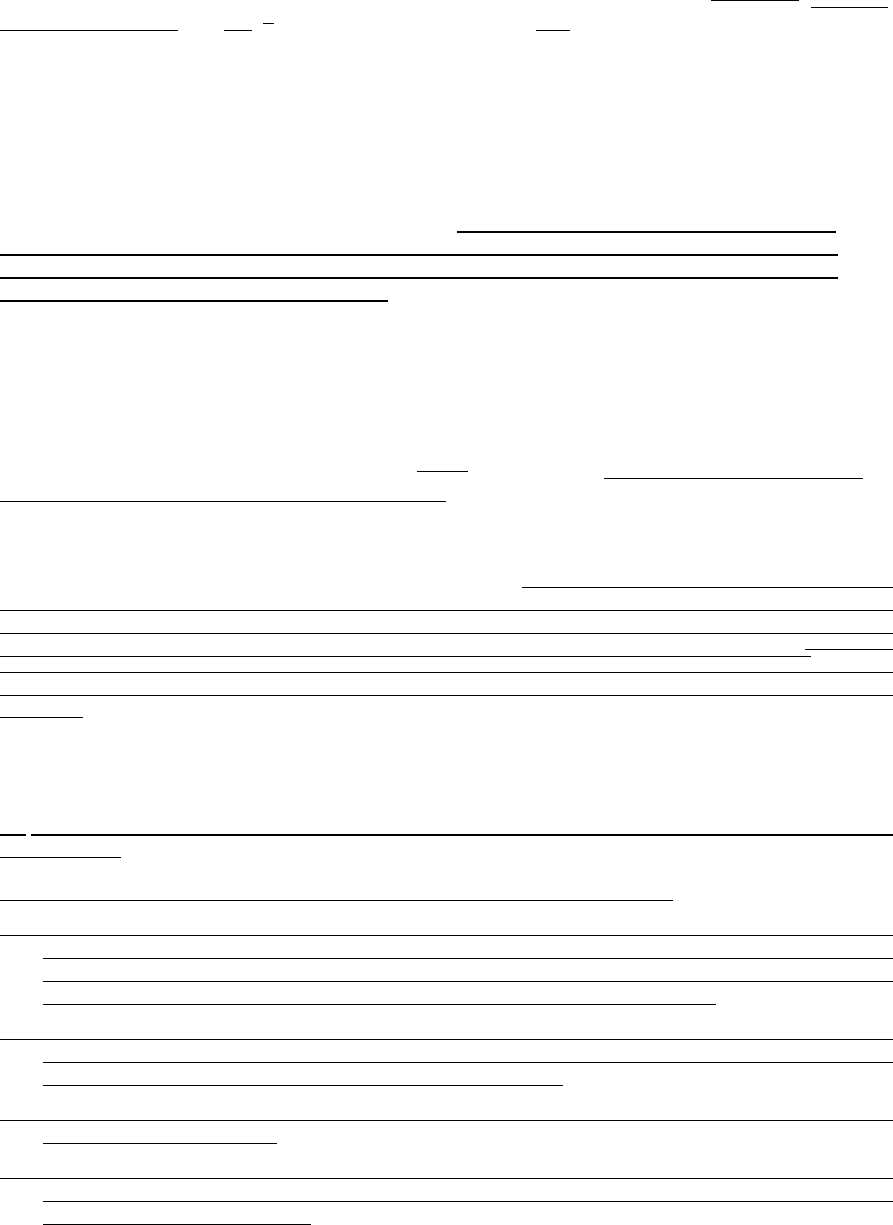
2021 International Building-Related Codes
Page 51 of 141
Section [F] 908.3, Fire alarm system interface, is hereby amended to read as follows:
[F] 908.3 Fire alarm system interface. Where an emergency alarm system is [interfaced] provided,
it shall be interfaced with the [a] building’s fire alarm system, and the signal produced at the fire alarm
control unit shall be a supervisory signal.
Section [F] 912.2.1, Visible location, is amended by adding the following sentence to the end of that section
to read as follows:
[F] 912.2.1 Visible location. Fire department connections shall be located on the street side of
buildings or facing approved fire apparatus access roads, fully visible and recognizable from
the street, fire apparatus access road or nearest point of fire department vehicle access or
as otherwise approved by the fire code official. The fire department connection shall be
identified by a sign installed above the connection with the letters “FDC” not less than 6
inches high and mounted no lower than 7 feet from grade to the bottom edge of the sign
unless approved by the fire code official.
Section [F] 912.2.2, Existing buildings, is amended to read as follows:
[F] 912.2.2 Existing buildings. On existing buildings, wherever the fire department connection is
not visible to approaching fire apparatus, the fire department connection shall be indicated by
an approved sign mounted on the street front or on the side of the building. Such sign shall have the
letters “FDC” not less than 6 inches (152 mm) high and words in letters not less than 2 inches (51
mm) high or an arrow to indicate the location. [Such] Signs shall be mounted no lower than 7 feet
from grade to the bottom edge of the sign and are subject to the approval of the fire code official.
Section [F] 912.4.1, Locking fire department connection caps, is amended to read as follows:
[F] 912.4.1 Locking fire department connection caps. Fire department connection(s) shall have
locking caps in the following areas/occupancies: the area described in Section 11-37 of the city's fire
code; Group A, E, I occupancies; high-rise buildings; any other location that the fire code official
determines that a locking cap would be necessary and/or beneficial for firefighting needs. [The fire
code official is authorized to require locking caps on fire department connections for water-based fire
protection systems where the responding fire department carries appropriate key wrenches for
removal.]
SECTION [F] 912, FIRE DEPARTMENT CONNECTIONS, is amended by adding Section [F] 912.7,
Location and type, as follows:
[F] 912.7 Location and type. Sprinkler system and standpipe fire department hose connections shall
be as follows:
1. Within 40 feet of a public street, approved fire lane, or access roadway.
2. Within 250 feet of an approved fire hydrant measured per hose lay criteria in Chapter 11 of the
City Code, Section 11-40, Section 507.5.1.2, except for R-2 apartments in which the fire
department connection shall be within 500 feet of an approved fire hydrant measured per hose
lay criteria in Chapter 11 of the City Code, Section 11-40, Section 507.5.1.2.
3. Minimum of two feet above finished grade and a maximum of four feet above finished grade for
standard inlets and minimum of 30 inches at lowest point above finished grade and maximum of
four feet above finished grade for the five inch "Storz" inlet.
4. Freestanding FDCs shall be installed a minimum of one foot and a maximum of seven feet from
the gutter face of the curb.
5. The Fire Code Official shall approve the location of freestanding fire department connections.
Freestanding FDCs must be physically protected against impact per the requirements of Section
312 or other approved means.
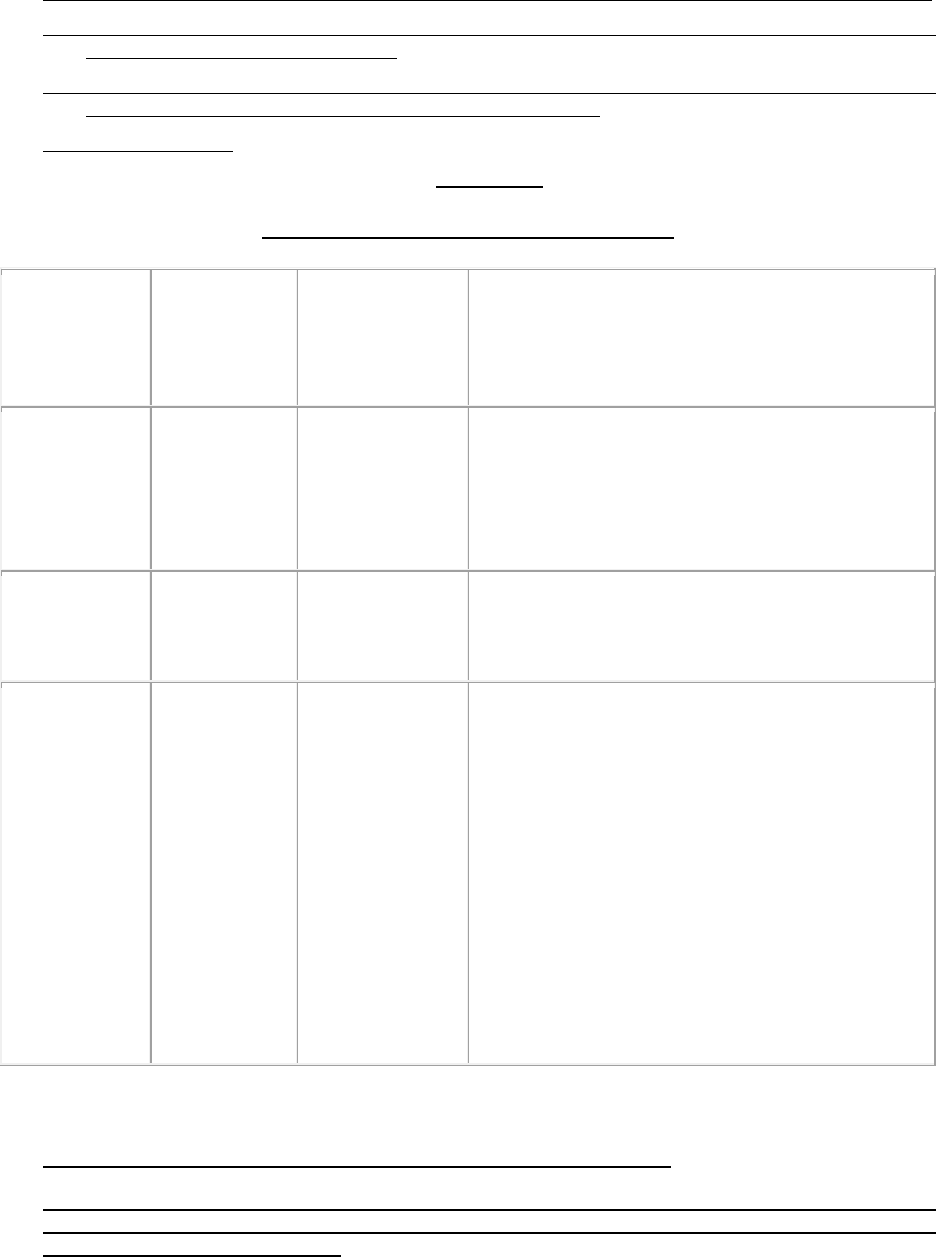
2021 International Building-Related Codes
Page 52 of 141
6. Where provided, the five inch "Storz" inlet shall be installed at a 30-degree angle pointing down.
7. Fire department connections for H occupancies shall be freestanding, remote and located as
determined by the fire code official.
8. Fire department connections for systems protecting fuel storage tanks shall be freestanding,
remote and located as determined by the fire code official.
9. See Table 912.7
Table 912.7
FDC Connections required by System Type
Sprinkler
Systems
Wet
Dry
Either a 5 Inch
Storz inlet or
(2) 2 ½ Inch
inlets
Standpipes:
Automatic Wet
Automatic Dry
Semiautomatic
Dry
Either a 5 Inch
Storz inlet or (2)
2
½ Inch inlets
Standpipes:
Manual Wet
Manual Dry
A 5 Inch Storz inlet for the first 1000 gallons
system demand and an additional 2 ½ inlet for
every 250-gallon demand or portion thereof
Standpipes:
All Highrise
Two fire department connections shall be provided
for each zone, located either on opposite corners
of the building where fire department apparatus
access is provided or, where not possible,
physically separated to the greatest extent possible
for the following:
1. High-rise buildings
2. Buildings or multiple attached
buildings exceeding 900 ft (274.3
m) perimeter distance
Per 2019 NFPA 14 7.12.2.2
There shall be no more than one Storz connection in any configuration.
*One (1) 2.5-inch inlet is required for all systems designed per NFPA 13R. If the system demand is
greater than 250 GPM, two (2) 2.5-inch inlets are required to be installed. No FDC is required for
projects designed per NFPA 13D.
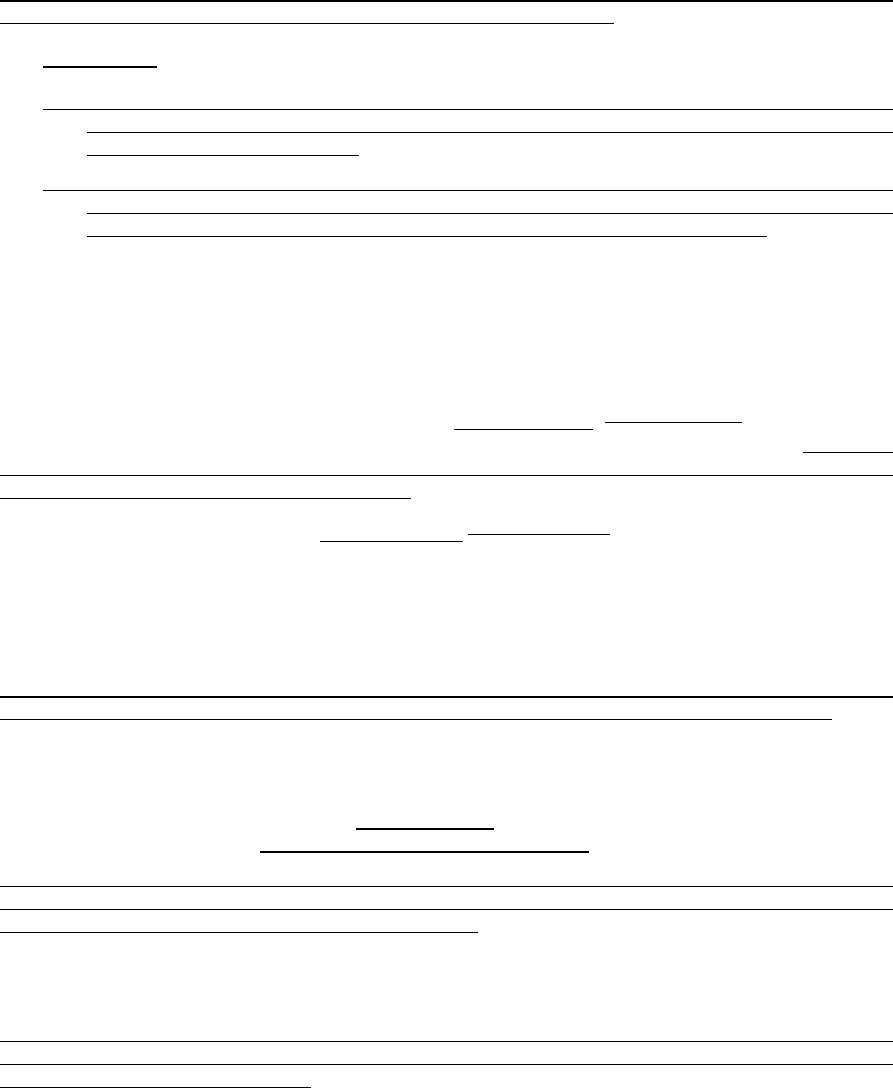
2021 International Building-Related Codes
Page 53 of 141
Section 1003, GENERAL MEANS OF EGRESS, is amended by adding the Section [F] 1003.8, Special
provisions, as follows:
[F] 1003.8 Special provisions. Rooms in E occupancies used for kindergarten or daycare classified
as an E occupancy shall not be located above or below the first story.
Exceptions:
1. Basements or stories having floor levels located within four feet, measured vertically, from
adjacent ground level at the level of exit discharge, provided the basement or story has
exterior exit doors at that level.
2. In buildings equipped with an automatic sprinkler system throughout, rooms used for
kindergarten or for daycare purposes may be located on the second story, provided there
are at least two exterior exit doors for the exclusive use of such occupancies.
Section 1004.5, Areas without fixed seating, is amended by adding a sentence to the end of the main body
of the section to read as follows:
1004.5 Areas without fixed seating. The number of occupants shall be computed at the rate of one
occupant per unit of area as prescribed in Table 1004.5. For areas without fixed seating, the occupant
load shall not be less than that number determined by dividing the floor area under consideration by
the occupant load factor assigned to the function of the space as set forth in Table 1004.5. Where an
intended function is not listed in Table 1004.5, the Building Official [building official] shall establish a
function based on a listed function that most nearly resembles the intended function. When the
calculated number is not a whole number, it is required to round up to the next whole number for
determination of the occupant load of a space.
Exception: Where approved by the Building Official, [building official] the actual number of occupants
for whom each occupied space, floor or building is designed, although less than those determined by
calculation, shall be permitted to be used in the determination of the design occupant load.
Section 1008.3, Emergency power for illumination, is amended by adding Section 1008.3.6, Illumination in
Group E occupancies, to read as follows:
1008.3.6 Illumination in Group E occupancies. Group E occupancies shall have emergency lighting
in interior stairs, corridors, windowless areas with student occupancy, shops, and laboratories.
SECTION 1009, ACCESSIBLE MEANS OF EGRESS, is repealed and replaced with a new SECTION 1009
to read as follows:
SECTION 1009
ACCESSIBLE MEANS OF EGRESS
All buildings or portions of buildings must comply with the accessibility standards adopted by the State.
Projects shall be submitted to the Texas Department of Licensing and Regulation for review,
inspection, and approval in accordance with state law.
SECTION 1025.1, LUMINOUS EGRESS PATH MARKINGS, is amended by adding Exception #2, to read
as follows:
Exception 2. Luminous egress path markings shall not be required where integral battery backup
lighting is installed within an interior exit stairway and is capable of indicating a failure and relaying that
notification to a supervised system.
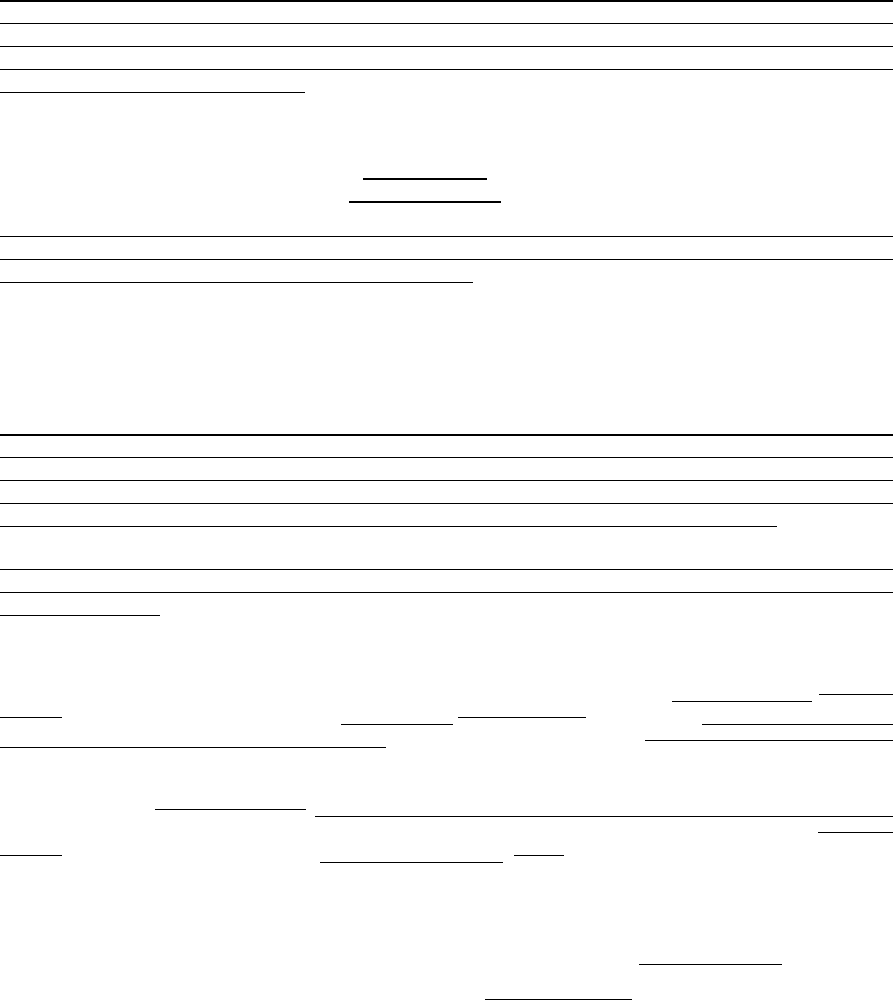
2021 International Building-Related Codes
Page 54 of 141
SECTION 1027, EXTERIOR EXIT STAIRWAYS AND RAMPS, is amended by adding Section 1027.7,
Exterior fire escape, to read as follows:
1027.7 Exterior fire escape. Any existing fire escape which is deemed to be an adequate fire escape
under the laws of the state or under the provisions of the city fire prevention regulations shall be
deemed an adequate means of egress for emergency use, as required by this chapter, and the number
of existing exterior fire escapes shall be provided to comply with the fire escape law of the state and
the city fire prevention regulations.
CHAPTER 11, ACCESSIBILITY, is repealed and replaced with a new CHAPTER 11 to read as follows:
CHAPTER 11
ACCESSIBILITY
All buildings or portions of buildings must comply with the accessibility standards adopted by the state.
Projects shall be submitted to the Texas Department of Licensing and Regulation for review,
inspection, and approval in accordance with state law.
Section 1207, ENHANCED CLASSROOM ACOUSTICS, is deleted in its entirety.
Section 1502.4, Gutters, is amended by adding Section 1502.4.1, Zero lot line development, and Section
1502.4.2, Projections, to read as follows:
1502.4.1 Zero lot line development. On zero lot line development where roof projections are allowed
by deed covenant or ingress/egress easements and the roof slopes towards the adjoining property,
adequate gutters and downspouts shall be provided to direct roof water away from adjacent property.
Roof projections shall not extend beyond a point one third the width of the easement or a maximum of
24 inches (610 mm). If there is no slope towards zero lot line, gutters are not necessary.
1502.4.2 Projections. Any Group R or Group U occupancy with roof edges less than three feet (914
mm) to any property line shall be provided with gutters and downspouts to direct roof water away from
adjacent property.
Section 1704.2, Special inspections, and tests, is amended to read as follows:
1704.2 Special inspections and tests. Where application is made to the Building Official [building
official] for construction as specified in Section 10-6 [ Section 105], the owner or the registered design
professional in responsible charge acting as the owner's authorized agent [, other than the contractor,]
shall employ one or more approved agencies to provide special inspections and tests during
construction on the types of work specified in Section 1705 and identify the approved agencies to the
Building Official. [building official.] The special inspector shall not be employed by the contractor.
These special inspections and tests are in addition to the inspections by the Building Official [building
official] that are identified in Section 10-11 of this chapter. [110.]
Exceptions:
1. Special inspections and tests are not required for construction of a minor nature or as warranted
by conditions in the jurisdiction as approved by the Building Official [building official]
2. Unless otherwise required by the Building Official [building official], special inspections and tests
are not required for Group U occupancies that are accessory to a residential occupancy including,
but not limited to, those listed in Section 312.1.
3. Special inspections and tests are not required for portions of structures designed and constructed
in accordance with the cold-formed steel light-frame construction provisions of Section 2211.1.2
or the conventional light-frame construction provisions of Section 2308.
4. The contractor is permitted to employ the approved agencies where the contractor is also the
owner.

2021 International Building-Related Codes
Page 55 of 141
Section 1704.2.1, Special inspector qualifications, is amended to read as follows:
1704.2.1 Special inspector qualifications. Prior to the start of the construction and upon request,
the approved agencies shall provide written documentation to the Building Official [building official]
demonstrating the competence and relevant experience or training of the special inspectors who will
perform the special inspections and tests during construction. Experience or training shall be
considered relevant where the documented experience or training is related in complexity to the same
type of special inspection or testing activities for projects of similar complexity and material qualities.
These qualifications are in addition to qualifications specified in other section of this code.
The registered design professional in responsible charge and engineers of record involved in the
design of the project are permitted to act as the approved agency and their personnel are permitted to
act as the special inspectors for the work designed by them, provided they qualify as special
inspectors.
Section 1704.2.4, Report requirement, is amended to read as follows:
1704.2.4 Report requirement. Approved agencies shall keep records of special inspections and tests.
The approved agency shall submit reports of special inspections and tests to the Building Official upon
request, [building official] and to the registered design professional in responsible charge. Individual
inspection reports [Reports] shall indicate that work inspected or tested was or was not completed in
conformance to approved construction documents. Discrepancies shall be brought to the immediate
attention of the contractor for correction. If they are not corrected, the discrepancies shall be brought
to the attention of the Building Official [building official] and to the registered design professional in
responsible charge prior to completion of that phase of the work. A final report written by the registered
design professional in responsible charge documenting all of the required special inspections and
tests, the special inspectors, and the corrective action taken for [and correction of] any discrepancies
noted in the inspections and [or] tests, shall be submitted [at a point in time agreed upon prior to the
start of work] by the owner or the owner's authorized agent to [the building official .] the Building Official
prior to the Building Official issuing the certificate of occupancy or temporary certificate of occupancy.
Section 1704.2.5.1, Fabricator approval, is amended to read as follows:
1704.2.5.1 Fabricator approval. Special inspections during fabrication required by Section 1704 are
not required where the work is done on the premises of a fabricator that is enrolled in a nationally
accepted inspections program acceptable to the registered design professional in responsible charge.
[approved to perform such work without special inspection. Approval shall be based upon review of
the fabricator's written fabrication procedures and quality control manuals that provide a basis for
control of materials and workmanship, with periodic auditing of fabrication and quality control practices
by an approved agency or the building official.] At completion of fabrication, the acceptable [ approved]
fabricator shall submit a certificate of compliance to the owner and the registered design professional
in responsible charge. [or the owner's authorized agent for submittal to the Building Official as specified
in Section 1704.5 stating that the work was performed in accordance with the approved construction
documents.] The certificate of compliance shall state that the work was performed in accordance with
the approved construction documents. The certificate of compliance shall also be made available to
the Building Official upon request.
SECTION 2109, EMPIRICAL DESIGN OF ADOBE MASONRY, is amended to read as follows; All other
code text remains as is:
SECTION 2109
EMPIRICAL DESIGN OF [ADOBE MASONRY] EARTHEN WALL SYSTEMS
2109.1 General. Empirically designed [adobe masonry] earthen wall systems shall conform to the
requirements of Appendix A of TMS 402, except where otherwise noted in this section.
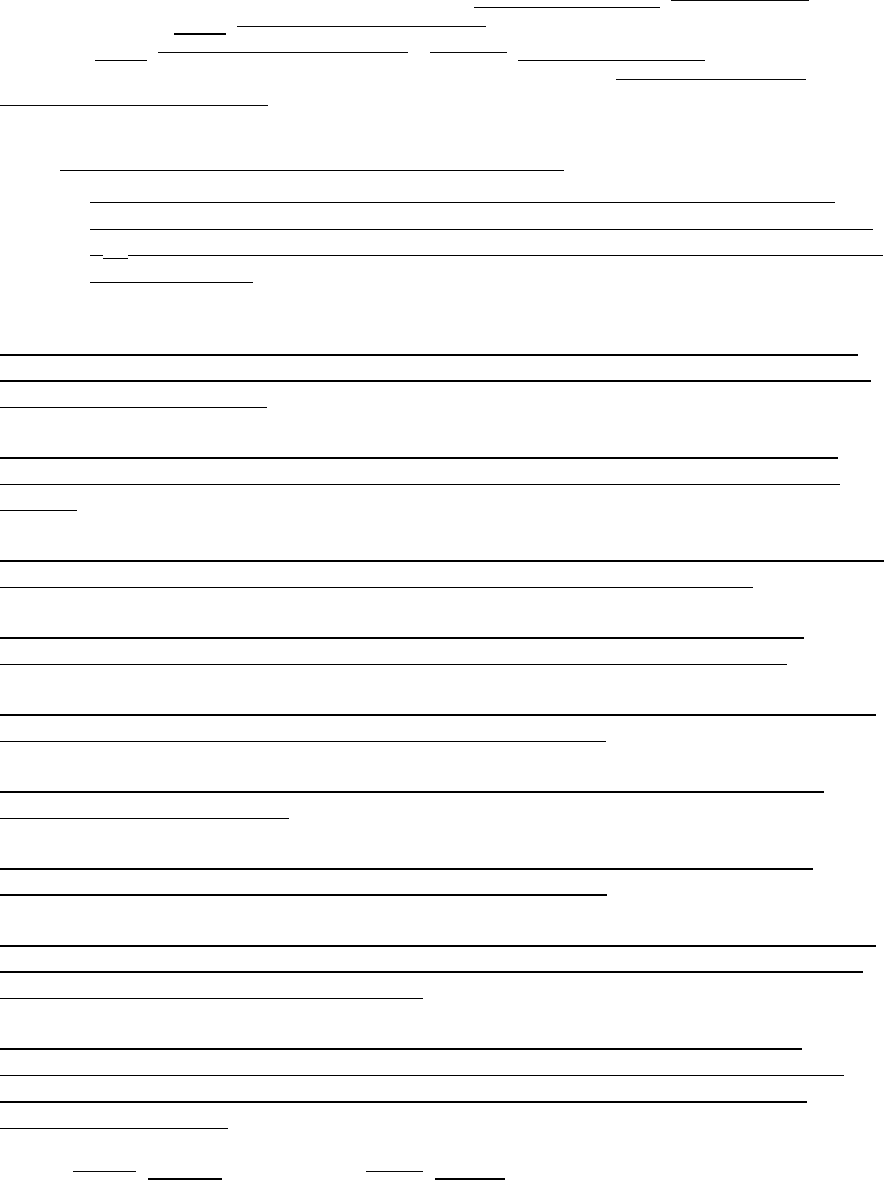
2021 International Building-Related Codes
Page 56 of 141
2109.1.1 Limitations. The use of empirical design of earthen wall systems [adobe masonry] shall
be limited as noted below [in Section A.1.2 of TMS 402]. In buildings that exceed one or more of the
limitations below [of Section A.1.2 of TMS 402], [masonry] earthen wall systems shall be designed in
accordance with the engineered design provisions of Section 2101.2 [or the foundation wall
provisions of Section 1807.1.5].
[Section A.1.2.2. of TMS 402 shall be modified as follows:
A.1.2.2-Wind. Empirical requirements shall not apply to the design or construction of
masonry for buildings, parts of buildings, or other structures to be located in areas where
V
asd
as determined in accordance with Section 1609.3.1 of the International Building Code
exceeds 110 mph.]
2109.1.1.1 Gravity Loads. The resultant of gravity loads shall be placed within the center third of
the wall thickness and within the central area bounded by lines at one-third of each cross-sectional
dimension of foundation piers.
2109.1.1.2 Seismic. Empirically designed earthen wall systems are not permitted for buildings,
parts of buildings or other structures in Seismic Design Categories B, C, D, E or F as defined in
ASCE 7.
2109.1.1.3 Wind. Empirically designed earthen wall systems are not permitted for buildings, parts of
buildings or other structures where the basic wind speed exceeds 115 mph (51 mps).
2109.1.1.4 Risk category. Empirically designed earthen wall systems are not permitted for
buildings, parts of buildings or other structures in Risk Category IV as defined in ASCE 7.
2109.1.1.5 Other horizontal loads. Empirical requirements shall not apply to earthen wall systems
resisting horizontal loads other than permitted wind or seismic loads.
2109.1.1.6 Support. Empirical requirements shall not apply to earthen wall systems vertically
supported on wood construction.
2109.1.1.7 Below grade. Earthen construction shall not be permitted for use in foundations,
footings, retaining walls or in any building element at or below grade.
2109.1.1.8 Height and area. Empirically designed earthen construction shall be limited to buildings
or parts of buildings with a braced wall height not exceeding 9 feet (2.74 m) and an enclosed area
less than or equal to 1600 square feet (150 m
2
).
Exception: For buildings of empirically designed earthen construction when designed by a
registered design professional, wall height limitation shall be increased to a maximum of 35 feet
(10.6 m) as measured from the average specified finish grade adjacent to the wall and area
limitations shall not apply.
2109.2 [Adobe] Earthen construction. [Adobe] Earthen construction shall comply with this section
and shall be subject to the requirements of this code for Type V construction, Appendix A of TMS
402 and this section.
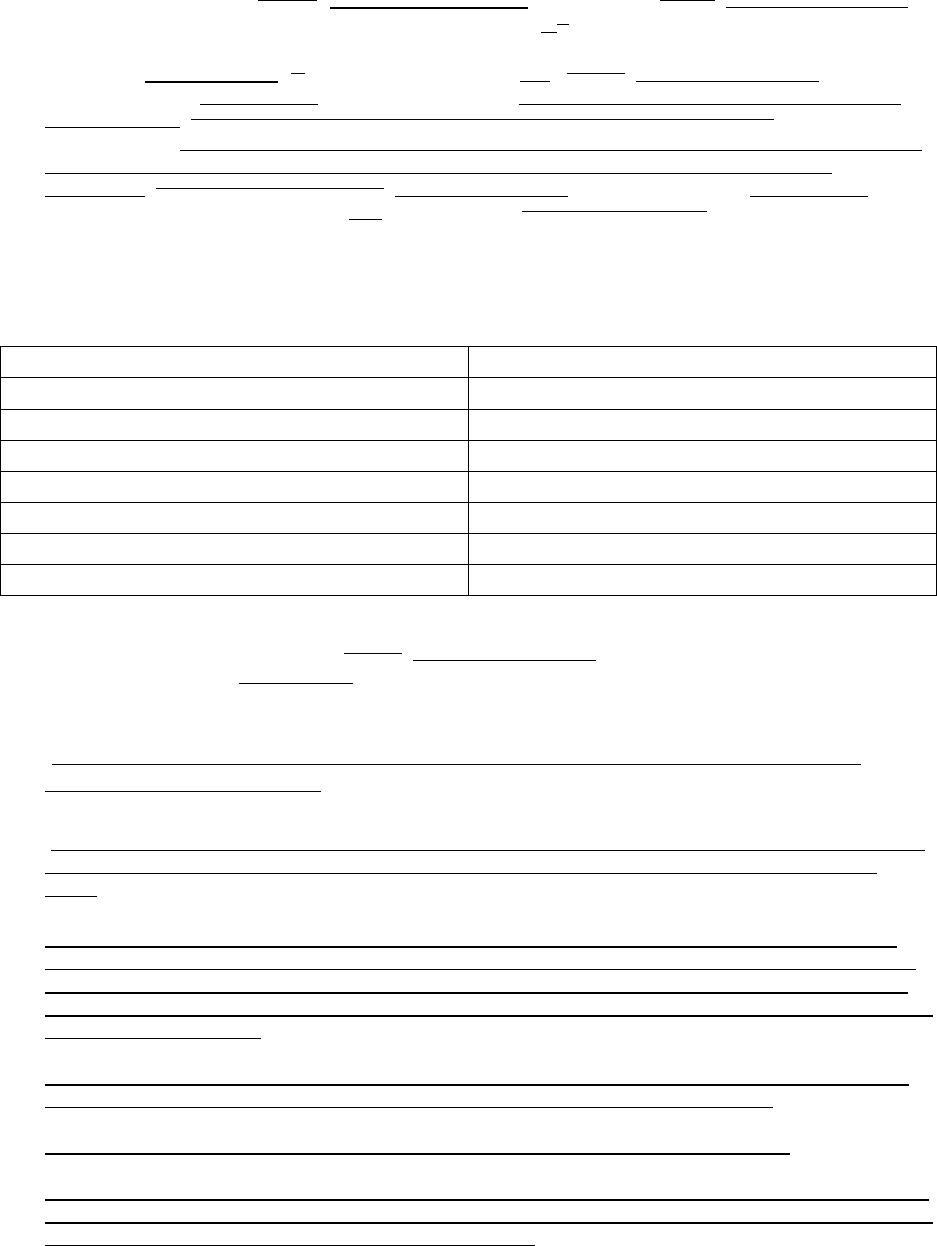
2021 International Building-Related Codes
Page 57 of 141
2109.2.1 Unstabilized [adobe] earthen construction. Unstabilized [adobe] earthen construction
shall comply with Sections 2109.2.1.1 through 2109.2.1.5[4].
2109.2.1.1 Characteristic [C]compressive strength, f`
e
. [Adobe] Earthen construction units shall
have an average characteristic compressive strength as required by design but not less than 150
psi (1034 kPa). [of 300 psi (2068 kPa) when tested in accordance with ASTM C67.] Five samples
shall be tested in accordance with ASTM C67 and characteristic compressive strength for each unit
shall be determined by multiplying the result by the correction multiplier provided in Table
2109.2.1.1. [and individual unit are not] No individual unit is permitted to have a characteristic
compressive strength of less than 125 psi (862 kPa). [250 psi (1724] kPa)].
TABLE 2109.2.1.1
PRISM STRENGTH CORRECTION FOR CHARACTERISTIC COMPRESSIVE STRENGTH, f`
e
Test Unit Height to Least Width Ratio H/W
ASTM C67 Correction Multiplier
<=0.5
0.50
0.70
0.60
1
0.70
1.5
0.75
2
0.77
3
0.95
4
1.00
2109.2.1.2 Modulus of rupture. [Adobe] Earthen construction units shall have an average
modulus of rupture of not less than 50 psi (345 kPa) when tested in accordance with the following
procedure. Five samples shall be tested, and individual units shall not have a modulus of rupture of
less than 35 psi (241 kPa).
[2109.2.1.3 Moisture content requirements. Adobe units shall have a moisture content not
exceeding 4 percent by weight.]
[2109.2.1.4 Shrinkage cracks. Adobe units shall not contain more than three shrinkage cracks and
any single shrinkage crack shall not exceed 3 inches (76 mm) in length or 1/8 inch (3.2 mm) in
width.]
2109.2.1.3 Condition of units. Adobe masonry and compressed earth block units used in load-
bearing construction shall be whole and sound and not more than 10% of the bearing surface shall
be missing or chipped. The basic unit competence of any questionable units shall be assessed by
the ability to be dropped to a hard level surface from a height of not less than 24 in (609 mm) without
fracture or delamination.
2109.2.1.4 Organic matter. Organic matter present in soils used for earthen construction shall be
limited to not more than 5% as measured by AASHTO T267 Loss-on-Ignition Test.
Exception: Limits on organic matter content shall not apply to adobe masonry units.
2109.2.1.5 Soil acidity (pH). Prior to use in earthen construction, native soil acidity shall not be less
than pH 7.0 as measured by ASTM D4972. Soil pH less than 7.0 shall be treated by thorough mixing
with lime to raise pH to an acceptable level prior to use.
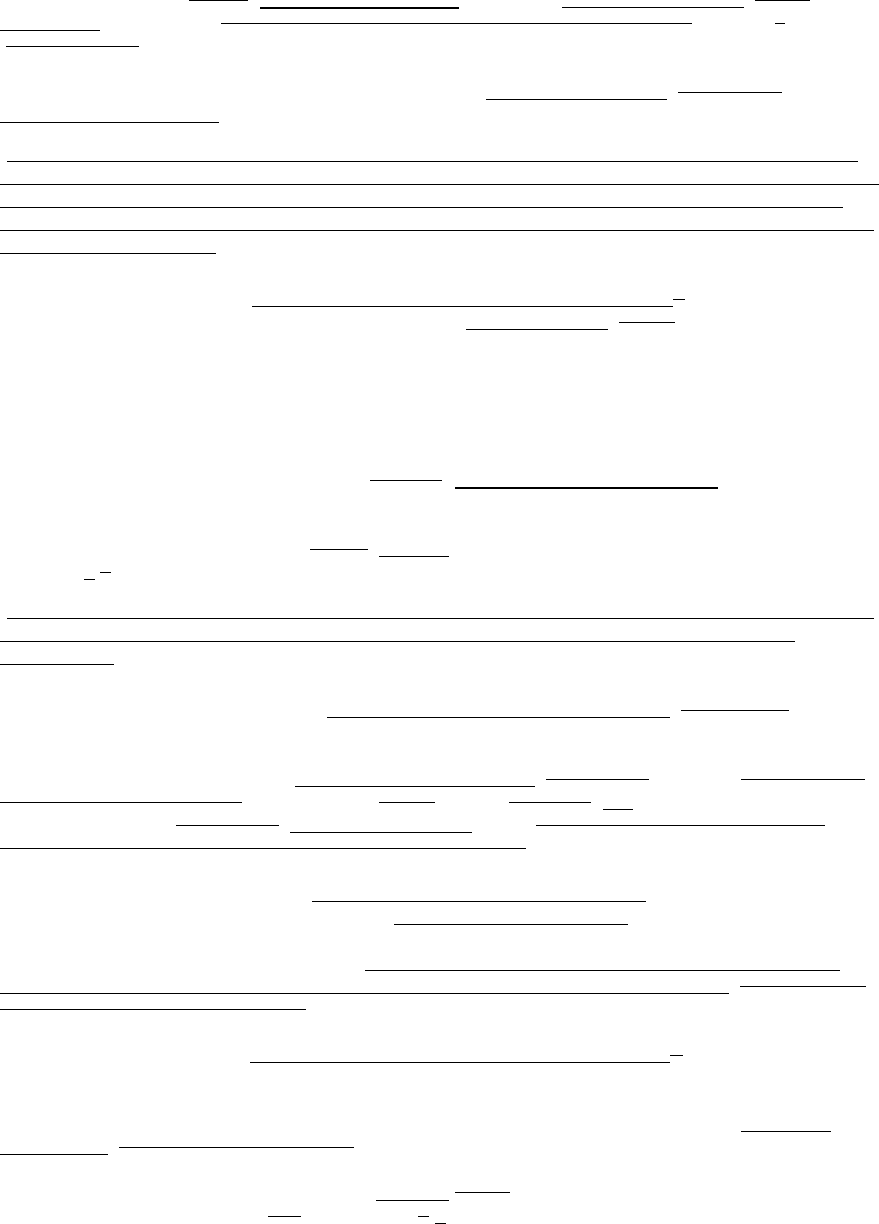
2021 International Building-Related Codes
Page 58 of 141
2109.2.2 Stabilized [adobe] earthen construction. Stabilized earthen construction [adobe] shall
additionally comply with [Section 2109.2.1 for unstabilized adobe in addition to] Section[s] 2109.2.2.1
[and 2109.2.2.2].
2109.2.2.1 Soil requirements. Soil used for stabilized earthen construction [adobe units] shall be
volumetrically stable and chemically compatible with the stabilizing material.
[2109.2.2.2 Absorption requirements. A 4-inch (102 mm) cube, cut from a stabilized adobe unit
dried to a constant weight in a ventilated oven at 212°F to 239°F (100°C to 115°C), shall not absorb
more than 2½ percent moisture by weight when placed on a constantly water-saturated, porous
surface for seven days. Not fewer than five specimens shall be tested, and each specimen shall be
cut from a separate unit.]
2109.2.3 Allowable stress. For empirically designed earthen construction, [T]the allowable
compressive stress on gross cross-sectional area of a unit or sample [adobe] shall not exceed 30 psi
(207 kPa).
Table 2109.2.3.1, ALLOWABLE SHEAR ON BOLTS IN ADOBE MASONRY, is amended to reflect changes
to the title. Unaltered sections of the Table remain in full force:
TABLE 2109.2.3.1
ALLOWABLE SHEAR ON BOLTS IN [ADOBE] EARTHEN CONSTRUCTION MASONRY
2109.2.4 Detailed requirements. [Adobe] Earthen construction shall comply with Sections
2109.2.4.2[1] through 2109.2.4.9.
[2109.2.4.1 Number of stories. Adobe construction shall be limited to buildings not exceeding one
story, except that two-story construction is allowed where designed by a registered design
professional.]
2109.2.4.2 Mortar. Mortar for adobe masonry and compressed earth blocks [construction] shall
comply with Sections 2109.2.4.2.1 and 2109.2.4.2.2.
2109.2.4.2.1 General. Mortar for use in earthen construction [adobe units] shall be [in accordance
with Section 2103.2.1 or be] composed of [adobe] soil of [the same] like composition and
stabilization as the [adobe brick] earthen construction units. [Unstabilized adobe soil mortar is
permitted in conjunction with unstabilized adobe brick units.]
2109.2.4.2.2 Mortar joints. Adobe masonry and compressed earth block units shall be laid with full
head and bed joints and in full running bond of minimum ¼ unit overlap.
2109.2.4.3 Parapet walls. Parapet walls shall be constructed of stabilized earthen construction
materials only. Parapet walls shall include flashing as described in Section 1404.4. [constructed of
adobe units shall be waterproofed.]
2109.2.4.4 Wall thickness. For empirically designed earthen construction, [T]the minimum
thickness of exterior walls in one-story buildings shall be 10 inches (254 mm). The walls shall be
laterally supported at intervals not exceeding 24 feet (7315 mm). The minimum thickness of interior
load-bearing walls shall be 8 inches (203 mm). The unsupported height of any wall of earthen
construction [constructed of adobe units] shall not exceed 10 times the thickness of such wall.
2109.2.4.5 Foundations. Foundations for earthen [adobe] construction shall be in accordance with
Section 2109.2.4.5.1 through [and] 2109.2.4.5.[2]5.
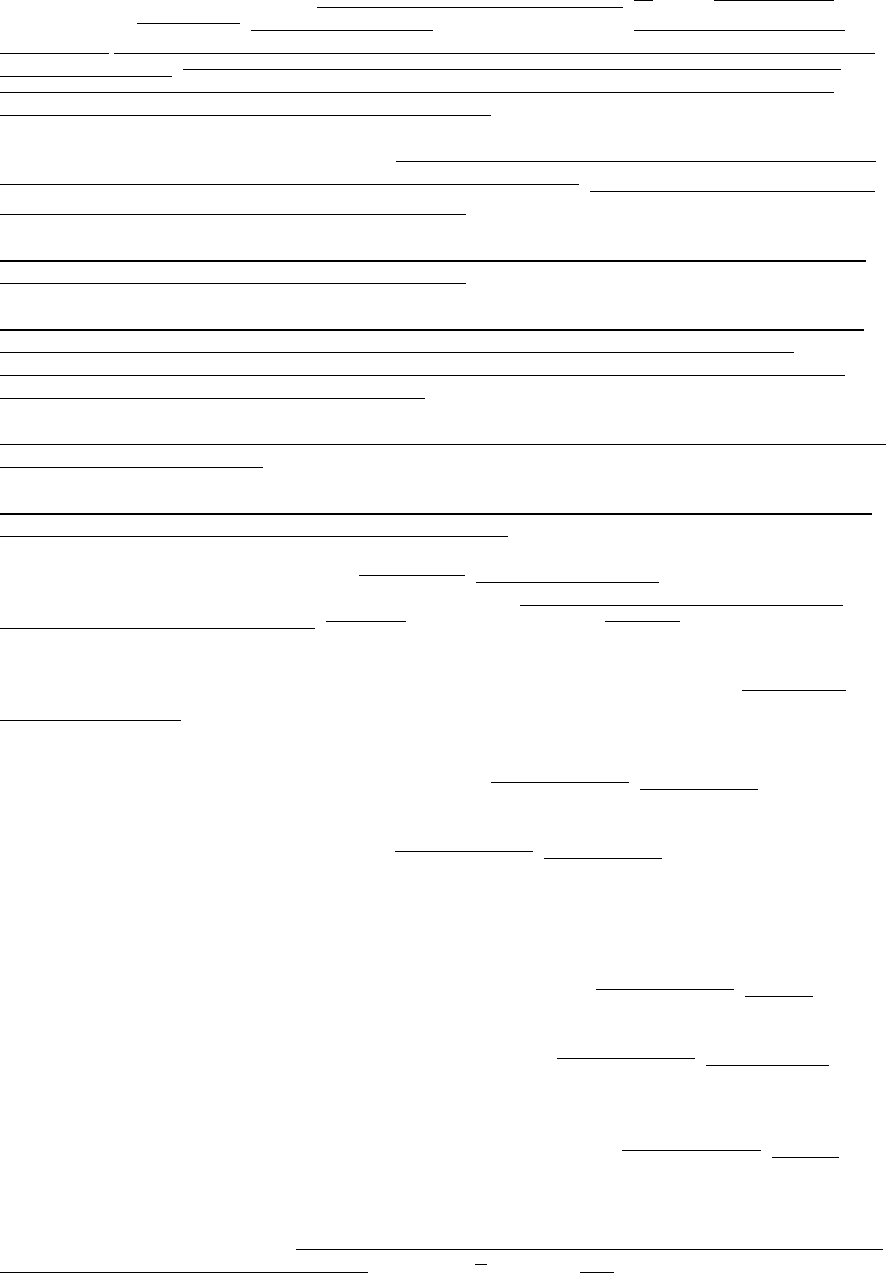
2021 International Building-Related Codes
Page 59 of 141
2109.2.4.5.1 Foundation support. Load bearing and nonload-bearing [W]walls [and partitions]
constructed of [adobe units] earthen construction shall be supported by continuous footings and
foundations. Width of foundation walls shall not be less than the width of earthen construction walls
which they support. [foundations or footings that extend not less than 6 inches (152 mm) above
adjacent ground surfaces and are constructed of solid masonry (excluding adobe) or concrete.
Footings and foundations shall comply with Chapter 18.]
2109.2.4.5.2 Lower course requirements. [Stabilized adobe units shall be used in adobe walls for
the first 4 inches (102 mm) above the finished first-floor elevation.] The lowest course of any wall of
unstabilized adobe masonry units shall be stabilized.
2109.2.4.5.3 Height above grade. Foundation walls for earthen construction shall extend not less
than 6 inches (152 mm) above adjacent finish grade.
2109.2.4.5.4 Damp-proofing. The lowest course of earthen construction shall be protected with a
continuous damp-proofing barrier applied directly to the full width of the bearing surface of
foundation walls. Maximum permeance of damp-proofing barrier shall be IBC Class I or II with a
perm moisture rating of not more than 0.5 perm.
Exception: Damp-proofing may be held back a maximum of ¾ inches (20mm) at interior surfaces of
walls not exposed to weather.
2109.2.4.5.5 Site Drainage. Grade surfaces adjacent to earthen wall systems shall be designed to
provide adequate flow of water away from the foundation.
2109.2.4.6 Isolated piers or columns. [Adobe units] Earthen construction shall not be used for
isolated piers or columns in a load-bearing capacity. Walls with a length less than the greater of
three (3) times the wall thickness or [less than] 24 inches (610 mm) [in length] shall be considered to
be isolated piers or columns.
2109.2.4.7 Tie beams. Exterior walls and interior load-bearing walls constructed of [adobe units]
earthen construction shall have a continuous tie beam at the level of the floor or roof bearing and
meeting the following requirements.
2109.2.4.8 Exterior finish. Exterior finishes applied to [adobe masonry] earthen walls shall be of
any type permitted by this section or Chapter 14, except were stated otherwise in this section.
2109.2.4.8.1 Where required. Unstabilized [adobe masonry] earthen walls shall receive a weather
protective exterior finish in accordance with Section 2109.2.4.8.
2109.2.4.8.2 Vapor permeance. Plaster and finish assemblies shall have a vapor permeance of not
less than 5 perms.
Exception: Insulation products applied to the exterior of stabilized [adobe masonry] earthen walls in
Climate Zones 2B, 3B, 4B and 5B shall not have a vapor permeance requirement.
2109.2.4.8.3 Plaster thickness and coats. Plaster applied to [adobe masonry] earthen walls shall
be not less than 7/8 inch (22 mm) and not greater than 2 inches (51 mm) thick. Plaster shall be
applied in not less than two coats.
2109.2.4.8.4 Plaster application. Where plaster is applied directly to [adobe masonry] earthen
walls, no intermediate membrane shall be used.
2109.2.4.8.5 Lath for plaster. Lath shall be provided for all plasters, except where not required
elsewhere in Section 2109.2.4.8. Where lathing is used as the method of plaster attachment, lathing
shall be of galvanized stucco netting with galvanized [F]fasteners that shall be corrosion resistant
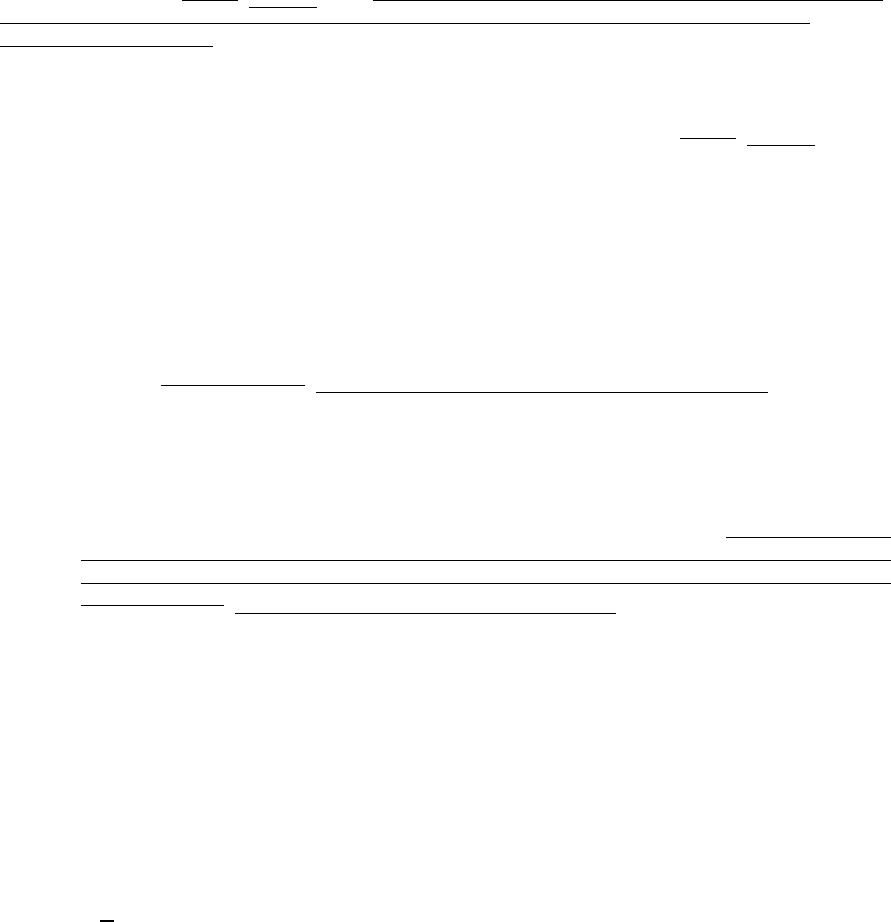
2021 International Building-Related Codes
Page 60 of 141
and spaced at a maximum of 16 inches (406 mm) on center with a minimum 1 ½-inch (38 mm)
penetration into the [adobe] earthen wall. [Metal lath shall comply with ASTM C1063, as modified by
this section, and shall be corrosion resistant. Plastic lath shall comply with ASTM C1788, as
modified by this section.] Wood substrates shall be protected with No. 15 asphalt felt, an approved
wood preservative or other protective coating prior to lath application.
2109.2.4.8.9.5 Conditions where lathing is not required. For unstabilized [adobe] earthen walls
finished with unstabilized clay plaster, lathing shall not be required.
Section 2092.1.1, Fixture calculations, Exception 2 is amended as follows, all other code text remains as
is:
Exceptions:
2. Where multiple-user facilities are designed to serve all genders, the minimum fixture count
shall be calculated 100 percent, based on total occupant load. In such multiple-user facilities,
each fixture type shall be in accordance with ICC A117.1 and each urinal that is provided
shall be [located in a stall] provided with walls and a door enclosing the fixture.
Section 2902.2, Separate facilities, Exception 6 is amended as follows, all other code text remains as is:
Exceptions:
6. Separate facilities shall not be required where rooms having both water closets and lavatory
fixtures are designed for use by both sexes and privacy for water closets [in accordance with
Section 405.3.4 of the International Plumbing Code. Urinals shall be located in an area
visually separated from the remainder of the facility or each urinal that is provided shall be
located in a stall] with walls and a door enclosing the fixtures.
Section 3114, PUBLIC USE RESTROOM BUILDINGS IN FLOOD HAZARD AREAS, is repealed in its
entirety.
Section 3115.3, Intermodal shipping containers, is repealed in its entirety.
Section 3306.7, Covered walkways, is amended by adding an exception "B" to read as follows:
3306.7 Covered walkways. Covered walkways shall have a clear height of not less than 8 feet (2438
mm) as measured from the floor surface to the canopy overhead. Adequate lighting shall be provided
at all times. Covered walkways shall be designed to support all imposed loads. The design live load
shall be not less than 150 psf (7.2 kN/m
2
) for the entire structure.
Exception A: Roofs and supporting structures of covered walkways for new, light-frame construction
not exceeding two stories above grade plane are permitted to be designed for a live load of 75 psf (3.6
kN/m
2
) or the loads imposed on them, whichever is greater. In lieu of such designs, the roof and
supporting structure of a covered walkway are permitted to be constructed as follows:
1. Footings shall be continuous 2-inch by 6-inch (51 mm by 152 mm) members.
2. Posts not less than 4 inches by 6 inches (102 mm by 152 mm) shall be provided on both sides of
the roof and spaced not more than 12 feet (3658 mm) on center.
3. Stringers not less than 4 inches by 12 inches (102 mm by 305 mm) shall be placed on edge upon
the posts.
4. Joists resting on the stringers shall be not less than 2 inches by 8 inches (51 mm by 203 mm)
and shall be spaced not more than 2 feet (610 mm) on center.
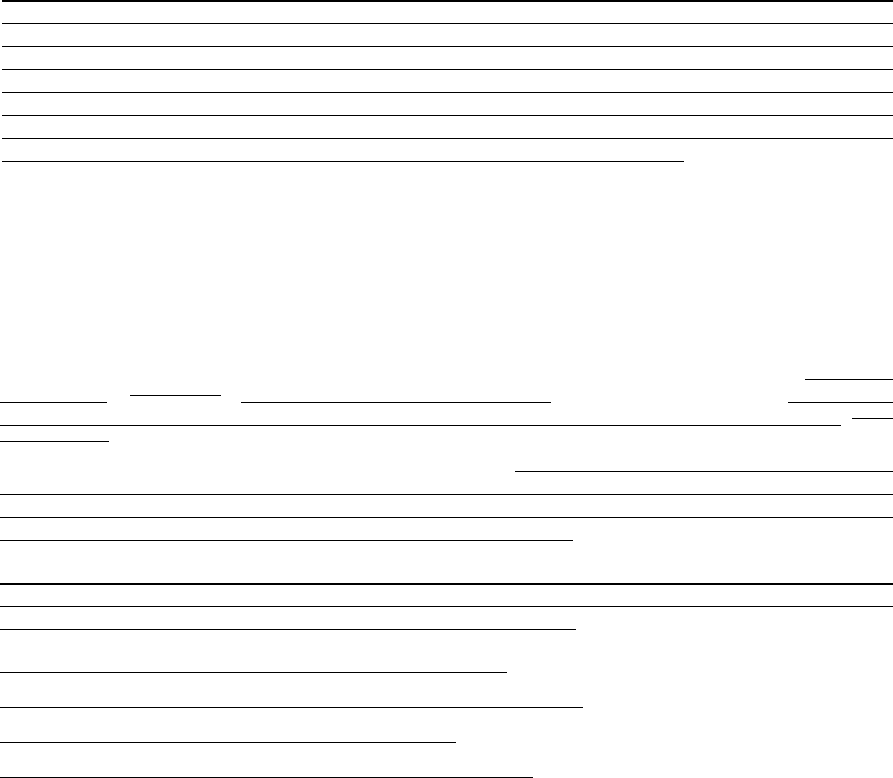
2021 International Building-Related Codes
Page 61 of 141
5. The deck shall be planks not less than 2 inches (51 mm) thick or wood structural panels with an
exterior exposure durability classification of at least 23/32 inch (18.3 mm) thick nailed to the joists.
6. Each post shall be knee braced to joists and stringers by members not less than 2 inches by 4
inches (51 mm by 102 mm); 4 feet (1219 mm) in length.
7. A curb that is not less than 2 inches by 4 inches (51 mm by 102 mm) shall be set on edge along
the outside edge of the deck.
Exception B: Pedestrian canopies for construction or demolition of buildings not exceeding 36 feet
(10.97 m) in height or three stories, whichever is less, may be constructed of metal scaffolds of two-
inch (51 mm) tubing adequately braced by 1.25-inch (32 mm) tubing. The passageway shall not be
less than 39 inches (991 mm) in width at any point with a head room of not less than eight feet (2.44
m). The scaffold ends shall be braced by approved diagonal cross bracing maintaining a maximum of
eight feet (2.44 m) between ends. A solid, tightly sheathed cover between scaffold and job site to be
not less than 0.5 inch (12.7 mm) ply board with railing when required by this section. The roof shall be
tightly sheathed with a minimum of two-inch (51 mm) nominal wood planking.
APPENDIX H, SIGNS, is amended as follows:
SECTION H101, GENERAL, SECTION H102, DEFINITIONS, SECTION H103, LOCATION,
SECTION H104, IDENTIFICATION, SECTION H113, MARQUEE SIGNS, and SECTION H114,
PORTABLE SIGNS, are repealed. See Chapter 28, San Antonio Code, for additional requirements.
Section H105.2, Permits, drawings and specifications, is amended to read as follows:
H105.2 Permits, drawings and specifications. Where a permit is required, as provided in Article I of
this chapter [ Chapter 1], submittal documents consisting of construction documents, engineering
calculations and other data shall be submitted in two or more sets with each permit application. [shall
be required.] These documents shall show the dimensions, material and required details of
construction, including loads, stresses, and anchors. The submittal documents shall also be
accompanied by the written consent of the owner or lessee of the premises upon which the sign is to
be erected. The construction documents and engineering calculations shall be prepared by a Texas
registered professional engineer and shall be signed and sealed.
Exception. Construction documents identified above will not be required to be stamped and sealed
by a Texas registered professional engineer for the following conditions unless otherwise required by
the Building Official because of unusual design or site conditions:
1. Pole signs that are 12 feet (3.66 m) or less in height.
2. Monument signs that are eight feet (2.44 m) or less in height.
3. Wall signs that weigh 600 lbs. (272 kg) or less.
4. Channel letters that weigh 7.5 psf (359.1 N/m2) or less.
Section H107, COMBUSTIBLE MATERIALS, is amended by repealing Sections H107.1.2, Electric sign
faces, and H107.1.3, Area limitation.
Section H109, GROUND SIGNS, is amended by repealing Section H109.1, Height restrictions, and Section
H109.2, Required clearance.
Section H110, ROOF SIGNS, is amended by repealing Section H110.3, Height of solid signs, Section
H110.4, Height of open signs, and Section H110.5, Height of closed signs.
Section H112, PROJECTING SIGNS, is amended by repealing Section H112.4, Height limitation.
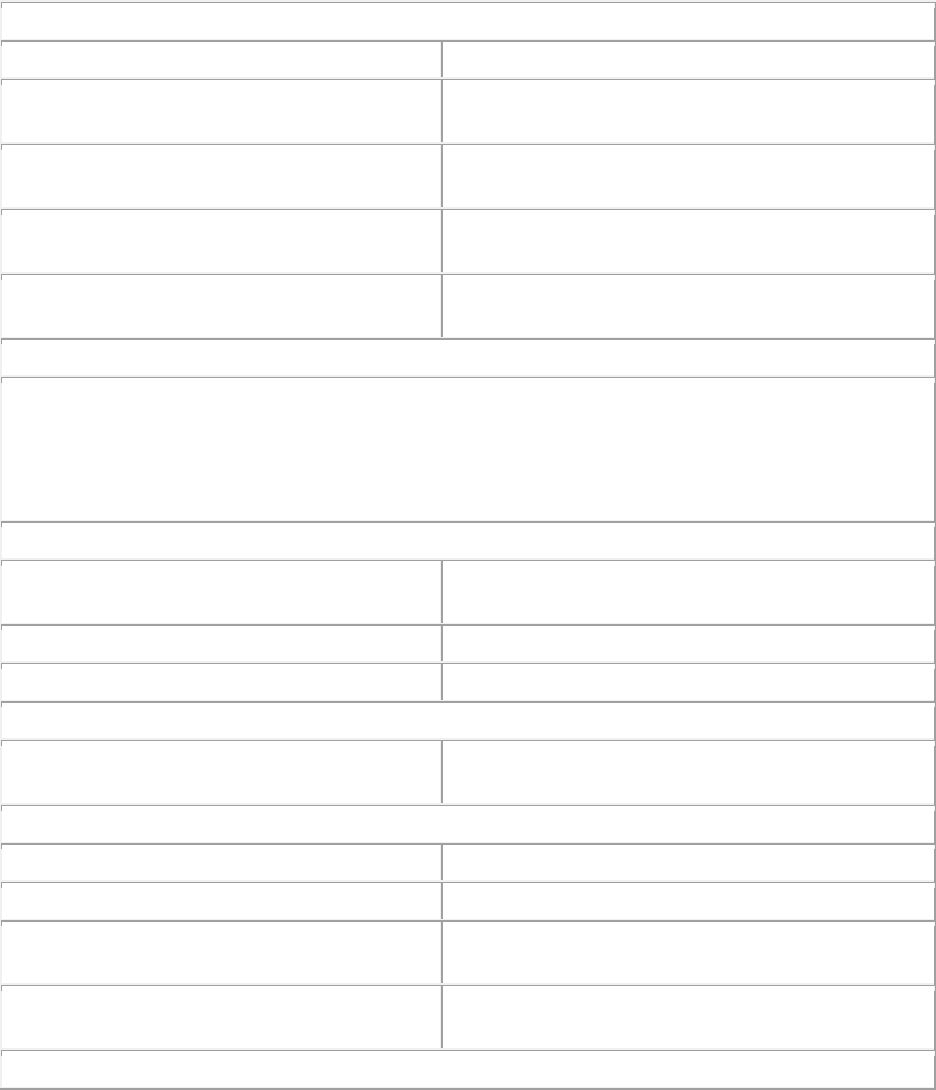
2021 International Building-Related Codes
Page 62 of 141
Sec. 10-31. Fee schedule.
Development services establishes minimum values for the cost of commercial construction based
upon the costs per square foot as published and updated by the International Code Council and used with
the Army Corp of Engineers' modifier for the city. This value is established at the time the building plans
are submitted. Additional valuation checks may be performed by the plans examiners during their review
of the plans.
Commercial Plan Review Fees
Valuation $0—$1,000
$100.00
Valuation $1,001—$200,000
$100.00+$1.60/$1,000, or fraction thereof, over
$1,000
Valuation $200,001—$1,000,000
$418.40+$1.50/$1,000, or fraction thereof, over
$200,000
Valuation $1,000,001—$5,000,000
$1,618.40+$0.75/$1,000, or fraction thereof, over
$1,000,000
Valuation $5,000,001+
$4,618.40+$0.50/$1,000, or fraction thereof, over
$5,000,000
School District Plan Reviews:
School districts with school district projects valued at over five hundred thousand dollars ($500,000.00)
shall be entitled to a twenty-five (25) percent waiver of plan review and permit fees, but in no case shall
said school district pay less than a minimum fee of eight hundred sixty-eight dollars and forty cents
($868.40) for plan review, one thousand four hundred ten dollars ($1,410.00) for building permit, and
one hundred thirty-six dollars and seventy cents ($136.70) for the related surcharges.
Landscape Plan Review
Base fee
Plus 11% of the Building Plan Review Fee
$27.50
Commercial Irrigation Plan Review
$100.00
Commercial Swimming Pool Plan Review Fee
(based upon valuation)
Pool Commercial Landscape Plan Review
Base fee
Plus 11% of the Building Plan Review Fee
$27.50
Commercial Permit Fees
Valuation: $0—$1,000
$100.00
Valuation: $1,001—$25,000
$100.00+$7.28/$1,000, or fraction thereof, over $1000
Valuation: $25,001—$75,000
$274.87+$5.72/$1,000, or fraction thereof, over
$25,000
Valuation: >75,000
$560.00+$2.00/$1,000, or fraction thereof, over
$75,000
School District Plan Reviews:
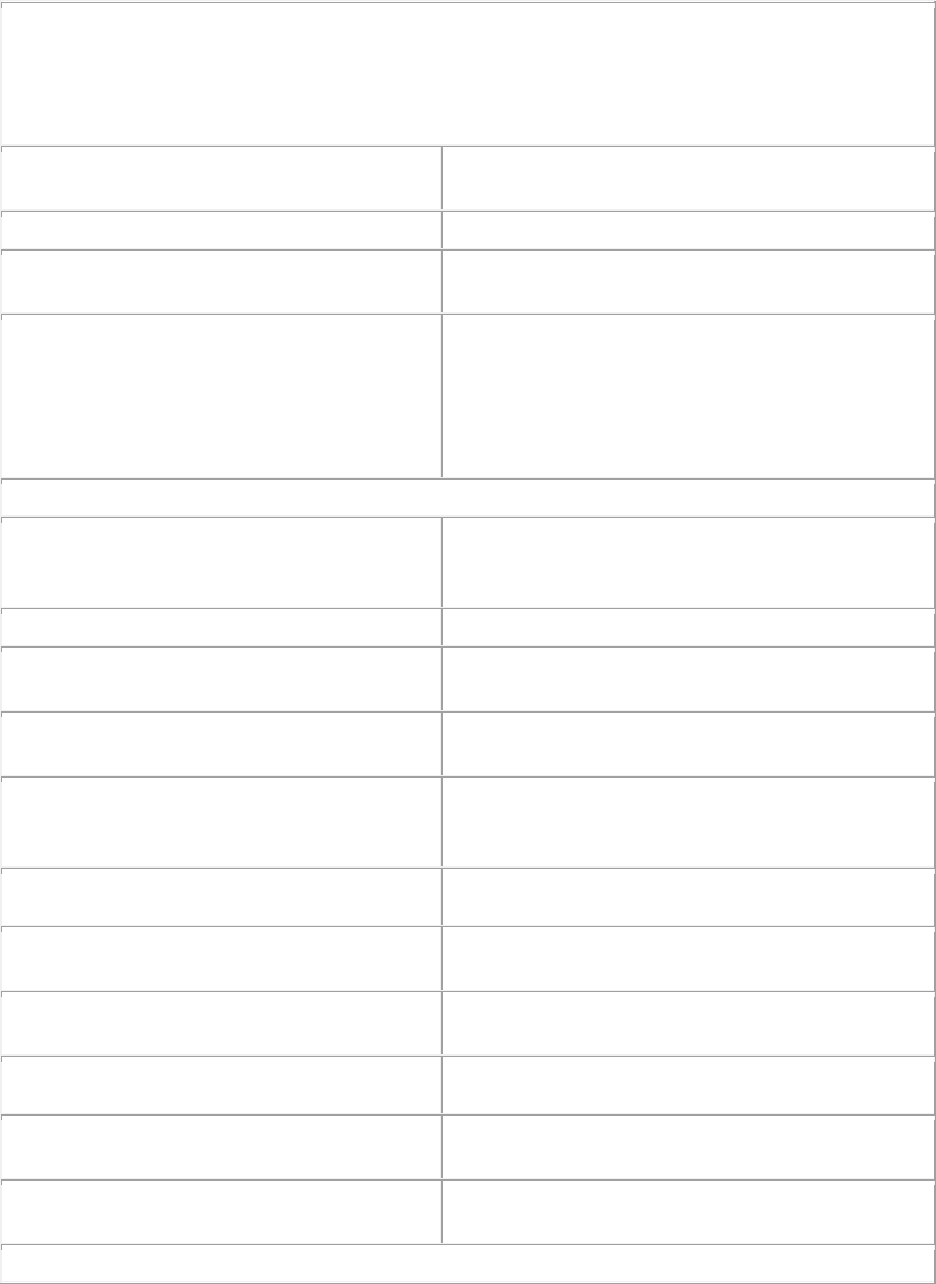
2021 International Building-Related Codes
Page 63 of 141
School districts with school district projects valued at over five hundred thousand dollars ($500,000.00)
shall be entitled to a twenty-five (25) percent waiver of plan review and permit fees, but in no case shall
said school district pay less than a minimum fee of eight hundred sixty-eight dollars and forty cents
($868.40) for plan review, one thousand four hundred ten dollars ($1,410.00) for building permit, and
one hundred thirty-six dollars and seventy cents ($136.70) for the related surcharges.
Commercial Conditional Permit Fees (plus the
Building Permit Fee)
$200.00
Commercial Fence (plus Plan Review Fee)
Based Upon Building Valuation
Commercial Re-Roof (plus Plan Review Fee
when applicable)
Based Upon Building Valuation
Document Management Fee
Walk Through Plans - $10.00; School Districts -
Interior Finishout - $10.00; Retaining Walls - $10.00;
Demolition - $10.00; 10 Day Plans - $25.00; Site
Plans - $30.00; 20 Day Plans - $50.00; 35 Day Plans -
$150.00/Roll; School Districts - New - $150/Roll
Special Services Fees—Building Plan Review and Inspection
Additional Plan Review (i.e., revised)—Per
Reviewer (All Disciplines) per Hour (1 hour
minimum)
$100.00
Administrative Exception/ Variance Request
$350.00
Commercial Project Modification Request Fee
per Modification Request
$350.00
After-hour Inspection Fee (per hour with 1 hour
minimum)
$100.00
After-hours Commercial Plan Review—Per
Reviewer (All Disciplines) per Hour (1 hour
minimum)
$100.00
Commercial Plan Retrieval Fee per Plan
$100.00
Commercial Walk-Through Fee for Plans over
500 Square Feet (per plan)
$100.00
Inspection for which no fee is specifically
indicated (per hour with 1 hour minimum)
$100.00
Inspection Schedule Fee (Free on-line)
$3.00
Plan Review by Appointment Processing Fee
(per appointment)
$200.00
Plus Additional Plan Review Fee per Reviewer
per hour (1 hour minimum)
$100.00
Preliminary Plan Review
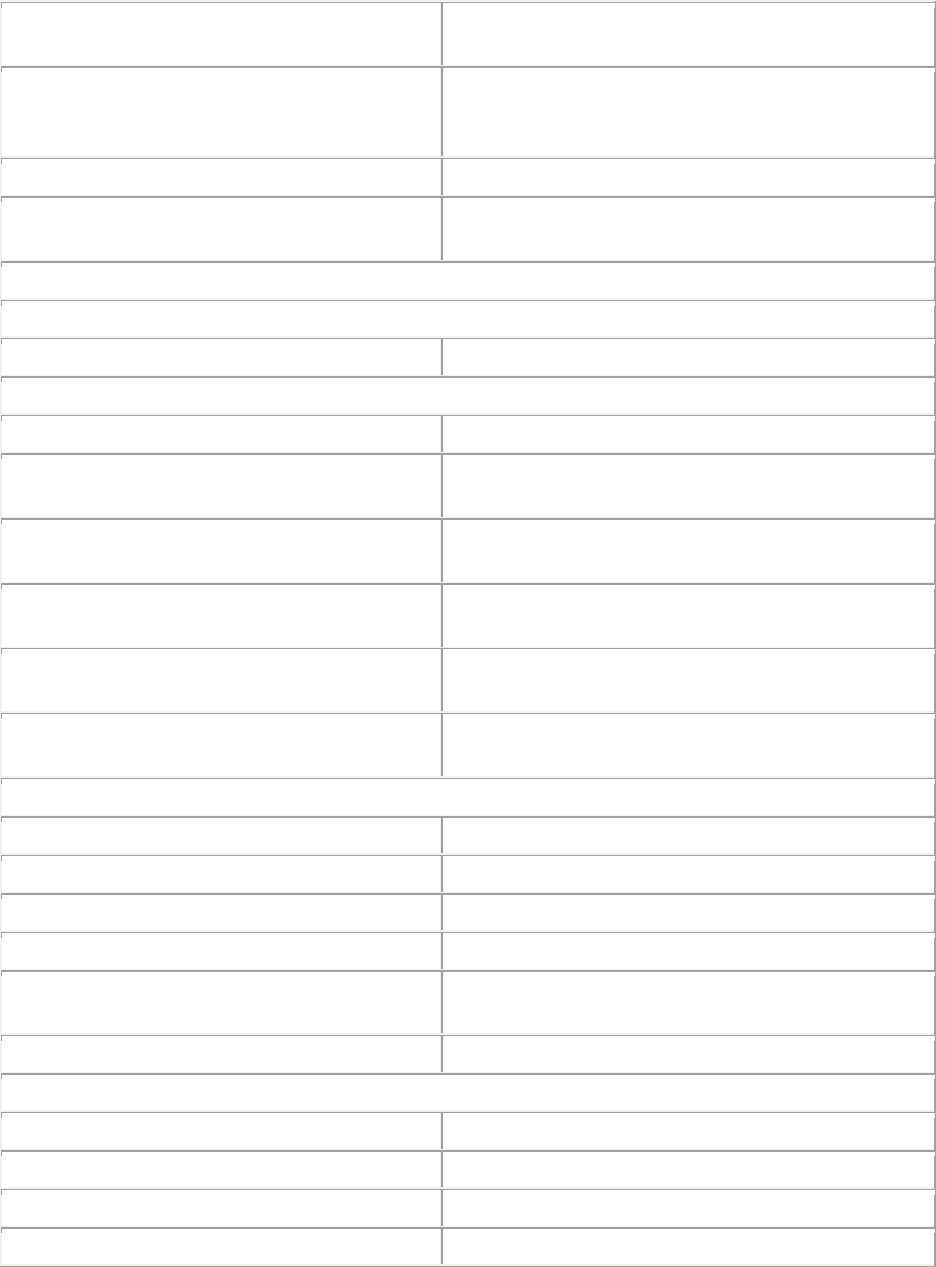
2021 International Building-Related Codes
Page 64 of 141
Fee per Reviewer per hour and per discipline
(1 hour minimum per discipline)
$100.00
Plus Additional Plan Review Fee per Reviewer
per hour and per discipline (1 hour minimum per
discipline)
$100.00
Re-inspection Fee
$51.50
Median and turn lane review (outside of plat)
per hour
$100.00
Permit extension fee: 50% of permit (plus cost of permit)
Building-related and Fire Codes Appeals and Advisory Board Fees
Building-related and Fire Codes Appeal Fee
$155.00
Certificate of Occupancy
Commercial Certificate of Occupancy
$200.00
Temporary Commercial Certificate of
Occupancy
$500.00
Temporary Commercial Certificate of
Occupancy Extension
$100.00
Expired Certificate of Occupancy Fine (basic fee
plus C of O fee)
$500.00
Fine for New Commercial Construction
Occupancy without C of O
$500.00
Fine for Existing Commercial Construction
Occupancy without C of O (plus C of O Fee)
$200.00
Miscellaneous
Certificate of Occupancy Tent Fee
$100.00
Certificate of Occupancy Mall Cart
$100.00
Certificate of Occupancy—Name Change
$50.00
Certificate of Occupancy—Address Correction
$50.00
Duplicate Copy of Certificate of Occupancy
(plus tax)
$5.00
Re-inspection Fee
$51.50
Miscellaneous Building Development Fees
Permit Processing Fee
$10.00
Building Permit ready/status letter
$50.00
Link child-parent permits, per commercial permit
$10.00
Permit Refund Fee
$50.00
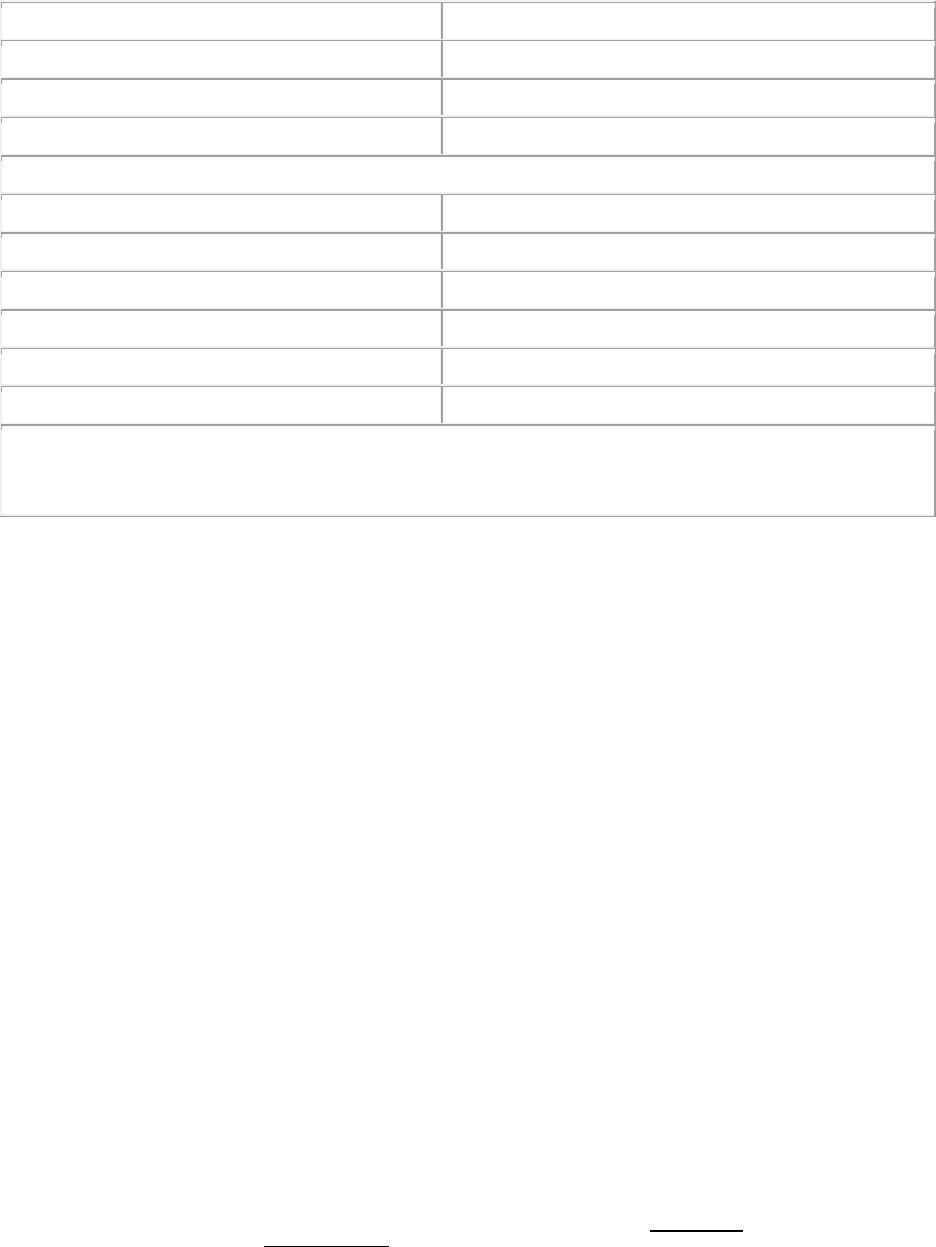
2021 International Building-Related Codes
Page 65 of 141
Permit Amendment Fee
$10.00
Duplicate copy of City issued registration card
$5.00
Contractor number research fee
$10.00
Occupant load adjustment fee per hour
100.00
Building/Suite assignment fee:
Building #’s (per address)
$100.00
Suite #’s (per assigned suite #)
$20.00
Permit Reprint Fee (subject to sales tax)
$5.00
Name, Address or DBA Change on Permit
$50.00
Notary Public
$6.00
Open Permit Review Fee
$3.00/Permit
Rental of Facility Fees: $125/hr (daily min. fee of $250; Max fee of $1000); Security Personnel:
$15/hour/staff (with 1 hour minimum); DSD Staff: $30/hour/staff (with 1 hour min.); Custodian Service:
$15/hour (with 2-hour min.)
Sec. 10-32. New commercial fee schedule.
Sec. 10-33—10-35. Reserved.
ARTICLE IV. RESIDENTIAL CODE FOR ONE- AND TWO-FAMILY DWELLINGS
Sec. 10-36. Adoption of International Residential Code (2021).
The 2021 edition of the International Residential Code for One-and-Two-family Dwellings, promulgated
by the International Code Council, Chapters 2 through 10, 12 through 23, Section P2904, Chapter 44 and
Appendices J, K and Q is adopted and incorporated in this article by reference as if fully set forth, except
as it is amended by the following provisions of section 10-37. Provisions of this article are in addition to the
provisions of the International Residential Code. The following provisions coinciding with the provisions of
the International Residential Code supersede, repeal, or delete, when indicated, the corresponding
provisions of the International Residential Code.
All references within the model codes to any building, electrical, fuel gas, mechanical, plumbing,
energy conservation, existing building, or swimming pool code shall be construed to be a reference to the
respective building, electrical, fuel gas, mechanical, plumbing, energy conservation, existing building, or
swimming pool code specifically adopted by reference in Articles II through XIV of this chapter.
Sec. 10-37. Amendments to the adopted chapters and Appendices J and K of the International
Residential Code (IRC) (2021).
Additions to the International Residential Code (IRC) are shown as underlined text. Deletions of the
IRC are shown as bracketed [strikethroughs].
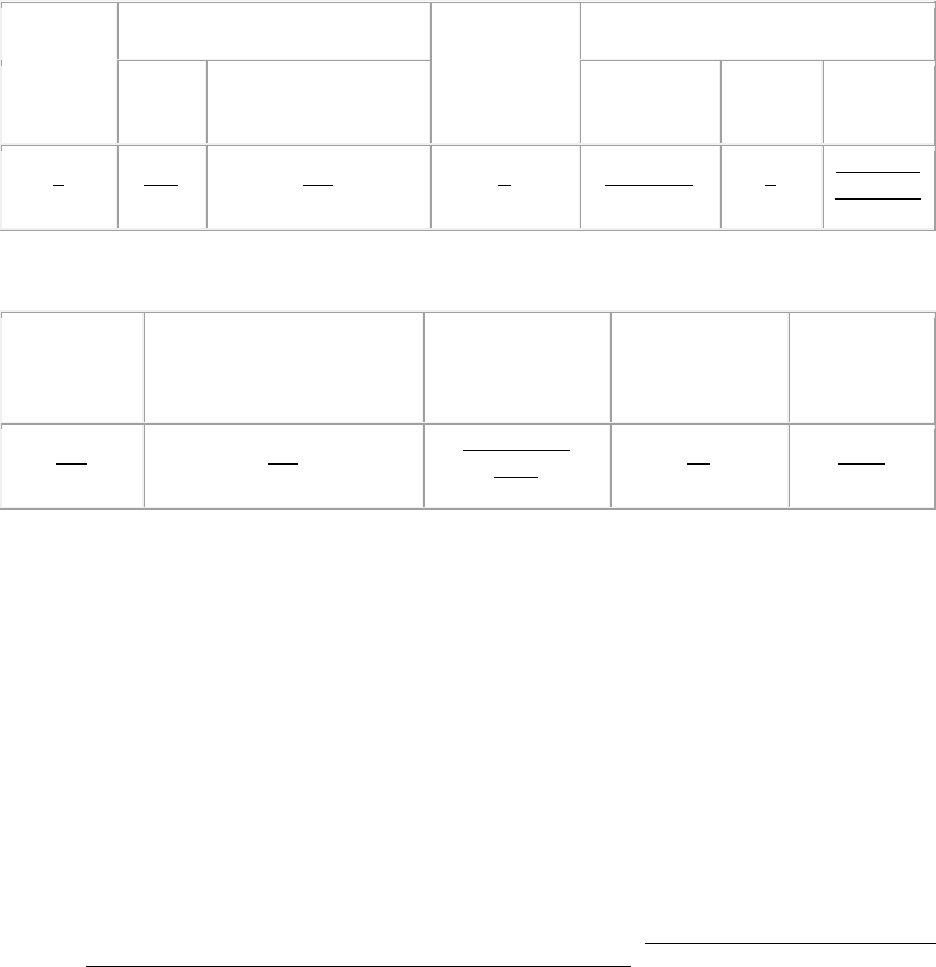
2021 International Building-Related Codes
Page 66 of 141
TABLE R301.2 is amended to read as follows:
TABLE R301.2
CLIMATIC AND GEOGRAPHIC DESIGN CRITERIA
GROUND
SNOW
LOAD
o
WIND DESIGN
SEISMIC
DESIGN
CATEGORY
f
SUBJECT TO DAMAGE FROM
Speed
d
(mph)
Topographic effects
k
Weathering
a
Frostline
depth
b
Termite
c
5 108 NO A Negligible 0
Moderate
To Heavy
WINTER
DESIGN
TEMP
e
ICE BARRIER
UNDERLAYMENT
REQUIRED
h
FLOOD
HAZARDS
g
AIR
FREEZING
INDEX
i
MEAN
ANNUAL
TEMP
j
30° NO
Appendix F,
UDC
16 68.7°
Section R308.4.2, Glazing adjacent to doors, is amended to read as follows:
R308.4.2 Glazing adjacent to doors. Glazing in an individual fixed or operable panel adjacent to a
door shall be considered to be a hazardous location where the bottom exposed edge of the glazing is
less than 60 inches (1524 mm) above the floor or walking surface and it meets either of the following
conditions:
1. Where the glazing is within 24 inches (610 mm) of either side of the door in the plane of the door
in a closed position.
2. Where the glazing is on a wall less than 180 degrees (3.14 rad) from the plane of the door in a
closed position within 24 inches (610 mm) of the hinge side of an in-swinging door.
Exceptions:
1. Decorative glazing.
2. Where there is an intervening wall or other permanent barrier between the door and the glazing.
3. Where access through the door is to a closet or storage area. [3 feet (914 mm) or less in depth.
Glazing in this application shall comply with section R308.4.3.]
4. Glazing that is adjacent to the fixed panel of patio doors.
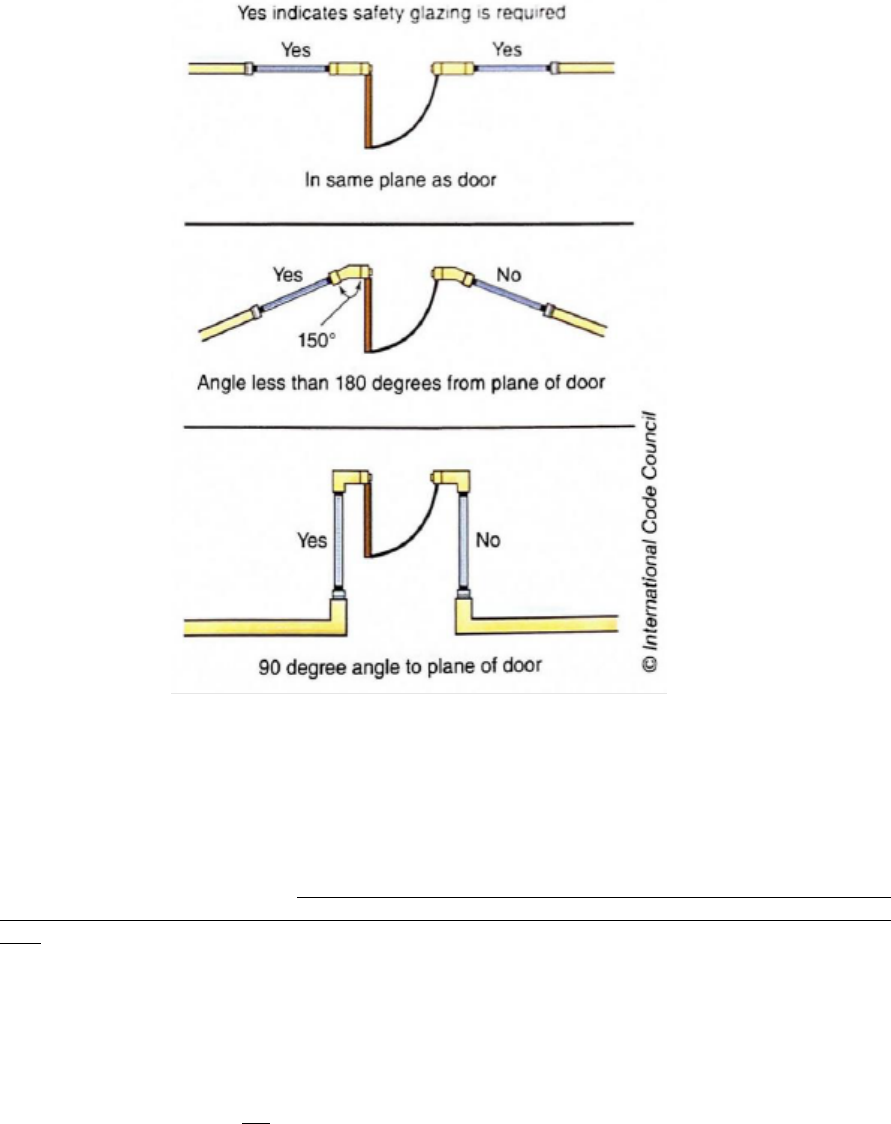
2021 International Building-Related Codes
Page 67 of 141
Glazing Adjacent to Doors
Section R310.1, Emergency escape and rescue opening required, is amended to read as follows with
exceptions to remain as written:
R310.1 Emergency escape and rescue opening required. Basements, habitable attics, and every
sleeping room shall have not less than one operable emergency escape and rescue opening. Where
basements contain one or more sleeping rooms, an emergency escape and rescue opening shall be
required in each sleeping room. [Emergency escape and rescue openings shall open directly into a
public way, or to a yard or court having a minimum width of 36 inches (914 mm) that opens to a public
way.]
Section R311.7, Stairways, is amended as follows:
R311.7 Stairways. Where required by this code or provided, stairways shall comply with this section.
Exceptions:
1. Stairways not within or not serving a building, porch or deck.
2. Stairways leading to nonhabitable attics.
3. Stairways leading to crawl spaces.
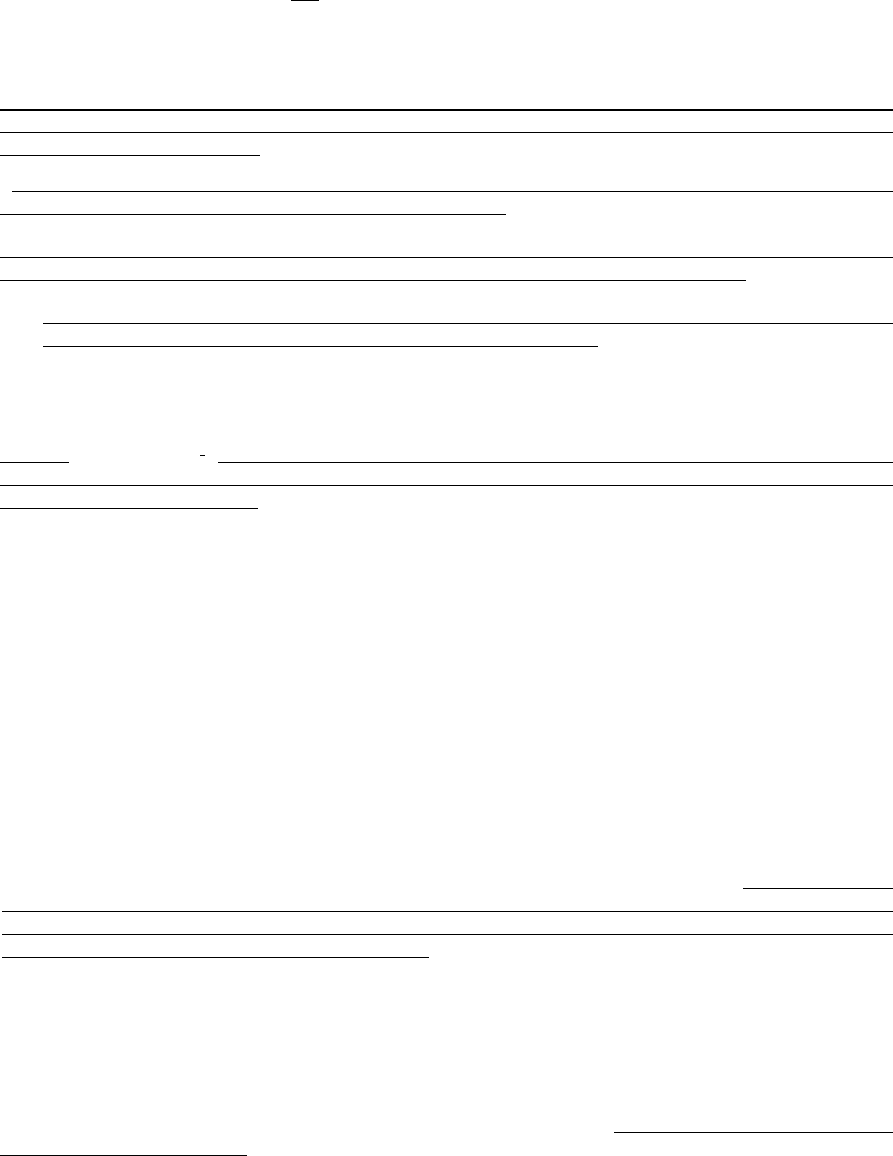
2021 International Building-Related Codes
Page 68 of 141
Section R311.8, Ramps, is amended as follows:
R311.8 Ramps. Where required by this code or provided, ramps shall comply with this section.
Exception: Ramps not within or not serving a building, porch, or deck.
Section R313.2, One- and two-family dwellings automatic fire sprinkler systems, and Section R313.2.1,
Design and installation, are deleted and replaced with the following:
R313.2 One- and two-family dwellings automatic fire sprinkler systems. Where automatic
residential fire sprinkler systems are installed, they shall be designed and installed in accordance with
Section P2904 or NFPA 13D.
[ R313.2 One and two-family dwellings automatic fire systems. An automatic residential fire sprinkler
system shall be installed in one-and two-family dwellings.
Exception: An automatic residential fire sprinkler system shall not be required for additions or
alterations to existing buildings that are not already provided with a sprinkler system.
R313.2.1 Design and installation. Automatic residential fire sprinkler systems shall be designed
and installed in accordance with Section P2904 or NFPA 13D.]
Section R315.2.2, Alterations, repairs, and additions, is amended to read as follows:
R315.2.2 Alterations, repairs and additions. Where alterations, repairs or additions requiring a
building permit occur [,] inside of existing dwellings that have attached garages or inside of existing
dwellings within which fuel-fired appliances exist, or where one or more sleeping rooms are added or
created in existing dwellings, the individual dwelling unit shall be equipped with carbon monoxide
alarms located as required for new dwellings.
Exceptions:
1. Work involving the exterior surfaces of dwellings, such as the replacement of roofing or siding, or
the addition or replacement of windows or doors, or the addition of a porch or deck.
2. Installation, alteration, or repairs of plumbing or mechanical systems.
3. Installation, alteration or repairs of mechanical systems that are not fuel fired.
Section R317.1.2, Ground contact is amended to read as follows:
R317.1.2 Ground contact. All wood in contact with the ground, embedded in concrete in direct contact
with the ground or embedded in concrete exposed to the weather that supports permanent structures
intended for human occupancy shall be approved pressure-preservative-treated wood suitable for
ground contact use, except that untreated wood used entirely below groundwater level or continuously
submerged in fresh water shall not be required to be pressure-preservative treated. Creosote-treated
railroad ties will not be approved for use in retaining wall construction unless the wall is exempt from
the requirement for a permit under Section 10-6(e)(1)(d) of this chapter and the wall is located greater
than 4 feet (1.22 m) from the public right-of-way.
SECTION R322, FLOOD-RESISTANT CONSTRUCTION, is hereby repealed and replaced with the City's
flood plain ordinance found in Appendix F, Floodplain Areas of Special Flood Hazard, of the Unified
Development Code (UDC).
Section R403.1.6, Foundation anchorage, is amended in the first paragraph only to read as follows:
R403.1.6 Foundation anchorage. Wood sill plates and wood walls that are part of the braced wall
provisions of this code and supported directly on continuous foundations shall be anchored to the
foundation in accordance with this section.
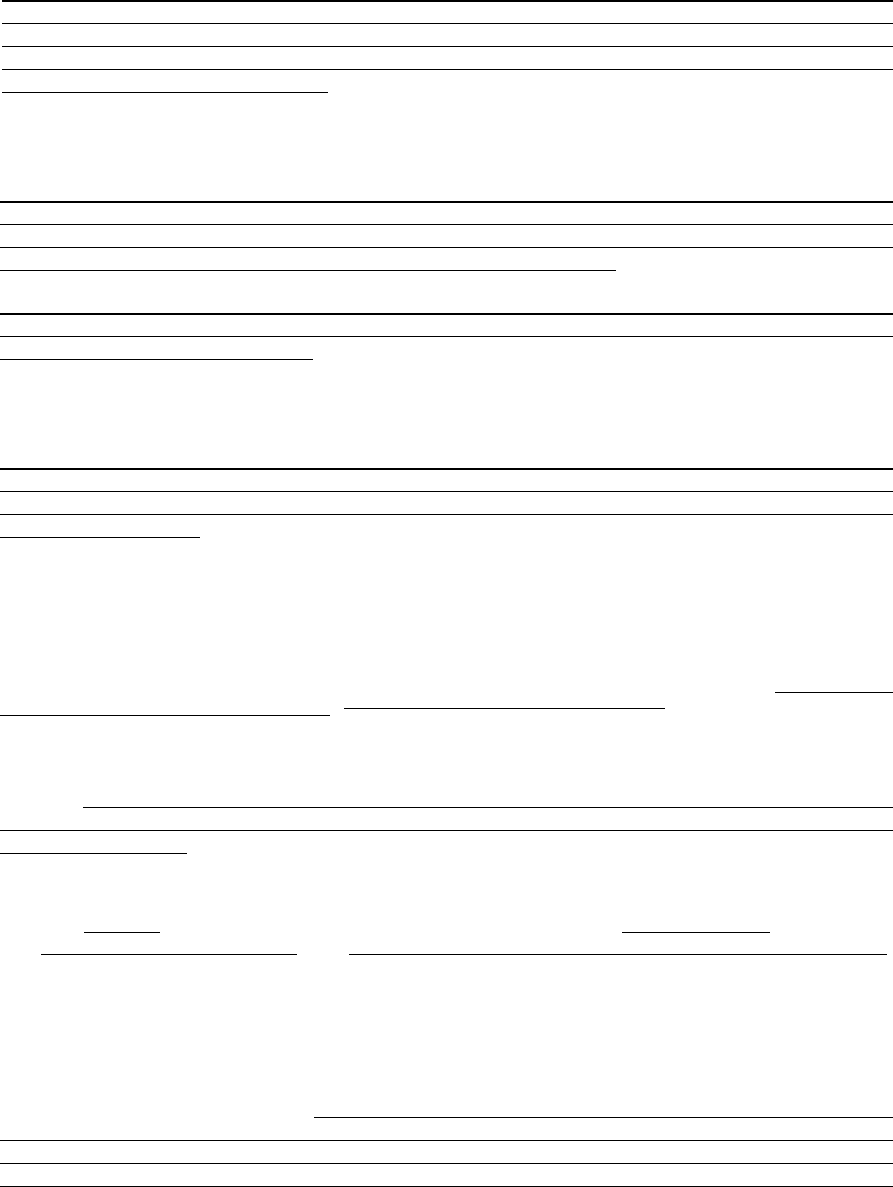
2021 International Building-Related Codes
Page 69 of 141
Section R408, UNDER-FLOOR SPACE, is amended by adding Section R408.9, Foundation Repair, to read
as follows:
R408.9 Foundation Repair. A foundation repair permit and assumption of Engineer of Record letter
and any construction documents must be submitted at time of application. The engineer shall inspect
foundation repairs and submit a letter for the repairs. Any skirting removed, repaired, or replaced along
with ventilation, sub-floor access and drainage will require a final inspection by the building official or
an engineer’s letter for those repairs.
Section R903.4, Roof drainage, is amended by adding Sections R903.4.2, Zero lot line development, and
R903.4.3, Gutters and downspouts, to read as follows:
R903.4.2 Zero lot line development. On zero lot line development where roof projections are allowed
by deed covenant or ingress/egress easements, adequate gutters and downspouts shall be provided
to direct roof water away from adjacent property. Roof projections shall not extend beyond a point one
third the width of the easement or a maximum of 24 inches (610 mm).
R903.4.3 Gutters and downspouts. Any Group R or Group U occupancy with roof edges less than
three feet (914 mm) to any property line shall be provided with gutters and downspouts to direct roof
water away from adjacent property.
Section M1305.1.2, Appliances in attics, is amended by adding Section M1305.1.2.2, Access for cooling or
heating appliance, to read as follows:
M1305.1.2.2 Access for cooling or heating appliance. For one- and two-family residential
occupancies and townhomes with newly installed cooling or heating appliances in the attic space, a
permanent ladder, fold-away ladder, or a direct access door opening from the house on the same floor
level shall be installed.
Section M1411.3.2, Drain pipe materials and sizes, is amended as follows:
M1411.3.2 Drain pipe materials and sizes. Components of the condensate disposal system shall be
ABS, cast iron, copper, cross-linked polyethylene, CPVC, galvanized steel, PE-RT, polyethylene,
polypropylene or PVC pipe or tubing. Components shall be selected for the pressure and temperature
rating of the installation. Joints and connections shall be made in accordance with the materials
specified in Article IX of this chapter [applicable provisions of Chapter 30]. Condensate waste and
drain line size shall be not less than ¾-inch (19 mm) nominal diameter from the drain pan connection
to the place of condensate disposal. Where the drain pipes from more than one unit are manifolded
together for condensate drainage, the pipe or tubing shall be sized in accordance with an approved
method. Primary drain lines located in unconditioned spaces, except for crawl spaces, shall be
insulated with foam plastic rubber-based insulation or other approved material with a minimum
thickness of 3/8 inch.
Section M1411.8, Locking access port caps, is amended to read as follows:
M1411.9 Locking Access port caps. Refrigerant circuit access ports located outdoors shall be fitted
with locking-type tamper-resistant caps or shall be otherwise secured to prevent unauthorized access.
Section M2005.2, Prohibited locations, is amended as follows:
M2005.2 Prohibited locations. Fuel-fired water heaters shall not be installed in a room used as a
storage closet. Water heaters located in a bedroom or bathroom shall be installed in a sealed enclosure
so that combustion air will not be taken from the living space. Installation of direct-vent water heaters
within an enclosure is not required. Storage type water heaters shall not be installed in an attic unless
accessible from a door opening from the house on the same floor level. Water heaters installed in a
garage having an ignition source shall be elevated such that the source of ignition is not less than 18
inches (457 mm) above the garage floor, unless the ignition source is listed as flammable vapor ignition
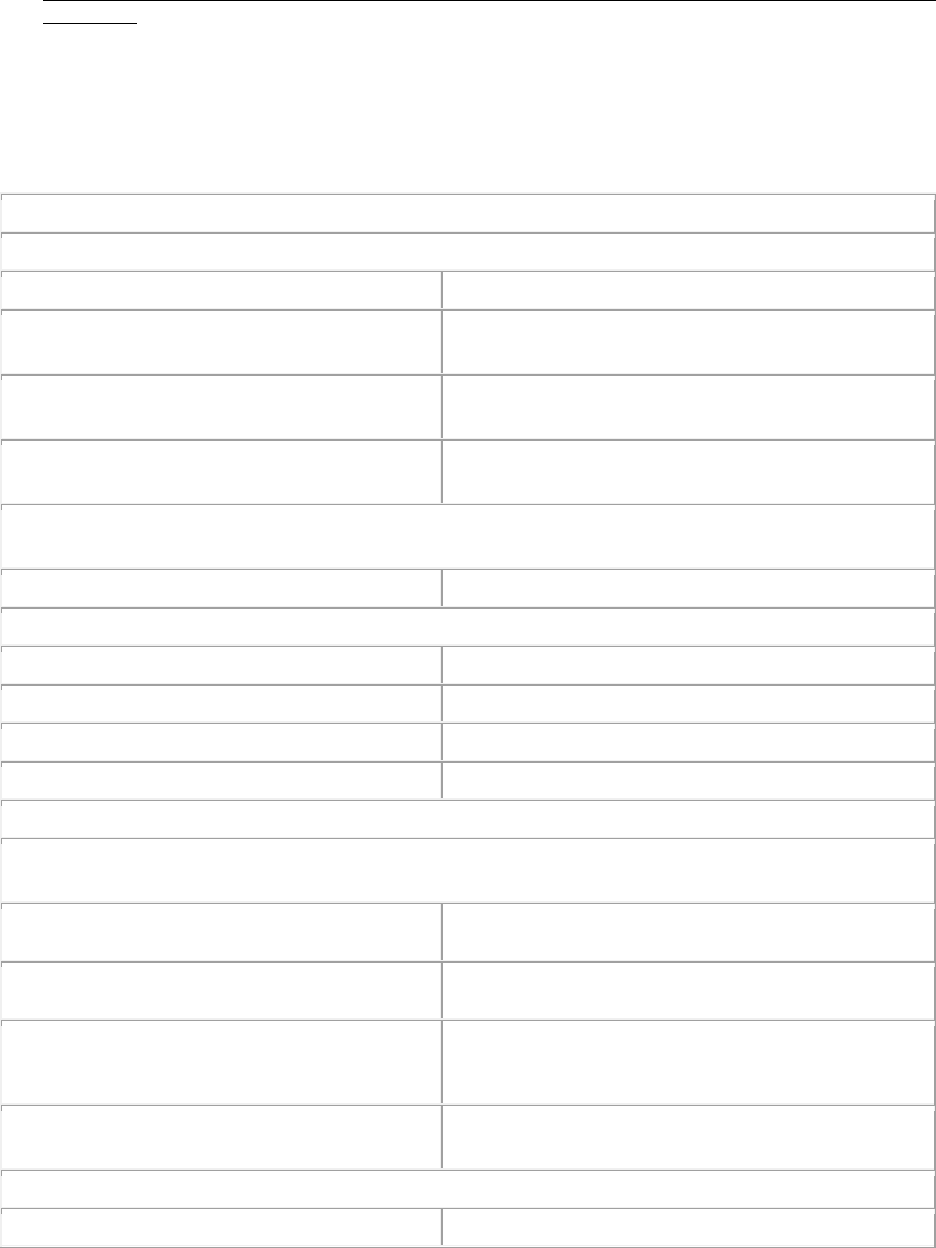
2021 International Building-Related Codes
Page 70 of 141
resistant. An electric water heater is the only type of water heater that may be installed under a stairway
or landing.
Sec. 10-38. Fee schedule.
Residential plan review fees and residential permit fees apply to all separate additions, renovations,
and installations to existing residential homes. See section 10-39 for fees for new residential construction.
Building
Residential Plan Review Fees. See section 10-39 for new residential construction plan review fees.
Valuation: $0—$24,000
$100.00
Valuation: $24,001—$200,000
$100.00 plus $1.38/1000, or fraction thereof, over
$24,000
Valuation $200,001—$1,000,000
$342.88+$0.72/$1,000, or fraction thereof, over
$200,000
Valuation $1,000,001+
$918.88+$0.17/$1,000, or fraction thereof, over
$1,000,000
Construction for new homes valued under $100,000 will receive a 25% discount applied to the building
plan review fees.
Mobile home Installation
$50.00
Landscape Plan Review
Base Fee
$27.50
Plus percent of the Building Plan Review Fee
11%
Residential Swimming Pool Plan Review Fee
Based upon valuation
Residential Plan Retrieval Fee
$100.00
Residential Permit Fees
Residential Building Permit Fees. See section 10-39 for new residential construction building permit
fees.
Valuation: $0—$1,000
$100.00
Valuation: $1,001—$25,000
$100.00+$7.28/$1,000, or fraction thereof, over $1000
Valuation: $25,001—$75,000
$274.87+$5.72/$1,000, or fraction thereof, over
$25,000
Valuation >$75,000
$560.00+$1.25/$1,000, or fraction thereof, over
$75,000
*Homes valued under $100,000 will receive a 25% discount applied to the building permit fees.
Residential Fence Permit
$25.00
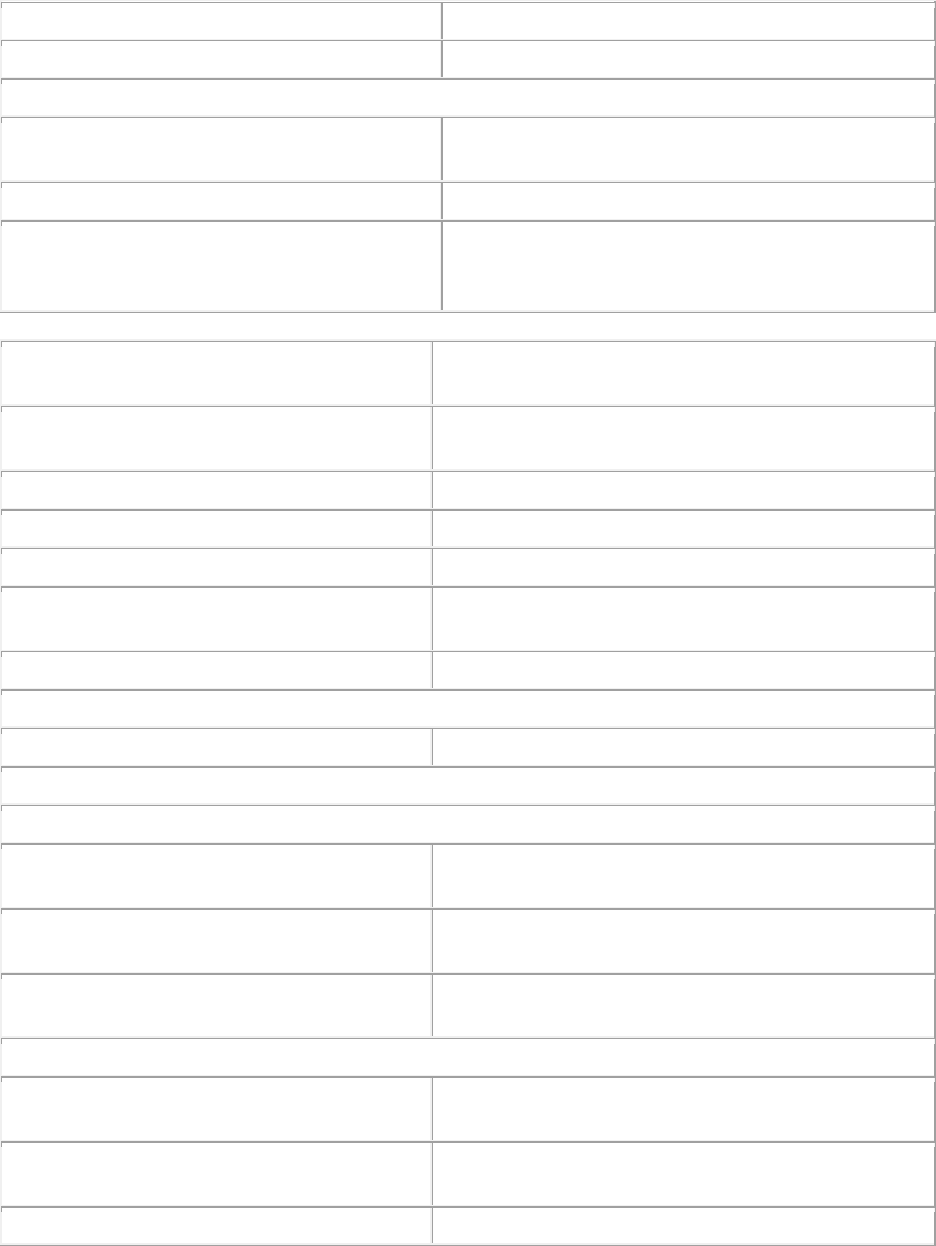
2021 International Building-Related Codes
Page 71 of 141
Residential Swimming Pool Permit Fee
Based upon valuation with $30,000/minimum value
Residential Re-roof Permit
$25.00
Special Services Fees—Building Plan Review and Inspection
Additional Plan Review (i.e., revised)—Per
Reviewer per Hour (1 hour minimum)
$100.00
Administrative Exception/ Variance Request
$350.00
After-hours Plan Review—Residential—
Building, Tree Preservation, Drainage (Per hour
with 1.25 hour minimum)
$100.00
Inspection for which no fee is specifically
indicated (per hour with 1 hour minimum)
$100.00
After-hour Inspection Review—per Reviewer
per Hour (1 hour minimum)
$100.00
Link child-parent permits
$5.00/residential permit
Inspection Schedule Fee (Free on-line)
$3.00
Re-inspection Fee
$51.50
Residential Building Plan Application
Administrative Processing Fee (free on-line)
$10.00
Permit extension fee
50% of permit
Building-related and Fire Codes Appeals and Advisory Board Fees
Building-related and Fire Codes Appeal Fee
$155.00
Certificate of Occupancy
Residential
Temporary Residential Certificate of
Occupancy
$150.00
Temporary Residential Certificate of
Occupancy Extension
$75.00
Residential Construction Moving in without
Certificate of Occupancy
$300.00
Registration Fees
Homebuilders—Registration/2-year registration
and renewal
$170.00
Home Improvement Contractor—
Registration/2-year registration and renewal
$150.00
Home Improvement Contractor—Appeal
$155.00
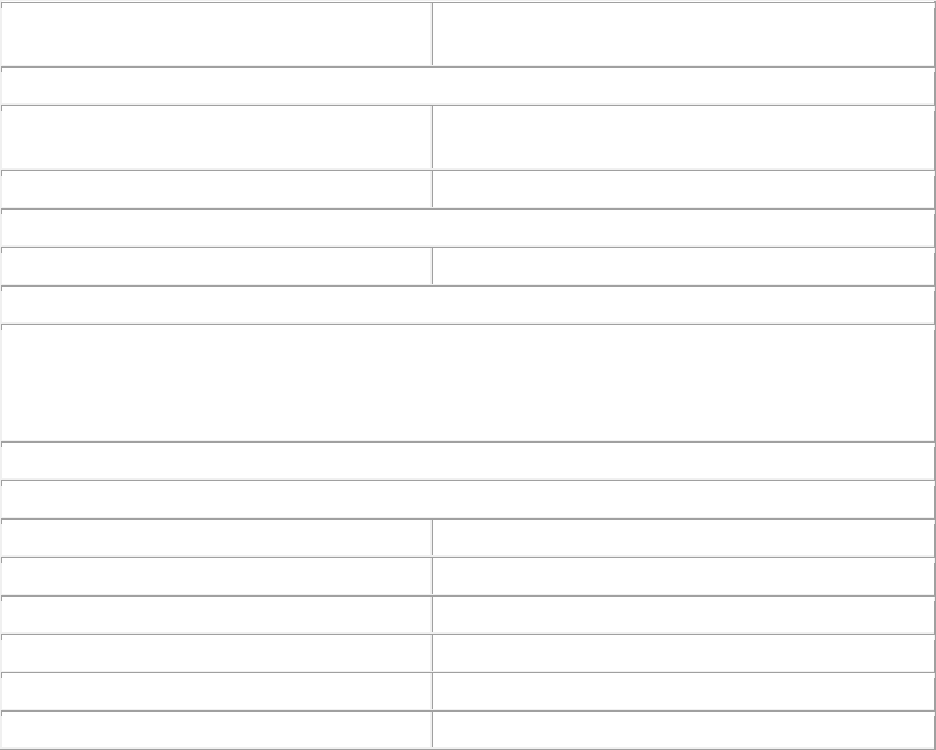
2021 International Building-Related Codes
Page 72 of 141
Home Improvement Contractor—Duplicate
Registration Card (plus tax)
$5.00
House Mover Contractor Registration
House Mover – Registration/2-year registration
and renewal
$120.00
Duplicate Registration Card (plus tax)
$5.00
Moving Buildings
Moving buildings or structures
$100.00
Building Plan Review and Permit Fees
Building plan review and building permit fees are based upon the project’s square footage. For fee
calculation purposes, building square footage shall be the total area of all floors under roof and enclosed
within the outer surface of the outside enclosing walls or columns. The fees for each separate building
shall be separately calculated.
Residential Construction
Miscellaneous Building Development Fees
Permit Refund Fee
$50.00
Permit Reprint Fee (subject to sales tax)
$5.00
Permit Refund Fee
$50.00
Permit Amendment Fee
$10.00
Name, Address or DBA Change on Permit
$50.00
Notary Public
$3.00
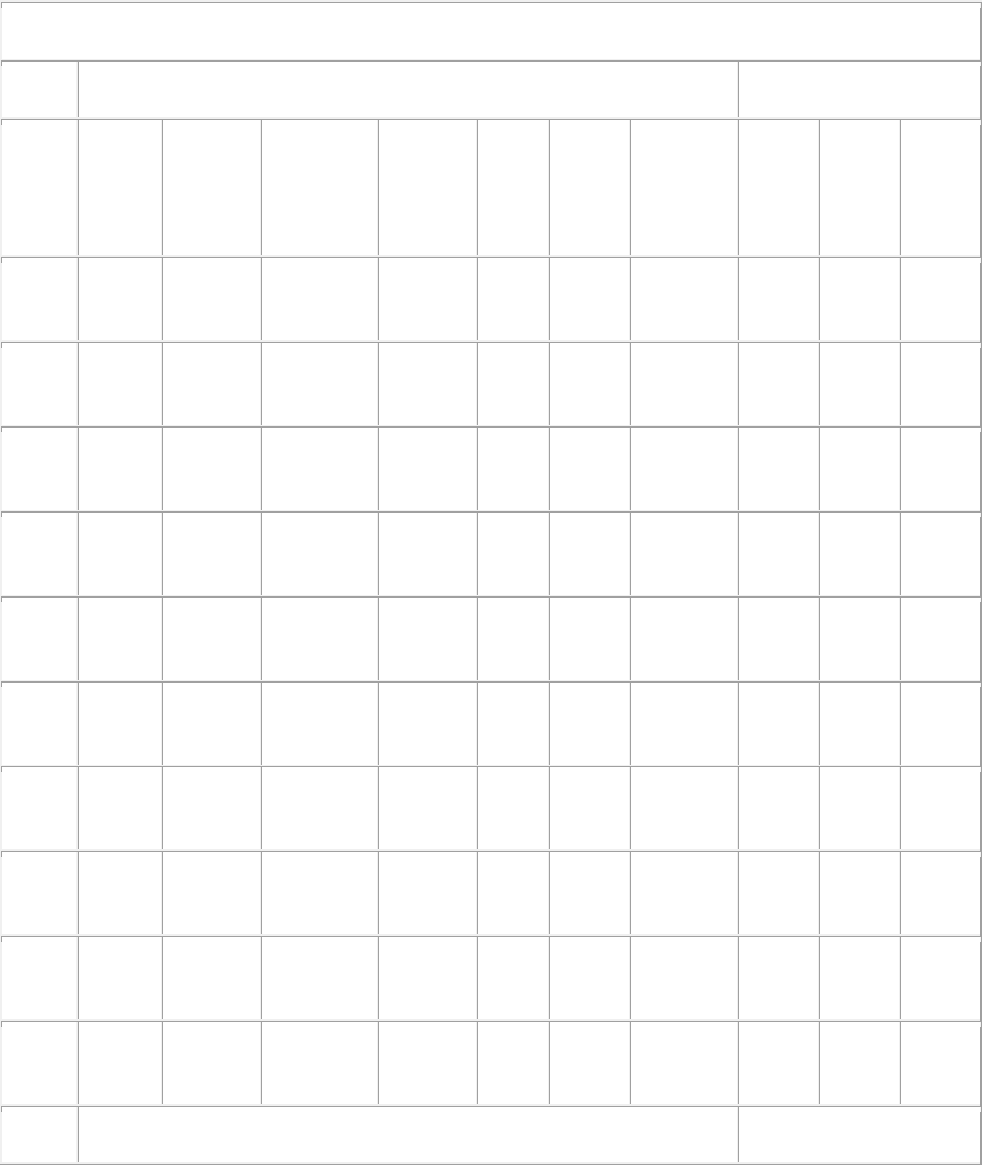
2021 International Building-Related Codes
Page 73 of 141
Sec. 10-39. New residential construction fee schedule.
This fee schedule applies to new residential home construction. See section 10-38 for fees for separate
additions, renovations, and installations to existing residential homes.
Fee Schedule for New Residential Construction
Basic Permit Fees
Optional Permit Fees
SF
Range
Building
Permit
Electrical
Permit
Mechanical
Permit
General
Plumbing
Permit
Sewer
Permit
Plan
Review
Total
Basic
Permit
Fees
TML
Permit*
TOPS
Permit*
Gas
Permit*
0000-
0500
$150 $100 $80 $60 $64 $200 $654 $57 $54 $64
0501-
1000
$425 $100 $80 $119 $64 $200 $988 $57 $54 $64
1001-
1250
$450 $100 $80 $128 $64 $200 $1,022 $57 $54 $64
1251-
1500
$625 $100 $80 $132 $64 $200 $1,201 $57 $54 $64
1501-
1750
$800 $100 $85 $145 $64 $200 $1,394 $57 $54 $64
1751-
2000
$850 $100 $85 $149 $64 $200 $1,448 $57 $54 $64
2001-
2250
$850 $100 $85 $151 $64 $200 $1,450 $57 $54 $64
2251-
2500
$850 $100 $85 $156 $64 $200 $1,455 $57 $54 $64
2501-
3000
$880 $110 $85 $164 $64 $200 $1,503 $57 $54 $64
3001-
3500
$920 $110 $90 $178 $64 $400 $1,762 $57 $54 $64
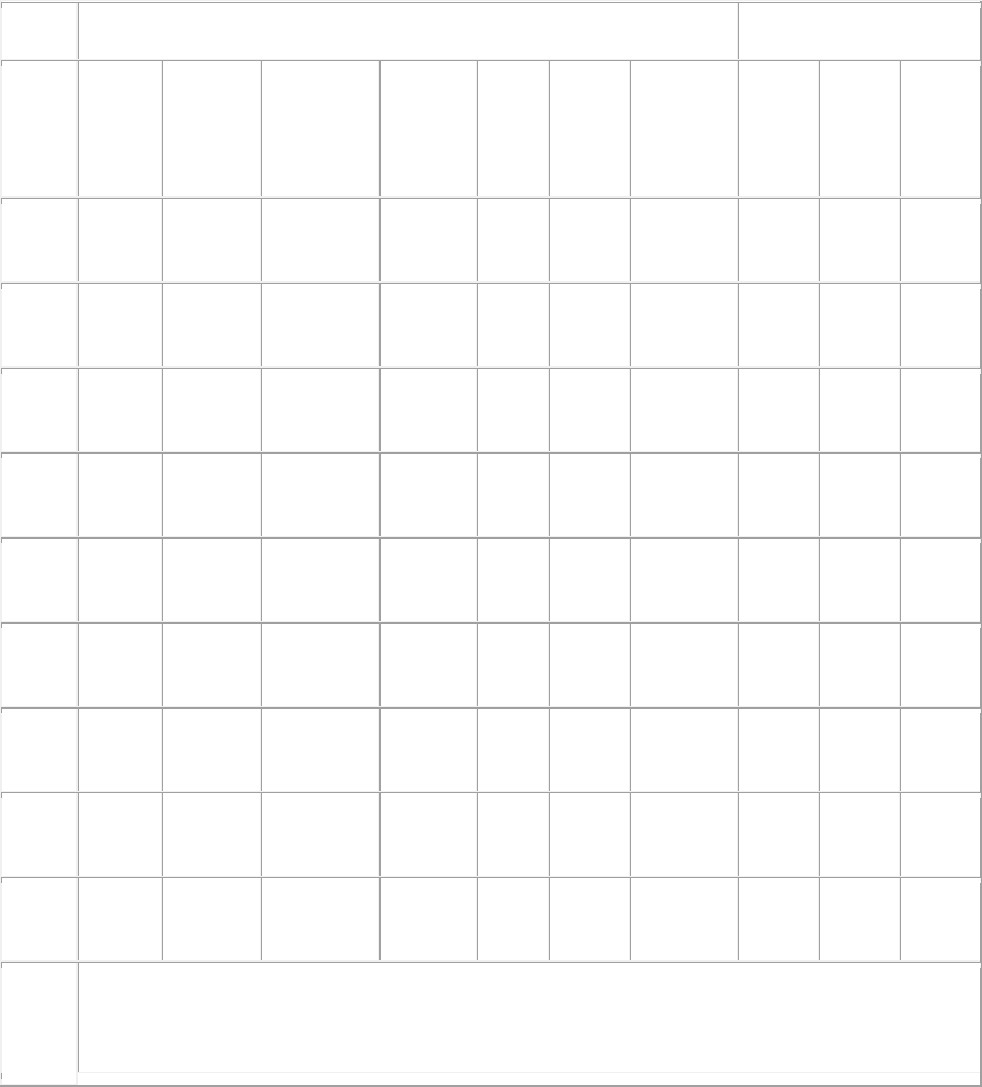
2021 International Building-Related Codes
Page 74 of 141
Basic Permit Fees
Optional Permit Fees
SF
Range
Building
Permit
Electrical
Permit
Mechanical
Permit
General
Plumbing
Permit
Sewer
Permit
Plan
Review
Total
Basic
Permit
Fees
TML
Permit*
TOPS
Permit*
Gas
Permit*
3501-
4000
$930 $120 $110 $190 $64 $400 $1,814 $57 $54 $64
4001-
5000
$1,000 $125 $140 $207 $64 $400 $1,936 $57 $54 $64
5001-
6000
$1,100 $125 $165 $223 $64 $400 $2,077 $57 $54 $64
6001-
6500
$1,200 $150 $245 $283 $64 $600 $2,542 $57 $54 $64
6501-
7000
$1,400 $150 $245 $342 $64 $600 $2,801 $57 $54 $64
7001-
7250
$1,550 $200 $245 $351 $64 $600 $3,010 $57 $54 $64
7251-
7500
$1,725 $200 $245 $355 $64 $600 $3,189 $57 $54 $64
7501-
7750
$1,900 $200 $250 $368 $64 $600 $3,382 $57 $54 $64
7751-
9000**
$2,000 $200 $250 $372 $64 $600 $3,486 $57 $54 $64
*Optional Fees
**For projects over ninety thousand (90,000) square feet, the fees are determined by combining
smaller increments to equal the square footage.
Secs. 10-40—10-45. Reserved.
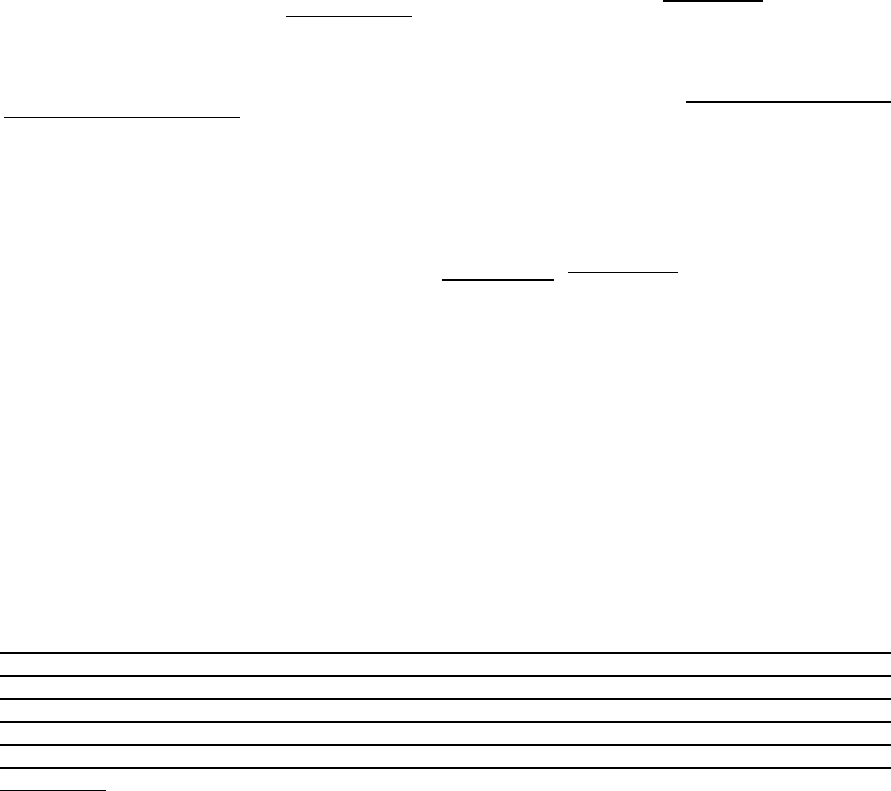
2021 International Building-Related Codes
Page 75 of 141
ARTICLE V. EXISTING BUILDING CODE
Sec. 10-46. Adoption of International Existing Building Code (2021).
The 2021 edition of the International Existing Building Code, promulgated by the International Code
Council, Section 101 and 102 of Chapter 1, and Chapters 2 through 16, is adopted and incorporated in this
article by reference as if fully set forth, except as it is amended by the following provisions of section 10-47.
Provisions of this article are in addition to the provisions of the International Existing Building Code. The
following provisions coinciding with the provisions of the International Existing Building Code supersede,
repeal, or delete, when indicated, the corresponding provisions of the International Existing Building Code.
All references within the model codes to any building, electrical, fuel gas, mechanical, plumbing,
energy conservation, existing building, or swimming pool code shall be construed to be a reference to the
respective building, electrical, fuel gas, mechanical, plumbing, energy conservation, existing building, or
swimming pool code specifically adopted by reference in Articles II through XIV of this chapter.
Sec. 10-47. Amendments to the adopted chapters of the International Existing Building Code
(2021).
Additions to the International Existing Building Code (IEBC) are shown as underlined text. Deletions
of the IEBC are shown as bracketed [strikethroughs].
Section 101.1, Title, is amended as follows:
101.1 Title. These regulations shall be known as the Existing Building Code of San Antonio, Texas,
[NAME OF JURISDICTION] herein referred to as "this code."
Section [A] 101.4.2, Buildings previously occupied, is amended by amending the reference to the
International Property Maintenance Code to read as follows:
[A] 101.4.2 Buildings previously occupied. The legal occupancy of any building existing on the date
of adoption of this code shall be permitted to continue without change, except as is specifically covered
in this code, the International Fire Code, or the San Antonio [International] Property Maintenance
Code, or as is deemed necessary by the code official for the general safety and welfare of the
occupants and the public.
Section 202, GENERAL DEFINITIONS, is amended by amending the definition for Change of Occupancy
to read as follows:
CHANGE OF OCCUPANCY. A change in the use of a building or a portion of a building that results
in any of the following:
1. A change of occupancy classification.
2. A change from one group to another group within an occupancy classification.
3. any change in use within a group for which there is a change in application of the requirements of
this code.
Existing open buildings and structures that are modified such that they are no longer open on at least
three sides and open a minimum of 50% of the perimeter of the area covered are also considered a
change of occupancy and fire sprinklers systems shall be installed for these change in occupancies in
accordance with the applicable requirements of the International Building Code and International Fire
Code. In order to be considered "open" for the purpose of this requirement, an open side shall be at
least 50% open with the open area uniformly distributed to prevent the accumulation of smoke and
toxic gases.
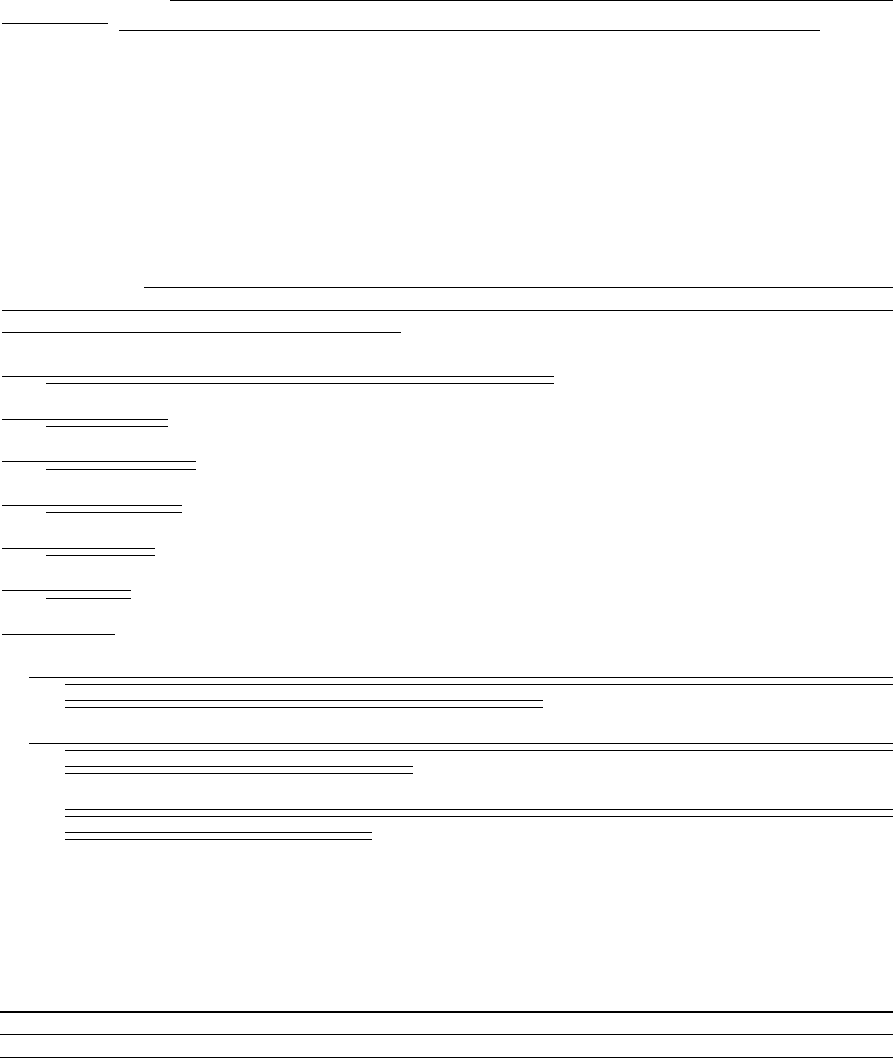
2021 International Building-Related Codes
Page 76 of 141
SECTION 306, ACCESSIBILITY FOR EXISTING BUILDINGS, is repealed in its entirety.
Section 502.6, Enhanced classroom acoustics, is deleted.
Section 503.16, Enhanced classroom acoustics, is deleted.
Section 503.18, Two-way communications systems, is deleted.
Section 506.5, Structural, is amended as follows, all other Code text remains as is:
506.5 Structural. [Any building undergoing a change of occupancy shall satisfy the requirements of
this section.] The code official shall be authorized to require the compliance with this section.
Section 506.6, Enhanced classroom acoustics, is deleted.
Section 903.4, Enhanced classroom acoustics, is deleted.
Section 1011.2.1, Fire Sprinkler System, is amended as follows:
1011.2.1 Fire Sprinkler System. Where a change of occupancy classification occurs or where there
is a change of occupancy within a space where there is a different fire protection system threshold
requirement in Chapter 9 of the International Building Code that requires an automatic fire sprinkler
system to be provided based on the new occupancy in accordance with Chapter 9 of the International
Building Code. The installation of the automatic sprinkler system shall be required within the area of
the change of occupancy and areas of the building not separated horizontally and vertically from the
change of occupancy by one of the following:
1. Nonrated permanent partition and horizontal assemblies.
2. Fire partition.
3. Smoke partition.
4. Smoke barrier.
5. Fire barrier.
6. Fire wall.
Exceptions:
1. An automatic sprinkler system shall not be required in a one- or two-family dwelling constructed
in accordance with the International Residential Code.
2. Automatic sprinkler system shall not be required in a townhouse constructed in accordance
with the International Residential Code.
3. The townhouse shall be separated from adjoining units in accordance with Section R302.2 of
the International Residential Code.
Section 1011.4, Enhanced classroom acoustics, is deleted.
Section 1101.4, Enhanced classroom acoustics, is deleted.
Section 1102.2, Area limitations, is amended by adding Section 1102.2.1, Fire wall alternative, as follows:
1102.2.1 Fire wall alternative. In other than Groups H, F-1 and S-1, fire barriers and floor and roof
assemblies constructed in accordance with Sections 707 and 711, respectively, of the International
Building Code shall be permitted to be used in lieu of fire walls to separate the existing building from
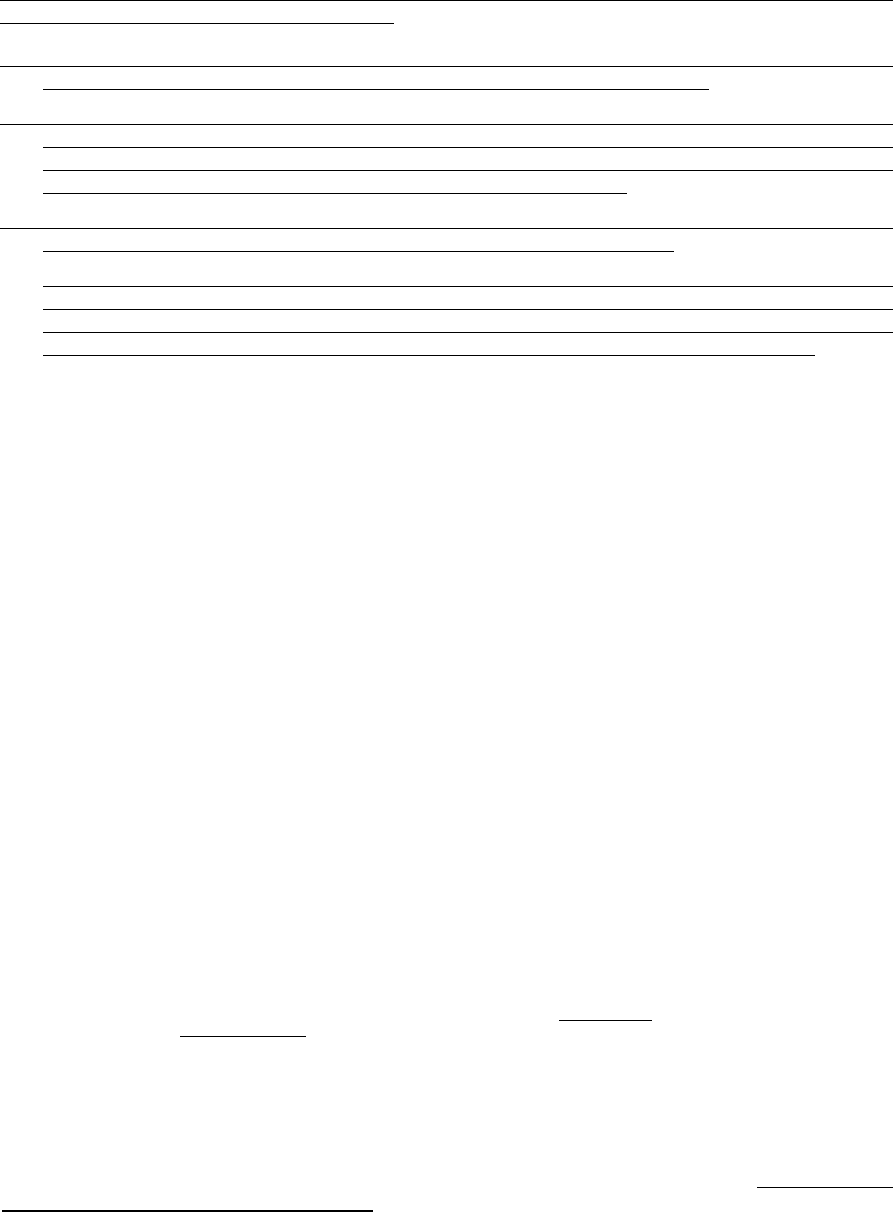
2021 International Building-Related Codes
Page 77 of 141
an addition for the purpose of complying with the area limitations required for the new occupancy
where all of the following conditions are met:
1. The buildings (existing building and addition) are protected throughout with an automatic sprinkler
system in accordance with Section 903.3.1.1 of the International Fire Code.
2. The maximum allowable area between fire barriers, horizontal assemblies, or any combination
thereof shall not exceed the maximum allowable area determined in accordance with Chapter 5
of the International Building Code without an increase allowed for an automatic sprinkler system
in accordance with Section 506 of the International Building Code.
3. The fire-resistance rating of the fire barriers and horizontal assemblies shall not be less than that
specified for fire walls in Table 706.4 of the International Building Code.
Exception: Where horizontal assemblies are used to limit the maximum allowable area, the
required fire resistance rating of the horizontal assemblies shall be permitted to be reduced by 1
hour provided the height and number of stories increases allowed for an automatic sprinkler
system by Section 504 of the International Building Code are not used for the buildings.
Sec. 10-48. Fee schedule.
See the fee schedule for the International Building Code above.
Secs. 10-49, 10-50. Reserved.
ARTICLE VI. ELECTRICAL CODE
Sec. 10-51. Adoption of National Electrical Code (2020).
The 2020 edition of the National Electrical Code, promulgated as a standard by the National Fire
Protection Association, is adopted and incorporated in this article by reference as if fully set forth, except
as it is amended by the following provisions of section 10-52. Provisions of this article are in addition to the
provisions of the National Electrical Code. The following provisions coinciding with the provisions of the
National Electrical Code supersede, repeal, or delete, when indicated, the corresponding provisions of the
National Electrical Code.
All references within the model codes to any building, electrical, fuel gas, mechanical, plumbing,
energy conservation, existing building, or swimming pool code shall be construed to be a reference to the
respective building, electrical, fuel gas, mechanical, plumbing, energy conservation, existing building, or
swimming pool code specifically adopted by reference in Articles II through XIV of this chapter.
Sec. 10-52. Amendments to the adopted chapters of the National Electrical Code (2020).
Additions to the National Electrical Code (NEC) are shown as underlined text. Deletions of the NEC
are shown as bracketed [strikethroughs].
Article 100, Definitions, is amended for Dwelling Unit to read as follows:
Dwelling Unit. A single unit, providing complete and independent living facilities for one or more
persons, including permanent provisions for living, sleeping, cooking and sanitation to include free-
standing habitable structures at dwellings.
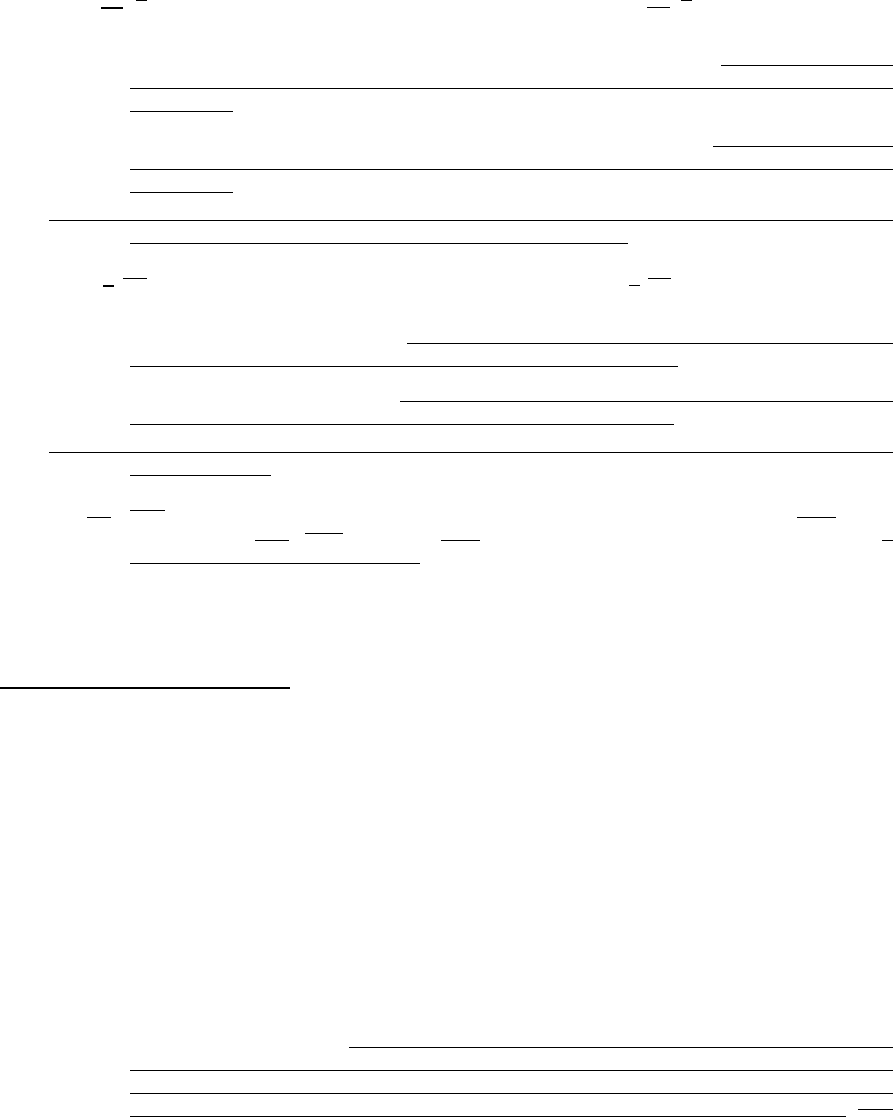
2021 International Building-Related Codes
Page 78 of 141
Article 200.6, Means of Identifying Grounded Conductors, paragraphs (A), (A)(1), (A)(2), A (3) and
paragraphs (B), (B)(1), (B)(2), (B)(3) and (B)(4) are amended as follows, with all other Code text remaining
as is:
200.6. Means of Identifying Grounded Conductors.
(A) Sizes 10 [6] AWG or Smaller. An insulated grounded conductor of 10 [6] AWG or smaller shall
be identified by one of the following means:
(A) (1) The insulated conductor shall have a continuous white outer finish shall be used on all
systems with a voltage of less than 150 Volts between the grounded and ungrounded
conductors.
(A) (2) The insulated conductor shall have a continuous gray outer finish shall be used on all
systems with a voltage of 150 Volts or higher between the grounded and ungrounded
conductors.
[(A) (3) [The insulated conductor shall have three continuous white or gray stripes along the
conductor's entire length on other than green insulation.]
(B) Sizes 8 [4] AWG or Larger. An insulated grounded conductor 8 [4] AWG or larger shall be
identified by one of the following means:
(B) (1) A continuous white outer finish shall be used on all systems with a voltage of less than
150 Volts between the grounded and ungrounded conductors.
(B) (2) A continuous gray outer finish shall be used on all systems with a voltage of 150 Volts
or higher between the grounded and ungrounded conductors.
[(B) (3) Three continuous white or gray stripes along the conductor's entire length on other than
green insulation.]
(B) (3) [(4)] At the time of installation, by a distinctive white or gray marking tape at its
terminations. The [This] marking tape shall encircle the conductor or insulation a
minimum of two inches in length.
Article 200.7, Use of Insulation of a White or Gray Color or with Three Continuous White or Gray Stripes,
is amended just on the title as follows; all other Code text remains as is in the NEC 2020:
200.7 Use of Insulation of a White or Gray Color or with Three Continuous White or Gray Stripes
on Cables Listed in Article 334.
Article 210.5, Identification for Branch Circuits, paragraphs (C)(1)(a), (C)(2), (C)(2)(a) and (C)(2)(b) are
amended as follows, all other Code text remains as is:
210.5 Identification for Branch Circuits.
(C). Identification of Ungrounded Conductors. Ungrounded conductors shall be identified in
accordance with 210.5(C)(1) or (2), as applicable.
(1) Branch Circuits Supplied from More Than One Nominal Voltage System. Where the
premises wiring system has branch circuits supplied from more than one nominal voltage
system, each ungrounded conductor of a branch circuit shall be identified by phase or line
and by system voltage class at all termination, connection, and splice points in compliance
with 210.5(C)(1)(a) and (b). Different systems within the same premises that have the same
system voltage class shall be permitted to use the same identification.
(a) Means of Identification. Conductors 10 AWG and smaller shall have factory colored
insulation. Conductors 8 AWG and larger may have factory colored insulation or black
insulation with a marking tape that encircles the insulation a minimum of two inches in
length. Color of insulation or marking tape shall comply with the following table: [The
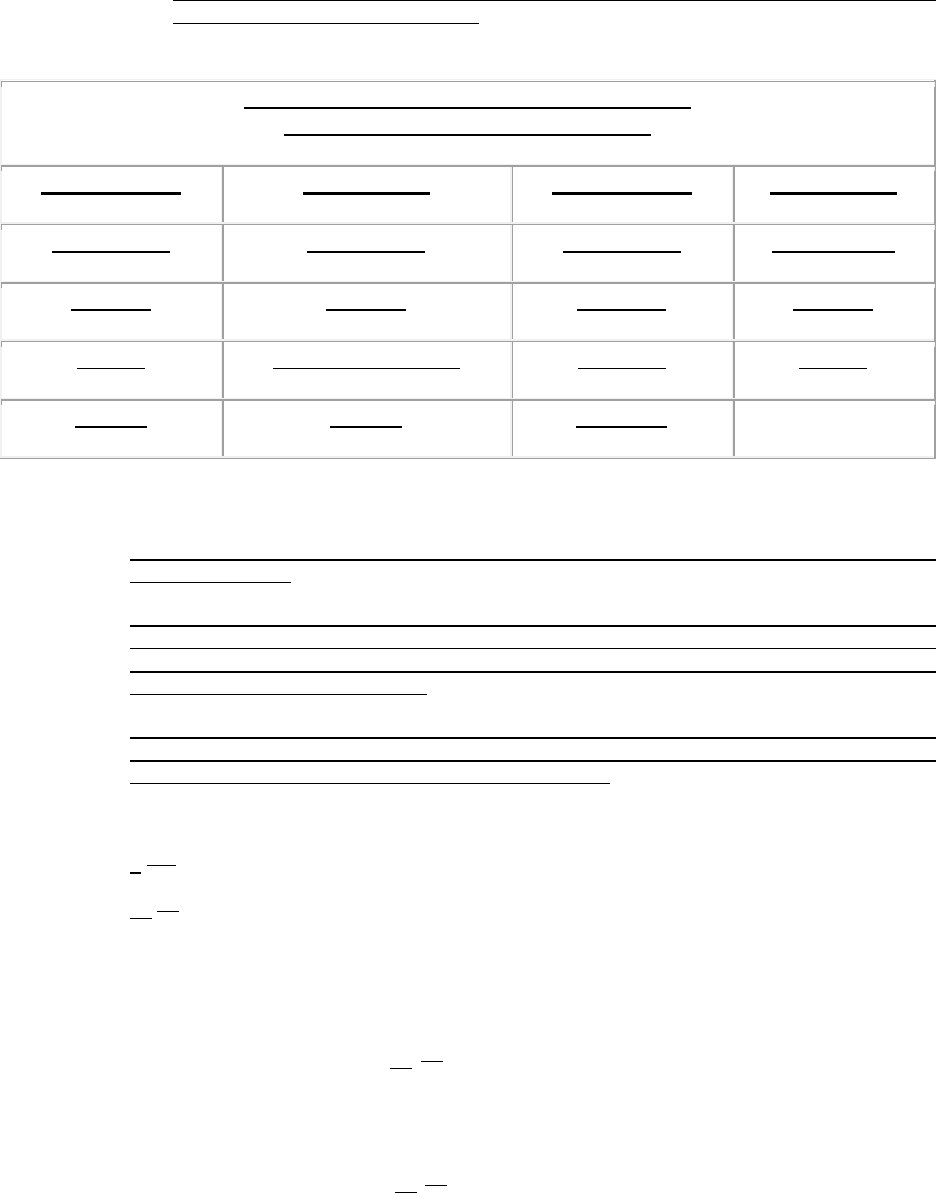
2021 International Building-Related Codes
Page 79 of 141
means of identification shall be permitted to be by separate color coding, marking tape,
tagging, or other approved means.]
UNGROUNDED CONDUCTOR IDENTIFICATION
COLORS FOR ELECTRICAL SYSTEMS
208Y/120 Volts
120/240 Volts
480Y/277 Volts
120/240 Volts
Three phase
Three phase
Three phase
Single phase
A - Black
A - Black
A - Purple
A - Black
B - Red
B - Orange (high leg)
B - Brown
B - Red
C - Blue
C - Blue
C - Yellow
Informational Note 1: Conductors used for switch legs shall be the same color as the branch
circuit conductors.
Informational Note 2: Conductors used for travelers may be of the same color as its
associated switch leg or may be any of the above colors not used on the project. The colors
designated for the grounded conductor, grounding conductors or for identification of the high
leg may not be used for travelers.
Informational Note 3: In existing installations where modifications to the electrical system
are required, and there is an established system of colors for ungrounded conductors, the
existing color-coding system may continue to be used.
(2) Branch Circuits Supplied from Direct-Current Systems. Where a branch circuit is
supplied from a dc system operating at more than 60 volts, each ungrounded conductor of
8 [4] AWG or larger shall be identified by polarity at all termination, connection, and splice
points by marking tape, tagging, or other approved means; each ungrounded conductor of
10 [6] AWG or smaller shall be identified by polarity at all termination, connection, and splice
points in compliance with 210.5(C)(2)(a) and (b). The identification methods utilized for
conductors originating within each branch-circuit panelboard or similar branch-circuit
distribution equipment shall be documented in a manner that is readily available or shall be
permanently posted at each branch-circuit panelboard or similar branch-circuit distribution
equipment.
(a) Positive Polarity, Sizes 10 [6] AWG or Smaller. Where the positive polarity of a dc
system does not serve as the connection point for the grounded conductor, each
positive ungrounded conductor shall be identified by one of the following means:
* * * * *
(b) Negative Polarity, Sizes 10 [6] AWG or Smaller. Where the negative polarity of a dc
system does not serve as the connection point for the grounded conductor, each
negative ungrounded conductor shall be identified by one of the following means:
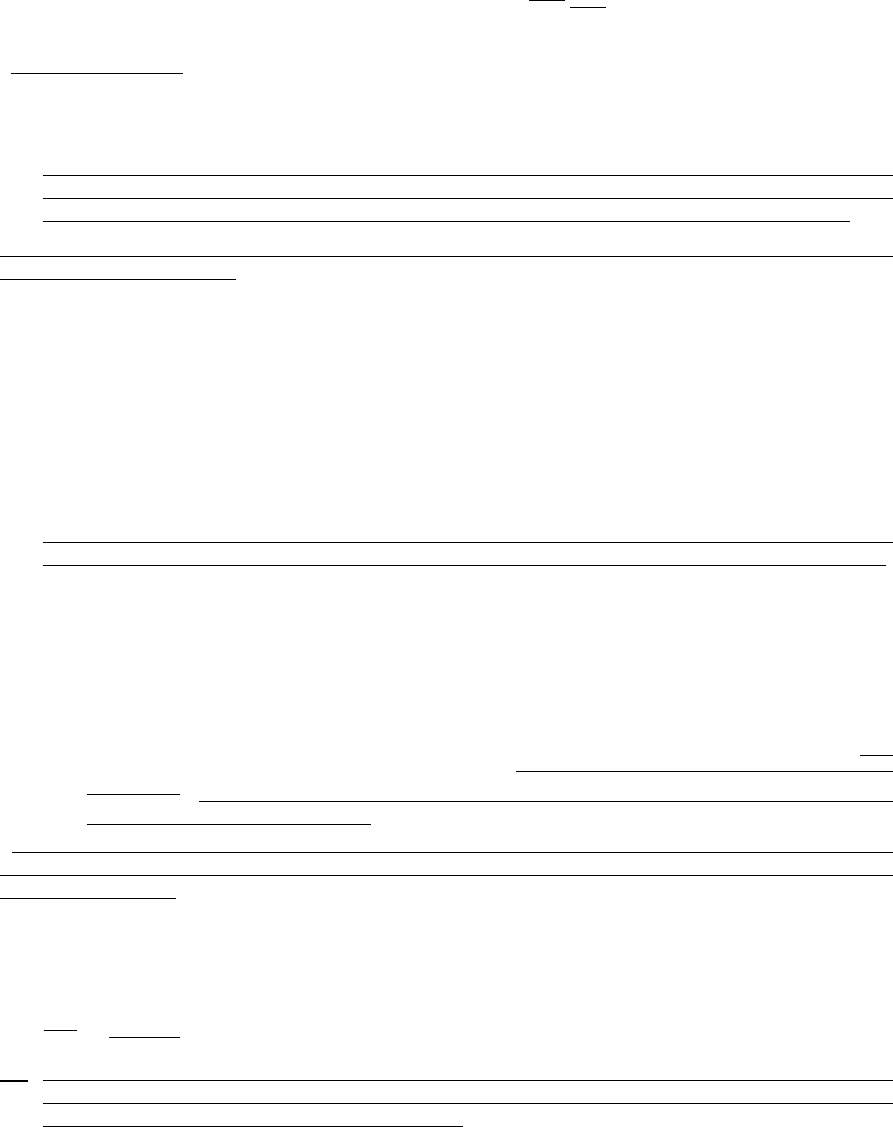
2021 International Building-Related Codes
Page 80 of 141
Article 210.8, Ground-Fault Circuit-Interrupter Protection for Personnel, paragraph (B)Other Than Dwelling
Units, is amended to add Number 13, all other code text remains as is:
(B) Other Than Dwelling Units. All 125-volt through 250-volt receptacles supplied by single-phase
branch circuits rated 150 volts or less to ground, 50 amperes or less, and all receptacles supplied
by three-phase branch circuits rated 150 volts or less to ground, 100 amperes or less, installed
in the locations specified in 210.8(B)(1) through (B)[(12)](13) shall have ground-fault circuit-
interrupter protection for personnel.
(13) Aircraft hangar
Article 210.8, Ground-Fault Circuit-Interrupter Protection for Personnel, paragraph (F)Outdoor Outlets, is
deleted as follows, all other code text remains as is:
[(F) Outdoor Outlets. All outdoor outlets for dwellings, other than those covered in 210.8(A) (3),
Exception to (3), that are supplied by single-phase branch circuits rated 150 volts to ground or
less, 50 amperes or less, shall have ground-fault circuit-interrupter protection for personnel.
Exception: Ground-fault circuit-interrupter protection shall not be required on lighting outlets other than
those covered in 210.8(C)]
* * * * *
Article 210.19, Conductors - Minimum Ampacity and Size, paragraph (A)Branch Circuits Not More Than
600 Volts, (1) General, (a) is amended as follows, all other code text remains as is:
210.19 Conductors - Minimum Ampacity and Size.
(a) Where a branch circuit supplies continuous loads or any combination of continuous and
noncontinuous loads, the minimum branch-circuit conductor size shall have an ampacity not less
than the noncontinuous load plus 125 percent of the continuous load in accordance with 310.14.
No conductor smaller than 12 AWG copper or 8 AWG aluminum shall be used; however,
conductors smaller than 12 AWG copper may be used for taps if part of an approved assembly.
Article 210.52, Dwelling Unit Receptacle Outlets, paragraph (B)(1) and its Exception No. 2 are amended as
follows, all other code text remains as is:
(B) Small Appliances.
(1) Receptacle Outlets Served. In the kitchen, pantry, breakfast room, dining room, or similar
area of a dwelling unit, the two or more 20-ampere small-appliance branch circuits required
by 210.11(C)(1) shall serve all wall and floor receptacle outlets covered by 210.52(A), and
all countertop outlets covered by 210.52(C) [, and receptacle outlets for refrigeration
equipment]. Receptacle outlets for refrigeration equipment shall not be connected to the
small- appliance branch circuits.
[ Exception No. 2: In addition to the required receptacles specified by 210.52, a receptacle outlet to
serve a specific appliance shall be permitted to be supplied from an individual branch circuit rated 15
amperes or greater.]
Article 210.70, Lighting Outlets Required, is amended to include 210.70(D); all other code text remains as
is:
210.70 Lighting Outlets Required. Lighting outlets shall be installed where specified in 210.70(A),
(B), [and] (C), and D.
(D) Open Lamps. Lighting outlets required by 210.70(A)(3) and 210.70(C) with open lamps shall be
guarded where installed less than seven feet above the working surface measured directly below
the lamp or where exposed to physical damage.
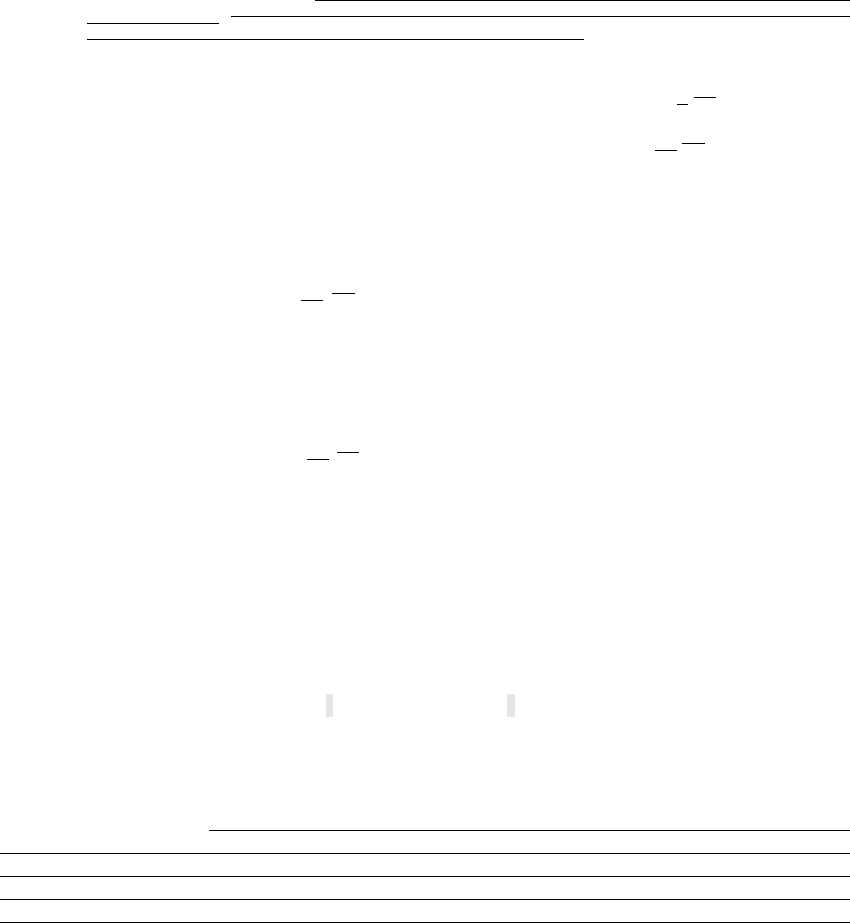
2021 International Building-Related Codes
Page 81 of 141
Article 215.12, Identification for Feeders, paragraphs (C)(1)(a), (C)(2), (C)(2)(a) and (C)(2)(b) are amended
to read as follows:
215.12 Identification for Feeders.
(C) Identification of Ungrounded Conductors. Ungrounded conductors shall be identified in
accordance with 215.12(C)(1) or (C)(2), as applicable.
(1) Feeders Supplied from More Than One Nominal Voltage System. Where the premises
wiring system has feeders supplied from more than one nominal voltage system, each
ungrounded conductor of a feeder shall be identified by phase or line and system at all
termination, connection, and splice points in compliance with 215.12(C)(1)(a) and (b).
(a). Means of Identification. Feeders shall be color coded in accordance with Article
210.5(C)(1)(a). [The means of identification shall be permitted to be by separate color
coding, marking tape, tagging, or other approved means.]
(2) Feeders Supplied from Direct-Current Systems. Where a feeder is supplied from a dc
system operating at more than 60 volts, each ungrounded conductor of 8 [4] AWG or larger
shall be identified by polarity at all termination, connection, and splice points by marking
tape, tagging, or other approved means; each ungrounded conductor 10 [6] AWG or smaller
shall be identified by polarity at all termination, connection, and splice points in compliance
with 215.12(C)(2)(a) and (b). The identification methods utilized for conductors originating
within each feeder panelboard or similar feeder distribution equipment shall be documented
in a manner that is readily available or shall be permanently posted at each feeder
panelboard or similar feeder distribution equipment.
(a). Positive Polarity, sizes 10 [6] AWG or Smaller. Where the positive polarity of a dc
system does not serve as the connection for the grounded conductor, each positive
ungrounded conductor shall be identified by one of the following means:
* * * * *
(b). Negative Polarity, sizes 10 [6] AWG or Smaller. Where the negative polarity of a dc
system does not serve as the connection for the grounded conductor, each negative
ungrounded conductor shall be identified by one of the following means:
* * * * *
Article 220.14, Other Loads - All Occupancies, paragraph J is amended as follows, all other code text
remains as is:
220.14 Other Loads - All Occupancies.
(J) Dwelling Units. In one-family, two-family, and multifamily dwellings, the minimum unit load shall
be not less than 33 volt-amperes/m
2
(3 volt-amperes /ft
2
). The lighting and receptacle outlets
specified in 220.14(J)(1), (J)(2), and (J)(3) are included in the minimum unit load. No additional
load calculations shall be required for such outlets. The minimum lighting load shall be determined
using the minimum unit load and the floor area as determined in 220.11 for dwelling occupancies.
Motors rated less than 1/8 hp and connected to a lighting circuit shall be considered part of the
minimum lighting load. A maximum load of 1440 VA, consisting of receptacles at 180 VA each
plus luminaires at their maximum allowed lamp wattage shall be permitted on a 15 A branch circuit
and a maximum load of 1920 VA, consisting of receptacles at 180 VA each plus luminaires at
their maximum allowed lamp wattage shall be permitted on a 20 A branch circuit. When using the
optional VA method in lieu of the total number of outlets described in the previous sentence, the
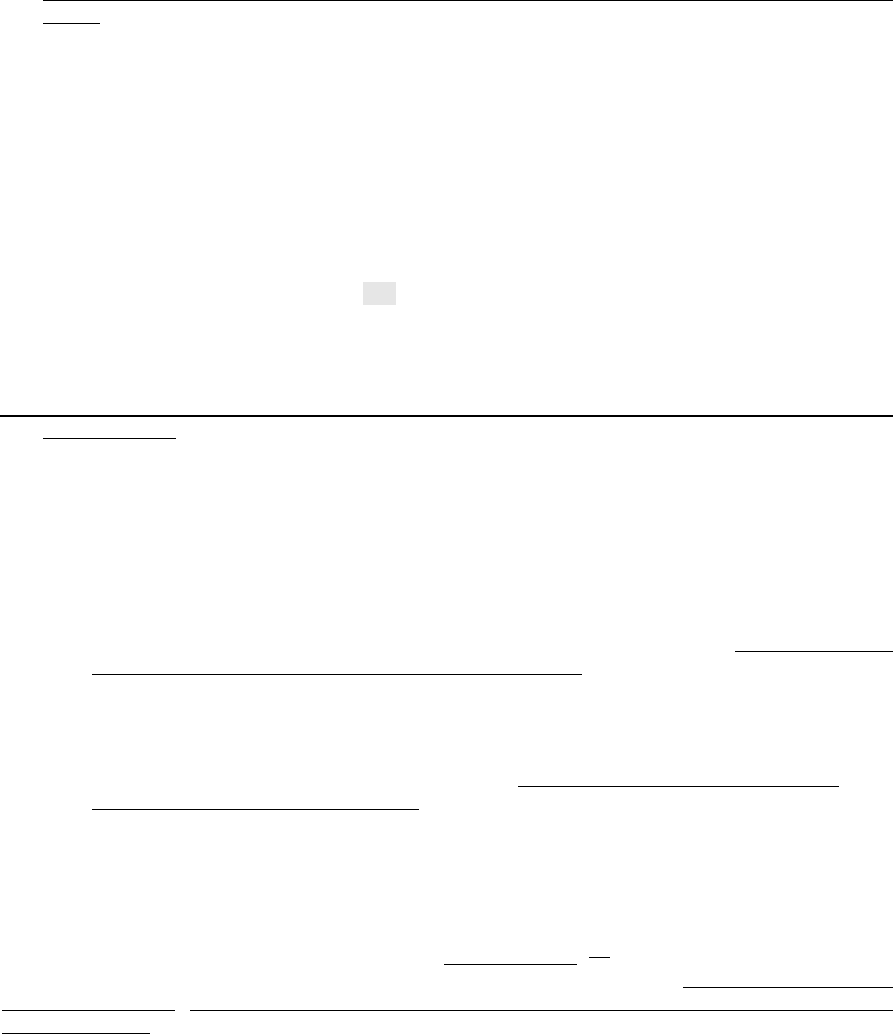
2021 International Building-Related Codes
Page 82 of 141
VA load shall be computed in accordance 210.20(A) - receptacles at 100% plus luminaires at
125%.
(1) All general-use receptacle outlets of 20-ampere rating or less, including receptacles
connected to the circuits in 210.11(C)(3) and 210.11(C)(4)
(2) The receptacle outlets specified in 210.52(E) and (G)
(3) The lighting outlets specified in 210.70(A) and (B)
Article 225.30(B), Common Supply Equipment, is repealed in its entirety.
Article 230.2, Number of Services, paragraph F is added as follows, all other code text remains as is:
230.2 Number of Services. A building or other structure served shall be supplied by only one service
unless permitted in 230.2(A) through (D). For the purpose of 230.40, Exception No. 2 only,
underground sets of conductors, 1/0 AWG and larger, running to the same location and connected
together at their supply end but not connected together at their load end shall be considered to be
supplying one service.
(F) Color Coding. Service entrance conductors shall be color coded in accordance with Article
210.5(C)(1)(a).
Article 230.82, Equipment Connected to the Supply Side of Service Disconnect, is amended as follows, all
other code text remains as is:
230.82 Equipment Connected to the Supply Side of Service Disconnect. Only the following
equipment shall be permitted to be connected to the supply side of the service disconnecting means:
(5) Conductors used to supply load management devices, circuits for standby power systems,
fire pump equipment, and fire and sprinkler alarms, if provided with service equipment and
install in accordance with requirements for service-entrance conductors. Such connections
shall not be made within service equipment enclosures.
(6) Solar photovoltaic systems, fuel cell systems, wind electric systems, energy storage
systems, or interconnected electric power production sources, if provided with a
disconnecting means listed as suitable for use as service equipment, and overcurrent
protection as specified in Part VII of Article 230. Such connections shall not be made
within service equipment enclosures.
Article 240.24, Location in or on Premises, paragraph (D) is amended as follows, all other code text remains
as is:
240.24 Location in or on Premises.
(D) Not in Vicinity of Easily Ignitable Material. Newly installed [O]overcurrent devices shall not be
located in the vicinity of easily ignitable material, such as in clothes closets, storage rooms, janitor
rooms, and similar. Replacements per the International Existing Building Code are permitted in
existing location.
Article 250.52, Grounding Electrodes, paragraphs (A)(3)(1) and (A)(5)(b) are amended as follows, all other
code text remains as is:
250.52 Grounding Electrodes.
(A) Electrodes Permitted for Grounding.
(3) Concrete-Encased Electrode. A concrete-encased electrode shall consist of at least 6.0 m
(20 ft) of either (1) or (2):
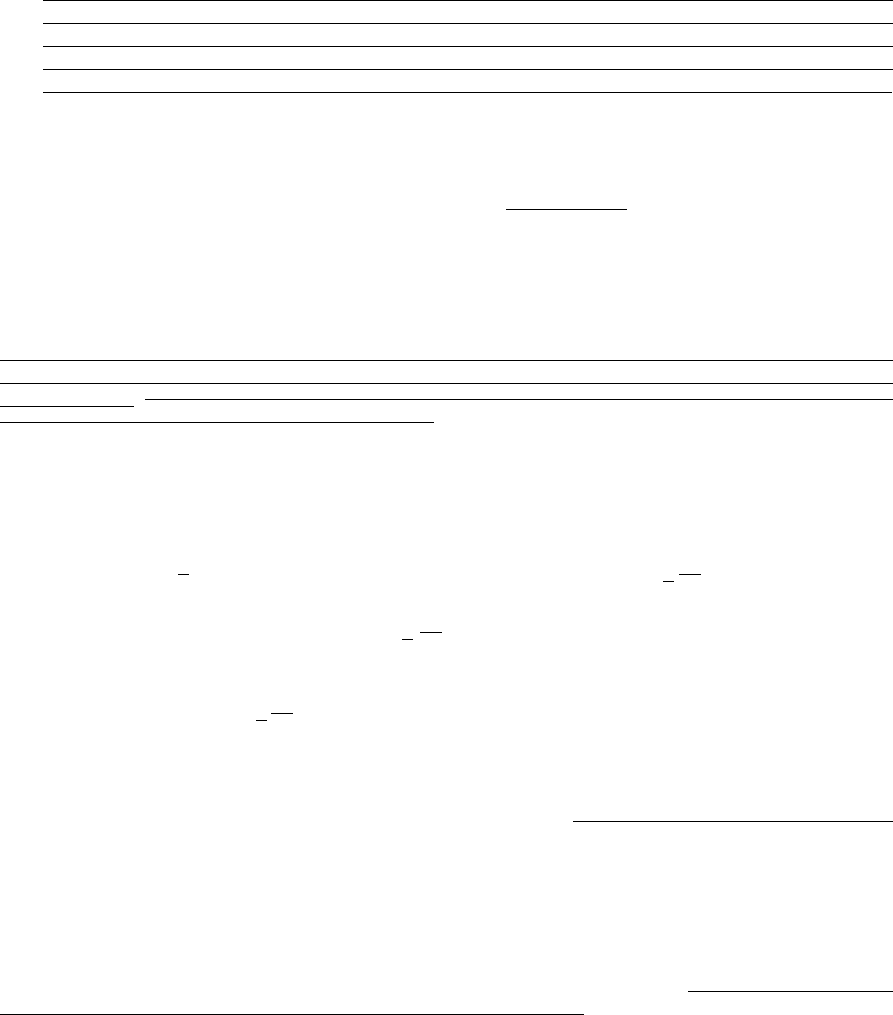
2021 International Building-Related Codes
Page 83 of 141
(1) One or more bare or zinc galvanized or other electrically conductive coated steel
reinforcing bars or rods of not less than 13 mm (1/2 in.) in diameter, installed in one
continuous 6.0 m (20 ft) length, or if in multiple pieces connected together by the usual
steel tie wires, exothermic welding, welding, or other effective means to create a 6.0
(20 ft) or greater length; or
Informational Note to (A)(3)(1): A piece of reinforcing steel conforming to (1) above which has
additional length, without splice, extended up past the sole plate of the structure to which the
grounding electrode may be connected to and extended to the service equipment is acceptable.
The portion of the reinforcing steel extending above the sole plate shall be painted green and the
paint removed from the bar where the connection is made to the grounding electrode conductor.
(5) Rod and Pipe Electrodes. Rod and pipe electrodes shall not be less than 2.44 m (8 ft) in
length and shall consist of the following materials.
(b) Rod-type grounding electrodes of stainless steel and copper or zinc coated steel shall
be at least 15.87 mm (5/8 in.) in diameter [, unless listed].
Article 250.118, Types of Equipment Grounding Conductors, the first sentence of Paragraph 118 is
amended as follows, all other code text remains as is:
250.118 Types of Equipment Grounding Conductors.
As a minimum, the equipment grounding conductor shall consist of a conductor as described in item
(1) as follows and may be supplemented by any of the other means described in items (2) through
(14) as follows: [The equipment grounding conductor run with or enclosing the circuit conductors shall
be one or more or a combination of the following:]
Article 250.119, Identification of Equipment Grounding Conductors, paragraphs (A), (A)(1) and its Exception
and (A)(2)c are amended as follows, all other code text remains as is:
250.119 Identification of Equipment Grounding Conductors.
(A) Conductors 8[4] AWG and Larger. Equipment grounding conductors 8 [4] AWG and larger shall
comply with 250.119(A)(1) and (A)(2).
(1) An insulated or covered conductor 8 [4] AWG and larger shall be permitted, at the time of
installation, to be permanently identified as an equipment grounding conductor at each end
and at every point where the conductor is accessible.
Exception: Conductors 8 [4] AWG and larger shall not be required to be marked in conduit bodies
that contain no splices or unused hubs.
(2) Identification shall encircle the conductor and shall be accomplished by one of the following:
c. Marking the insulation or covering with green tape, a minimum of two inches in length,
or green adhesive labels at the termination
Article 314.19, Boxes Enclosing Flush Devices or Flush Equipment, is amended as follows:
314.19 Boxes Enclosing Flush Devices or Flush Equipment. Boxes used to enclose flush devices
or flush equipment shall be of such design that the devices or equipment will be completely enclosed
on the back and sides, and substantial support for the devices or equipment will be provided. Screws
for supporting the box shall not also be used to attach a device or equipment. Boxes for flush devices
or equipment shall have a minimum volume of 221 cm
3
(13.5 in.
3
).

2021 International Building-Related Codes
Page 84 of 141
ARTICLE 330.6, Listing Requirements, is amended as follows:
330.6 Listings Requirements. Type MC cable shall be listed. Fittings used for connecting type MC
cable to boxes, cabinets, or other equipment shall be listed and identified for such use. Additionally,
all fittings shall be equipped with an anti-shorting bushing.
Article 330.112, Insulation, is amended as follows with all other code provisions (A & B) remaining as is:
330.112 Insulation. Insulated conductors shall comply with 330.112(A) or (B) and shall be color coded
per the requirements of this chapter.
Article 330.116, Sheath, is amended as follows:
330.116 Sheath. Metallic covering shall be one of the following types: smooth metallic sheath,
corrugated metallic sheath, or interlocking metal tape armor. The metallic sheath shall be continuous
and close fitting. A nonmagnetic sheath or armor shall be used on single conductor Type MC.
Supplemental protection of an outer covering of corrosion-resistant material shall be permitted and
shall be required where such protection is needed. The sheath shall not be used as a current-carrying
conductor. The cutting of the interlocking metal tape armor shall be performed with an approved rotary
cutting tool designed for cutting MC cable.
Article 406.12, Tamper-resistant Receptacles, is amended to include 406.12 (9) and (10); all other code
text remains as is:
(9) Public areas of assembly occupancies where children might be present
(10) All areas accessible to patients
Article 408.30, General, is amended as follows:
408.30 General. All panelboards shall have a rating not less than the minimum feeder capacity
required for the load calculated in accordance with Part III, IV, or V of Article 220, as applicable.
Panelboards containing the 120 Volt branch circuits serving the interior of one- and two-family dwelling
units shall be located in the interior of the structure in a readily accessible location.
Article 410.36, Means of Support, (B) Suspended Ceilings is amended as follows; All other code text
remains as is:
410.36 Means of Support.
(B) Framing members of suspended ceilings systems used to support luminaires shall be securely
fastened to each other and shall be securely attached to the building structure at appropriate intervals.
Luminaires shall be securely fastened to the ceiling framing member by mechanical means such as
bolts, screws, or rivets. Listed clips identified for use with the type of ceiling framing members(s) and
luminaire(s) shall also be permitted. Two independent support wires per luminaire on opposing corners
shall be permitted when installed in accordance with 300.11(B).
Article 517.10, Applicability, (B) Not Covered is amended as follows; All other code text remains as is:
517.10 Applicability.
(B) Not Covered. Part II shall not apply to the following:
(3) Areas used exclusively for any of the following purposes:
a. Intramuscular injections (immunizations)
b. Psychiatry and psychotherapy
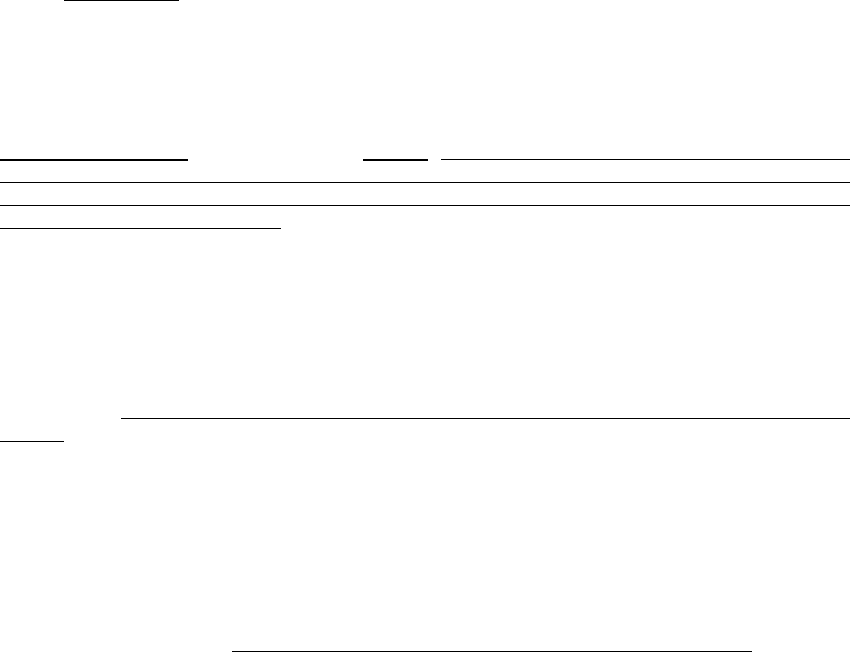
2021 International Building-Related Codes
Page 85 of 141
c. Alternative medicine
[d. Optometry]
Article 525.20, Wiring Methods, (B) Single-Conductor is amended as follows; All other code text remains
as is:
525.20 Wiring Methods.
(B) Flexible Cords and Single-Conductor Cables. Flexible cords shall be permitted only in sizes
12 AWG or larger and shall contain a separate grounding conductor. A maximum of one 25-foot
(7.65 m) extension cord may be connected to each individual receptacle provided as part of the
manufacturers listed generator. Single-conductor cable shall be permitted only in sizes 2 AWG or
larger.
Article 604.10, Uses Permitted, Exception No. 1, and Article 604.100, Construction, paragraph (A)(1)
Cables are amended as follows; All other code text remains as is:
604.10 Uses Permitted.
Exception No.1: In concealed spaces, one end of tapped cable shall be permitted to extend into
hollow walls of manufactured wall systems, with removable panels for access to the wiring
system, for direct termination at switch and outlet points.
Article 680.23, Underwater Luminaires, (A)General (4) is amended as follows; All other code text remains
as is:
680.23 Underwater Luminaires.
(A) General.
(4) Voltage Limitation. No luminaires shall be installed for operation on supply circuits over 150
volts between conductors and the limits are 15 volts ac or 30 volts dc at the luminaire.
Sec. 10-53. Electrical provisions.
(a) General. The provisions of this section shall apply to the design, construction, installation, use and
maintenance of electrical systems and equipment. Where differences occur between provisions of this
Code and referenced codes or standards, the provisions of this Code shall apply.
(b) Equipment and door labeling. The disconnecting means for each service, feeder or branch circuit
originating in a switchboard or panelboard shall be legibly and durably marked to indicate its purpose
unless such purpose is clearly evident to the code official. Doors into electrical panel rooms shall be
marked with a plainly visible and legible sign stating ELECTRICAL ROOM or similar approved wording.
(c) TOPS (Temporary on Permanent Set) permit. The section outlines the requirements for obtaining a
permit to allow the connection of the new or existing electrical service to CPS Energy prior to having
all final inspections completed on a project. The issuance of a TOPS permit and the subsequent
connection to the utility company service does not allow an owner or the occupants to occupy the
building or structure until a C of O has been issued. The above permit does not waive any of the
applicable provisions of articles IV and VIII.
(1) Sec. 10-1302.3.1 Permit Application. A licensed electrical contractor registered with the city
must make the application for the TOPS permit. The electrical contractor must also request that
the TOPS permit be attached to the main building permit in the city's computer system. The TOPS
permit is required in addition to the main electrical permit for the project.
2021 International Building-Related Codes
Page 86 of 141
(2) The following are the general conditions for obtaining a TOPS permit for new construction and
may be modified by the code official to suit project specific conditions:
a. The electrical service must be complete along with all grounding requirements, and the
electrical conductors originating from the service equipment must be terminated in an
approved electrical manner.
b. The building permit on residential construction shall have an approved foundation and
complete frame inspection. The building permit on commercial construction shall have a
complete foundation and at minimum a partial frame inspection.
c. On residential construction all trade permits must have approved rough-ins and a complete
plumbing top out. On commercial construction all trade permits must have a minimum of a
partial rough in including a partial plumbing top out.
d. The plumbing sewer permit shall have an approved final inspection on both commercial and
residential.
(3) Existing construction. The following are the general conditions for obtaining a TOPS permit for
existing construction and may be modified by the code official to suit project specific conditions:
a. The electrical service must be in good condition and comply with the city electrical code
including all grounding requirements.
b. The electrical loads originating from the existing service equipment, that will not be utilized
for construction power, must be disconnected, and safeguarded from accidental contact with
an energized electric bus bar.
c. Temporary GFCI protected outlets must be provided at the service equipment location to be
used during construction related activities.
d. All necessary and or required trade permits must be obtained prior to giving a final approval
to CPS to energize the service equipment.
(d) Electrified fences or barriers. Electrified fences or barriers conforming to the following requirements
shall be permitted:
(1) Electrified fences or barriers shall conform to the requirements of the International
Electrotechnical Commission (IEC) Standard IEC 60335-1 - Household and similar electric
appliances - Safety - Part 1: General Requirements (Reference number IEC 60335-
1:2001+A1:2004(E)) and Standard IEC 60335-2 - Household and similar electric appliances -
Safety - Part 2-76: Particular requirements for electric fence energizers (Reference number
CEI/IEC 60335-2-76:2002+A1:2006) or Underwriters Laboratories Inc. (UL) Standard number
60335-2. Safety of Household and Similar Electrical Appliances, Part 1: General Requirements
have.
(2) Electrified fences or barriers shall be limited to outdoor storage areas only in zoning designations:
Commercial (C-2 and C-3), Light Industrial District (L), General Industrial District (I-1) and Heavy
Industrial District (I-2). Unless specifically designated in this subsection, electrified fences or
barriers shall not be permitted in any zoning district.
(3) The exterior (public side) perimeter of the electrified fence or barrier shall be protected by an
additional non-electrified fence or wall and shall be separated by six (6) inches.
(4) The height of the non-electrified fence or wall shall be no less than six (6) feet in height and no
more than eight (8) feet in height at its highest point.
(5) The height of the electrified fence or barrier shall be no more than ten (10) feet in height at its
highest point measured at existing grade.
(6) Electrified fences or barriers shall be clearly marked with warning signs. The warning signs shall
be placed at each entrance to the property on the electrified fence or barrier and a maximum of
forty (40) feet on centers thereafter around the entire perimeter of the electrified fence. The
warning signs shall be placed above the non-electrified fence or wall and be clearly visible from
2021 International Building-Related Codes
Page 87 of 141
the ground on both sides of the electrified fence or barrier. The warning signs shall be printed on
both sides with the following "WARNING ELECTRIFIED FENCE" and contain the international
symbol for an electrical hazard. The wording shall be written in both English and Spanish. In
addition each entrance shall have a sign noting: "Electric Barrier registered with the San Antonio
Development Services Department - City Code 10-53(e)." These signs will be reflective with a
minimum two-inch letter height, minimum stroke of one-half (0.5) inch and with a contrasting
background. Arabic numbers and alphabetical letters shall be used.
(7) Electrified fences or barriers may be energized only during the hours when the general public
does not have legal access to the protected property.
(8) Electrified fences or barriers shall not be installed within five feet of a sidewalk or public right-of-
way. They shall also not be installed within one hundred fifty (150) feet of a property line for a
residence, or from a public, private, or parochial school day care facility unless the exterior
perimeter non-electrified fence is covered with a solid "see-through" covering (e.g., solid mesh,
slats, etc.) to further prevent contact with the electrified fence and meets the City's traffic clear
vision requirements for intended site.
(9) Electrified fences or barriers must be designed and certified by an authorized representative of
the fence or barrier equipment manufacturer. Upon completion of fence or barrier installation, the
fence or barrier equipment manufacturer shall certify that the installation meets all of its design
and safety requirements.
(10) Electrified fences or barriers must be permitted with the development services department and
on an annual basis with a notarized statement attached to the renewal permit from an authorized
representative of the fence or barrier equipment manufacturer that the installation is currently
operating in conformity with its safety requirements.
(11) The owner of the stated security equipment and the commercial property owner(s) are required
to carry general liability insurance in a minimum amount of one million dollars ($1,000,000.00) in
the aggregate each. Further, proof of insurance shall be required as a condition precedent to
secure a permit as required in this subsection and upon each subsequent annual renewal. A
failure to maintain proof of insurance for the permitted year shall result in a revocation of the
issued permit. Proof of minimum coverage amounts maintained for the preceding year must be
provided with each application for renewal. Failure to maintain coverage for the entire previous
year shall result in a denial of any permit renewal for five (5) years from the date of expiration or
revocation. Proof of insurance shall be underwritten by an organization licensed/authorized to do
business in the state.
(12) A permit holder's decision to appeal acts to modify the provisions of section 10-14(b), Limitations
of authority contained in this chapter and does not require acquiescence of the Building Official
to appeal his decision. Procedures outlined in section 10-14 of this chapter shall be followed
unless specifically modified herein. The Building Official shall be authorized to revoke a permit
upon the recommendation of the chief of police or designee, itself based on and supported by
evidence of violation of this chapter. The Building Official or designee must send a notice of
revocation to the last known address of the permit holder with such notice detailing a time of no
more than 10 working days to appeal the Building Official 's decision. Notice of appeal must be
sent as soon as practical, but no later than 10 working days past the revocation. The Building
Official’s decision shall be final upon the expiration of the 10 working day period. A filed appeal
shall suspend the Building Official’s action to revoke the permit. A permit holder shall be entitled
to a hearing before the next reasonably available meeting of the building-related and fire codes
appeals and advisory board and it shall either affirm or deny the Building Official’s decision. The
board's decision shall be based on the same evidence reviewed by the Building Official and any
subsequent information produced.
(13) Electrified fences or barriers shall have a Knox box installed in a location acceptable to the police
and fire departments to de-energize the electrified fence or barrier. The Knox box shall be
illuminated to a minimum one-foot candle.
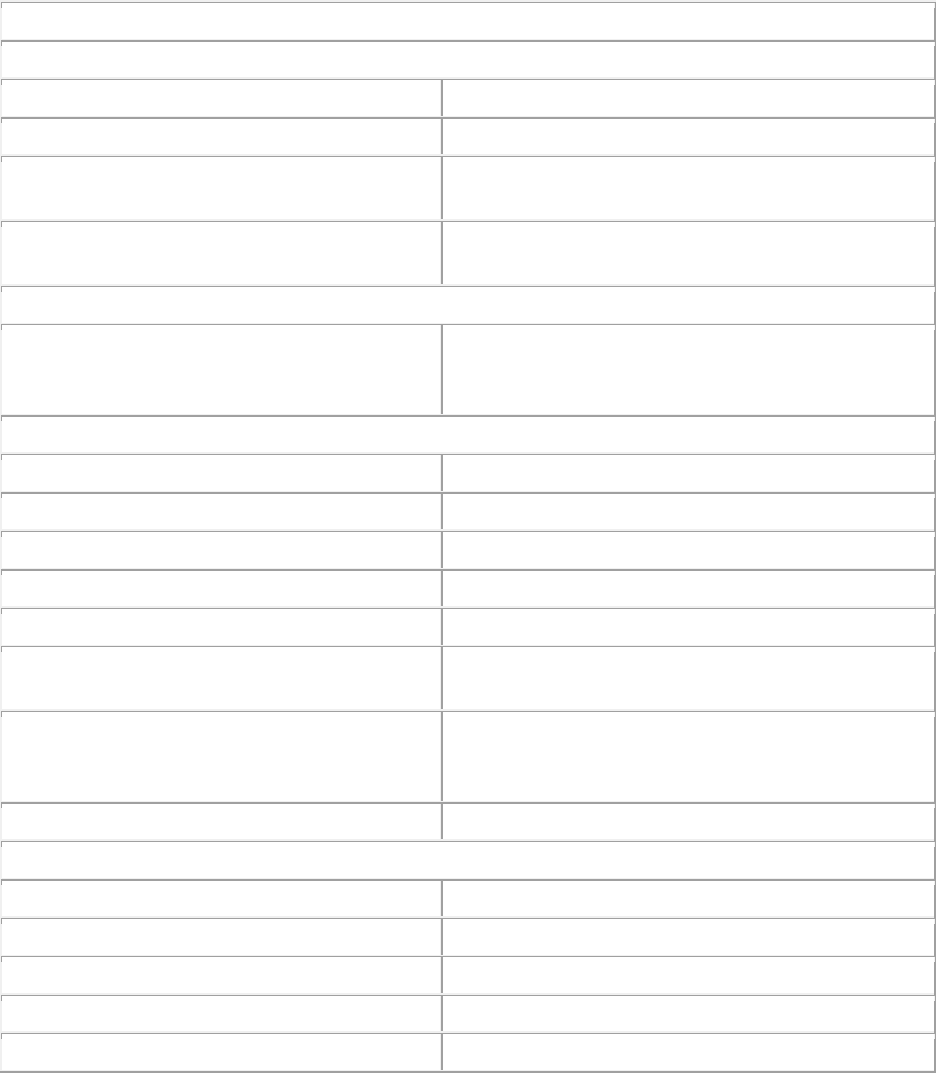
2021 International Building-Related Codes
Page 88 of 141
(14) The power source and Knox box for the electrified fence or barrier shall be installed by an
electrical contractor. The power source shall consist of, but not be limited to, the energizer,
battery, a means of maintaining a charge on the battery and the load side conductors from the
energizer to the perimeter fence conductors.
(e) Electrical inspections supervisor. The electrical inspections supervisor of the development services
department shall also serve as the master of record for electrical work performed by city electricians.
Sec. 10-54. Fee schedule.
Electrical License and Registration Fees
Master
Renewal—City license (two-year renewal)
$300.00
DBA change on master electrical license
$20.00
Journeyman—Renewal of city license (two-year
renewal)
$200.00
Maintenance technician—Annual (may only
perform work not requiring a permit)
$35.00
Electrical Inspection Fee
Electrical inspection permit fee (basic fee). See
section 10-39 for new residential construction
electrical inspection fee.
$50.00
Service rating:
0—200 amps
$3.25
201—600 amps
$6.50
601—1000 amps
$8.65
1001—2500 amps
$10.80
Over 2500 amps
$12.50
Temporary meter loop (TML). See section 10-39
for new temporary meter loop fee.
$2.15
Temporary on permanent sets (TOPS). See
section 10-39 for temporary on permanent sets
fee.
$2.15
Work with CPS
$2.15
Gear items
Switchboards up to four handles
$10.25
Switchboards each additional handle
$1.60
Panelboards/loadcenters
$4.85
Xmfr 1—50 kva
$4.30
Xmfr over 50 kva
$9.70
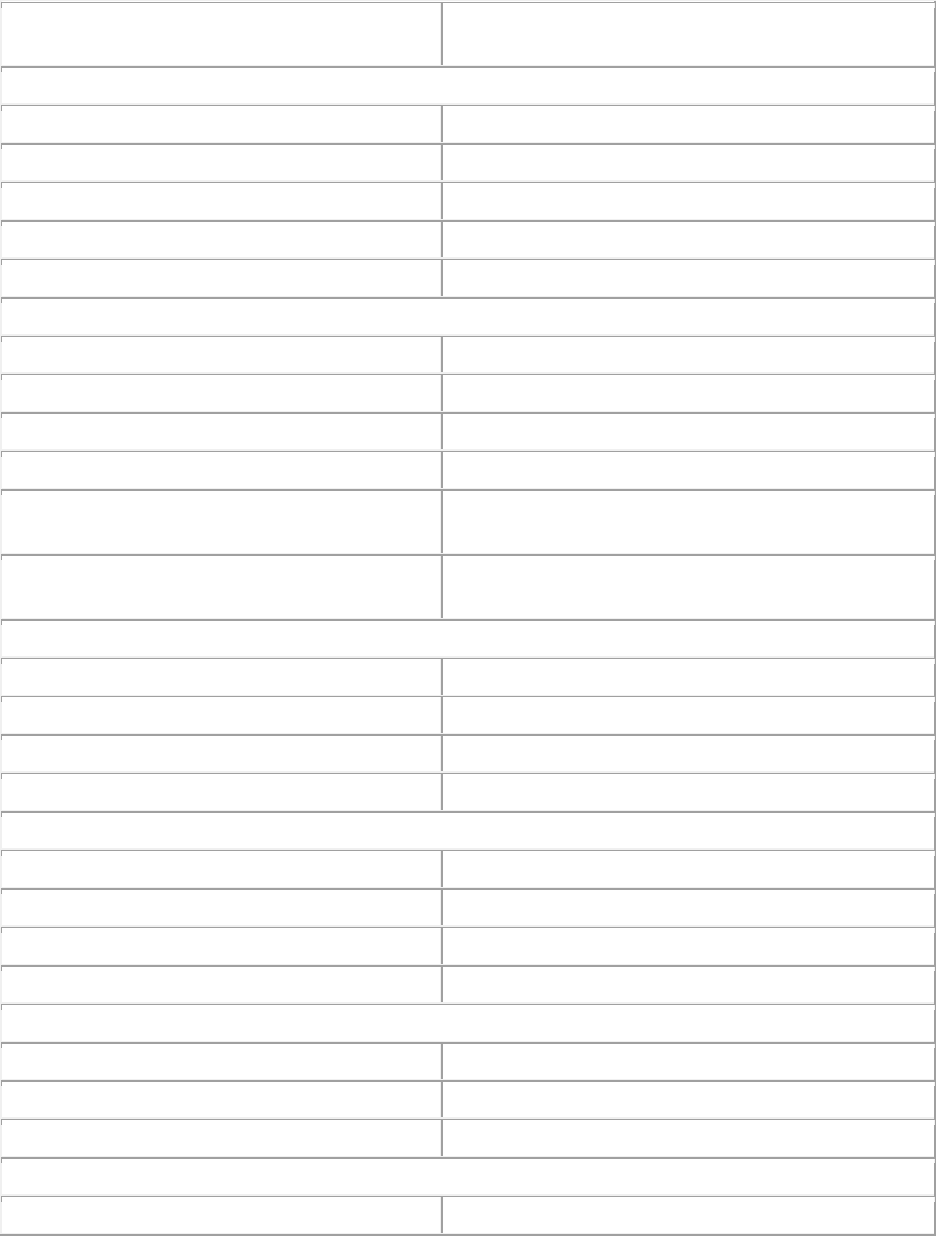
2021 International Building-Related Codes
Page 89 of 141
Safety switch or circuit breaker 30 amps and
over
$1.10
Miscellaneous items
Underground work per 100 linear ft
$1.60
Outside overhead work per 100 linear ft
$1.60
Foundation/concrete encased electrode
$1.60
Controls/low voltage systems over 50 volts
$1.60
Commercial/industrial repair
$9.75
Light fixtures
HID fixtures
$1.60
Ceiling fans
$1.60
Fluorescent fixtures/ballast retrofits
$.16
Sign circuit
$1.10
General purpose outlets/devices/equipment less
than one hp
$.16
Dedicated equipment/appliance outlets 20 amps
and over
$1.50
Motors
1—7.5 hp
$2.15
7.5—25 hp
$3.25
25—50 hp
$8.10
Over 50 hp
$10.80
UPS/generator/distributed generation/storage batteries
1—5 kw
$1.60
5—50 kw
$3.25
51—300 kw
$4.85
Over 301 kw
$6.50
Temporary wiring
Power/lights (per every ten outlets)
$3.25
Festival booths
$5.00
Carnival rides
$5.00
Special occupancies
Class 1, 2, or 3, of article 500 (per each circuit)
$1.00
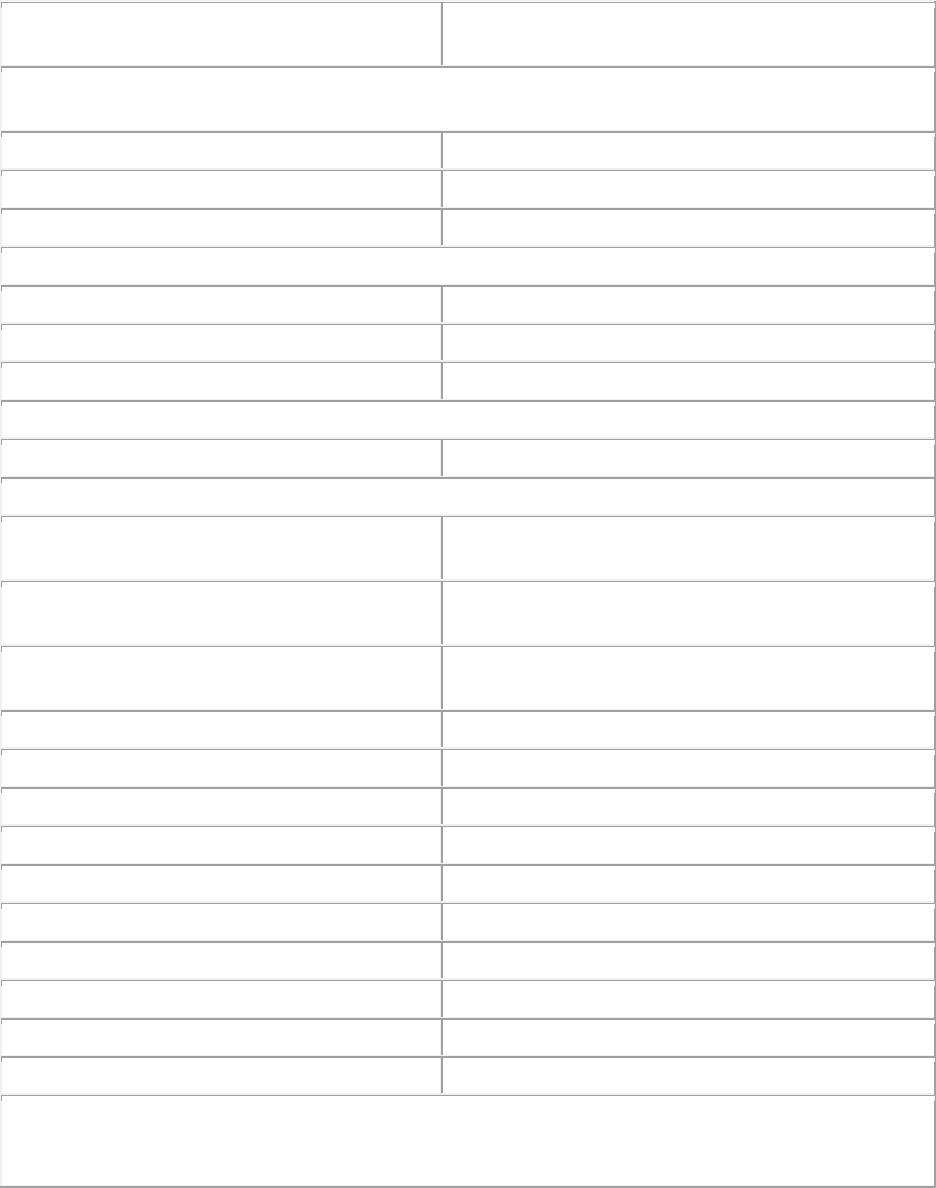
2021 International Building-Related Codes
Page 90 of 141
Medical equipment (MRI, X-ray, scanners, etc.)
each circuit
$1.00
Miscellaneous electrical permits
Reconnect
Reconnect inspection
$50.00
30-day (cleaning)
$2.15
180-day (leasing)
$12.89
Maintenance permit fee (electric only)
Basic permit fee
$50.00
Plus per residential apartment unit
$0.21
Plus per 10,000 sq. ft. of commercial space
$7.00
Building-related and Fire Codes Appeals and Advisory Board Fees
Building-related and Fire Codes Appeal Fee
$155.00
Special Services for Electrical
After-hour inspection fee (per hour with one-
hour minimum)
$100.00
Electrical plan review only (without building plan
number)— (per hour with one-hour minimum)
$100.00
Inspection for which no fee is specifically
indicated (per hour with one-hour minimum)
$100.00
Inspection schedule fee (free on-line)
$3.00
Permit processing fee
$10.00
Permit extension fee
50% of permit (plus cost of permit)
Re-inspection fee
$51.50
Permit refund fee
$50.00
Open permit review fee
$3.00/permit
Permit amendment fee
$10.00
Link child permit to parent permit fee
$5.00
Contractor number research fee
$10.00
Duplicate copy of city issued electrical license
$10.00
Rental of facility fees: $125.00/hr (daily min. fee of $250.00; max fee of $1,000.00); security personnel—
$15.00/hour/staff (with one-hour minimum); DSD staff—$30.00/hour/staff (with one-hour min.);
custodian service—$15.00/hour (with two-hour min.)
Secs. 10-55—10-60. Reserved.
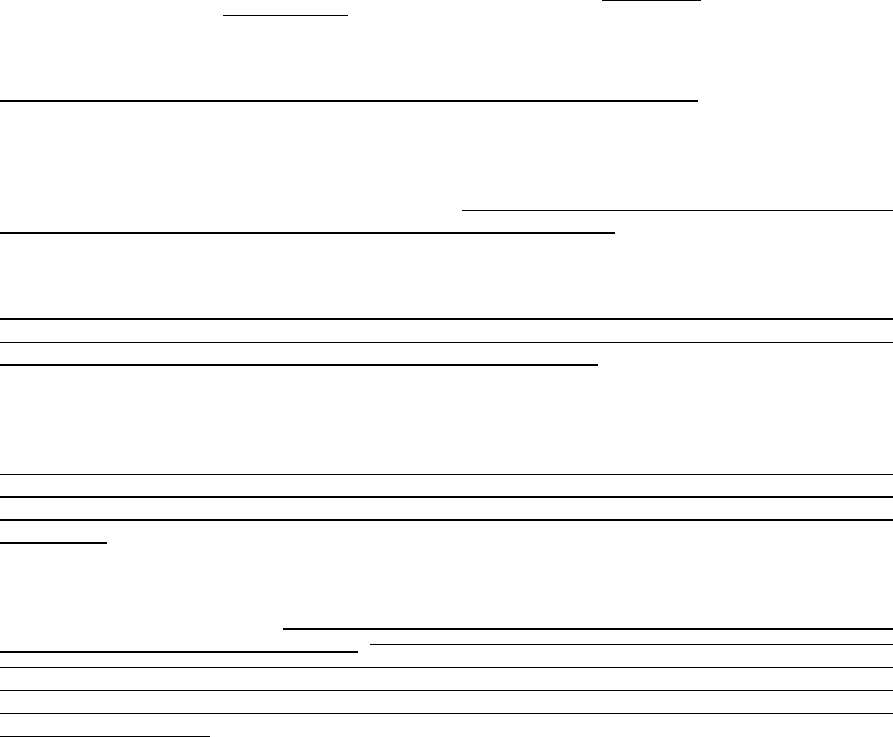
2021 International Building-Related Codes
Page 91 of 141
ARTICLE VII. MECHANICAL CODE
Sec. 10-61. Adoption of International Mechanical Code (2021).
The 2021 edition of the International Mechanical Code, promulgated by the International Code Council,
Chapters 2 through 15 is adopted and incorporated in this article by reference as if fully set forth, except as
it is amended by the following provisions of section 10-62. Provisions of this article are in addition to the
provisions of the International Mechanical Code. The following provisions coinciding with the provisions of
the International Mechanical Code supersede, repeal, or delete, when indicated, the corresponding
provisions of the International Mechanical Code.
All references within the model codes to any building, electrical, fuel gas, mechanical, plumbing, energy
conservation, existing building, or swimming pool code shall be construed to be a reference to the
respective building, electrical, fuel gas, mechanical, plumbing, energy conservation, existing building, or
swimming pool code specifically adopted by reference in Articles II through XIV of this chapter.
Sec. 10-62. Amendments to the adopted chapters of the International Mechanical Code (2021).
Additions to the International Mechanical Code (IMC) are shown as underlined text. Deletions of the
IMC are shown as bracketed [strikethroughs].
Section 202, GENERAL DEFINITIONS, is amended by adding the following definition:
NFPA 70. The National Electrical Code, as amended by Article VI of this Code.
Section 301.10, Electrical, is amended as follows:
301.10 Electrical. Electrical wiring, controls and connections to equipment and appliances regulated
by this code shall be in accordance with NFPA 70. All wiring, including control wiring, exposed to
weather shall be installed in a raceway approved for the environment.
Section 304, INSTALLATION, is amended by adding Section 304.13 Installation at gas valve, as follows:
304.13 Installation at gas valve. Minimum Schedule 40 metallic pipe shall be installed at the gas
valve and extended a minimum of two inches outside the gas furnace and gas rooftop unit's casing
and may be connected to an approved listed flexible gas connector.
Section 306.3, Appliances in attics, is amended by adding 306.3.2 Access for cooling or heating appliance,
as follows:
306.3.2 Access for cooling or heating appliance. For one-and two-family residential occupancies
and townhomes with newly installed cooling or heating appliances in the attic space, a permanent
ladder, fold-away ladder, or direct access door opening from the house on the same floor level shall
be installed.
Section 307.2.1, Condensate disposal, is deleted and replaced with the following text:
307.2.1 Condensate disposal. Condensate disposal shall be in accordance with Chapter 34, Section
34-274 of the City Code of San Antonio. [Condensate from all cooling coils and evaporators shall be
conveyed from the drain pan outlet to an approved place of disposal. Such piping shall maintain a
minimum horizontal slope in the direction of discharge of not less than one-eighth unit vertical in 12
units horizontal (1-percent slope). Condensate shall not discharge into a street, alley or other areas so
as to cause a nuisance.]
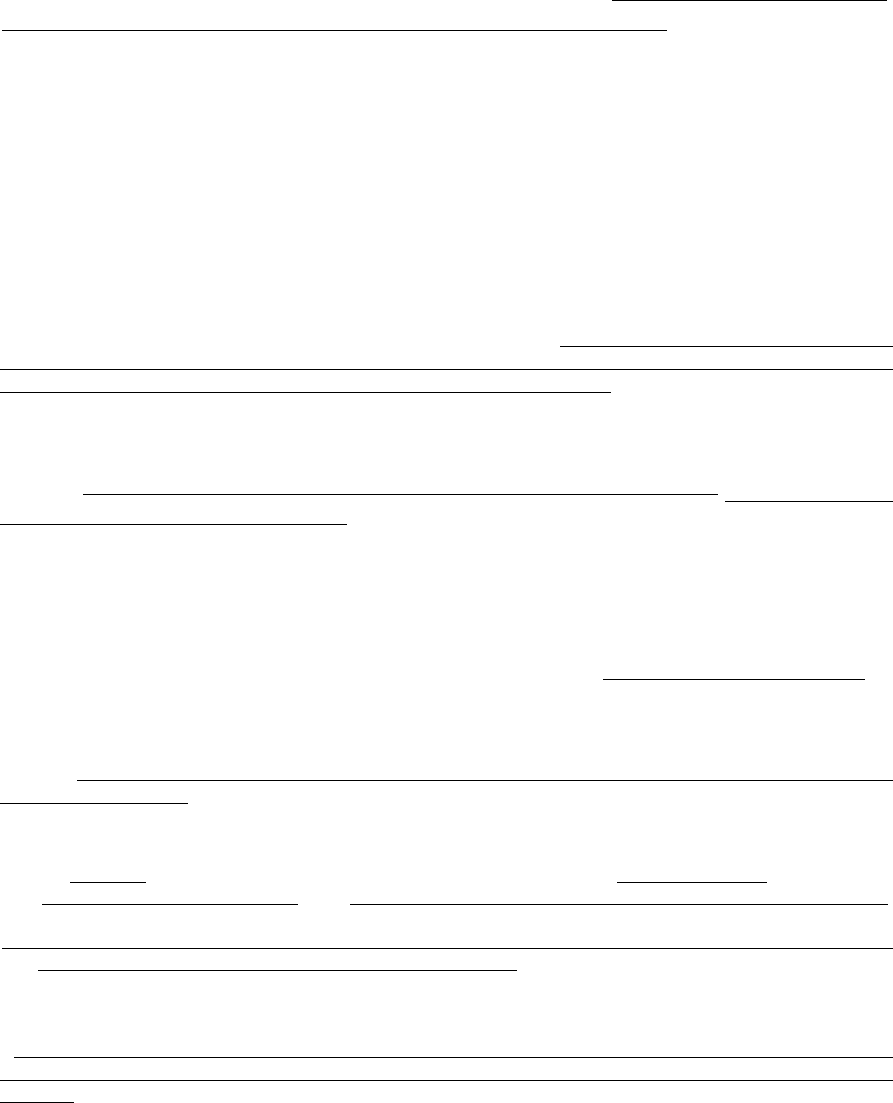
2021 International Building-Related Codes
Page 92 of 141
Section 307.2.1.1, Condensate discharge, is amended as follows:
307.2.1.1 Condensate discharge. Condensate drains shall not directly connect to any plumbing
drain, waste, or vent pipe. Condensate drains shall not discharge into a plumbing fixture other than a
floor sink, floor drain, trench drain, mop sink, hub drain, standpipe, utility sink or laundry sink.
Condensate drain connections to a lavatory wye branch tailpiece or to a bathtub overflow pipe shall
not be considered as discharging to a plumbing fixture. Except where [discharging to grade outdoors]
installed per Chapter 34, Section 34-274 of the City Code of San Antonio, the point of discharge of
condensate drains shall be located within the same occupancy, tenant space or dwelling unit as the
source of the condensate.
Section 307.2.2, Drain pipe materials and sizes, is amended as follows; All other code text remains as is:
307.2.2 Drain pipe materials and sizes. Components of the condensate disposal system shall be
ABS, cast iron, copper, and copper alloy, CPVC, cross-linked polyethylene, galvanized steel, PE-RT,
polyethylene, polypropylene, PVC or PVDF pipe or tubing. Components shall be selected for the
pressure and temperature rating of the installation. Joints and connections shall be made in
accordance with the applicable provisions of Chapter 7 of the International Plumbing Code relative to
the material type. Condensate waste and drain line size shall be not less than ¾-inch pipe size and
shall not decrease in size from the drain pan connection to the place of condensate disposal. Where
the drain pipes from more than one unit are manifolded together for condensate drainage, the pipe or
tubing shall be sized in accordance with Table 307.2.2. Primary drain lines located in any
unconditioned space, except for crawl spaces, shall be insulated with foam plastic rubber-based
insulation or approved material with a minimum thickness of 3/8 inch.
Section 307.2.4.1, Ductless mini-split system traps, is amended as follows:
307.2.4.1 Ductless mini-split system traps. Ductless mini-split equipment that produces condensate
shall be [provided with an in-line check valve located in the drain line, or a trap] in accordance with
their manufacturers' recommendations.
Section 504.4.1, Termination location, is amended as follows:
504.4.1 Termination location. Exhaust duct terminations shall be in accordance with the dryer
manufacturer's installation instructions. Where the manufacturer’s instructions do not specify a
termination location, the exhaust duct shall terminate not less than 3 feet (914 mm) in any direction
from openings into buildings, including openings in ventilated soffits or any mechanical equipment.
Section 606.2, Where required, is amended as follows; All other code text remains as is:
606.2 Where required. Smoke detectors shall be installed where indicated in Section 606.2.1 through
606.2.3 or in accordance with NFPA 90A "Standard for the Installation of Air Conditioning and
Ventilating Systems."
Section 1101.9, Locking access port caps, is amended to read as follows:
1101.9 Locking Access port caps. Refrigerant circuit access ports located outdoors shall be fitted
with locking-type tamper-resistant caps or shall be otherwise secured to prevent unauthorized access.
This section shall not apply to refrigerant circuit access ports on equipment installed in controlled areas
such as on roofs with locked access hatches or doors.
Section 1102.3, Access port protection, is deleted.
[ 1102.3 Access port protection. Refrigerant access ports shall be protected in accordance with
Section 1101.10 whenever refrigerant is added to or recovered from refrigeration or air-conditioning
systems.]
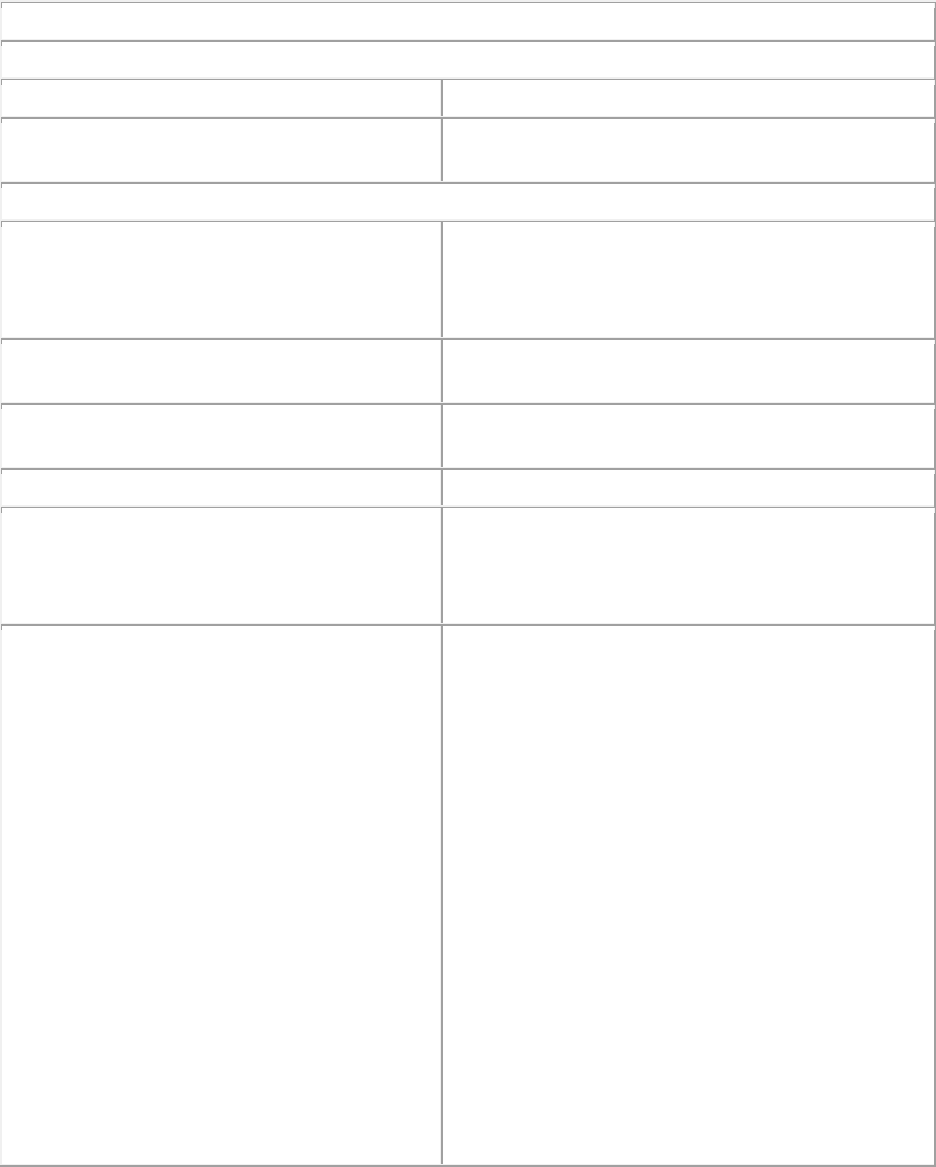
2021 International Building-Related Codes
Page 93 of 141
Sec. 10-63. Fee schedule.
Heating and Air Conditioning (Mechanical)
Heating and Air Conditioning (Mechanical) License Fees
Master Renewal—City License per year
$150.00
Technician (journeyman) (may only perform
work not requiring a permit)—Renewal
$35.00
Heating and Air Conditioning (Mechanical) Inspection Fees
Basic Heating and Air Conditioning
(Mechanical) Permit (Basic Fee). See section
10-39 for new residential construction basic
heating and air conditioning permit fee.
$50.00
Residential (new systems) (includes inspection
fee)
$77.00
Each Additional System (includes inspection
fee)
$55.00
Roof-Top Unit (gas or electric)
$15.85
Gas furnace; gas wall furnace; gas unit heater;
gas radiant heater; gas boiler (steam); gas floor
furnace; commercial gas dryer; gas boiler (hot
water); gas duct heater (per each item)
$9.60
Condensing unit; condensing unit/heat pump;
indoor condensing unit; cooling coil; commercial
exhaust fan; condenser (no compressor);
commercial electric dryer; fan coil unit; fan
powered box; type II range hood (steam);
chiller; absorption unit; reach-in cooler; wall
mounted unit; make-up air; heat pump;
refrigeration unit; air handler; mini splits; electric
furnace; electric unit heater; electric radiant
heater; ventilation fan; variable air volume unit;
type I range hood (grease); fume hood; cooling
tower; walk-in cooler; icemaker (split system);
evaporative cooler (refrigeration equipment); hot
water coil; remote condensing unit; condenser
(refrigeration equipment); ventilating fan (not on
other permitted installation); hood served by
mechanical exhaust (including ducts and
makeup air systems); condensing unit (mobile
homes and manufactured housing); any
regulated device for which no specific fee is
$6.25
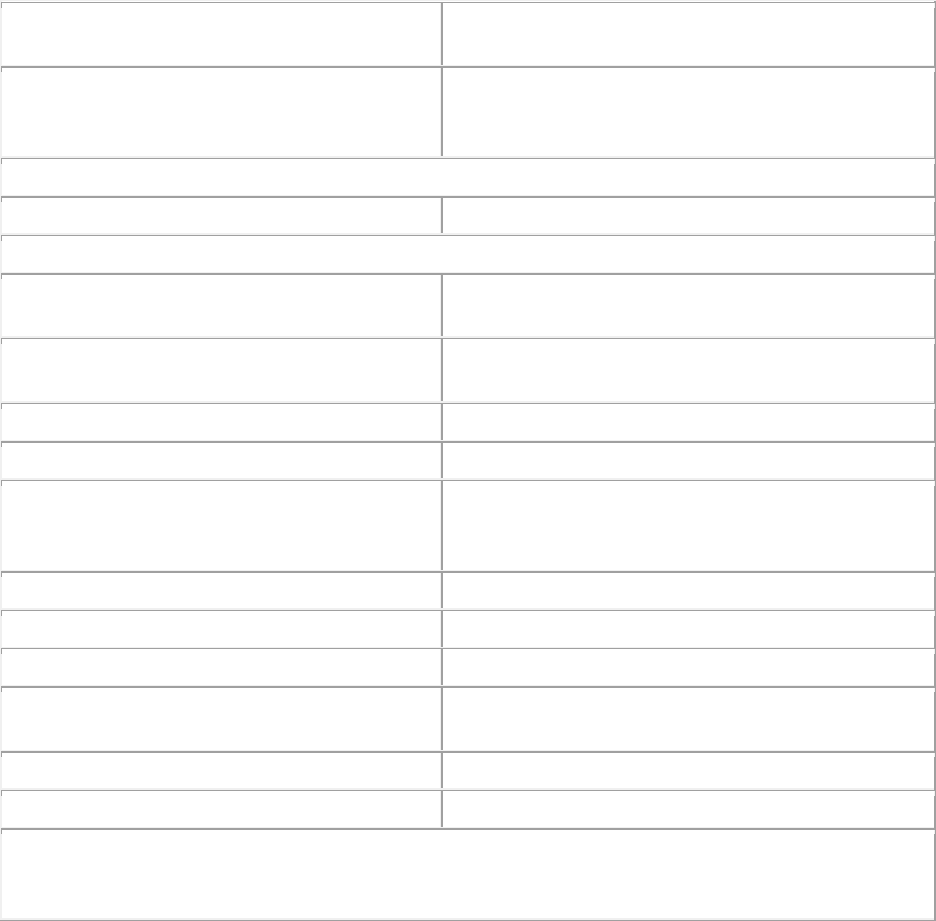
2021 International Building-Related Codes
Page 94 of 141
listed; replacement of any device which
originally required a permit (per each item)
Curtain Fire Damper; Smoke Damper; Duct
Outlet; Ceiling Fire Damper; Smoke/Fire
Damper (per each item)
$2.00
Building-related and Fire Codes Appeals and Advisory Board Fees
Building-related and Fire Codes Appeal Fee
$155.00
Special Heating and Air Conditioning (Mechanical) Fees
After-hour Inspection Fee (per hour with 1 hour
minimum)
$100.00
Inspection for which no fee is specifically
indicated (per hour with 1 hour minimum)
$100.00
Permit Processing Fee
$10.00
Inspection Schedule Fee (Free on-line)
$3.00
Mechanical Plan Review—This fee is charged
to review plans without a building permit (per
hour with a 1 hour minimum)
$100.00
Permit Extension Fee
50% of permit (plus cost of permit)
Re-inspection Fee
$51.50
Open Permit Review Fee
$3.00/Permit
Annual Continuing Education for City Licenses
Holder
$150.00
Permit Refund Fee
$50.00
Permit Amendment Fee
$10.00
Rental of Facility Fees: $125/hr (daily min. fee of $250; Max fee of $1000); Security Personnel:
$15/hour/staff (with 1 hour minimum); DSD Staff: $30/hour/staff (with 1 hour min.); Custodian Service:
$15/hour (with 2-hour min.)
Secs. 10-64—10-70. Reserved.
ARTICLE VIII. GAS CODE
Sec. 10-71. Adoption of International Fuel Gas Code (2021).
The 2021 edition of the International Fuel Gas Code, Chapters 2 through 8 and Appendices A through
C, promulgated by the International Code Council, is adopted, and incorporated in this article by reference
as if fully set forth, except as it is amended by the following provisions of Section 10-72. Provisions of this
article are in addition to the provisions of the International Fuel Gas Code. The following provisions
coinciding with the provisions of the International Fuel Gas Code supersede, repeal, or delete, when
indicated, the corresponding provisions of the International Fuel Gas Code.
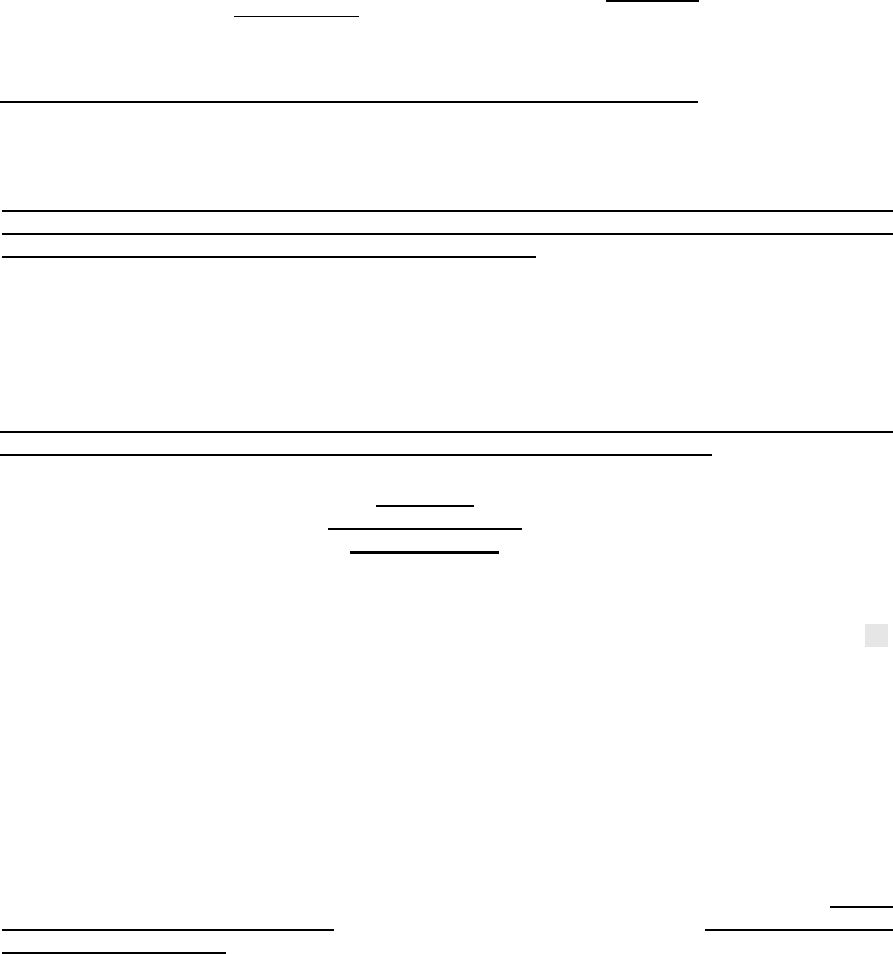
2021 International Building-Related Codes
Page 95 of 141
All references within the model codes to any building, electrical, fuel gas, mechanical, plumbing,
energy conservation, existing building, or swimming pool code shall be construed to be a reference to the
respective building, electrical, fuel gas, mechanical, plumbing, energy conservation, existing building, or
swimming pool code specifically adopted by reference in Articles II through XIV of this chapter.
Sec. 10-72. Amendments to the adopted chapters and appendices of the International Fuel Gas
Code (2021).
Additions to the International Fuel Gas Code (IFGC) are shown as underlined text. Deletions of the
IFGC are shown as bracketed [strikethroughs].
Section 202, GENERAL DEFINITIONS, is amended by adding the following definition:
NFPA 70. The National Electrical Code, as amended by Article VI of this Code.
Section 301 (IFGC), GENERAL, is amended by adding Section 301.16, Separation from electrical lines in
a ditch, to read as follows:
301.16 Separation from electrical lines in a ditch. When outside the footprint of the building, no
plumbing, gas, sewer, or water piping shall be installed in the same ditch with electric lines unless a
separation of 36 inches (914 mm) horizontally is maintained.
Section 401.5, Identification, is amended to include a second paragraph to read as follows:
401.5 Identification. For other than steel pipe, exposed piping shall be identified by a yellow label
marked "Gas" in black letters. The marking shall be spaced at intervals not exceeding 5 feet (1524
mm). The marking shall not be required on pipe located in the same room as the appliance served.
All medium pressure gas piping systems shall identify its operating gas pressure with an approved
metallic tag and the following wording shall be stamped into the tag at the meter:
WARNING
1-5 psi gas pressure
Do Not Remove
Section 403.4.2, Steel, is amended as follows:
403.4.2 Steel. Steel, stainless steel and wrought-iron pipe shall be not lighter than Schedule 40 [10]
and shall comply with the dimensional standards of ASME B36.10M and one of the following
standards;
1. ASTM A53/A53M.
2. ASTM A106.
3. ASTM A312.
Section 403.5.5, Corrugated stainless steel tubing, is amended as follows:
403.5.5 Corrugated stainless steel tubing. Corrugated stainless steel tubing shall be listed with an
arc-resistant jacket or coating system in accordance with ANSI LC 1/CSA 6.26 starting 90 days after
the adoption of this code.
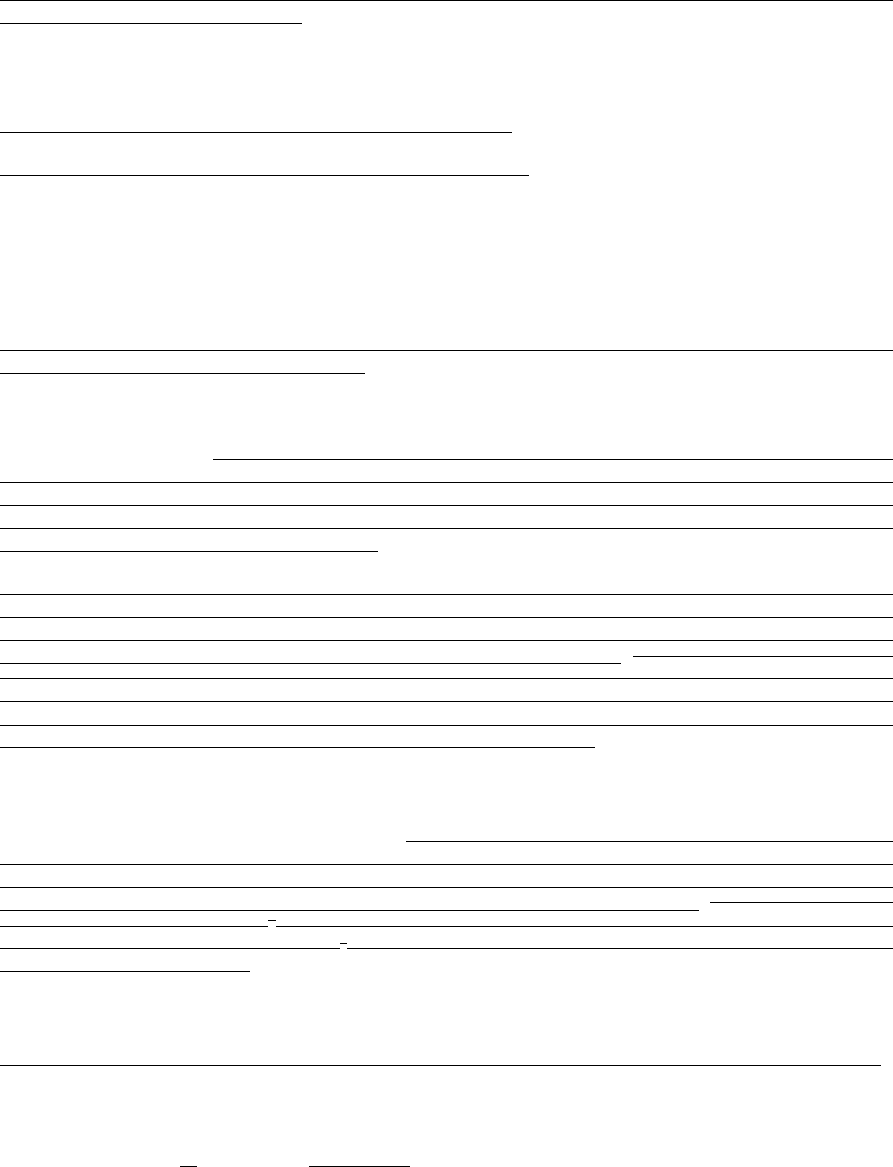
2021 International Building-Related Codes
Page 96 of 141
Section 403.9, Metallic piping joints and fittings, is amended by adding section 403.9.6, Welded pipe, as
follows:
403.9.6. Welded pipe. All welded joints in piping system shall be welded by a certified pipe welder as
defined in Article II of this chapter.
Section 404.2, CSST, is amended by adding sections 404.2.1, Meter loop, and 404.2.2, Exterior walls; as
follows:
404.2.1 Meter loop. CSST is prohibited in the meter loop.
404.2.2 Exterior walls. CSST is prohibited in exterior walls.
Section 404.6, Underground penetrations prohibited, is amended by adding the following exception:
404.6 Underground penetrations prohibited. Gas piping shall not penetrate building foundation
walls at any point below grade. Gas piping shall enter and exit the building at a point above grade and
the annular space between the pipe and the wall shall be sealed.
Exception: Gas piping may penetrate a slab-on-grade foundation, above or below grade, where the
installation complies with Section 404.14.
Section 406.4.1, Test pressure, is deleted and replaced with the following text:
406.4.1 Test pressure. The rough-in piping inspection shall include testing by closing all openings
and subjecting the pipes to an air pressure that will support a column of mercury 15 inches (381 mm)
in height or a 10-psi air test. For gas systems with pressures in excess of 14 inches of water column,
the test pressure shall not be less than 1.5 times the operating pressure for the system and shall hold
this pressure for a minimum of 30 minutes.
The final inspection shall include a column of mercury six inches (152 mm) in height or of a five-psi air
test with appliance shut-off valves attached thereto. For gas systems with pressures in excess of 14
inches of water column, the test pressure shall not be less than 1.5 times the operating pressure for
the system and shall hold this pressure for a minimum of 30 minutes. [The test pressure to be used
shall be not less than 1 ½ times the proposed maximum working pressure, but not less than 3 psig (20
kPa gauge), irrespective of design pressure. Where the test pressure exceeds 125 psig (862 kPa
gauge), the test pressure shall not exceed a value that produces a hoop stress in the piping greater
than 50 percent of the specified minimum yield strength of the pipe.]
Section 406.4.2, Test duration, is amended as follows:
406.4.2 Test duration. Test duration shall be held for a length of time satisfactory to the code official,
but in no case for less than 15 minutes. For welded piping, and for piping carrying gas at a pressure
in excess of 14 inches of water column pressure (3.48 kPa), the test duration shall be held for a length
of time satisfactory to the code official, but in no case for less than 30 minutes. [not less than ½ hour
for each 500 cubic feet (14 m
3
) of pipe volume or fraction thereof. When testing a system having a
volume less than 10 cubic feet (0.28 m
3
) or a system in a single-family dwelling, the test duration shall
be not less than 10 minutes.] The duration of the test shall not be required to exceed 24 hours.
Section 406.4.3, Test gauges, is added as follows:
406.4.3 Test gauges. Test gauges shall be a grade 1A or better as per ANSI/ASME B40.100-2005.
Section 409.5, Appliance shutoff valve, is amended as follows and by adding the following exception:
409.5 Appliance shutoff valve. Each appliance shall be provided with a shutoff valve in accordance
with Section 409.5.1[,] or 409.5.2. [or 409.5.3.]
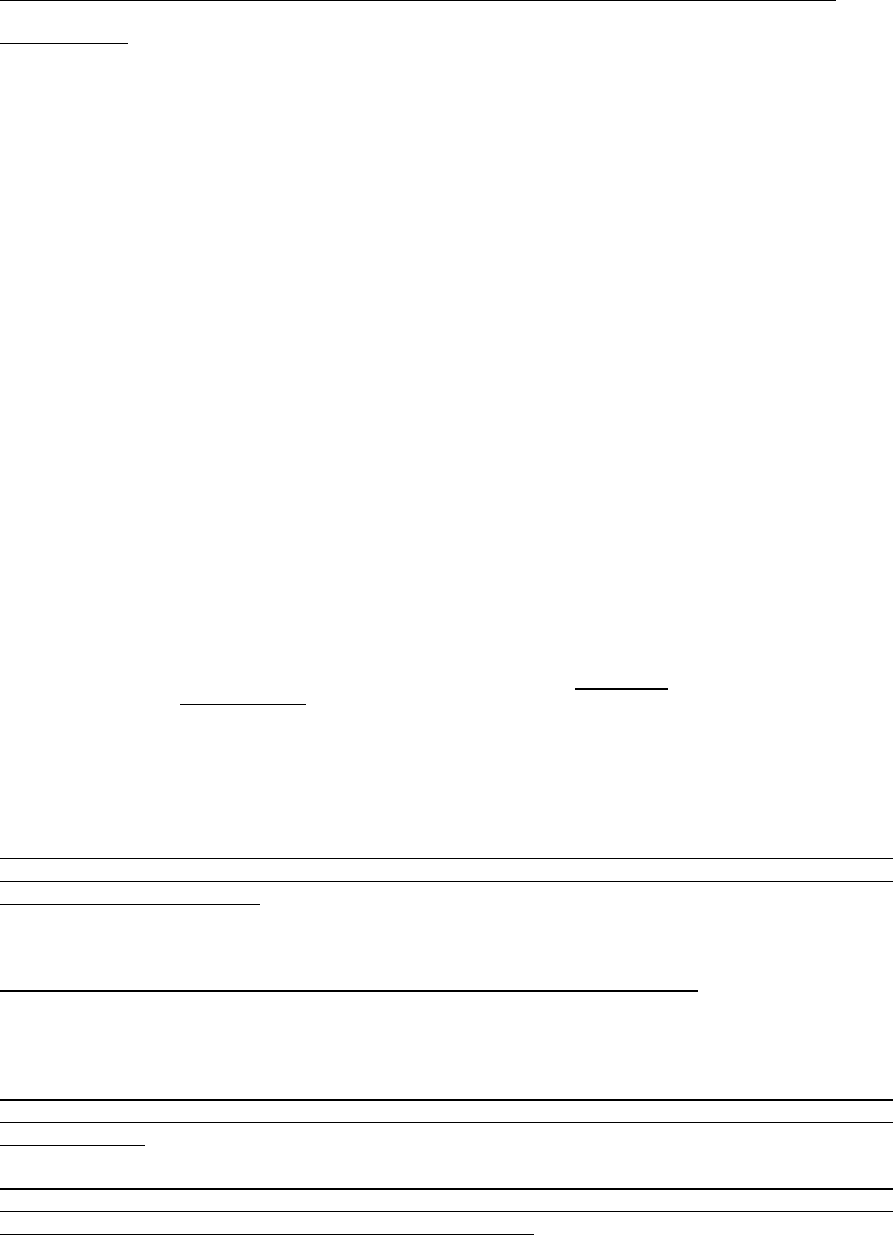
2021 International Building-Related Codes
Page 97 of 141
Exception: An outdoor appliance shall have a shutoff valve at the piping connection to the gas
piping system.
Section 409.5.3, Located at manifold, is repealed in its entirety.
Secs. 10-73—10-80. Reserved.
ARTICLE IX. PLUMBING CODE
Sec. 10-81. Adoption of International Plumbing Code (2021).
The 2021 edition of the International Plumbing Code, Chapters 2 through 15 and Appendices B
through E, promulgated by the International Code Council, is adopted, and incorporated in this article by
reference as if fully set forth, except as it is amended by the following provisions of section 10-82. Provisions
of this article are in addition to the provisions of the International Plumbing Code. The following provisions
coinciding with the provisions of the International Plumbing Code supersede, repeal, or delete, when
indicated, the corresponding provisions of the International Plumbing Code.
All references within the model codes to any building, electrical, fuel gas, mechanical, plumbing,
energy conservation, existing building, or swimming pool code shall be construed to be a reference to the
respective building, electrical, fuel gas, mechanical, plumbing, energy conservation, existing building, or
swimming pool code specifically adopted by reference in articles II through XIV of this chapter.
Sec. 10-82. Amendments to the adopted chapters and appendices of the International Plumbing
Code (2021).
Additions to the International Plumbing Code (IPC) are shown as underlined text. Deletions of the IPC
are shown as bracketed [strikethroughs].
Section 202, GENERAL DEFINITIONS, GREASE INTERCEPTOR, Gravity is amended as follows:
Gravity. Plumbing appurtenances of not less than 500 gallons (1893 L) capacity that are installed in
the sanitary drainage system to intercept free-floating fats, oils, and grease from wastewater
discharge. Separation is accomplished by gravity during a retention time of not less than 30 minutes.
The appurtenance shall be a double compartment, first compartment 60% and the second
compartment 40% with a minimum 20" manhole access to each compartment unless otherwise
approved by the code official.
Section 202, GENERAL DEFINITIONS, is amended by adding the following definitions:
NFPA 70. The National Electrical Code, as amended by Article VI of this Code.
Section 301, GENERAL, is amended by adding Section 301.8, Accessible openings, Section 301.9,
Separation from electrical lines in a ditch, and Section 301.10, Support, as follows:
301.8 Accessible openings. When accessible openings are required by this Code, they shall be a
minimum of 12 inches x 12 inches (305 mm x 305 mm) in dimension unless otherwise approved by
the code official.
301.9 Separation from electrical lines in a ditch. When outside the footprint of the building, no
plumbing, gas, sewer, or water piping shall be installed in the same ditch with electric lines unless a
separation of 36 inches (914 mm) horizontally is maintained.
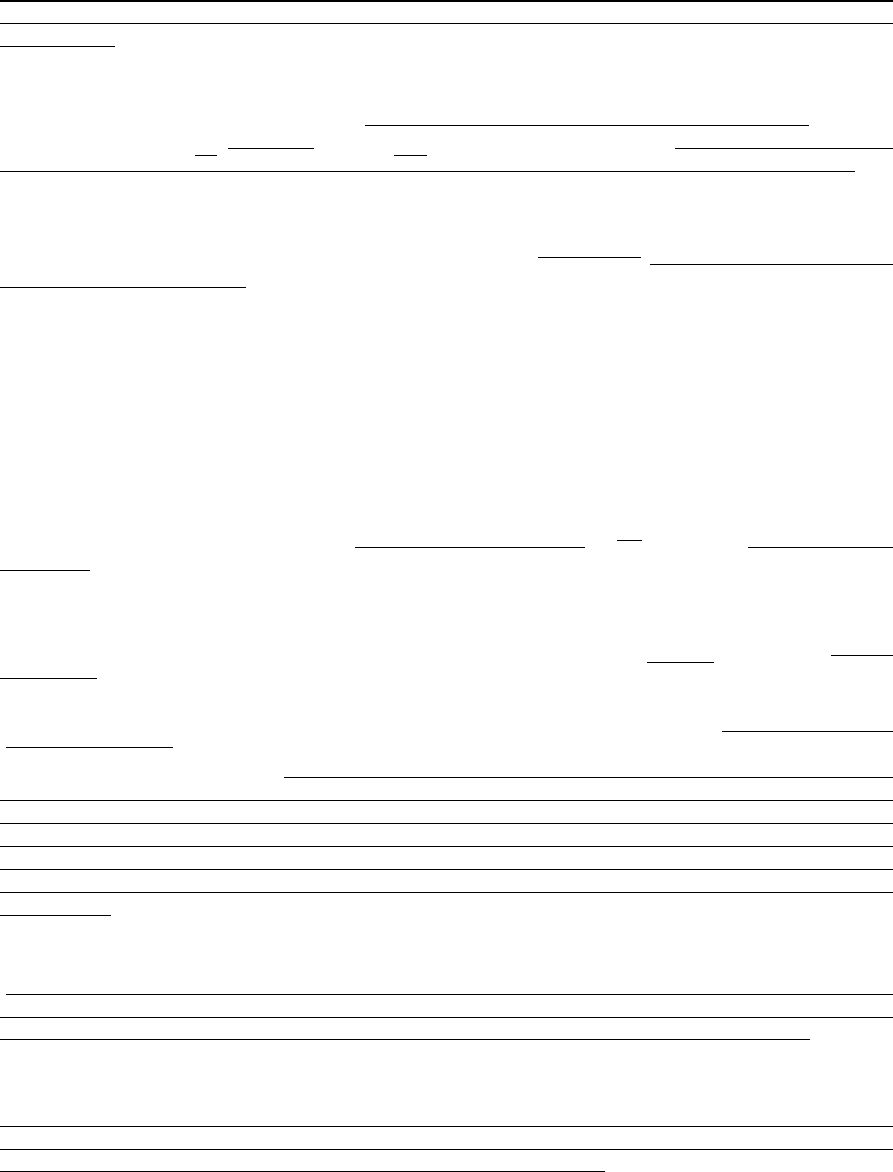
2021 International Building-Related Codes
Page 98 of 141
301.10 Support. Exterior appliances or equipment supported from the ground shall rest on level
concrete or other approved base extending not less than three (3) inches (76 mm) above the adjoining
ground level.
Section 305.4.1, Sewer depth, is amended as follows:
305.4.1 Sewer depth. Building sewers [that connect to private sewage disposal systems] shall be
installed not less than 12 [NUMBER] inches (304 mm) below finished grade. [at the point of septic tank
connection.] [Building sewers shall be installed not less than [Number] inches (mm) below grade.]
Section 312.1.1, Test gauges, is amended as follows:
312.1.1 Test Gauges. Gauges used for testing shall be [as follows:] grade 1A or better as per
ANSI/ASME B40.100-2005.
1. Tests requiring a pressure of 10 pounds per square inch (psi) (69 kPa) or less shall utilize a testing
gauge having increments of 0.10 psi (0.69 kPa) or less.
2. Tests requiring a pressure of greater than 10 psi (69 kPa) but less than or equal to 100 psi (689
kPa) shall utilize a testing gauge having increments of 1 psi (6.9 kPa) or less.
3. Tests requiring a pressure of greater than 100 psi (689 kPa) shall utilize a testing gauge having
increments of 2 psi (14 kPa) or less.
Section 312.2, Drainage and vent water test, is amended as follows:
312.2 Drainage and vent water test. Prior to any concealment, a [A] water test and subsequent
inspection shall be applied to the drainage system either in its entirety or in sections. If applied to the
entire system, all openings in the piping shall be tightly closed, except the highest opening, and the
system shall be filled with water to the point of overflow. If the system is tested in sections, each
opening shall be tightly plugged except the highest opening of the section under test, and each section
shall be filled with water, but no section shall be tested with less than a 3.5-foot (1067 mm) [10-foot
(3048 mm)] head of water. In testing successive sections, at least the upper 10 feet (3048 mm) of the
next preceding section shall be tested so that no joint or pipe in the building, except the uppermost 10
feet (3048 mm) of the system, shall have been submitted to a test of less than a 3.5-foot (1067 mm)
[10-foot (3048 mm)] head of water. This pressure shall be held for at least 15 minutes. The system
shall then be tight at all points. The first-floor underground drain, waste, and vent piping (Rough-In)
systems shall be retested to at least slab height and inspected after all backfill is in place and
foundation steel installed but prior to placement of concrete. This inspection may also be obtained by
retesting the first-floor underground drain; waste and vent piping (Rough-In) system at the Top Out
stage to assure there are no broken drains or vent pipes below the concrete slab. The system shall be
tested to the overflow level of the Tub, or the next reasonable point on the system as approved by the
code official.
Section 312.6, Gravity sewer test, is deleted in its entirety.
[ 312.6 Gravity sewer test. Gravity sewer tests shall consist of plugging the end of the building sewer
at the point of connection with the public sewer, filling the building sewer with water, testing with not
less than a 10-foot (3048 mm) head of water and maintaining such pressure for 15 minutes.]
Section 312.7, Forced sewer test, is deleted in its entirety.
[312.7 Forced sewer test. Forced sewer tests shall consist of plugging the end of the building sewer
at the point of connection with the public sewer and applying a pressure of 5 psi (34.5 kPa) greater
than the pump rating and maintaining such pressure for 15 minutes.]
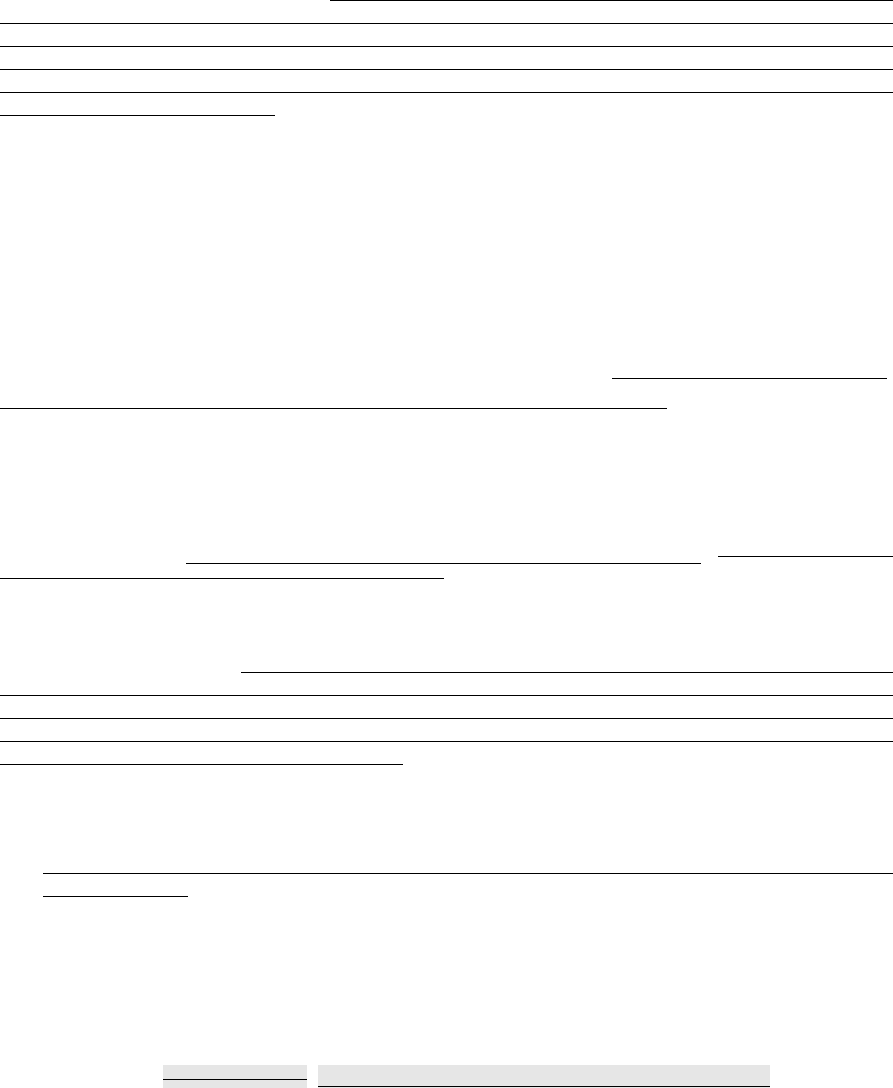
2021 International Building-Related Codes
Page 99 of 141
Section [M] 314.2.1, Condensate disposal, is amended with the following text:
[M] 314.2.1 Condensate disposal. Condensate disposal shall be in accordance with Chapter 34,
Section 34-274 of the City Code of San Antonio for newly constructed commercial buildings. Existing
commercial buildings shall be permitted to follow Chapter 34, Section 34-274 of the City Code of San
Antonio for condensate disposal. Primary drain lines located in any unconditioned space, except for
crawl spaces, shall be insulated with foam plastic rubber-based insulation or approved material with a
minimum thickness of 3/8 inch. Condensate from all cooling coils and evaporators shall be conveyed
from the drain pan outlet to an approved place of disposal. Such piping shall maintain a horizontal
slope in the direction of discharge of not less than one-eighth unit vertical in 12 units horizontal (1-
percent slope). Condensate shall not discharge into a street, alley, or other areas so as to cause a
nuisance.
Section [M] 314.2.1.1, Condensate discharge, is amended as follows:
[M] 314.2.1.1 Condensate discharge. Condensate drains shall not directly connect to any plumbing
drain, waste, or vent pipe. Condensate drains shall not discharge into a plumbing fixture other than a
floor sink, floor drain, trench drain, mop sink, hub drain, standpipe, utility sink or laundry sink.
Condensate drain connections to a lavatory wye branch tailpiece or to a bathtub overflow pipe shall
not be considered as discharging to a plumbing fixture. Except where [discharging to grade outdoors]
installed per Chapter 34, Section 34-274 of the City Code of San Antonio, the point of discharge of
condensate drains shall be located within the same occupancy, tenant space or dwelling unit as the
source of the condensate.
Section [M] 314.2.4.1, Ductless mini-split system traps, is amended as follows:
[M]314.2.4.1 Ductless mini-split system traps. Ductless mini-split equipment that produces
condensate shall be in accordance with their manufacturers' recommendations. [provided with an in-
line check valve located in the drain line, or a trap.]
Section 401.3, Water conservation, is deleted and replaced with the following text:
401.3 Water conservation. The maximum discharge flow rates for plumbing fixture fittings shall be in
accordance with applicable standards referenced in Chapter 15 and listed in Table 604.4, but in no
case shall they exceed the maximum requirements of the Texas Commission of Environmental Quality
(TCEQ), Chapter 372, titled "Environmental Performance Standards for Plumbing Fixtures" and/or the
requirements set forth by these amendments.
Table 403.1, MINIMUM NUMBER OF REQUIRED PLUMBING FIXTURES, note e is deleted in its entirety
and replaced with the following text and shall apply to all Classifications in the Table:
e. Service sinks are not required for an occupant load of 15 or fewer or as otherwise approved by
the code official.
Section 403.1.1, Fixture calculations, Exception 2 is amended as follows, all other code text remains as is:
Exceptions:
2. Where multiple-user facilities are designed to serve all genders, the minimum fixture count
shall be calculated 100 percent, based on total occupant load. In such multiple-user facilities,
each fixture type shall be in accordance with ICC A117.1 and each urinal that is provided
shall be [located in a stall] provided with walls and a door enclosing the fixture.
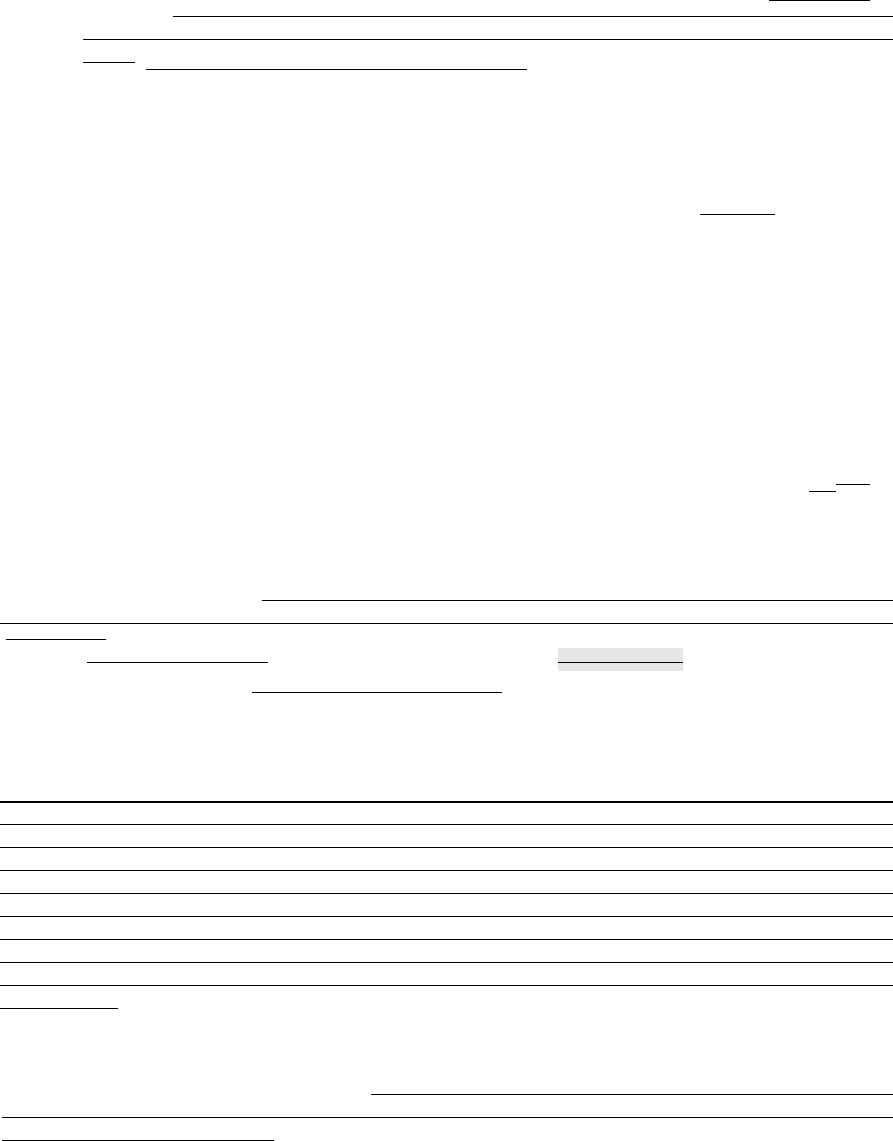
2021 International Building-Related Codes
Page 100 of 141
Section 403.2, Separate facilities, Exception 6 is amended as follows, all other code text remains as is:
Exceptions:
6. Separate facilities shall not be required where rooms having both water closets and lavatory
fixtures are designed for use by both sexes and privacy for water closets and urinals is
provided [in accordance with Section 405.3.4. Urinals shall be located in an area visually
separated from the remainder of the facility or each urinal that is provided shall be located in
a stall] with walls and a door enclosing the fixtures.
Section 404, ACCESSIBLE PLUMBING FACILITIES, is deleted. Refer to TDLR Architectural Barriers
Texas Accessibility Standards (TAS) Chapter 6.
Section 405.3.1, Water closets, urinals, lavatories, and bidets, is amended as follows:
405.3.1 Water closets, urinals, lavatories, and bidets. A water closet, urinal, lavatory, or bidet shall
not be set closer than 15 inches (381 mm) from its center to any side wall, partition, vanity, or other
obstruction. Where partitions or other obstructions do not separate adjacent water closets, urinals, or
bidets, the fixtures shall not be set closer than 30 inches (762 mm) center to center between adjacent
fixtures or adjacent water closets, urinals, or bidets. There shall be not less than a 21-inch (533 mm)
clearance in front of a water closet, urinal, lavatory or bidet to any wall, fixture, or door. Water closet
compartments shall be not less than 30 inches (762 mm) in width and not less than 60 inches (1524
mm) in depth for floor-mounted water closets and not less than 30 inches (762 mm) in width and 56
inches (1422 mm) in depth for wall-hung water closets.
Section 410.2, Small occupancies, is amended as follows:
410.2 Small Occupancies. Drinking fountains shall not be required for an occupant load of 30 [15] or
fewer.
Section 410.4, Substitution, is amended as follows:
410. 4 Substitution. Where buildings with a use classification of A-2, B (clinics only), E (day care
only), I-1, I-2 (Nursing Homes only), R-3 and R-4 as defined in the International Building Code
[restaurants] provide drinking water in a container free of charge, drinking fountains shall not be
required [in those restaurants]. In other occupancies, where [three or more] drinking fountains are
required, water dispensers, or water in other containers shall be permitted to be substituted for not
more than 50 percent of the required number of drinking fountains.
Section 424.1, Approval, is amended by adding Section 424.1.1, Non-water using urinals, as follows:
424.1.1 Non-Water using urinals. Non-water urinals shall conform to ASME A112.19.2/CSA B 45.1,
ASME 112.19.19 or CSA B45.5/IAPMO Z124. Non-water urinals shall provide a trap seal that complies
with the International Plumbing Code. Non-water urinals shall permit the uninhibited flow of waste
through the urinal to the sanitary drainage system. Non-water urinal installations shall be designed to
have an active plumbing fixture drain discharge ahead of the urinal drain by means of a vertical wet
vent above the urinal drain tee. Refer to section 912.1.1 Vertical Wet Vent Permitted in the International
Plumbing Code. (Texas House Bill 2667 (Legislative Session 81 (R))). In addition, the installation of
an appropriately sized water distribution and fixture supply piping must be installed in the wall at a
location immediately adjacent to the non-water urinal so that a water supplied urinal may be placed at
a future date.
Section 502.3, Water heaters installed in attics, is amended as follows:
502.3 Water heaters installed in attics. Storage type water heaters shall not be installed in an attic
unless accessible from a door opening on the same floor level in one-and two-family residential
occupancies and townhomes. Attics containing a water heater shall be provided with an opening an
unobstructed passageway large enough to allow removal of the water heater. The passageway shall
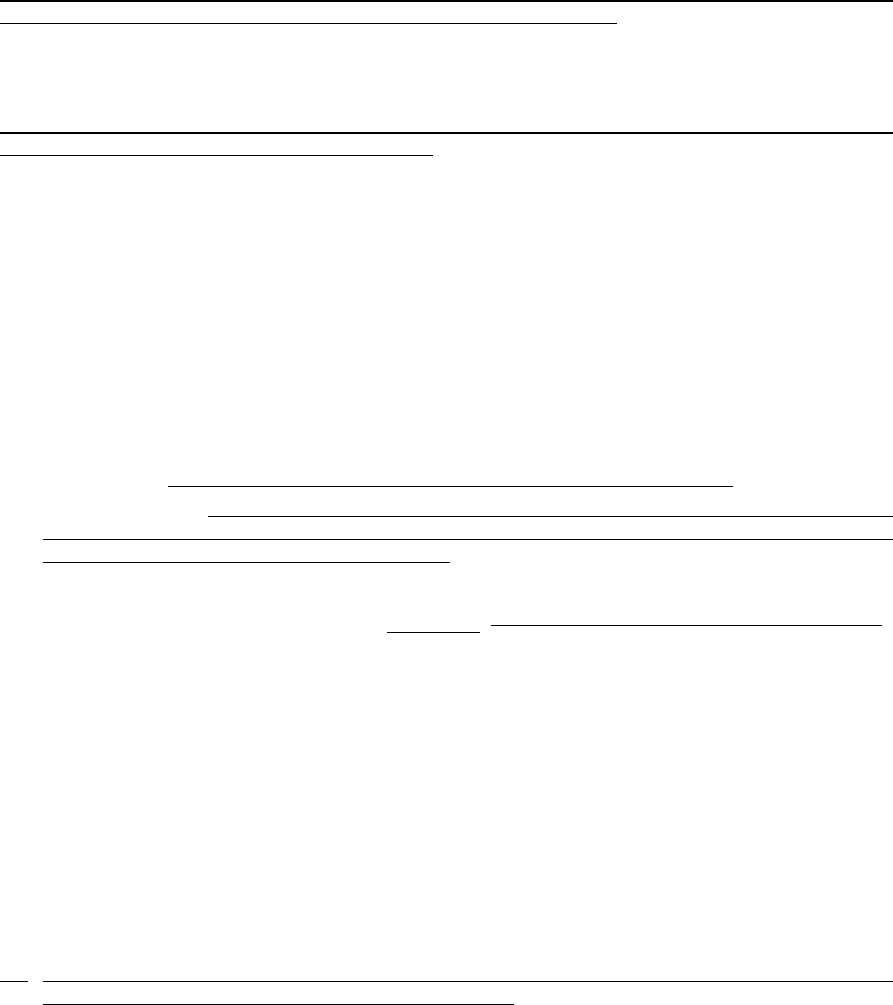
2021 International Building-Related Codes
Page 101 of 141
not be less than 30 inches (762 mm) high and 22 inches (559 mm) wide and not more than 20 feet
(6096 mm) in length when measured along the centerline of the passageway from the opening to the
water heater. The passageway shall have continuous solid flooring not less than 24 inches (610 mm)
wide. A level service space at least 30 inches (762 mm) deep and 30 inches (762 mm) wide shall be
present at the front or service side of the water heater. The clear access opening dimensions shall be
a minimum of 20 inches by 30 inches (508 mm by 762 mm) where such dimensions are large enough
to allow removal of the water heater.
Section 502, INSTALLATION, is amended by adding Section 502.6, Water heaters installed under
stairways and landings, as follows:
502.6 Water heaters installed under stairways and landings. An electric water heater is the only
type of water heater that may be installed under a stairway or landing.
Section 502, INSTALLATION, is amended by adding Section 502.7, Water heaters installed in garages, as
follows:
502.7 Electric water heaters installed in garages. Electric water heaters shall be elevated not less
than 18 inches (457 mm) above the garage floor.
Section 504.6, Requirements for discharge piping, is amended as follows:
504.6 Requirements for discharge piping. The discharge piping serving a pressure relief valve,
temperature relief valve or combination thereof shall:
1. Not be directly connected to the drainage system.
2. Discharge through an air gap located in the same room as the water heater.
3. Not be smaller than the diameter of the outlet of the valve served and shall discharge full size to
the air gap.
4. Serve a single relief device and shall not connect to piping serving any other relief device or
equipment.
5. Discharge to [the floor, to the pan serving the water heater or storage tank, to] a waste receptor
or to the outdoors. Discharge to the floor of a garage or basement will only be allowed if approved
by the code official. Terminate to the exterior a minimum of six inches (152 mm) and a maximum
of 12 inches (304 mm) above the finish grade.
6. Discharge in a manner that does not cause personal injury or structural damage.
7. Discharge to a termination point that is accessible [readily observable by the building occupants].
8. Not be trapped.
9. To be installed so as to flow by gravity.
10. Terminate not more than 6 inches (152 mm) above and not less than two times the discharge
pipe diameter above the floor or flood level rim of the waste receptor.
11. Not have a threaded connection at the end of such piping.
12. Not have valves or tee fittings.
13. Be constructed of those materials listed in Section 605.4 or materials listed, rated, and approved
for such use in accordance with ASME A112.4.1.
14. Be one nominal size larger than the size of the relief valve outlet, where the relief valve discharge
piping is installed with insert fittings. The outlet end of such tubing shall be fastened in place.
15. Union or flex connector on temperature pressure relief valve shall be placed within six inches
(1522 mm) of the valve for removal and replacement.
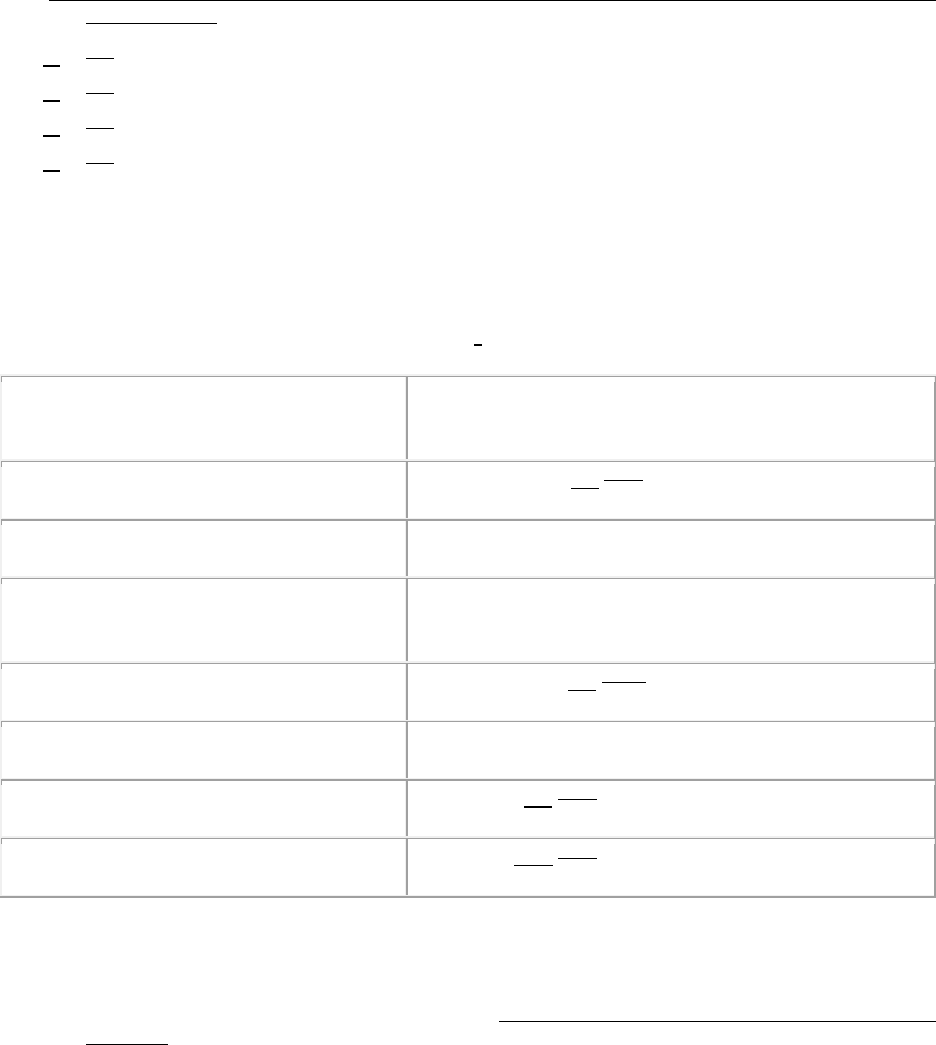
2021 International Building-Related Codes
Page 102 of 141
Section 604.4, Maximum flow and water consumption, Exceptions, is amended as follows:
604.4 Maximum flow and water consumption. The maximum water consumption flow rates and
quantities for all plumbing fixtures and fixture fittings shall be in accordance with Table 604.4.
Exceptions:
[1. Blowout design water closets having a maximum water consumption of 3 ½ gallons (13 L) per
flushing cycle.]
1. [2.] Vegetable sprays.
2. [3.] Clinical sinks having a maximum water consumption of 4 ½ gallons (17 L) per flushing cycle.
3. [4.] Service sinks.
4. [5.] Emergency showers.
Table 604.4, MAXIMUM FLOW RATES AND CONSUMPTION FOR PLUMBING FIXTURES AND
FIXTURE FITTINGS, is amended as follows:
TABLE 604.4
MAXIMUM FLOW RATES AND CONSUMPTION FOR
PLUMBING FIXTURES
d
AND FIXTURE FITTINGS
PLUMBING FIXTURE
OR FIXTURE FITTING
MAXIMUM FLOW RATE
OR QUANTITY
b
Lavatory, private
1.5 [2.2] gpm at 60 psi
Lavatory, public (metering)
0.25 gallon per metering cycle
Lavatory, public
(other than metering)
0.5 gpm at 60 psi
Shower head
a
2.0 [ 2.5] gpm at 80 psi
Sink faucet
2.2 gpm at 60 psi
Urinal
0.5 [1.0] gallon per flushing cycle
Water closet
1.28 [1.6] gallons per flushing cycle
For SI: 1 gallon = 3.785 L, 1 gallon per minute = 3.785 L/m.
1 pound per square inch = 6.895 kPa.
a. A hand-held shower spray is a shower head. All associated heads shall be appropriate for the
flow rate.
b. Consumption tolerances shall be determined from referenced standards.
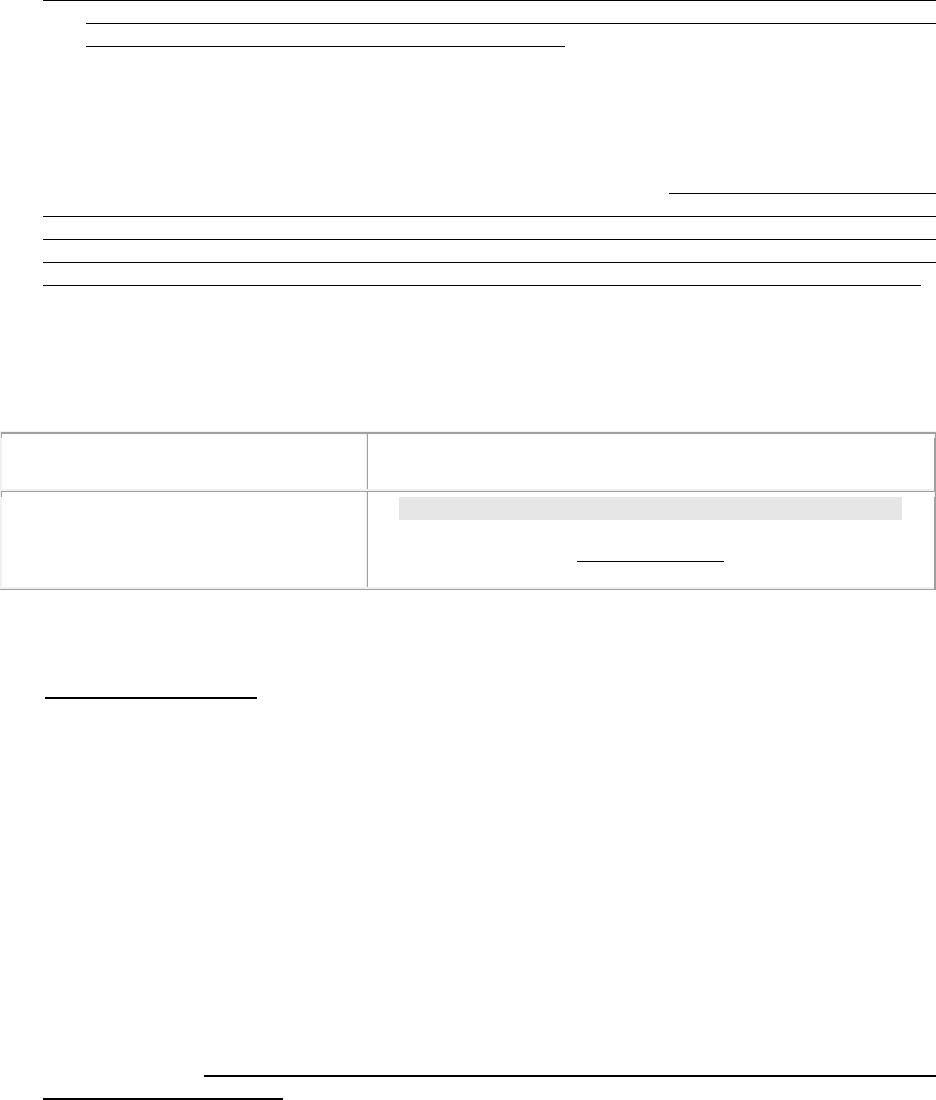
2021 International Building-Related Codes
Page 103 of 141
c. Where the Environmental Protection Agency has accepted that specific plumbing fixtures, by
make and model, meet or exceed WaterSense standards, such fixtures installed will be from the
most current listing available at the time of installation.
Section 604.9, Water hammer, is amended as follows:
604.9 Water hammer. The flow velocity of the water distribution system shall be controlled to reduce
the possibility of water hammer. A water-hammer arrestor shall be installed where quick-closing valves
are utilized. Water-hammer arrestors shall be installed in accordance with the manufacturer's
specifications. Water-hammer arrestors shall conform to ASSE 1010. Water-hammer arrestors shall
be installed to protect all washing machines, kitchen sinks, dishwashers, tubs, and shower locations
from water hammer. A separate tub and shower set back-to-back may be served by a single set of
water-hammer arrestors, provided that the continuation of the water line from one fixture (where the
arrestors are located) to the other fixture does not exceed 8 linear feet as measured along the pipe.
Table 605.3, WATER SERVICE PIPE, is amended to reflect changes. Unaltered sections of the Table
remain in full force:
TABLE 605.3
WATER SERVICE PIPE
MATERIAL
STANDARD
Polyvinyl chloride (PVC) plastic pipe
ASTM D1785; ASTM D2241; ASTM D2672; CSA B137.3
AWWA C900-07
Section 605.3, Water service pipe, is amended to add section 605.3.2, Lead Testing, to read as follows:
605.3.2 Lead Testing. Upon exposure of the waterline/service line from the meter to the home for
repair, replacement or inspection, a plumber, or their employee or agent, performing such work shall
perform a test on their exposed pipe material and any exposed connectors or solder for the presence
of lead, if not already performed. A lead swab test performed on a clean pipe surface area, connector
or solder is acceptable to meet the above requirement and shall not require the removal of any section
of the pipe. The San Antonio Water System (SAWS) shall provide guidance on acceptable testing
methods consistent with TCEQ or EPA guidelines. Photographs of any area of the pipe, connector or
solder that is tested as well as the completed swab test must be taken and shall be submitted to SAWS
along with information identifying the property and testing location within ten (10) business days of
receiving test results. Testing is not required on pipe material that is part of infrastructure,
developments or construction that occurred after 2014.
Section 605.23.2, Plastic pipe, or tubing to other piping material, is amended as follows:
605.23.2 Plastic pipe or tubing to other piping material. Joints between different types of plastic
pipe or between plastic pipe and other piping material shall be made with an approved adapters or
transition fittings. Schedule 40 plastic socket molded (female adapter) fittings are prohibited when
connecting to pipe threads.
Section 606.2, Location of shutoff valves, is amended as follows:
606.2 Location of shutoff valves. Shutoff valves shall be installed in the following locations:
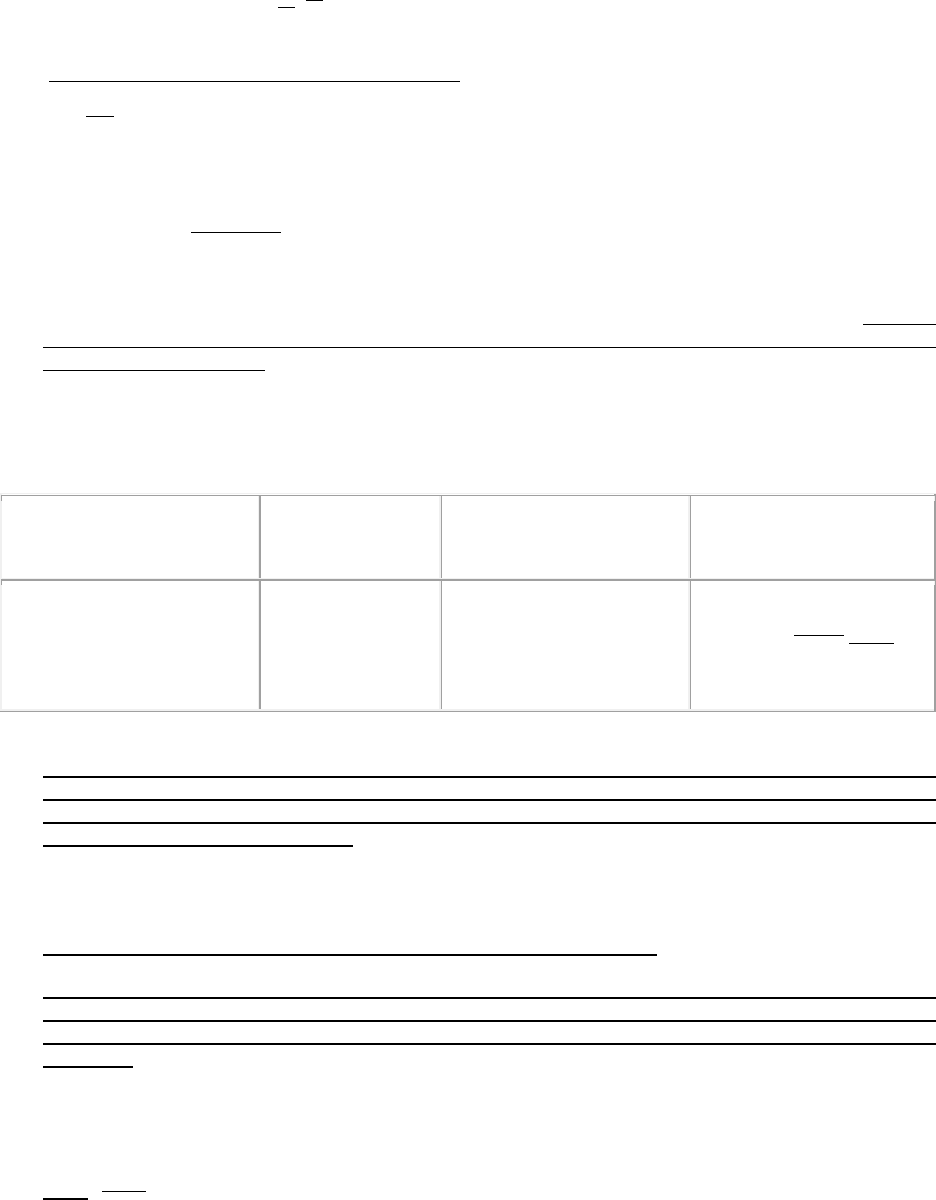
2021 International Building-Related Codes
Page 104 of 141
1. On the fixture supply at [to] each fixture other than bathtubs and showers in one-and two-family
residential occupancies, and other than in individual sleeping units that are provided with unit
shutoff valves in hotels, motels, Boarding houses, and similar occupancies.
[2. On the water supply pipe to each sillcock.]
2. [3.] On the water supply pipe to each appliance or mechanical equipment.
Section 607.3, Thermal expansion control, is amended as follows:
607.3 Thermal expansion control. Where a storage water heater is supplied with cold water that
passes through an on-site check valve, pressure reducing valve, or backflow preventer, a thermal
expansion tank shall be connected to the water heater cold water supply pipe at a point that is
downstream of all check valves, pressure reducing valves and backflow preventers. Thermal
expansion tanks shall be sized in accordance to the manufacturer's instructions and sized such that
the pressure in the water distribution system shall not exceed that required by section 604.8. Thermal
expansion control is limited to the use of expansion tanks (per water conservation requirements of
1998, Ordinance 89128).
Table 608.1, APPLICATION OF BACKFLOW PREVENTERS, is amended to reflect changes. Unaltered
sections of the Table remain in full force:
TABLE 608.1 APPLICATION OF BACKFLOW PREVENTERS
DEVICE
DEGREE OF
HAZARD
APPLICATION
APPLICABLE
STANDARDS
Backflow preventer for
carbonated beverage
machines
Low hazard
Backpressure or
backsiphonage
Sizes ¼”-3/8”
ASSE [1022] 1015
608.14.10 More than one assembly. Where more than one (1) backflow preventer is installed on a
single premise, and the backflow preventers are installed in one location, each separate backflow
preventer shall be permanently marked in an approved manner to identify the location of the system
that the backflow preventer serves.
Section 608.15, Location of backflow preventers, is amended by adding Section 608.15.3, Access, and
Section 608.15.4, Identification, as follows:
608.15.3 Access. All backflow preventers shall be readily accessible.
608.15.4 Identification. All backflow preventers that have been insulated per 608.15.2, resulting in
the preventer’s identification plate being covered, shall have a weatherproof tag permanently affixed
to the outside of the insulation that identifies the make, model, and serial number of the backflow
preventer.
Section 608.17.1.1, Carbonated beverage dispensers, is amended as follows:
608.17.1.1 Carbonated beverage dispensers. The water supply connection to each carbonated
beverage dispenser shall be protected against backflow by a backflow preventer conforming to ASSE
1015 [1022] or by an air gap. The portion of the backflow preventer device downstream from the
second check valve of the device and the piping downstream therefrom shall not be affected by carbon
dioxide gas.
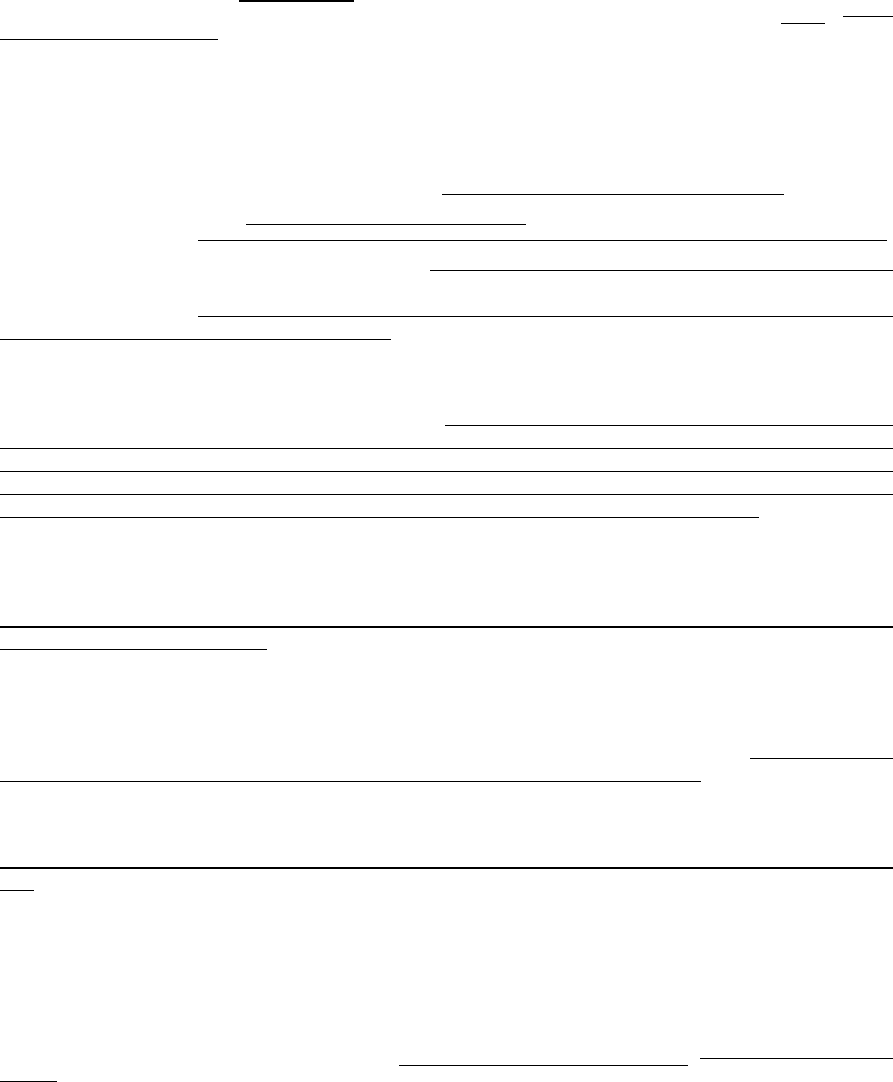
2021 International Building-Related Codes
Page 105 of 141
Section 608.17.2, Connections to boilers, is amended as follows:
608.17.2 Connections to non-potable boilers. The potable supply to the boiler shall be equipped
with a backflow preventer with an intermediate atmospheric vent complying with ASSE 1013. [1012,
ASSE 1081 CSA B64.3.] Where conditioning chemicals are introduced into the system, the potable
water connection shall be protected by an air gap or a reduced pressure principle backflow preventer,
complying with ASSE 1013, CSA B64.4 or AWWA C511.
Section 608.17.5, Connections to lawn irrigation systems, is amended as follows:
608.17.5 Connections to lawn irrigation systems. The potable water supply to lawn irrigation
systems shall be protected against backflow by [an atmospheric-type vacuum breaker,] a pressure
vacuum breaker assembly, a double-check valve assembly or a reduced pressure principle backflow
prevention assembly. [Valves shall not be installed downstream from an atmospheric vacuum breaker.]
Where chemicals are introduced into the system or there is an on-site sewage facility (OSSF) system,
the potable water supply shall be protected against backflow by a reduced pressure principle backflow
prevention assembly. The irrigation system shall be designed and installed in accordance with City
Ordinance #100322 and #2008-08-07-0653.
Section 702.3, Building sewer pipe, is amended as follows:
702.3 Building sewer pipe. Though not required, building sewer pipes three inch and four inches are
recommended to be a minimum of Schedule 40 PVC or SDR26. Though not required, sewer lines six
inch and larger are recommended to be a minimum of SDR 35 PVC. Cast-iron and Stainless steel
316L may also be used for all sizes. Polyethylene (PE) plastic pipe (SDR-PR) ASTM F 714 may be
used for replacement of underground sewers by pipe-bursting methods in Section 717. Building sewer
pipe shall conform to one of the standards listed in Table 702.3.
Section 705.1, General, is amended by adding section 705.1.1, Joint couplings, as follows:
705.1.1 Joint Couplings. All underground or under slab mechanical joint coupling installations shall
be shielded and Wide-Bodied.
Section 708.1.8, Manholes, is amended as follows:
708.1.8 Manholes. Manholes and manhole covers shall be of an approved type. Manhole covers
located inside a building shall have gas-tight covers that require tools for removal. Manhole covers
shall be identified as "SEWER" and shall not indicate a utility company thereon.
Section 708.1, Cleanouts required, is amended by adding section 708.1.13, Individual fixture, as follows:
708.1.13 Individual fixture. All washing machines and kitchen sinks shall have an accessible clean
out.
Section 717.4, Permitting, is repealed in its entirety.
Section 717.8, Post-installation recorded video camera survey, is amended as follows.
717.8 Post-installation recorded video camera survey. The completed, relined piping system shall
be inspected internally by a recorded video camera survey after the system has been flushed and flow-
tested with water. The video survey shall be reviewed by a licensed engineer [submitted to the code
official] prior to finalization of the permit. The video survey shall be reviewed and evaluated to provide
verification that no defects exist. Any defects identified shall be repaired and replaced in accordance
with this code.
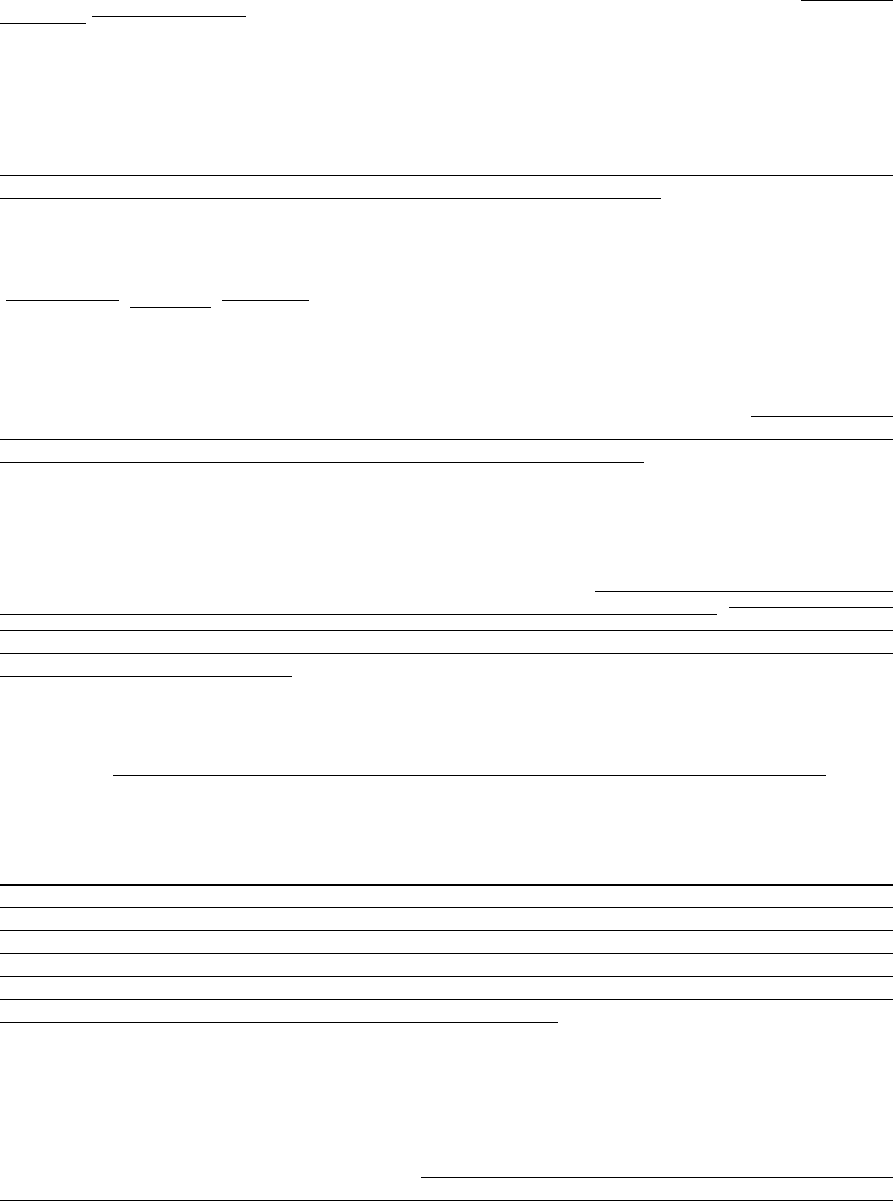
2021 International Building-Related Codes
Page 106 of 141
Section 717.9, Certification, is amended as follows.
717.9 Certification. A certification shall be provided in writing to the code official, from a licensed
engineer [the permit holder], that the relining materials have been installed in accordance with the
manufacturer’s installation instructions, the applicable standards, and this code.
Section 802.4, Waste Receptors, is amended by adding an exception as follows:
802.4 Waste Receptors.
Exception: Waste receptors may be installed in a plenum. The trap shall be deep seal type and shall
be protected by one of the methods in sections 1002.4.1.1 thru 1002.4.1.4.
Section 903.1.1, Roof extension unprotected, is amended as follows:
903.1.1 Roof extension unprotected. Open vent pipes that extend through a roof shall be terminated
[not less than] at least 6 [NUMBER] inches (152 mm) above the roof.
Section 905.4, Vertical rise of vent, is amended as follows:
905.4 Vertical rise of vent. Every dry vent shall rise vertically to a point not less than 6 inches (152
mm) above the flood level rim of the highest trap or trapped fixture being vented. When structural
conditions require horizontal vents to be installed below the flood level rim of the fixture they serve,
they shall have a cleanout installed on the riser in an accessible location.
Exception: Vents for interceptors located outdoors.
Section 915.2.3, Connection, is amended as follows:
915.2.3 Connection. The combination waste and vent system shall have a minimum of two vents, one
at the start of the system and one at the end of the system before the last fixture [be provided with a
dry vent connected at any point within the system or the system shall connect to a horizontal drain that
is vented in accordance with one of the venting methods described in this chapter serves vented
fixtures located on the same floor]. Combination waste and vent systems connecting to building drains
receiving only the discharge from a one or more stack or stacks shall be provided with a dry vent. The
vent connection to the combination waste and vent pipe shall extend vertically to a point not less than
6 inches (152 mm) above the flood level rim of the highest fixture being vented before offsetting
horizontally. The horizontal length of a combination waste and vent system shall be unlimited.
Section 917.1, Where permitted, is amended by adding section 917.1.1, Engineering certification, as
follows:
917.1.1 Engineering certification. Single stack vent systems are considered to be an alternative
engineering design system and shall be installed in strict accordance with the engineered design.
Upon completion of this alternative design system, the design engineer shall submit a letter of the
inspection of the systems compliance with the alternative design. The compliance letter shall be
signed, sealed, and dated, by the design engineer. Signage shall be permanently placed on site
identifying the plumbing system as an alternative engineering design Single Stack Vent System and
any alterations to the system shall be reviewed by an engineer.
Section 1003.2, Approval, is amended as follows:
1003.2 Approval. The size, type and location of each interceptor shall be designed and installed in
accordance with the manufacturer's instructions and the requirements of this section based on the
anticipated conditions of use. Wastes that do not require treatment or separation shall not be
discharged into any interceptor or separator. All interceptors shall be stamped or labeled by the
manufacturer with an indication of its size in gallons or its full discharge rate in gallons per minute
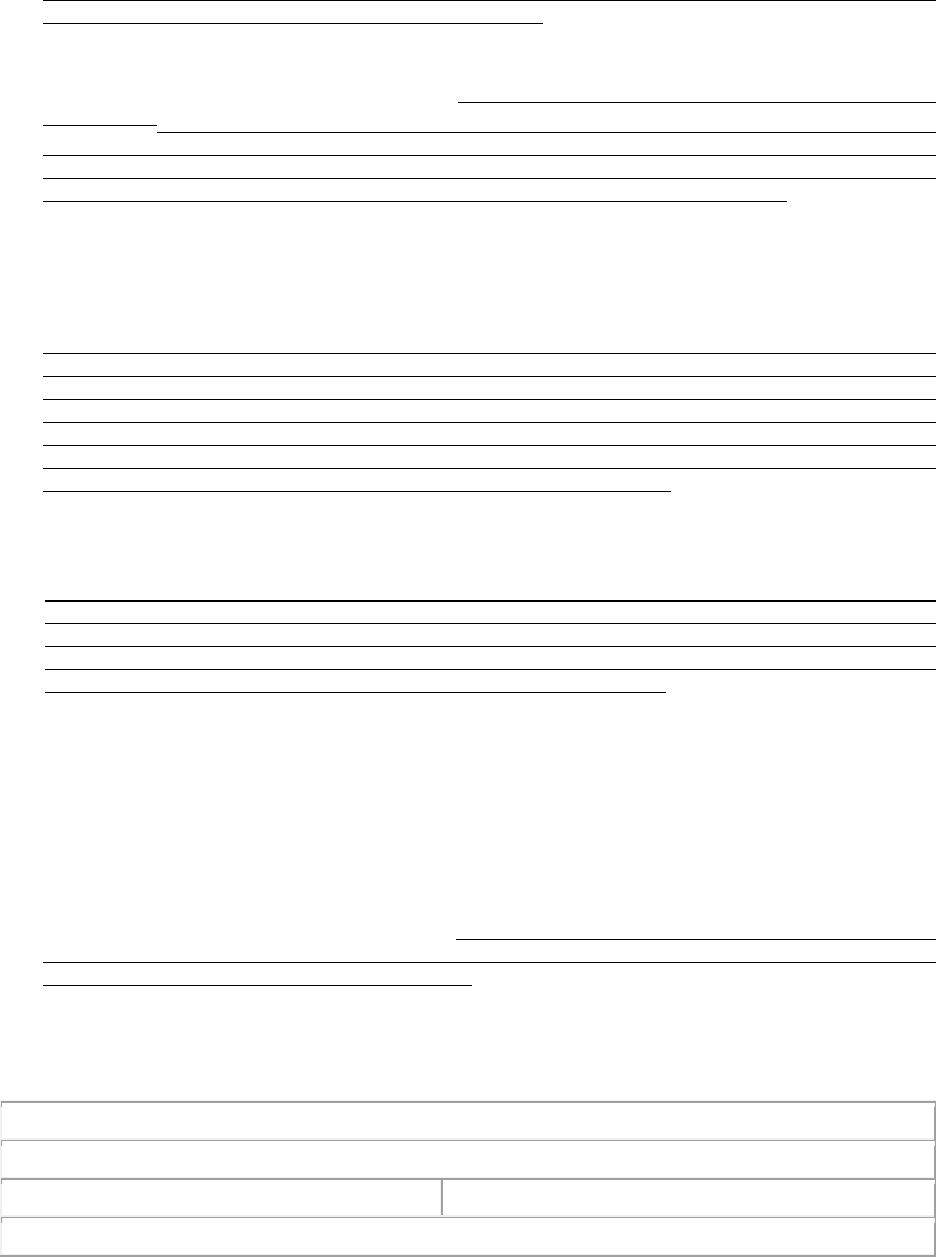
2021 International Building-Related Codes
Page 107 of 141
(gpm). The full discharge rate to such an interceptor shall be determined at full flow. Each interceptor
shall be rated equal to or greater than the incoming flow.
Section 1003.3.2, Food waste disposers restriction, is amended as follows:
1003.3.2 Food waste disposers restriction. [A food waste disposer shall not discharge to a grease
interceptor.] Where food waste disposers connect to grease interceptors, a solids interceptor shall
separate the discharge before connecting to the grease interceptor. Solids interceptors and grease
interceptors shall be sized and rated for the discharge of the food waste disposer. Emulsifiers,
chemicals, enzymes, and bacteria shall not discharge into the food waste disposers.
SECTION 1004, MATERIALS, JOINTS, AND CONNECTIONS, is amended by adding Section 1004.2,
Sample well, as follows:
1004.2 Sample well. An effluent sampling well for all interceptors shall be required. For new
construction, the sample well shall have a riser a minimum of 6 inches (153 mm) in diameter and shall
be installed after the confluence of all wasted streams from the facility and prior to discharging into the
sanitary sewer collection system. The well shall be perpendicular to the effluent lateral to allow
observation of the flow stream and provide for sampling of wastewater. For remodeling of an existing
structure requiring installation of an interceptor, the option to use an existing 4-inch (102 mm) diameter
sample well may be permitted in lieu of a 6-inch (153 mm) sample well.
SECTION 1202, MEDICAL GASES, is amended by adding Section 1202.2, Medical gases not regulated
by NFPA 99, as follows:
1202.2 Medical gases not regulated by NFPA 99. Where medical gases are installed in other than
human medical care facilities such as, but not limited to, veterinary clinics, educational, instructional,
and training facilities, etc, the installation shall comply with the minimum standards of the International
Plumbing Code such as, but not limited to, the piping materials, support, testing, etc. The piping
systems shall be appropriately labeled with the contents every 20 feet.
Section 1301.9.4, Makeup water, is amended as follows:
1301.9.4 Makeup water. Where an uninterrupted supply is required for the intended application,
potable or reclaimed water shall be provided as a source of make-up water for the storage tank. The
makeup water supply shall be protected against backflow in accordance with section 608. A full-open
valve located on the makeup water supply line to the storage tank shall be provided. Inlets to the
storage tank shall be controlled by fill valves or other automatic supply valves installed to prevent the
tank form overflowing and to prevent the water level from dropping below a predetermined point.
Where makeup water is provided, the water level shall not be permitted to drop below the water source
water inlet or the intake of any attached pump. Where non-potable systems are supplied with makeup
water form a potable source, the potable makeup shall be protected by both an air gap and a RP
backflow device in accordance with Section 608.
Sec. 10-83. Fee schedule.
Plumbing, Gas, Sewer
Plumbing License and Registration Fees
Annual Irrigation Contractor Registration Fee
$85.00
Plumbing, Gas, Sewer Permit Fees
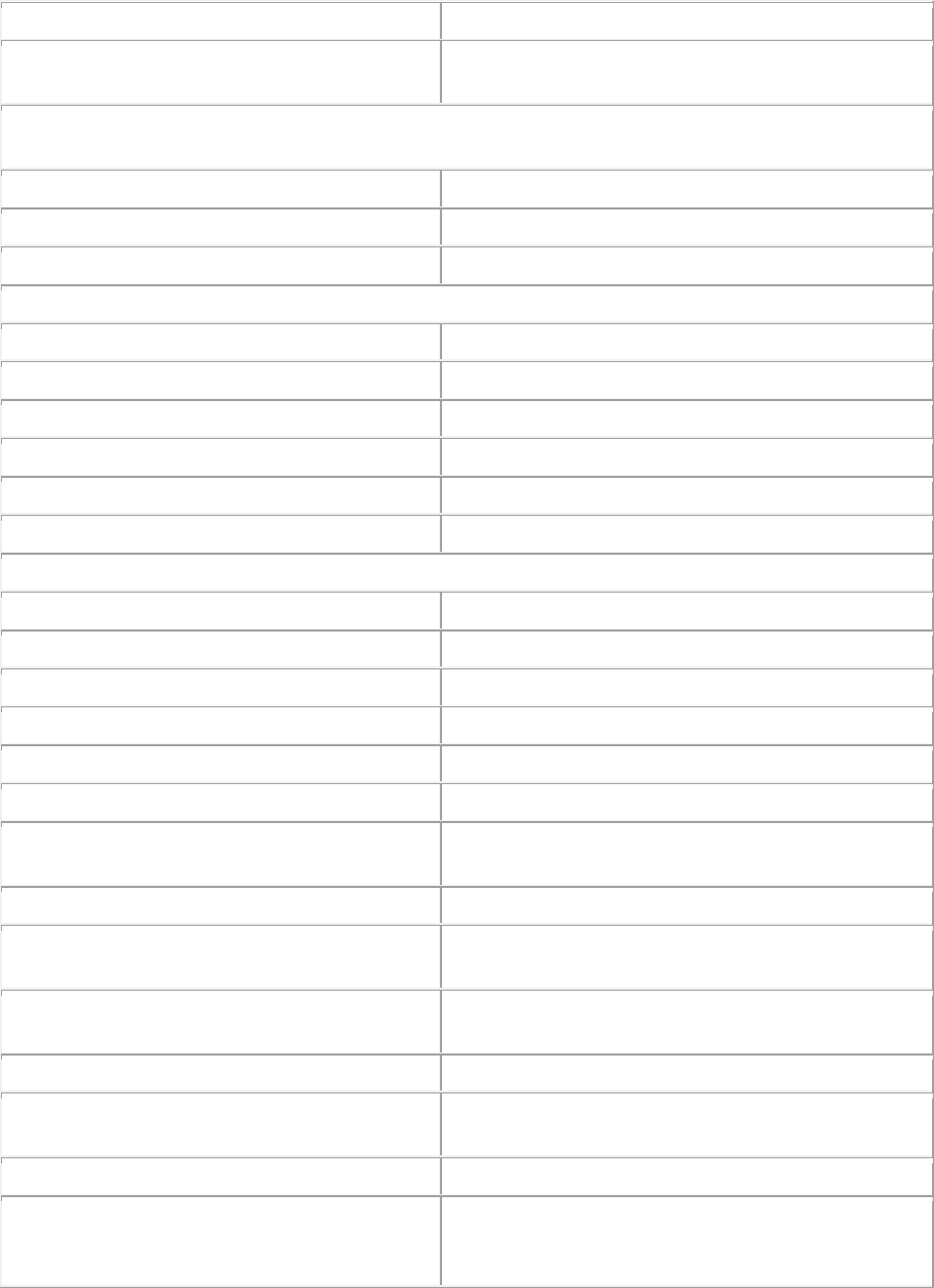
2021 International Building-Related Codes
Page 108 of 141
Plumbing Inspection (Basic Fee)
$50.00
Fixture; Roof Drain; Reverse Osmosis, Fire
Sprinkler Head (per unit)
$7.00
Grease Trap; Oil Separator; Sand Trap; Lint Trap; Neutralization Tank (or tank receiving discharge of
liquid waste from fixtures); Drain, Appurtenance; Appliance
0—500 gallons
$12.00
>500 gallons
$17.00
Water Heater, Vent (Gas/electric)
$8.00
Back-flow Prevention Device
1/4" - ¾"
$15.00
1"
$20.00
1 ¼"
$45.00
1 ½"
$55.00
2"+
$75.00
Water Softener
$17.00
Underground Waterline
0—100ft
$10.00
101—250ft
$15.00
251—500ft
$25.00
501—1000ft
$45.00
1001—2000ft
$75.00
2001—3000ft
$100.00
Over 3001ft (plus additional $25 for each 200ft
or part thereof over 3001ft)
$125.00
Irrigation System Inspection Fee
$50.00
Residential Landscape Irrigation System Permit
Fee
$50.00
Commercial Landscape Irrigation System
Permit Fee
$100.00
Gas Inspection (Basic Fee)
$50.00
1—5 openings (fee for each of the first five
opening)
$10.00
>5 openings (fee for each opening over five)
$3.00
Gas Test; Extension (with 1 opening); Replace
Gas Line; Split Meter; Move Meter; Butane
Conversion (each)
$8.00
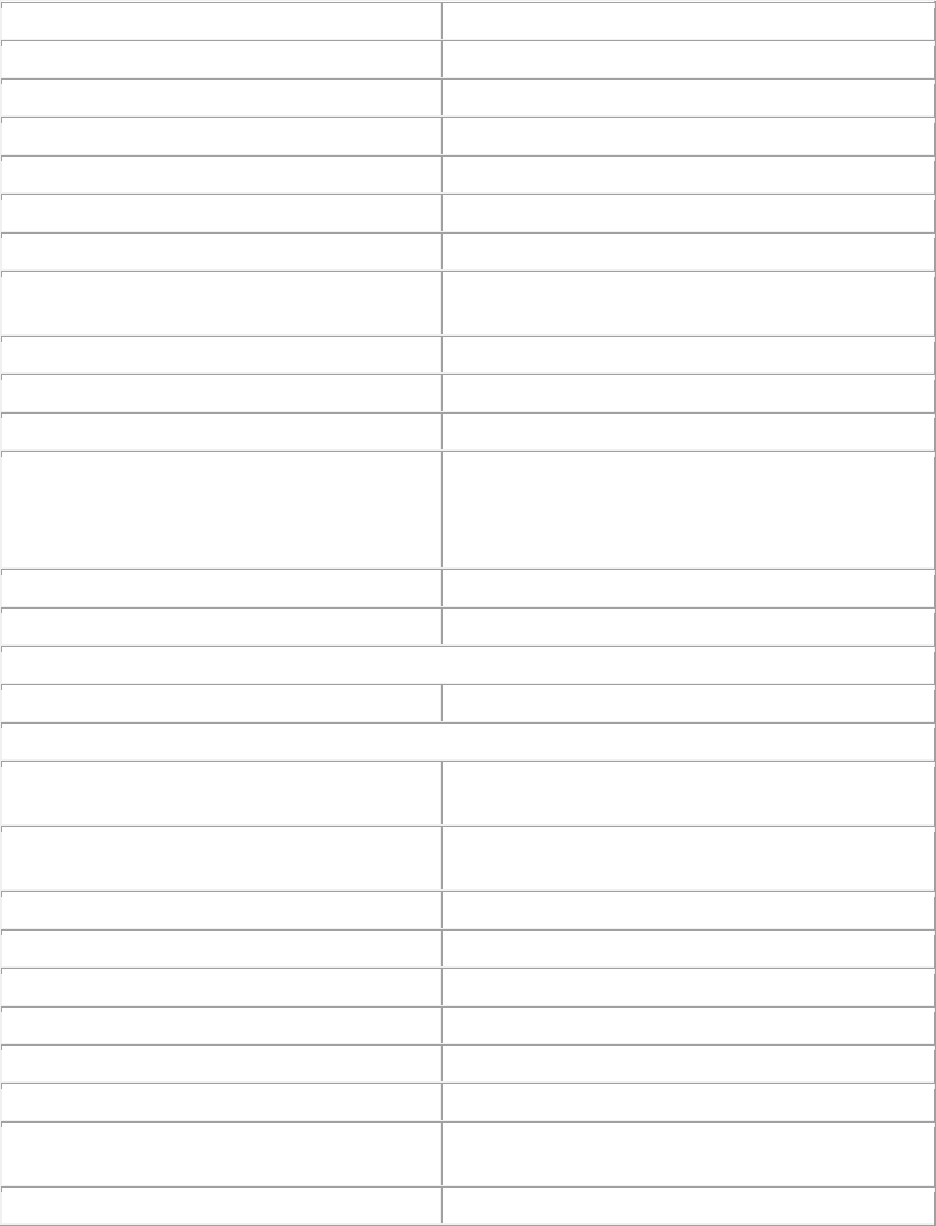
2021 International Building-Related Codes
Page 109 of 141
Sewer Inspection (Basic Fee)
$50.00
0—60 ft.
$10.00
61—150 ft
$20.00
151—300 ft
$35.00
301—500 ft.
$50.00
501—750 ft.
$70.00
751—1,000 ft.
$110.00
>1,000 ft. (plus $20.00 for each 150ft or part
thereof over 1000ft
$125.00
Reclaim Water Line Openings Inspection
$50.00
1—4 openings (flat fee)
$40.00
>4 openings (fee for each opening over four)
$5.00
Medical Gas Inspection (Basic Fee) (oxygen -
O
2
; nitrous oxide - N
2
O; medical compress air -
MedAir Nitrogen - N
2
; vacuum - Vac; carbon
dioxide - CO
2
; helium - He)
$50.00
1—5 openings (flat fee)
$13.00
>5 openings (fee for each opening over five)
$3.00
Building-related and Fire Codes Appeals and Advisory Board Fees
Building-related and Fire Codes Appeal Fee
$155.00
Special Services for Plumbing
After-hour Inspection Fee (per hour with 1 hour
minimum)
$100.00
Inspection for which no fee is specifically
indicated (per hour with 1 hour minimum)
$100.00
Permit Refund Fee
$50.00
Permit Amendment Fee
$10.00
Inspection Schedule Fee (Free on-line)
$3.00
Re-inspection Fee
$51.50
Permit Processing Fee
$10.00
Completion permit fee
50% of permit (plus cost of permit)
Plumbing Plan Review only (without building
plan number)—Per hour/1 hour minimum
$100.00
Open Permit Review Fee
$3.00/Permit

2021 International Building-Related Codes
Page 110 of 141
Rental of Facility Fees: $125/hr (daily min. fee of $250; Max fee of $1000); Security Personnel:
$15/hour/staff (with 1 hour minimum); DSD Staff: $30/hour/staff (with 1 hour min.); Custodian Service:
$15/hour (with 2-hour min.)
Secs. 10-84—10-90. Reserved.
ARTICLE X. ENERGY CONSERVATION CODE
The city council approves and adopts the recommendations of the mayor's sustainable task force:
The city supports the adoption and implementation of energy provisions that result in energy savings
of 15% or greater than the currently adopted code in 2008 (IECC 2000 with 2001 supplement and
ASHRAE 90.1 1999), the goal of 30% energy savings in 2012 over the currently adopted code in 2008
(IECC 2000 with 2001 supplement and ASHRAE 90.1 1999), the goal of net-zero carbon by 2030 with
the intent to provide flexibility to permit the use of innovative approaches and techniques to achieve
the effective use of energy and to reduce greenhouse gas and ozone precursor emissions in the city
and which is not intended to abridge safety, health, or environmental requirements contained in other
applicable codes or ordinances.
The city approves the goals of the following recommendations of the sustainable building task force:
(1) That the development services department, office of public utilities within finance, and the office
of sustainability coordinate with CPS Energy and San Antonio Water System (SAWS) to evaluate
a new construction residential and commercial financial incentive program to include the provision
of specific rebates or other incentives, with an ultimate goal of achieving net zero carbon by 2030
and be designed to reward improved performance in a scaled fashion, within the current
limitations of all applicable laws and regulations.
(2) That CPS Energy and SAWS provide existing rebate and incentive information to the city to
coordinate and promote incentives to provide one-stop information.
(3) That the office of sustainability provide information on sustainable building practices and
incentives to encourage residential and commercial developers to exceed minimum code
requirements and serve as a clearinghouse for green building information from a wide and ever-
increasing variety of sources.
(4) That the city office of sustainability coordinate education awareness with other agencies or
organizations that include workshops, trainings, and seminars which will provide sustainable
building practices for residential and commercial buildings that exceed minimum code
requirements.
(5) That the city office of sustainability promote an annual San Antonio Green Leadership awards
program to recognize all new residential and commercial builders, architects, and others that
significantly exceed the minimum code and to post those names on the city's website and through
additional public media outlets.
(6) That CPS Energy and SAWS evaluate incentives and rebates to support energy and water
conservation for programs that exceeds code and include such programs in a unified city-wide
promotion.
(7) That energy incentives be provided to achieve 30% or greater savings above the currently
adopted energy code; and
(8) That the Building-Related and Fire Codes Appeals and Advisory Board (BRFCAAB) review the
city's current energy code as needed but not less often than every three years and recommend
changes to make periodic progress toward the goal of net-zero carbon by 2030.

2021 International Building-Related Codes
Page 111 of 141
(13) That the city office of sustainability would monitor the implementation of the recommendations of
the mayor's task force on sustainable buildings, review COSA sustainability energy policies and
goals, and measure periodic progress toward the goal of net-zero carbon by 2030.
(14) That the city office of sustainability would recommend the establishment or modification of interim
goals to attain agreed long-term goals and make recommendations to city management, City
Council, and the BRFCAAB as needed but not less often than every three years. Interim and
long-term goals would be evaluated and recommended for amendment as required on the basis
of sustainable environmental and community benefits, return on investment and practical impact
on the regulated community.
Sec. 10-91. Adoption of International Energy Conservation Code (2021).
The 2021 edition of the International Energy Conservation Code, promulgated by the International
Code Council, Chapters 2[CE] through 5[CE], Chapters 2[RE] through 5[RE] and both the commercial and
residential Chapters 6 (referenced standards), is adopted and incorporated in this article by reference as if
fully set forth, except as it is amended by the following provisions of section 10-92. Provisions of this article
are in addition to the provisions of the International Energy Conservation Code. The following provisions
coinciding with the provisions of the International Energy Conservation Code supersede, repeal, or delete,
when indicated, the corresponding provisions of the International Energy Conservation Code.
All references within the model codes to any building, electrical, fuel gas, mechanical, plumbing,
energy conservation, existing building, or swimming pool code shall be construed to be a reference to the
respective building, electrical, fuel gas, mechanical, plumbing, energy conservation, existing building, or
swimming pool code specifically adopted by reference in articles II through XIV of this chapter.
Sec. 10-92. Amendments to the adopted chapters of the International Energy Conservation Code
(2021).
Additions to the International Energy Conservation Code (IECC) are shown as underlined text.
Deletions of the IECC are shown as bracketed [strikethroughs].
Section C402.3, Roof solar reflectance and thermal emittance, is amended to read as follows (exceptions
are unchanged):
C402.3 Roof solar reflectance and thermal emittance. Low-sloped roofs, with a slope less than or
equal to 2 units vertical per 12 units horizontal, directly above cooled conditioned spaces in Climate
Zones 0 through 3 shall comply with one or more of the options in Table C402.3. Roof surfaces with a
slope greater than 2 units vertical per 12 units horizontal, directly above cooled conditioned spaces
shall have a minimum reflectance of 0.35 or a minimum Solar Reflective Index of 29.
Section C402.4.2, Minimum skylight fenestration area, Exception is amended by adding a sixth exception
as follows. All other language in Section C402.4.2 remains:
Exception: Skylights above daylight zones of enclosed spaces are not required in:
1. Buildings in Climate Zones 6 through 8.
2. Spaces where the designed general lighting power densities are less than 0.5 W/ft
2
(5.4 W/m
2
).
3. Areas where it is documented that existing structures or natural objects block direct beam sunlight
on not less than half of the roof over the enclosed area for more than 1,500 daytime hours per
year between 8 a.m. and 4 p.m.
4. Spaces where the daylight zone under rooftop monitors is greater than 50 percent of the enclosed
space floor area.
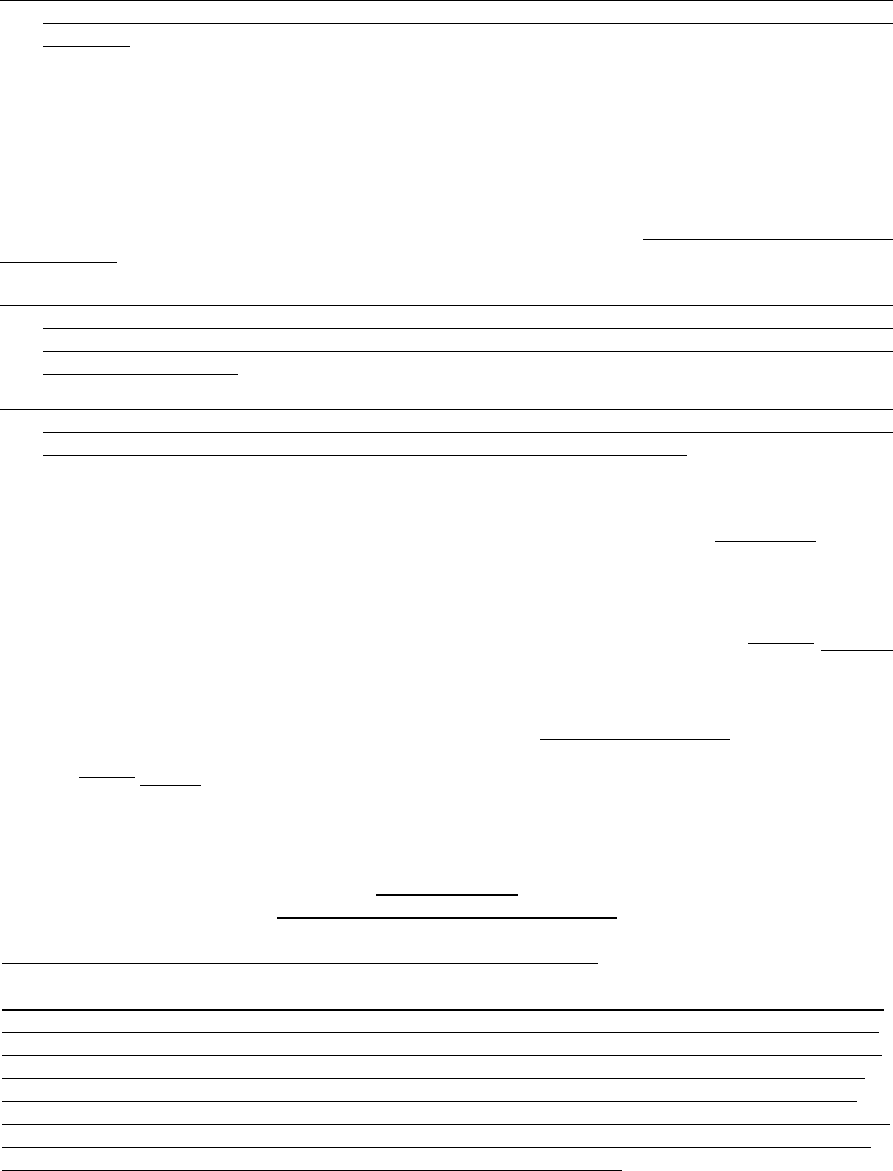
2021 International Building-Related Codes
Page 112 of 141
5. Spaces where the total area minus the area of sidelit daylight zones is less than 2,500 square
feet (232 m
2
), and where the lighting is controlled in accordance with Section C405.2.3.
6. Spaces designed as storm shelters complying with ICC 500.
7. In warehouses protected by Early Suppression Fast Response (ESFR) fire sprinklers where
vertical wall fenestration is provided with a minimum areas equal to that determined by Section
C402.4.2.
Section C404.6.1, Circulation systems, is amended to read as follows:
C404.6.1 Circulation systems. Heated-water circulation systems shall be provided with a circulation
pump. The system return pipe shall be a dedicated return pipe or a cold-water supply pipe. Gravity
and thermo-syphon circulation systems shall be prohibited. Controls for circulating hot water system
pumps shall automatically turn off the pump when the water in circulation loop is at the desired
temperature and when there is not a demand for hot water. The controls shall limit the temperature of
the water entering the cold-water piping to not greater than 104⁰F (40⁰C) and shall comply with one of
the following:
1. Controls for circulating hot water system pumps shall start the pump based on the identification
of a demand for hot water within the occupancy. The controls shall automatically turn off the pump
when the water in the circulation loop is at the desired temperature and when there is not a
demand for hot water.
2. Controls for circulating hot water system pumps shall include a timer clock switch operating
pumps based on time of day/night. Controls shall also include a return water temperature sensor
switch to pause the re-circulating pump whenever the return water is hot.
Section C405.6, Dwelling electrical meter, is modified to read as follows:
C405.6 Dwelling electrical meter. Each dwelling unit located in a Group R-2 multi-family building
shall have a separate electrical meter.
Section C405.12, Energy monitoring, is modified to read as follows with remaining text to remain as written:
C405.12 Energy monitoring. New buildings with a gross conditioned floor area of [25,000] 100,000
square feet or larger shall be equipped to measure, monitor, record and report energy consumption
data in compliance with Sections C405.12.1 through C405.12.5
Exception: R-2 occupancies and individual tenant spaces in other occupancies are not required to
comply with this section provided that the space has its own utility services ad meters and has less
than [5,000] 10,000 square feet of conditioned floor area.
SECTION C409, ELECTRIC VEHICLE (EV) CAPABLE, and Section C409.1, Electric vehicle power supply,
and Section C409.2, Number of parking spaces, are added as follows:
SECTION C409
ELECTRIC VEHICLE (EV) CAPABLE
This section applies to all buildings not included in SECTION R410.
C409.1 Electric vehicle power supply. The main electrical service panel shall have the capacity to
support the required number of spaces detailed in C409.2. The property owner will designate which
branch panel(s) will be utilized for future EV charging. The designated branch panel(s) shall reserve
the space and capacity to support one future 40-ampere breaker for every 2 spaces required. The
designated breaker spaces may be located in multiple branch panels as long as the total number
space and capacity is met. The reserved space(s) in the designated branch panel(s) shall be labeled
“For Future EV”. The Director may increase the number of spaces per 40-ampere breaker or lower
the breaker’s ampere size as smart charging technology is developed.
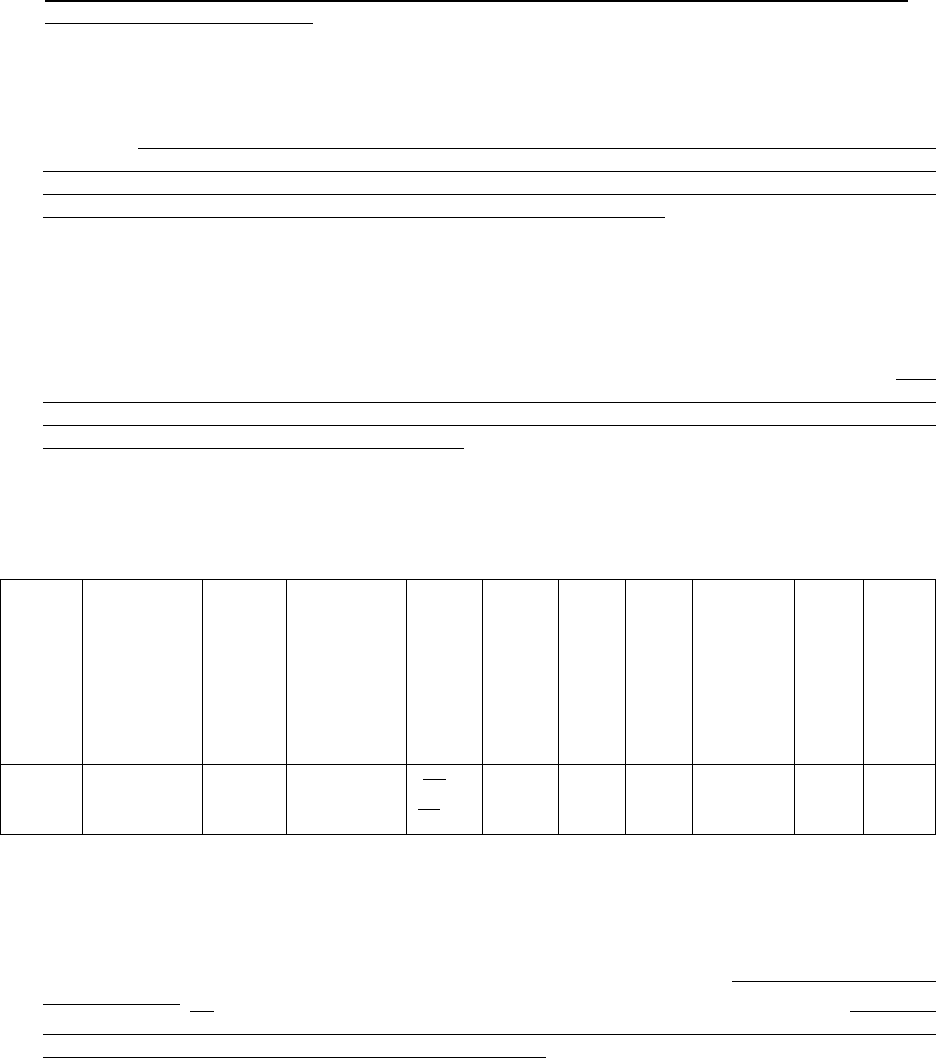
2021 International Building-Related Codes
Page 113 of 141
C409.2 Number of parking spaces. The reserved capacity shall be capable to support 5% of the
total required parking spaces.
Section C501.5, Historic buildings, is amended to read as follows:
C501.5 Historic buildings. Provisions of this code relating to the construction, repair, alteration,
restoration, and movement of structures, and change of occupancy shall not be mandatory for historic
buildings. [provided a report has been submitted to the code official and signed by a registered design
professional or a representative of the State Historic Preservation Office or the historic preservation
authority having jurisdiction, demonstrating that compliance with that provision would threaten,
degrade, or destroy the historic form, fabric, or function of the building.]
Section C503.2.1, Roof replacement, is amended to read as follows:
C503.2.1 Roof replacement. Roof replacements shall comply with Section C402.1.3, C402.1.4,
C402.1.5 or C407 where the existing roof assembly is part of the building thermal envelope and
contains insulation entirely above the roof deck. In no case shall the R-value of the roof insulation re
reduced or the U-Factor of the roof assembly be increased as part of the roof replacement. New
skylights are not required to be provided as part of a roof replacement where the existing building did
not have skylights. Where new skylights are installed at the option of the owner as part of the roof
replacement, they shall meet Section C503.2.3.
Table R402.1.3, INSULATION MINIMUM R-VALUES AND FENESTRATION REQUIREMENTS BY
COMPONENT, is amended as follows with all other text in the table to remain as is:
Climat
e
Zone
Fenestrati
on U-
Factor
Skylig
ht U-
Factor
Glazed
Fenestrati
on SHGC
Ceilin
g R-
Value
Wood
Fram
e Wall
R-
Value
Mas
s
Wall
R-
Valu
e
Floo
r R-
Valu
e
Baseme
nt Wall
R-Value
Slab
R-
Valu
e &
Dept
h
Craw
l
Spac
e
Wall
R-
Valu
e
2
0.40
0.65
0.25
[49]
38
13 or
0&10
ci
4/6
13
0
0
0
Section R402.4.1.1, Installation, is amended to read as follows:
R402.4.1.1 Installation. The components of the building thermal envelope as listed in Table
R402.4.1.1 shall be installed in accordance with the manufacturer's instructions and the criteria
indicated in Table R402.4.1.1, as applicable to the method of construction. [Where required by the
code official, an] An approved third party shall inspect all components and verify compliance. Insulation
letters shall not be submitted to the Building Official prior to the inspection being performed and shall
be submitted on a form approved by the Building Official.
Section R402.4.1.2, Testing, is amended by amending the first paragraph to read as follows. All other
language in Section R402.4.1.2 remains:
R402.4.1.2 Testing. The building or dwelling unit shall be tested for air leakage. The maximum air
leakage rate for any building or dwelling unit under any compliance path shall not exceed 5.0 air
changes per hour or 0.28 cubic feet per minute (CFM) per square foot [0.0079m
3
/ (s × m
2
)] of dwelling
unit enclosure area. Testing shall be conducted in accordance with ANSI/RESNET/ICC 380, ASTM E
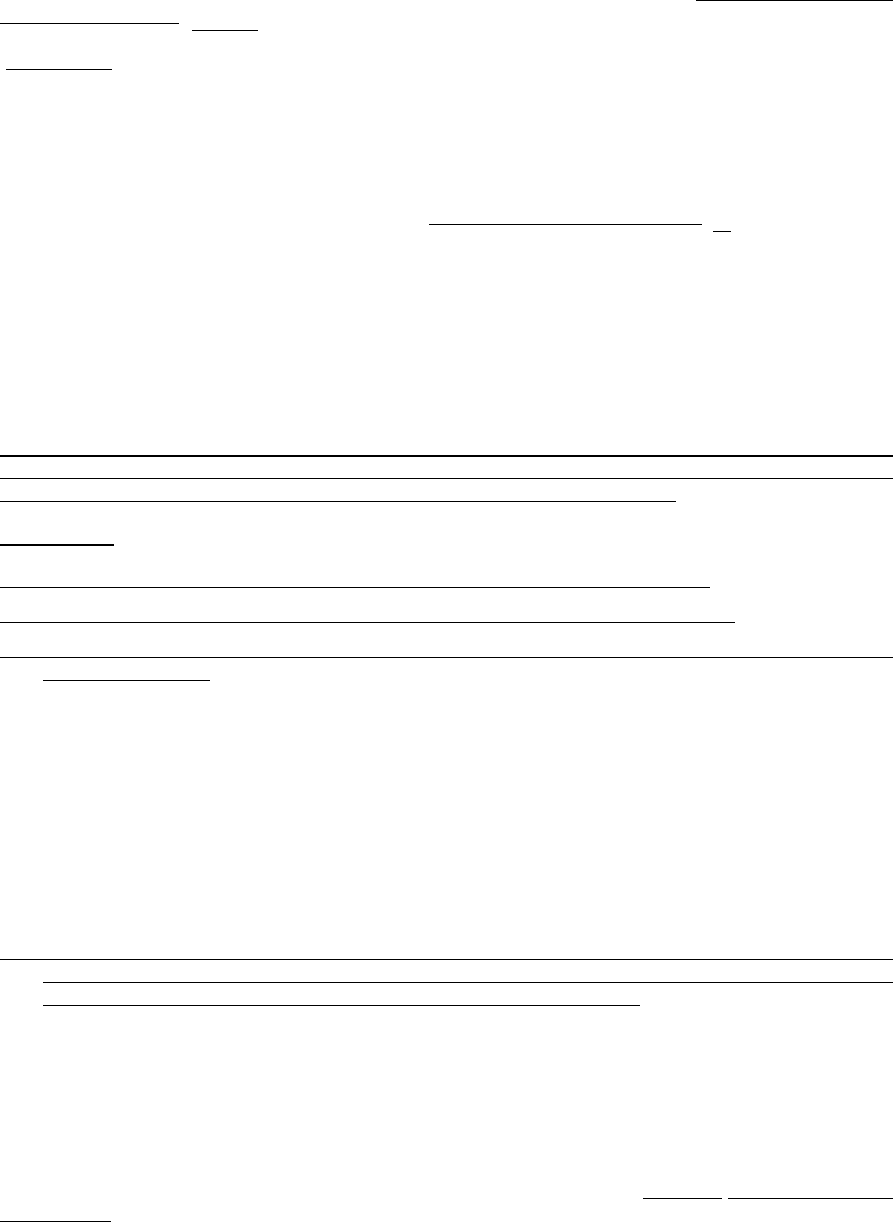
2021 International Building-Related Codes
Page 114 of 141
779 or ASTM E 1827 and reported at a pressure of 0.2-inch w.g. (50 Pascals). [Where required by the
code official, testing] Testing shall be conducted by an approved third party. A written report of the
results of the test shall be signed by the party conducting the test and provided to the Building Official
[code official]. Testing shall be performed at any time after creation of all penetrations of the building
thermal envelope have been sealed.
Section R402.4.6, Electrical and communication outlet boxes (air-sealed boxes), is amended as follows.
R402.4.6 Electrical and communication outlet boxes (air-sealed boxes). Electrical and
communication outlet boxes installed in the building thermal envelope shall be sealed to limit air leakage
between conditioned and unconditioned spaces [. Electrical and communication] or outlet boxes shall
be tested in accordance with NEMA OS 4, Requirements for Air-Sealed Boxes for Electrical and
Communication Applications and shall have an air leakage rate of not greater than 2.0 cubic feet per
minute (0.944 L/s) at a pressure differential of 1.57 psf (75 Pa). Electrical and communication outlet
boxes shall be marked “NEMA OS 4” or “OS 4” in accordance with NEMA OS 4. Electrical and
communication outlet boxes shall be installed per the manufacturer’s instructions and with any supplied
components required to achieve compliance with NEMA OS 4.
Section R402.6, Radiant Barrier, is added to read as follows:
R402.6 Radiant Barrier. In new dwellings, a roof radiant barrier with an emittance of 0.10 or less as
tested in accordance with ASTM C-1371 or ASTM E-408 is required above conditioned spaces. The
radiant barrier shall be installed according to the manufacturer's instructions.
Exceptions:
1. Roofs covered with materials that have a solar reflectance of 0.4 or greater.
2. Residential buildings with sealed attics such as foam type insulation or similar.
3. Residential buildings with all mechanical equipment and all ductwork located wholly within the
conditioned space.
R403.3.1, Ducts located outside conditioned space, is amended by adding an exception as follows.
R403.3.1 Ducts located outside conditioned space. Supply and return ducts located outside
conditioned space shall be insulated to an R-value of not less than R-8 for ducts 3 inches (76 mm) in
diameter and larger and not less than R-6 for ducts smaller than 3 inches (76 mm) in diameter. Ducts
buried beneath a building shall be insulated as required per this section or have an equivalent thermal
distribution efficiency. Underground ducts utilizing the thermal distribution efficiency method shall be
listed and labeled to indicate the R-value equivalency.
Exception:
1. Supply and return ducts in attics shall be insulated to an R-value of not less than R-6 for ducts 3
inches (76 mm) in diameter and larger, where the efficiency of the installed cooling equipment is
higher than the minimum required by federal law for climate zone 2.
Section R403.5.1.1, Circulation systems, is amended to read as follows:
R403.5.1.1 Circulation systems. Heated water circulation systems shall be provided with a circulation
pump. The system return pipe shall be a dedicated return pipe or a cold-water supply pipe. Gravity
and thermosyphon circulation systems shall be prohibited. Controls for circulating hot water system
pumps shall automatically turn off the pump when the water in the circulation loop is at the desired
temperature and when there is no demand for hot water. The controls shall limit the temperature of
the water entering the cold-water piping to not greater than 104⁰F (40⁰C) and shall comply with one of
the following:
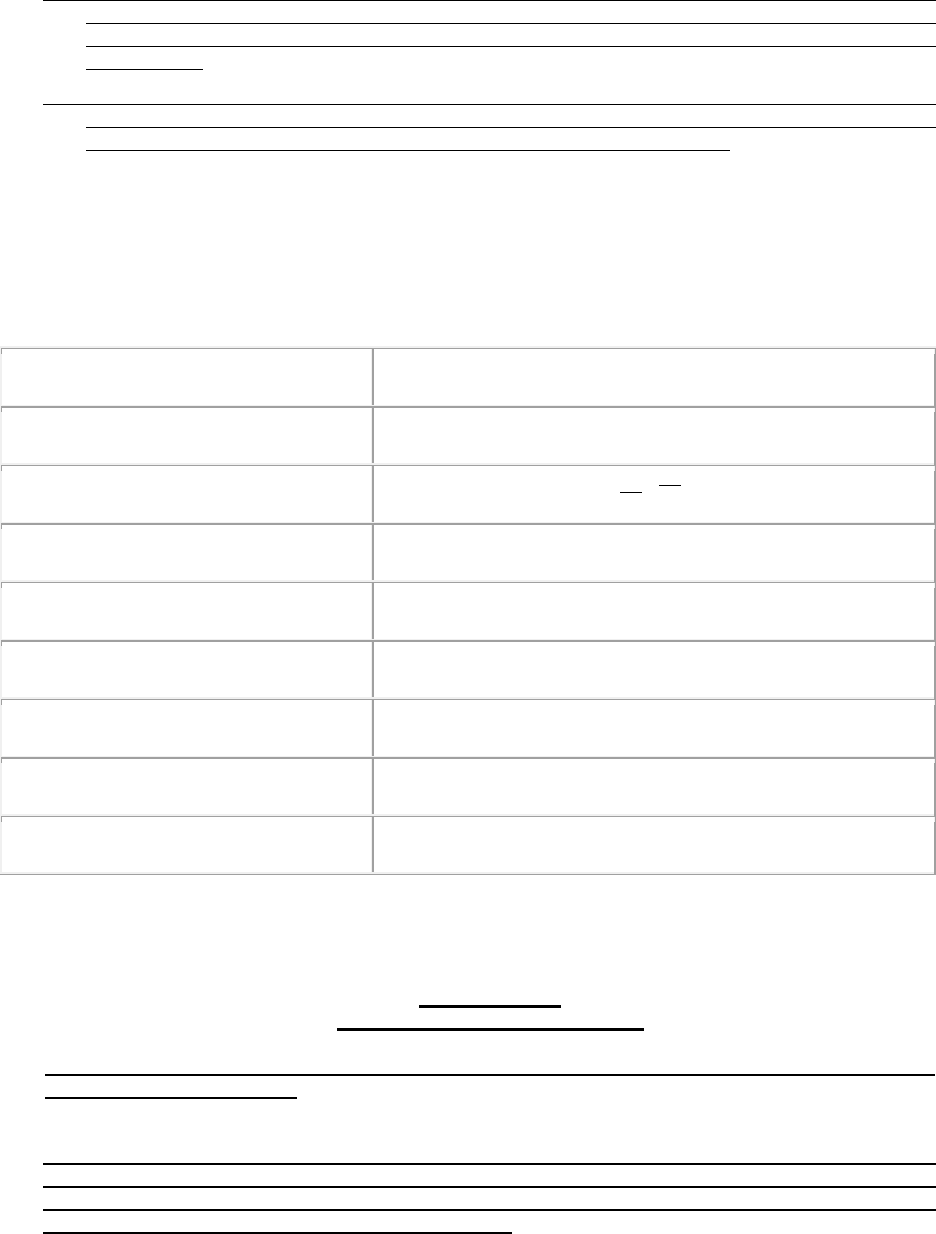
2021 International Building-Related Codes
Page 115 of 141
1. Controls for circulating hot water system pumps shall start the pump based on the identification
of a demand for hot water within the occupancy. The controls shall automatically turn off the pump
when the water in the circulation loop is at the desired temperature and when there is no demand
for hot water.
2. Controls for circulating hot water system pumps shall include a timer clock switch operating
pumps based on time of day/night. Controls shall also include a return water temperature sensor
switch to pause the re-circulating pump whenever the return water is hot.
Section R403.6.3, Testing, is repealed in its entirety.
Section R404, ELECTRICAL POWER AND LIGHTING SYSTEMS, is repealed in its entirety.
Table R406.5, Maximum energy Rating Index, is amended as follows:
TABLE R406.5
MAXIMUM ENERGY RATING INDEX
CLIMATE ZONE
ENERGY RATING INDEX
0-1
52
2
59 [ 52]
3
51
4
54
5
55
6
54
7
53
8
53
SECTION R409, PHOTOVOLTAIC (PV) CAPABLE, and Section R409.1, Electrical service reserved space,
are added as follows:
SECTION R409
PHOTOVOLTAIC (PV) CAPABLE
This section applies to detached one- and two- family dwellings and townhouses three stories or less
in height above grade plane.
R409.1 Electrical service reserve space. The main electrical service panel shall have a reserved
space to allow installation of a dual pole circuit breaker for future solar electric installation and shall be
labeled “For Future Solar Electric.” The reserved space shall be positioned at the opposite (load) end
from the input feeder location or main circuit location.
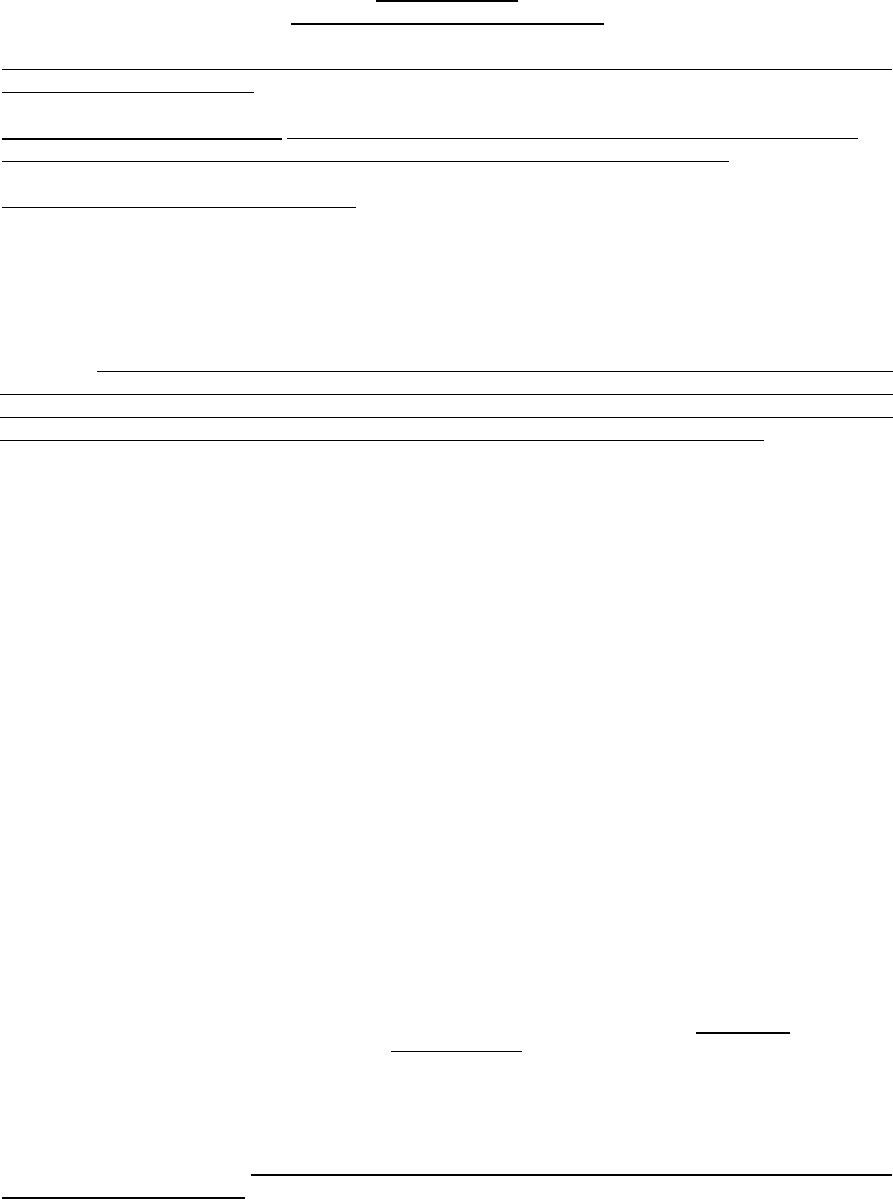
2021 International Building-Related Codes
Page 116 of 141
SECTION R410, ELECTRIC VEHICLE (EV) READY, and Section R410.1, Electric vehicle ready, are added
as follows:
SECTION R410
ELECTRIC VEHICLE (EV) READY
This section applies to detached one- and two- family dwellings and townhouses three stories or less
in height above grade plane.
R410.1 Electric vehicle ready. One- and two- family dwellings, townhouses three stories or less
with a garage shall have a dedicated 40amp/240volt single receptacle for EV use.
Exception: Properties without a garage.
Section R501.6, Historic buildings, is amended to read as follows:
R501.6 Historic buildings. Provisions of this code relating to the construction, repair, alteration,
restoration, and movement of structures, and change of occupancy shall not be mandatory for historic
buildings. [provided that a report has been submitted to the code official and signed by the owner, a
registered design professional, or a representative of the State Historic Preservation Office or the
historic preservation authority having jurisdiction, demonstrating that compliance with that provision
would threaten, degrade, or destroy the historic form, fabric, or function of the building.]
Secs. 10-93—10-95 Reserved.
ARTICLE XI. SWIMMING POOL AND SPA CODE
Section 10-96. Adoption of International Pool and Spa Code 2021
The 2021 edition of the International Pool and Spa Code, promulgated by the International Code
Council, hereby adopted, and incorporated in this article by reference as if fully set forth, except as
it is amended by the following provisions of section 10-94. Provisions of this article are in addition
to the provisions of the International Pool and Spa Code. The following provisions coinciding with
the provisions of the International Pool and Spa Code supersede, repeal, or delete, when indicated,
the corresponding provisions of the International Pool and Spa Code.
All references within the model code to any building, electrical, fuel gas, mechanical, plumbing,
energy conservation, existing building, or swimming pool code shall be construed to be a reference
to the respective building, electrical, fuel gas, mechanical, plumbing, energy conservation, existing
building or swimming pool code specifically adopted by reference in articles II through XIV of this
chapter.
Section 10-97. Amendments to the adopted chapters of the International Swimming Pool and Spa
Code 2021.
Additions to the International Swimming Pool and Spa Code (ISPSC) are shown as underlined text.
Deletions to the ISPSC are shown as bracketed [strikethroughs].
Section 102.9, Other laws, is amended to read as follows:
Section 102.9 Other laws. The provisions of this code shall not be deemed to nullify any provisions
of local, state, or federal law, nor shall any conflicts with state law this code supersede any state law,
to include but not limited to;
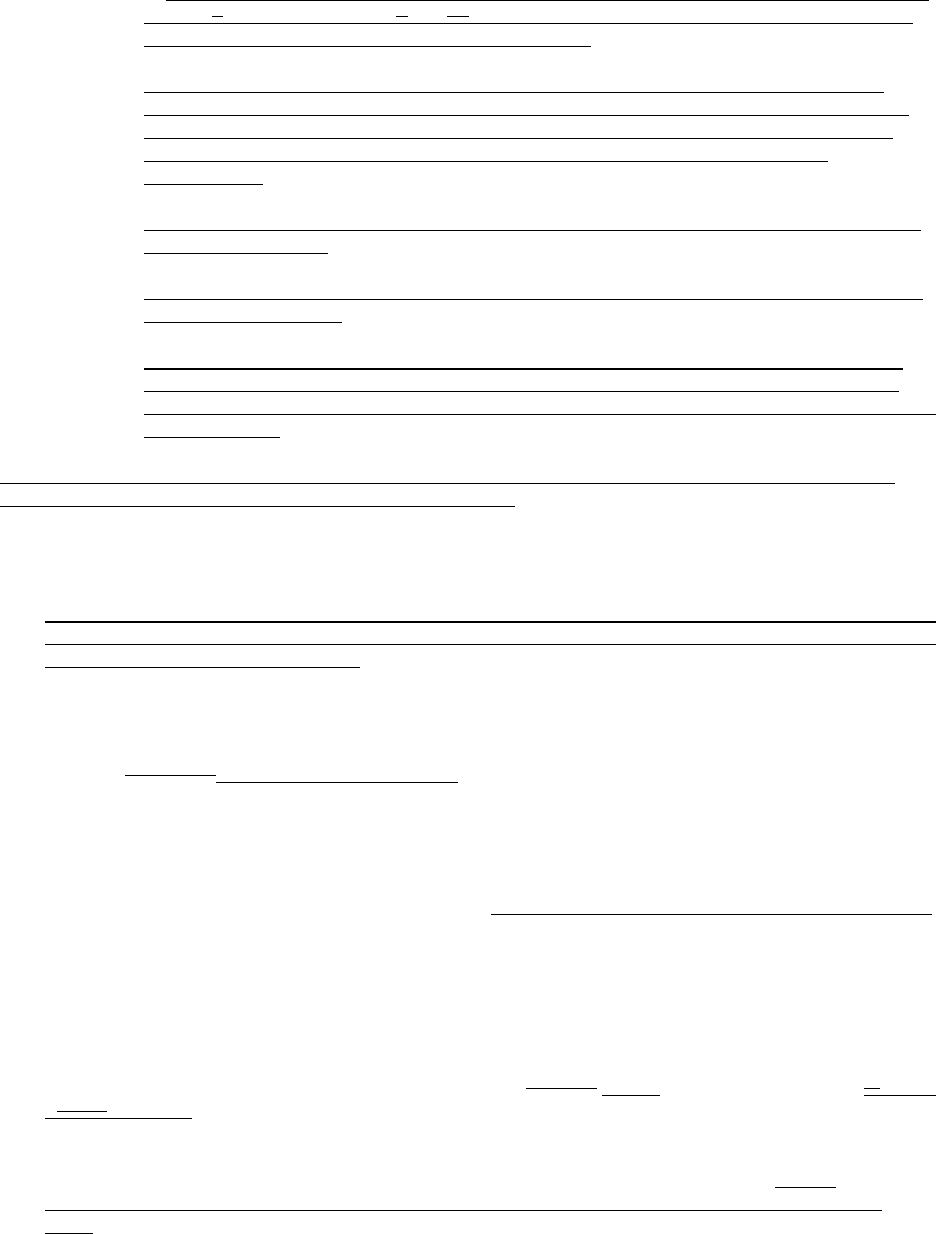
2021 International Building-Related Codes
Page 117 of 141
1. Texas Department of State Health Services (TDSHS); Standards for Public Pools and
Spas; 2865. 181 through § 2865.20811, (TDSHS rules do not apply to pools located on
one- and two-family dwellings or townhouses lots).
2. Texas Department of Licensing and Regulation (TDLR); 2012 Texas Accessibility
Standards (TAS), TAS provide the scoping and technical requirements for accessibility
for Swimming Pool, wading pools and spas and shall comply with 2012 TAS, Section
242. TAS rules do not apply to pools serving one- and two-family dwellings or
townhouses).
3. City of San Antonio City Code Section 34-273(11), Pool construction requirements on
or after May 1, 2013.
4. Texas Health and Safety Code; Title 9. Safety, Subtitle A. Public Safety, Chapter 757.
Pool Yard Enclosures.
Exception: Elements regulated under Texas Department of Licensing and Regulation
TDLR) and built-in accordance with TDLR approved plans, including any variances or
waivers granted by the TDLR, shall be deemed to be in compliance with the requirements
of this Chapter.
PART 2- ADMINISTRATION AND ENFORCEMENT, including Sections 103, 104, 105, 106 107, 108,
109, 110, 111, 112, 113, and 114, is deleted in its entirety.
Section 202 Definitions is amended by adding the definition for the San Antonio Metropolitan Health
District.
SAN ANTONIO METROPOLITAN HEALTH DISTRICT regulates the operation of public pools.
Routine inspections on pools and spas open to the public are conducted to document compliance with
the standards set forth in State Law.
Section 302.4, Concealed piping inspection, is amended as follows:
302.4 Concealed piping inspection. Piping, including process piping, that is installed in trenches,
shall be [inspected] tested at 25 psi for 15 min prior to backfilling.
SECTION 305, BARRIER REQUIREMENTS, is amended by amending 305.1, General, and 305.1.1,
Construction fencing required and 305.2, Outdoor swimming pools and spas, to read as follows:
Section 305.1 General. The provisions of this section shall apply to the design of barriers for
restricting entry into areas having pools and spas. In one -and two-family dwellings and townhouses,
where spas or hot tubs are equipped with a lockable safety cover complying with ASTM F1346 and
swimming pools are equipped with a powered safety cover that complies with ASTM F1346, the
areas where those spas, hot tubs or pools are located shall not be required to comply with Sections
305.2 through 305.7.
305.1.1 Construction fencing required. The construction sites for in-ground swimming pools and
spas shall be provided with fencing to surround the site from the time that any excavation occurs to
the time that the permanent barrier is completed. The [fencing] barrier shall be not less than [4] 3 feet
([1219] 914 mm) in height.
305.2 Outdoor swimming pools and spas. Outdoor pools and spas and indoor swimming pools
shall be surrounded by a barrier that complies with Sections 305.2.1 through 305.7 and in
accordance with the Texas Administrative Code, Texas Health, and Safety Code 757 for public
pools.
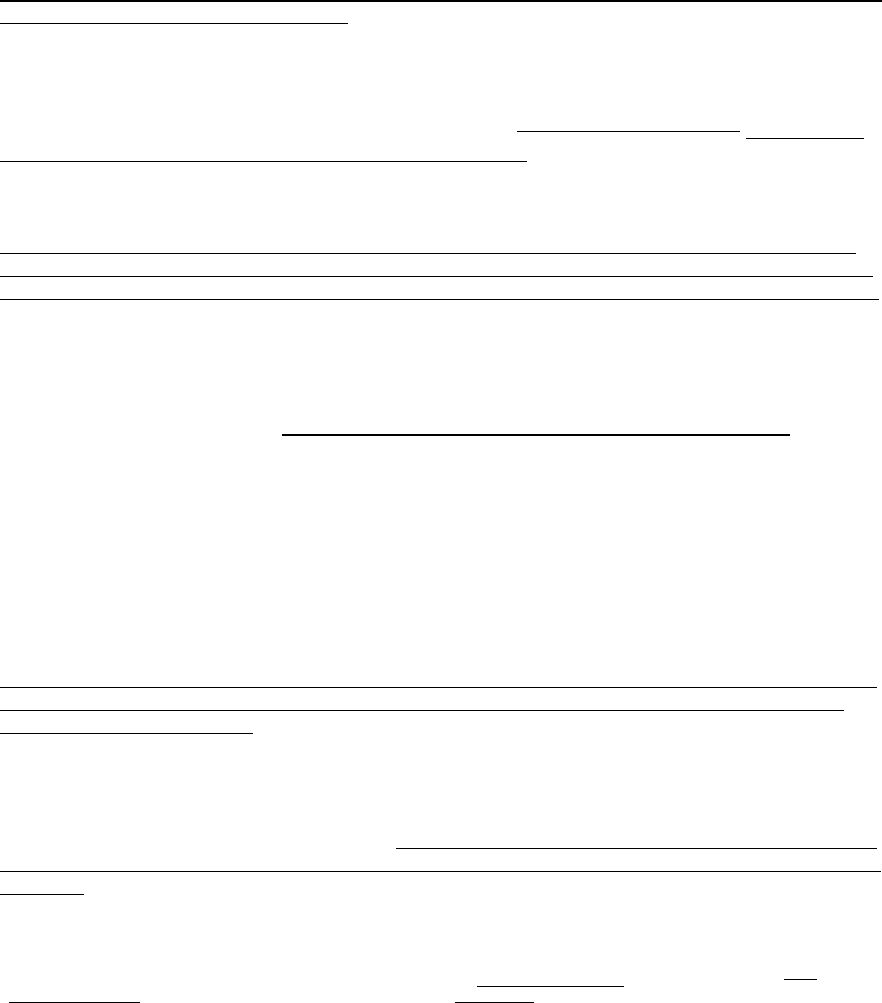
2021 International Building-Related Codes
Page 118 of 141
Section 305.2.7, Chain link dimensions, is amended by adding Section 305.2.7.1, Chain link fencing
prohibited, as follows:
Section 305.2.7.1 Chain link fencing prohibited. Chain link fencing is not permitted as a barrier in
public pools built after January 1, 1994.
Section 305.4, Structure wall as a barrier, is amended as follows with all other code text to remain as
written:
Section 305.4 Structure wall as a barrier. Where a wall [of a dwelling or structure] of a one- and
two-family dwelling or townhouse or its accessory structure serves as part of a barrier and where
doors, gates or windows provide direct access to the pool or spa through that wall, one of the
following shall be required:
The wall of a building with windows in accordance with 2021 International Building Code, Section
1031 in Group R2 occupancies shall not be used as part of pool enclosure. Other windows that are
part of a pool yard enclosure shall be permanently closed and unable to be opened for public pools.
Section 305.6, Natural barriers, is amended by amending the title as follows with all other code text to
remain as written:
Section 305.6 Natural barriers used in a one- and two-family dwelling or townhouse.
Section 307.1.4, Accessibility, is amended to add the Exception to read as follows:
Section 307.1.4 Accessibility. An accessible route to public pools and spas shall be provided in
accordance with the International Building Code. Accessibility within public pools and spas shall be
provided as required by the accessible recreational facilities provisions of the International Building
Code. Pool and spa lifts providing an accessible means of entry into the water shall be listed and
labeled in accordance with UL 60335-2-1000 and be installed in accordance with ICC A117.1 and
NFPA 70.
Exception: Components of projects regulated by and registered with Architectural Barriers Division
of Texas Department of Licensing and Regulation shall be deemed to be in compliance with the
requirements of this chapter.
Section 310.1, General, is amended by adding the following:
Section 310.1 General. Suction entrapment avoidance for pools and spas shall be provided in
accordance with APSP 7 (ANSI/PHTA/ICC7) or for public swimming pools in accordance with State
of Texas Rules for Public Swimming Pools and Spas, Title 25 TAC Chapter 265 Subchapter L, Rule
§265.190.
Section 320.1, Backwash water or draining water, is amended as follows:
Section 320.1 Backwash water or draining water. For public pools, backwash water [and
draining water] shall be discharged to the sanitary [or storm] sewer, or into an approved disposal
system on the premise, or shall be disposed of by other means approved by the state or local
authority. Direct connections shall not be made between the end of the backwash line and the
disposal system. Drains shall discharge through an air gap.
Section 402.12, Water envelopes, is amended to delete Table 402.12 and Figure 402.12, add Figure 25
TAC 265.186(e)(6) and to read as follows:
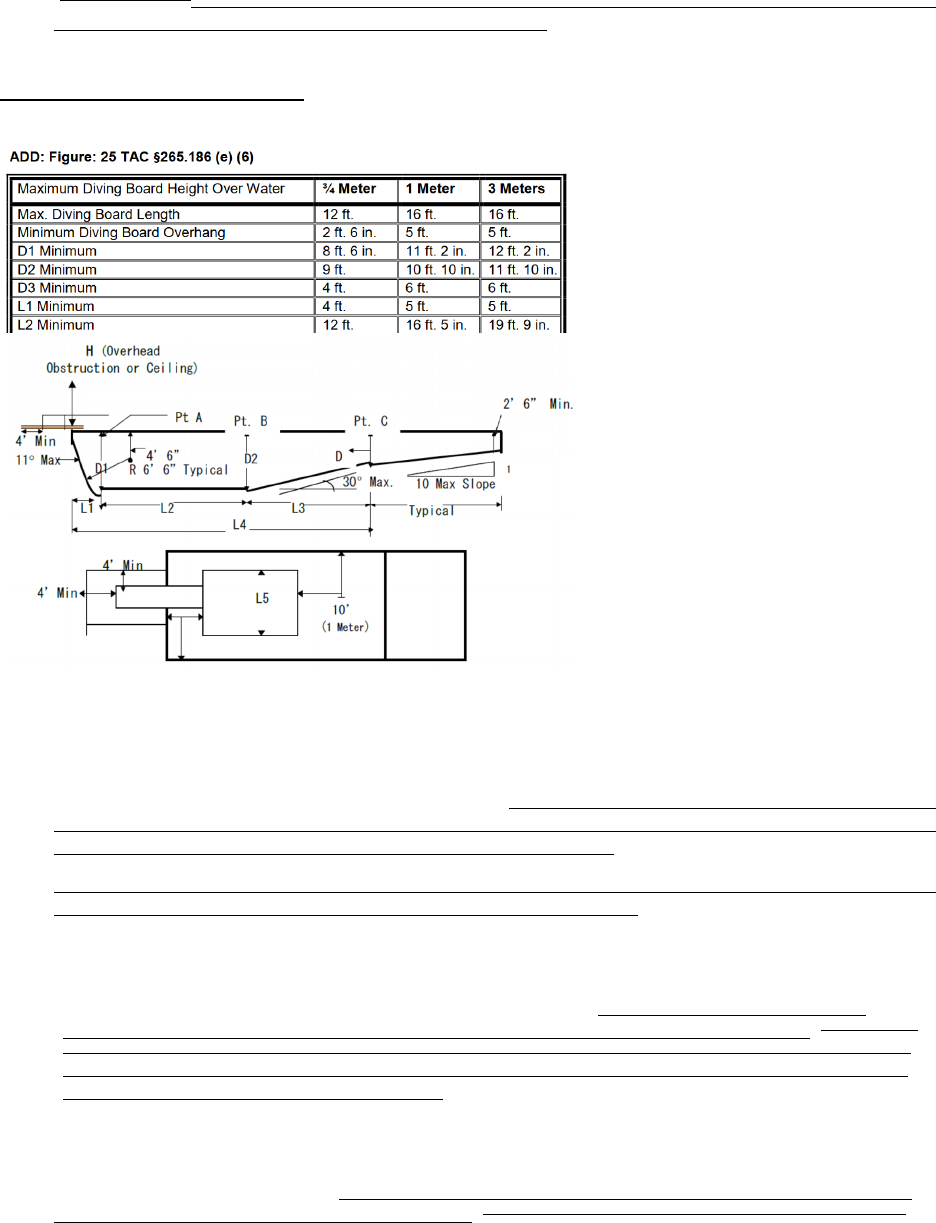
2021 International Building-Related Codes
Page 119 of 141
Section 402.12 Water envelopes. The minimum diving water envelopes shall be in accordance with
[Table 402.12] Texas Department of State Health Services, Administrative Code Title 25, Chapter
265, Section186 (e) and Figure: 25 TAC 256.186 (e) (6).
Add Figure 25 TAC 265.186(e)(6):
Section 402.13, Ladders for diving equipment, is amended to remove the Exception as follows:
402.13 Ladders for diving equipment. Ladders shall be provided with two grab rails or two
handrails. There shall be a uniform distance between ladder treads, with a 7-inch (178 mm) minimum
distance and 12-inch (305 mm) maximum distance. Supports, platforms, steps, and ladders for diving
equipment shall be designed to carry the anticipated loads. Steps and ladders shall be of corrosion-
resistant material, easily cleanable and with slip-resistant tread.
Exception: The distance between treads for the top and bottom riser can vary but shall be not less
than 7 inches (178 mm) and not greater than 12 inches (305 MM).
Section 411.2.1, Tread dimensions and area, is amended as follows:
Section 411.2.1 Tread dimensions and area. Treads shall have a minimum unobstructed
horizontal depth (i.e., horizontal run) of 12 inches and a minimum width of 20 inches. [not be less
than 24 inches (607mm) at the leading edge. Treads shall have an unobstructed surface area of
not less than 240 square inches (154838mm2) and an unobstructed horizontal depth of not less
than10 inches (254 mm) at the center line.]
Section 411.2.2, Risers, is amended as follows:
Section 411.2.2 Risers. Risers for steps shall have a maximum uniform height of 10 inches, with
the bottom riser height allowed to taper to zero. [except for the bottom riser, shall have a uniform

2021 International Building-Related Codes
Page 120 of 141
height of not greater than 12 inches (305 mm) measured at the center line. The bottom riser height
is allowed to vary to the floor.]
Section 411.5.1, Swimouts, is amended by adding the following text to item 4 as follows:
Section 411.5.1 Swimouts. Swimouts, located in either the deep or shallow area of a pool, shall
comply with all of the following:
4.The leading edge shall be visibly set apart and provided with a horizontal solid or broken stripe at
least 1 inch wide on the top surface along the front leading edge of each step. This stripe shall be
plainly visible to persons on the pool deck. The stripe shall be a contrasting color to the background
on which it is applied, and the color shall be permanent in nature and shall be a slip-resistant
surface.
Section 411.5.2, Underwater seats, and benches, is amended by adding the following text to item 5 as
follows:
Section 411.5.2 Underwater seats and benches. Underwater seats and benches, whether used
alone or in conjunction with pool stairs, shall comply with all of the following:
5.The leading edge shall be visibly set apart and provided with a horizontal solid or broken stripe at
least 1 inch wide on the top surface along the front leading edge of each step. This stripe shall be
plainly visible to persons on the pool deck. The stripe shall be a contrasting color to the background
on which it is applied, and the color shall be permanent in nature and shall be a slip-resistant
surface.
Section 412, Signage, is to be repealed in its entirety and replaced with Texas Department of State
Health Services (TDSHS); Standards for Public Pools and Spas, 265. 181 through § 265.211
requirements for signage
SECTION 603, MARKINGS, AND INDICATORS, is amended by repealing Section 603.2, Class D-2
pools, and replacing with 603.2, Class A and B pools, as follows:
Section 603.2 Class A and B pools. Class A and B pools over 5 feet deep: the transition point of
the pool from the shallow area to the deep area of the pool shall be visually set apart with a 4-inch
minimum width row of floor tile, a painted line, or similar means using a color contrasting with the
bottom; and a rope and float line shall be provided between 1 foot and 2 feet on the shallow side of
the 5-foot depth along and parallel to this depth from one side of the pool to the other side. The
floats shall be spaced at not greater than 7-foot intervals; and the floats shall be secured so they
will not slide or bunch up. The stretched float line shall be of sufficient size and strength to offer a
good handhold and support loads normally imposed by users. If the owner or operator of the pool
knows or should have known in the exercise of ordinary care that a rope or float is missing, broken,
or defective, the problem shall be promptly remedied.
Section 609.9, Infant care, is amended to read as follows:
609.9 Infant Care. Baby-changing tables shall be provided in toilet facilities [having two or more
water closets].
Section 610.5.1, Uniform height of 9 inches, is amended to read as follows:
Section 610.5.1 Uniform height of [9]10 inches. Except for the bottom riser, risers at the
centerline shall have a maximum uniform height of [9] 10 inches ([229] 254 mm). The bottom riser
height shall be permitted to vary from the other risers.

2021 International Building-Related Codes
Page 121 of 141
Section 804.1, General, is amended as follows:
Section 804.1 General. The minimum diving water envelopes shall be in accordance with Table
804.1 and Figure 804.1, or the manufacturer’s specifications, whichever is greater. Negative
construction tolerances shall not be applied to the dimensions of the minimum diving water
envelopes given in Table 804.1.
Secs. 10-98—10-100. Reserved.
ARTICLE XII. FIRE PREVENTION
Sec. 10-101. Fire prevention.
See Chapter 11 of this Code.
Secs. 10-102—10-110. Reserved.
ARTICLE XIII. LICENSING AND REGISTRATION
Sec. 10-111. Billboard operator license.
(a) License required. All persons engaging in the business of erecting, painting, servicing or
maintaining billboards or any other off-premises advertising sign shall, for the purposes of this
chapter, be considered billboard operators and must be licensed to do business per Chapters 10-
111 and 10-116. A license holder supplying his license for a firm or corporation doing business
under this chapter shall not supply his license to a second firm or corporation. Any permit issued
to the license holder shall be for work being done by the license holder and his firm or
corporation. The licensing requirement shall not be applicable to employees or subcontractors
performing work under the supervision of the licensed billboard operator.
(b) Examination required, application. Before a billboard operator license may be issued, each
person seeking such a license shall take an examination and file an application for the
examination with the Building Official.
(c) Qualifications. Prior to taking the examination required by this chapter, each applicant shall
demonstrate to the Building Official an ability to read and write English and show proof of at least
four (4) years practical experience at the trade working under a billboard operator. The applicant
shall also submit to the Building Official an affidavit, duly sworn, setting forth his experience.
Proof of the applicant's experience shall be included with the affidavit.
(d) Examination fee; test score; issuance of license. Examinations are administered by an
approved third party, and the associated examination fees are paid directly to the approved third
party by the applicant. After the Building Official has approved the application, the applicant has
passed the required examination, and the applicant has paid the license fee in accordance with
the city approved fee schedule, the Building Official shall issue the applicant a billboard operator
license.
Sec. 10-112. Commercial sign operator license.
(a) License required. Any person engaged in the business of erecting, painting, maintaining, or
servicing commercial signs must be licensed as a commercial sign operator by the city per
Chapters 10-112 and 10-116.
2021 International Building-Related Codes
Page 122 of 141
(b) Examination required, application. Before a billboard operator's license may be issued, each
person seeking such a license shall take an examination and file an application for the
examination with the Building Official.
(c) Qualifications. Prior to taking the examination required by this chapter, each applicant shall
demonstrate to the Building Official an ability to read and write English, and show proof of at least
two (2) years of experience in commercial sign installation working under a licensed commercial
sign operator, or a licensed commercial sign operator from another city provided that the licensing
qualifications and examinations are similar in design and quality to that of the city as determined
by the Building Official, or can show proof of at least four (4) years of experience in commercial
sign installation, provided the verification of experience shall be provided to the Building Official in
a manner established by written policy. The applicant shall also submit to the Building Official an
affidavit, duly sworn, setting forth his experience. Proof of the applicant's experience shall be
included with the affidavit.
(d) Examination fee; test score; issuance of license. Examinations are administered by an
approved third party, and the associated examination fees are paid directly to the approved third
party by the applicant. After the Building Official has approved the application, the applicant has
passed the 2018 International Building-Related Codes required examination, and the applicant
has paid the license fee in accordance with the city approved fee schedule, the Building Official
shall issue the applicant a commercial sign operator license.
Sec. 10-113. City electrical contractors and electrical sign contractors, installers, maintenance
electricians; licenses and registrations.
(a) Effect of state licensing. Upon the state's enforcement of House Bill 1487, passed by the 78
th
session of the Texas Legislature that established the state licensing of electricians, the city no
longer licenses electricians through testing administered by the city.
Exception: The Building Official will continue to renew those electrical licenses issued prior
to the state's electrical license program. All provisions and regulations of this chapter shall
apply to licenses issued by the city and/or the state.
(b) State licensed electrical contractors and electrical sign contractors, registration. State
licensed electrical contractors and electrical sign contractors shall register with the city before
performing any electrical work or electrical sign work regulated by this chapter, chapter 10-116
and/or chapter 28, Signs, and billboards.
(c) General liability and completed operation insurance.
(1) A licensed contractor shall furnish the name of the insurance carrier, policy number,
name, address, and telephone number of the insurance agent with whom the contractor
is insured to the Building Official or to any customer who requests it. An electrical
contractor, electrical sign contractor, or the holder of an annual electrical maintenance
permit must continuously maintain on file with the Building Official in a form of a
certificate addressed to the city showing the above referenced persons carrying the
following types and amounts of insurance:
a. The insurance must be at least $300,000 per occurrence (combines for property
damage and bodily injury
1. Be at least $600,000 aggregate (total amount the policy will pay for
property damage and bodily injury coverage); and
2. Be at least $300,000 aggregate for products and completed operations.
b. The holder of any contractor's license is responsible for providing evidence of a
new or renewal policy of any required insurance coverage upon termination or
renewal of any policy.
2021 International Building-Related Codes
Page 123 of 141
c. Any insurance certificate required by this Code must be written through a
company licensed to issue the insurance in the state and the insurance may be
approved by office of the city attorney.
(d) City classifications of licenses and registrations. The following are the classifications of City
licenses and registrations regulated by this Code:
(1) Licenses:
a. Electrical contractor.
b. Electrical sign contractor.
c. Master electrician.
d. Master sign electrician.
e. Journeyman electrician.
(2) Registrations:
a. Electrical maintenance technician.
(e) City licenses, registration cards and certificates.
(1) A registration card, bearing the Building Official’s signature, shall be issued to each
person receiving a city registration or license.
(2) Each such registration card shall expire at midnight of the renewal date. A new card shall
be issued provided that the registration or license holder has complied with the
regulations of this Code pertaining to renewals.
(3) Each registration certificate or card, when issued to an electrical contractor, electrical
sign contractor shall be issued to a person and registered in the name of the firm by
which the person is employed. The firm shall be known as the holder of such registration
certificate or card and shall notify the code official if the licensee is no longer in its
employment. No further permits will be issued to the firm based upon the previous license
holder's name who is no longer employed by the firm.
(4) It shall be a violation of this Code for any person to alter or amend in any manner, lend,
rent, or transfer a registration certificate or card, and for any person to make use of any
such rights for which the person is not registered or licensed.
(5) Each electrical contractor, electrical sign contractor, or residential appliance installation
contractor shall display the registration certificate in a conspicuous place in the firm's
place of business. Each holder of a registration card shall carry the registration card on
his person at all times while performing electrical work, electrical sign work or residential
appliance installation covered by this Code and shall present it to the Building Official
upon demand.
(f) License expiration, renewal, and continuing education. A license may be renewed at any
time within thirty (30) days before the expiration date, unless such license has been revoked or
canceled by the Building Official. Applicants shall show proof of having satisfactorily completed
an accredited four-hour code study course, approved by the Building Official, for each year of
renewal within the twenty-four (24) months immediately preceding such renewal. All electrical and
sign licenses shall expire at midnight on the anniversary date of their issuance and shall be
subject to renewal for a two-year period of time.
(g) License prerequisite to issuance of permit. A permit for electrical work or electrical sign work
shall not be issued to any person unless such person is the holder of a license to perform the
class of work described in such permit as provided in this chapter. An annual electrical
maintenance permit required by this chapter shall not be issued unless the owner of the property
provides evidence that the maintenance work will be performed by individuals qualified in
accordance with subsection 10-6(c) of this chapter.
(h) Electrical contractors, electrical sign contractors; responsibilities.
(1) Every electrical or electrical sign contractor, before engaging in electrical or electrical sign
work, must procure a master electrician or master electrician sign license for the conduct

2021 International Building-Related Codes
Page 124 of 141
of such work. Electrical work is regulated by this Code. Electrical sign work is regulated
by chapter 28, Signs, and billboards.
a. Electrical contractor work shall not include the manufacture of any sign regulated
by this Code or chapter 28.
b. Electrical sign contractor work shall not include the extensions of, or additions to,
an existing branch circuit.
(2) A licensed contractor shall display its name and license number on both sides of each
vehicle owned or operated by the business and used in the conduct of his work. Lettering
shall be of a contrasting color and at least two (2) inches in height.
a. An electrical contractor's license number shall be preceded by the letters "EM" or
"TECL" depending on whether the business is operating under a local license or
state license.
b. An electrical sign contractor's license number shall be preceded by the letters
"SM" "TSCL" for city licenses or state licenses respectively.
(3) All of a contractor's non-exempt work shall be performed by licensed or registered
individuals. A contractor is responsible for compliance with applicable codes for all such
work performed on its behalf.
(4) The licensed contractor's name, address, phone number, and license number shall
appear on all proposals, invoices, and written contracts proposed by the contractor. The
following information: "Regulated by The Texas Department of Licensing and Regulation,
P. O. Box 12157, Austin, Texas 78711, 1-800-803-9202, 512-463-6599; website:
www.tdlr.texas.gov shall be listed on all proposals, invoices, and written contracts.
(5) A licensed contractor shall maintain employee records and records of all work performed
on its behalf for a period of four (4) years after completion of the work and shall make
those records available to the code official at the contractor's place of business during
normal business hours for inspection and copying.
(6) A licensed contractor and its designated master electrician are responsible for
supervision of all licensees or registered persons performing work on behalf of the
contractor to assure compliance with applicable statutes and rules and, in particular,
standards of conduct set out in these rules.
(i) Master electrician and master sign electrician.
(1) Responsibility. The master electrician of record shall be liable and responsible for the
layout and technical supervision of any work that requires the securing of a permit under
the master's license. Failure of the master to properly provide for the supervision and
control of work being performed on behalf of the business may cause the work being
performed under permit to be discontinued by the Building Official.
(2) Limitation on multiple business affiliations. Any master electrician or master sign
electrician affiliated with a business as herein provided shall not engage in the operation
of a second electrical or electrical sign business, under the provisions of this Code,
unless it is under the same name and insurance of the first business. Any permit issued
to a business must be for work being done by that business. Any master electrician or
master sign electrician obtaining permits for any person, business or entity will be notified
to appear before the Building Official for consideration of a complaint.
(j) Journeyman electrician, journeyman sign electrician, and Residential Wireman;
performance of work; supervision and ratio. A journeyman electrician shall perform electrical
or electrical sign work under the general supervision of a master electrician or master sign
electrician on behalf of an electrical or electrical sign contractor. A residential wireman shall
perform electrical work only as defined by Section 10-25 under the general supervision of a
master electrician. A journeyman electrician or journeyman sign electrician shall directly
supervise the work of an electrical apprentice provided that a ratio of eight (8) electrical
apprentices to one journeyman electrician is not exceeded. A Residential Wireman shall directly
supervise the work of an electrical apprentice provided that a ration of four (4) electrical
apprentices to one residential wireman is not exceeded, only for work defined in section 10-25.
2021 International Building-Related Codes
Page 125 of 141
(k) Electrical maintenance technician; performance of work. A maintenance electrician may
perform all of the work under the annual electrical maintenance permit permitted by subsection
10-6(c). A registered electrical maintenance technician may perform all of the work permitted by
subsection 10-6(c) but may not perform work involving voltages or amperages that exceed the
limits described in subsections 10-6(c)(2) a.—f.
Sec. 10-114. City mechanical licenses.
(a) Licensing and Registration. Along with chapter 10-116, any person performing any form of
mechanical work in the city shall have in his possession a valid and authenticated mechanical
license issued by the Building Official or a valid mechanical license issued by the state, except as
otherwise provided under subsection 10-114(g) or as exempted under federal or state law. The
city no longer licenses mechanical contractors through testing administered by the city.
Exception: The Building Official will continue to renew those mechanical licenses based on
completing continued education program.
(b) General liability insurance.
(1) A city mechanical licensed contractor shall furnish the name of the insurance carrier,
policy number, name, address, and telephone number of the insurance agent with whom
the contractor is insured to the Building Official and to any customer who requests it.
(2) City licensed mechanical contractors must continuously maintain on file with the Building
Official in a form of a certificate addressed to the city showing the above referenced
persons carrying the following types and amounts of insurance
a. The insurance must be at least $300,000 per occurrence (combined for property
damage and bodily injury);
b. be at least $600,000 aggregate (total amount the policy will pay for property
damage and bodily injury coverage); and
c. be at least $300,000 aggregate for products and completed operations.
(3) The holder of any city contractor's license is responsible for providing evidence of a new
or renewal policy of any required insurance coverage upon termination or renewal of any
policy.
(4) Any insurance certificate required by this Code must be written through a company
licensed to issue the insurance in the state and the insurance may be approved by office
of the city attorney.
(5) Insurance amount requirements for State issued Air Conditioning and Refrigeration
Licenses class A or B of any endorsement shall be regulated by the Texas Department of
Licensing and Regulation (TDLR) section 75.40 of the Administrative Rules
(c) City classifications of licenses and registrations. The following are the classifications of city
licenses and registrations regulated by this Code. Any person whose license was destroyed or
lost may obtain a duplicate license upon payment of the fee set forth in the fee schedule adopted
by the city.
(1) Licenses:
a. Master mechanical contractor license
b. Journeymen mechanical license
(d) City license cards.
(1) A registration card, bearing the Building Official’s signature, shall be issued to each
person receiving a city registration or license.
(2) All city licenses shall expire on December 31 of each year. Licenses shall be renewed
prior to the expiration date. Each person holding a valid mechanical license shall renew
same in sufficient time to have the license renewal form returned to the Development
Services Department with the appropriate renewal fee prior to license expiration date.
2021 International Building-Related Codes
Page 126 of 141
Any person who does not renew his license prior to expiration date has the right to
appeal to the Building-Related and Fire Codes Appeals and Advisory Board.
(3) Each card, when issued to a mechanical contractor, shall be issued to a person, and
registered in the name of the firm by which the person is employed. The firm shall be
known as the holder of such registration certificate or card and shall notify the code
official if the licensee is no longer in its employment. No further permits will be issued to
the firm based upon the previous license holder's name who is no longer employed by
the firm.
(4) It shall be a violation of this Code for any person to alter or amend in any manner, lend,
rent, or transfer a registration certificate or card, and for any person to make use of any
such rights for which the person is not registered or licensed.
(5) Each holder of a city issued card shall carry the registration card on his person at all
times while performing mechanical work covered by this Code and shall present it to the
Building Official upon demand.
(e) Continuing Education requirements for mechanical contractors, license expiration, and
renewal. A license may be renewed at any time within thirty (30) days before the expiration date,
unless such license has been revoked or canceled by the Building Official. Applicants shall show
proof of having satisfactorily completed the required continuing education as follows:
(1) Mechanical contractors licensed by the state must maintain the required amount of
continuing education mandated by state law in order to perform work in the city.
(2) Mechanical contractors licensed by the city will be required to attend eight (8) hours of
continuing education annually.
a. This training is mandatory for maintenance of city license.
b. Training curriculum will be established by the Building Official, will be in
accordance with state law and will be reviewed by the board annually.
c. Annual training will be conducted by the Development Services Department.
d. A licensee may not receive continuing education credit for attending the same
course more than once.
e. A fee, established by ordinance in the Development Services Department fee
schedule, shall be paid by the licensee for each course.
(f) Certain acts prohibited. In addition to other provisions of this Code, it shall be unlawful for any
person to do any of the following acts:
(1) To display, cause or permit to be displayed or to have in one's possession any instrument
purporting to be licensed for the doing of any mechanical work, knowing such instrument
to be fictitious or to have canceled, revoked suspended or altered;
(2) To lend or knowingly permit the use of any license for the doing of any mechanical work
to any person not entitled thereto, under the provisions of this chapter;
(3) To display or represent as one's own a license for the doing of any mechanical work
when such license has not been lawfully issued to the person so displaying the same;
(4) To fail or refuse to surrender to the Building Official on demand any license for the doing
of any mechanical work, which has been suspended, canceled or revoked as provided for
in this chapter;
(5) To apply for or have in one's possession more than one current license of the same type
provided for in this chapter;
(6) To use a false or fictitious name or give a false or fictitious address in any application for
any license provided for in this chapter, or any renewal or duplicate thereof, or knowingly
make a false statement or knowingly conceal a material fact or otherwise commit fraud in
making any such application;
(7) To employ as a master or technician in mechanical work any person not licensed as
provided in this chapter;
(8) To perform any character of mechanical work for which a license is required by this
chapter while such license is suspended, canceled or revoked.
(g) Master mechanical contractor limitations on multiple business affiliations.
2021 International Building-Related Codes
Page 127 of 141
Any master mechanical contractor affiliated with a business as herein provided shall not engage
in the operation of a second mechanical contracting business, under the provisions of this Code,
unless it is under the same name and insurance of the first business. Any permit issued to a
business must be for work being done by that business. Any master mechanical contractor
obtaining permits for any person, business or entity will be notified to appear before the Building
Official for consideration of a complaint.
(h) Journeymen mechanical; performance of work; supervision and ratio.
A mechanical journeymen shall perform mechanical work under the general supervision of a
master mechanical contractor. A journeymen shall directly supervise the work of a mechanical
apprentice provided that a ratio of eight (8) apprentices to one journeyman is not exceeded.
(i) Development Services Inspection Supervisor.
The mechanical inspections supervisor of the Development Services Department shall also serve
as the master of record for mechanical work performed by City employed mechanical workers.
Sec. 10-115. Residential Building and Home Improvement contractor registrations.
(a) Registration. Any person performing any form of residential construction or home improvement
work in the city shall be working under a contractor registered per Chapters 10-115 and 10-116
with a valid and authenticated home builder registration card issued by the Building Official in
their possession.
Exceptions:
(1) Any person who will own, occupy, or rent a detached single-family dwelling for a period of
twelve (12) months after completion of the building permit and final inspection for the
single-family dwelling or accessory building thereto.
(2) Building trade subcontractors who are performing work for the residential building
contractor are not required to be registered under this section (e.g., framing
subcontractor, flooring subcontractor, drywall subcontractor, painting subcontractor, etc.).
(3) Any person who will repair, replace, or modify non-structural building components to an
existing residential detached accessory structure not exceeding 300 square feet.
(b) General liability and insurance.
(1) A registered contractor shall furnish and present the name of the insurance carrier, policy
number, name, address, and telephone number of the insurance agent with whom the
contractor is insured to the Building Official or to any customer upon request.
(2) City registered homebuilder contractors must maintain insurance of the following types
and amounts:
a. i
b. be at least $1,000,000 aggregate (total amount the policy will pay for property
damage and bodily injury coverage);
c. be at least $500,000 aggregate for products and completed operations; and
d. The City of San Antonio must be listed as Certificate Holder on the Certificate of
Liability insurance.
(3) City registered home improvement contractors must maintain insurance of the following
types and amounts:
a. The insurance must be at least $300,000 per occurrence (combined for property
damage and bodily injury);
b. be at least $600,000 aggregate (total amount the policy will pay for property
damage and bodily injury coverage);
c. be at least $300,000 aggregate for products and completed operations; and
d. The City of San Antonio must be listed as Certificate Holder on the Certificate of
Liability insurance.
2021 International Building-Related Codes
Page 128 of 141
(4) The holder of any city contractor's registration is responsible for providing evidence of a
new or renewal policy of any required insurance coverage upon termination or renewal of
any policy.
(5) Any insurance certificate required by this Code must be written through a company
licensed to issue the insurance in the state and the insurance may be approved by office
of the city attorney.
(c) Responsibilities. A registered residential building contractor shall be responsible for exercising
such supervision and control of his operations as is necessary to secure full compliance with the
provisions of the adopted International Residential Code (IRC) and other applicable laws of the
city, state, and United States.
(d) Penalties. A violation of this section shall constitute a Class C misdemeanor offense with a fine
not to exceed five hundred dollars ($500.00) per violation. Each day or portion thereof out of
compliance with the registration requirements set above shall constitute a separate offense.
(e) Application procedures; requirements.
(1) An applicant for an original registration or renewal must submit an application to the
Building Official on a form established by the department. Each applicant must fully
disclose in the application whether the applicant has:
a. Entered a plea of guilty or nolo contendre (no contest) to:
1. Any felony charge, or
2. A misdemeanor involving moral turpitude;
b. Been convicted of:
1. A felony, or
2. A misdemeanor involving moral turpitude and the time for appeal has
elapsed or the conviction has been affirmed on appeal;
c. Entered a plea of guilty or nolo contendre (no contest) or been convicted of:
1. Any felony, or
2. Misdemeanor arising out of a violation of the building code or local
amendments thereto in the state whether or not said violation involves
moral turpitude;
d. Lost or is suspended from residential building contractor privileges in any
jurisdiction in the state. A failure to disclose under subsection 10-115(e)(1) shall
be sufficient grounds to deny the application.
(2) The Building Official shall have the right to investigate and examine the qualifications and
fitness of an applicant.
a. Upon receipt of an application, the Building Official shall conduct a criminal
background check on the applicant or any person responsible for the application.
The applicant will submit to the Building Official an officially sealed criminal
history record information maintained by the department of Federal Bureau of
Investigation or other methods as approved by Building Official.
b. For Home Builder registrations only, one agent affiliated with the contractor must
obtain a Residential ICC Certification or other certifications approved by the
Building Official; or the company has a minimum of 5 years of continued
registration with no violations per section 10-115(j), suspensions, or revocation. A
new or renewed registration issued before January 1, 2024, that does not meet
either of these requirements will be under probation. The probation will be lifted
once requirements are met or the registration canceled on January 1, 2024.
(3) A person may not be issued a registration unless the person:
a. Is at least eighteen (18) years of age; and
b. Is a United States citizen or a lawfully admitted alien; and
c. The Building Official is satisfied with the person's honesty, integrity, and
trustworthiness based on information supplied and discovered in connection with
the application.
2021 International Building-Related Codes
Page 129 of 141
Commentary: Full disclosure includes an interest in, or ownership of any entity
engaged in the residential building contractor business that has lost or been
suspended from residential building constructor privileges.
(f) Duties and powers of Building Official.
(1) There is hereby vested in the Building Official the duty of examining the applications for
contractor registrations, including the issuance, reissuance, renewal, suspension, or
cancellation of such registration.
(2) The Building Official shall establish procedures consistent with this Code for the issuance
of registrations for residential contractors.
(3) The Building Official shall have the duty to keep all registration application records. The
Building Official shall further have the power and duty to adopt, amend, or repeal rules
and regulations consistent with the provisions of this section as may be necessary for the
proper administration and enforcement hereof.
(g) Appealing a denial of registration.
(1) If either an original or renewal registration is denied, the Building Official shall furnish the
applicant a written statement setting forth the grounds for the refusal within ten (10)
working days. Such statement shall be by certified mail, return receipt requested, to the
mailing address provided in the application unless the applicant is present to receive and
acknowledge in writing receipt of such letter. The applicant or their representative shall
then have fifteen (15) working days from receipt of notice to appeal the Building Official’s
decision in accordance with section 10-14 of this chapter.
(2) Nothing in this section shall be interpreted as to deny a subsequent application at the
expiration of one year from denial of initial registration.
(h) Fees; registration period. The application fee for contractor registration shall be as set forth in
this section.
(1) A Home Builder Registration fee of one hundred seventy dollars ($170.00) is required
and said registration shall be valid for a period of two (2) years. The registration holder
shall be required to re-register every two-year period of time and pay a fee of one
hundred seventy dollars ($170.00) for each two-year period of time to maintain
registration.
(2) A Home Improvement Registration fee of one hundred fifty dollars ($150.00) is required
and said registration shall be valid for a period of two (2) years. The registration holder
shall be required to re-register every two-year period of time and pay a fee of one
hundred fifty dollars ($150.00) for each two-year period of time to maintain registration.
(i) Contractor limitations on multiple business affiliations. Any contractor affiliated with a
business as herein provided shall not engage in the operation of a second contracting business,
under the provisions of this Code, unless it is under the same name and insurance of the first
business. Any permit issued to a business must be for work being done by that business. Any
contractor obtaining permits for any person, business or entity will be notified to appear before the
Building Official for consideration of a complaint.
Sec. 10-116. City Registration, and insurance required
(a) Application procedures; requirements.
(1) An applicant for an original registration or renewal must submit an application to the
Building Official on a form established by the department.
(2) The Building Official shall have the right to investigate and examine the qualifications and
fitness of an applicant.
2021 International Building-Related Codes
Page 130 of 141
(b) City registration cards.
(1) A registration card, bearing the Building Official’s signature, shall be issued to each
person receiving a city registration.
(2) Registrations shall be renewed prior to the expiration date. Each person holding a valid
registration shall renew same in sufficient time to have the renewal form returned to the
Development Services Department with the appropriate renewal fee prior the expiration
date. All city registrations shall expire two (2) years after issuance. Registrations shall be
renewed prior to expiration date. Each person holding a valid registration shall renew
same in sufficient time to have the renewal form and insurance information returned to
the department with the appropriate renewal fee prior to registration expiration date.
(3) Each registration card, when issued to a contractor, shall be issued to a person, and
registered in the name of the firm by which the person is employed. The firm shall be
known as the holder of such registration and shall notify the code official if the registration
holder is no longer in its employment. No further permits will be issued to the firm based
upon the previous registration holder's name who is no longer employed by the firm.
(4) It shall be a violation of this Code for any person to alter or amend in any manner, lend,
rent, or transfer a registration card, and for any person to make use of any such rights for
which the person is not registered.
(5) Each holder of a city issued registration card shall carry the registration card on his
person at all times while performing construction work covered by this Code and shall
present it to the Building Official upon demand.
(c) Registrations or City Licenses not transferable. No registration, or City license shall be
transferred, and no holder of any registration shall allow his name or registration to be used by
any other person, either for the purpose of performing construction work or obtaining a permit
under the penalty of forfeiture of registration and payment of fines
(d) Continuation of the business upon death, disability, or termination of the business's
master. Upon the death, disability or termination of a registered contractor, such business will be
allowed to complete existing work for which permits had been obtained prior to the severance of
such registered holder provided insurance is posted, if applicable, and sufficient evidence is
submitted to and approved by the Building Official as to the ability of the business to complete the
work in accordance with the requirements of this chapter. Monthly approval may be granted by
the Building Official for a period not to exceed six (6) months. On or before the expiration of such
period the business shall associate a registered contractor of the appropriate classification or
cease operations.
(e) Qualifications of contractors. It shall be a violation of this chapter for a person who does not
hold a license to engage in electrical, mechanical, plumbing, home builder, home improvement,
demolition, house mover, billboard operator, commercial sign operator and/or electrical sign
construction for which a permit is required, or to undertake to execute such construction or to
cause the undertaking of such construction.
(f) Documentation. The Building Official shall adopt rules regarding the form of documentation that
will be accepted as proof of compliance with any experience, verification of registration status, or
other pertinent information the Building Official feels is relevant for inclusion.
(g) Record of issuance. The Building Official shall maintain a record that is available to the general
public of all registrations issued pursuant to this chapter.
(h) Misrepresentation. It shall be a violation of this chapter for any person to represent themselves
with any class of license or registration set forth in this Code or to use the words "electrical
contractor," "master electrician," "master sign electrician," "electrician," "mechanical contractor”,
"master mechanical contractor”, "master HVAC contractor”, “master plumber”, “responsible
master plumber”, "building contractor”, “homebuilder”, homebuilder contractor, “home
improvement contractor ” or words of similar import or meaning on signs, business cards,
2021 International Building-Related Codes
Page 131 of 141
stationery, or by any other manner whatsoever, unless such person is properly
registered/licensed within the meaning of the word used as provided in this chapter.
(i) Change of name. Upon payment of the fee set by ordinance, posting of any necessary bonds
and compliance with any other requirements of this chapter, the holder of a valid license may
apply to the Building Official for a change on the name of a registration or license.
(j) Communication, ready access, and vehicle identification.
(1) Means of communication. Every registered contractor must maintain a bona fide
company address and telephone number to enable the Building Official to contact the
contractor in case of a job discrepancy. Any person holding a registration and doing work
in the city shall report to the Building Official any change of address and telephone
number in order to allow the Building Official to maintain accurate registration records.
Acceptable means for receiving communications include, but are not limited to, a person
available at the place of business, an answering machine, voice mail, a pager, or a
cellular telephone.
(2) Registered Contractor present for business. The registered contractors are
responsible for the general on the job or off the job oversight, direction and management
of work and individuals performing work related to the registration type to fulfill the
contractors responsibility to the client or employer. Registered contractors shall be
present during construction related to that type of registration. "Present" shall mean: on
site, in the office, or available to be reached during the times of 7:45 a.m. and 4:30 p.m.
Central Standard time. Upon request of the Building Official, registered contractors shall
make themselves available to meet on the job site.
(3) Vehicle identification. Any contractor engaged in erecting, installing, servicing, or
maintaining a billboard or any person engaged in mechanical, electrical, plumbing or
building construction shall ensure that all vehicles required to be on the job are identified
with the contractor/company name, city registration number or state license number if
applicable. For contractors operating with local license numbers, the number should be
prefixed with “EM”, “SM” or “HM” and those operating with state licenses shall have the
TECL, TSCL or shall have the appropriately identified with the prefixes designated by the
State (TDLR). Lettering on the vehicle shall be at least two (2) inches high and shall be in
full view and legible at all times.
(k) Cancellation and suspension of City licenses and registration; appeals.
Any license or registration granted under this chapter may be canceled, revoked, or suspended
by the Building Official if the holder of such license or registration violates provisions of this
chapter or any ordinance of the city relating to electrical work.
(1) A contractor's certificate of registration or City license may be cancelled or suspended by
the Building Official after a hearing before the Building Official if the registered contractor
is convicted of any penal offense arising out of or related to the performance of a
registered contract or the registered contractor suffers a judgment against them in a civil
action predicated upon fraud in connection with the performance of a registered contract.
(2) The Building Official may also administratively cancel or suspend a certificate of
registration or City license after a hearing before the Building Official for any one or more
of the following reasons:
a. Conviction or entering a plea of guilty or nolo contendre (no contest) by the
registered person or entity of:
i. A felony, or
ii. Misdemeanor involving moral turpitude;
b. Conviction or entering a plea of guilty or nolo contendre (no contest) in
connection with a violation of any adopted technical construction code or
amendments thereto in the state;
c. Making any false statement as to a material matter in an application for
registration, renewal or hearing in connection with same;
2021 International Building-Related Codes
Page 132 of 141
d. Three (3) separate violations of this chapter, provided the violations occur within
the previous 12-month period;
e. Upon judicial determination of an abandonment or willful failure to perform any
billboard operator, commercial sign operator, mechanical, electrical, plumbing or
building contract or project in or undertaken by a registered contractor, or willful
deviation from or disregard of plans or specifications in any material respect;
f. Upon judicial determination that the contractor knowingly made substantial
misrepresentation on the part of the registered contractor in the procurement of a
contract;
g. Upon judicial determination of fraud on the part of the registered contractor in the
execution of or in the material alteration of any registered contract or mortgage
promissory note or other document relating to the contract;
h. Upon judicial determination that the registered contractor knowingly prepared or
accepted any mortgage, promissory note or other evidence of indebtedness
pertaining to a billboard, commercial sign, mechanical, electrical, plumbing, or
building transaction with knowledge that it recited a greater monetary obligation
than the agreed consideration for the construction work;
i. With knowledge, the billboard, commercial sign, mechanical, electrical,
plumbing, or building contractor directly or indirectly published any advertisement
relating to electrical construction which contains assertions, representations or
statements which are false, deceptive or misleading;
j. Failure of the registered contractor to notify the Building Official of any
change in the ownership, management, or business name;
k. Conducting a billboard, commercial sign, mechanical, electrical, plumbing, or
building contractor business in any name other than the one registered;
l. Obtaining a billboard, commercial sign, mechanical, electrical, plumbing,
or building permit for an unregistered contractor or for one whose registration has
been suspended, cancelled or denied.
(3) The Building Official may take any of the following actions against the holder of the City
license or certificate of registration:
a. No suspension.
b. Suspension for thirty (30) days.
c. Suspension for sixty (60) days.
d. Suspension for ninety (90) days.
e. Suspension for one hundred eighty (180) days.
f. Cancellation.
(4) The Building Official shall send the registered contractor a written notice of any
administrative action to be taken against the registered contractor by certified mail, return
receipt requested, at the last known mailing address. The notification shall give not less
than ten (10) working days' notice of the hearing. The Building Official is authorized to
conduct hearings for the purpose of making findings of fact to assist him in making his
decision.
(5) A written decision to cancel or suspend a certificate of registration or City license shall be
required and list the reasons for the Building Official’s decision. This written decision shall
be forwarded to the registered contractor by certified mail, return receipt requested to the
registered contractor's last known address. This mailing may be waived provided that the
registered contractor signs and acknowledges receipt of the written decision from the
Building Official. The registered contractor shall then have twenty-one (21) days from
receipt of this notice to appeal the Building Official’s decision to the building-related and
fire codes board of appeals. The decision of the Building Official shall be final after
expiration of this time.
(6) Board appellate process.
a. A registered or City licensed contractor shall have the right to appeal the Building
Official’s decision in accordance with section 10-14 of this chapter.
b. A perfected appeal tolls the Building Official’s decision to suspend or cancel the
registration until the board renders its decision.
2021 International Building-Related Codes
Page 133 of 141
c. Neither the board nor the Building Official shall have any authority to suspend a
registration for longer than one hundred eighty (180) days.
d. A cancellation shall prevent the registered contractor from pulling new permits for a
period of at least one year. For purposes of this section, a cancellation of a registration
does not alleviate the registered contractor from performing current obligations or
absolve them from liability under a contract. If approved by the Building Official, the
registered contractor may perform currently permitted obligations while cancelled, the
contractor shall not be subject to penalty for being unregistered. All other code
provisions are applicable. Upon the expiration of a one-year period, a contractor may
apply for a new certificate of registration. No provision of this section shall be
interpreted to mean that a new certificate of registration will be issued after a prior
certificate of registration has been cancelled. A denied applicant for a new certificate
of registration is required to wait one year before applying again. There shall be no
limit on the number of times a denied applicant may reapply.
e. A suspension shall prevent the registered contractor from pulling new permits in the
city for the suspension time period. A suspension of registration does not alleviate the
registered contractor from performing currently permitted obligations under the
registered contract. If approved by the Building Official, the contractor shall not be
subject to penalty for operating while suspended when performing currently permitted
obligations. However, all other code provisions apply. The board's decision to affirm or
affirm as modified a suspension of a registration means that the suspension time
begins the following working day.
(l) Violations under this section. The following list shall constitute a non-exclusive list of violations
under this section. It is unlawful for any registered contractor to:
(1) Display or cause a permit to be displayed or to have in one's possession any instrument
purporting to be a registration, City license, or state registration for doing any construction
work, knowing it to be fictitious or to have been canceled, suspended or altered;
(2) Lend or permit the use of any registration for doing any construction work to any person
not entitled to it;
(3) Allow any person to display or to represent as one's own city registration, City license or
state license for any construction work when the registration, City license or state license
has not been lawfully issued to the person displaying it;
(4) To fail or refuse to surrender to the Building Official on demand any registration or city
license for the doing of any mechanical, electrical, plumbing or building work, which has
been suspended, canceled or revoked as provided for in this chapter;
(5) To apply for or have in one's possession more than one current registration or city license
of the same type provided for in this chapter;
(6) Use a false or fictitious name or address in any application for any registration or permit
provided for in this chapter or any renewal or make a false statement or conceal a
material fact or otherwise commit fraud in making any application;
(7) Perform any contractor work for which a registration, City license or state license is
required without having the registration, City license or state license or while the
registration, City license or state license is suspended, expired or canceled;
(8) Perform any work for which a permit is required without having the permit or after the
permit has been canceled;
(9) Fail or refuse to make the necessary repair or changes for code violations as provided in
a written notice issued by the Building Official. A reasonable amount of time shall be
granted in the written notice taking into consideration the work to be completed and the
circumstances. A separate violation is deemed to be committed each day after the
expiration of the time for correction provided in the notice until the work is corrected;
(10) Permit any construction work covered by this section to be performed by any person not
properly registered, while in control of premises covered by this section;
2021 International Building-Related Codes
Page 134 of 141
(11) Remove, break, change, destroy, tear, mutilate, cover or otherwise deface or injure any
official notice or seal posted by the Building Official;
(12) Place or leave the property in such condition that it injures or endangers persons or
property authorized to be on the construction site.
Sec. 10-117. Irrigation systems and irrigators.
(a) License required. An irrigation contractor is required to hold a license issued under V.T.C.A.,
Water Code Ch. 37 and V.T.C.A., Occupations Code § 1903.251.
(b) Registration.
(1) All irrigation contractors, prior to doing any irrigation system installation in the territorial
limits or extraterritorial jurisdiction (ETJ) of the city shall be required to be registered with
the development services department of the city per Chapters 10-116 and 10-117.
(2) An irrigation contractor's registration must be submitted on forms available from the
development services department and shall include the following information:
a. The irrigation contractor's full name;
b. The irrigation contractor's license number;
c. The irrigation contractor's business name;
d. The irrigation contractor's business address;
e. The irrigation contractor's business telephone number; and
f. The irrigation contractor's telefax number.
(3) The irrigation contractor shall provide a certificate of insurance by an insurance company
authorized in the state certifying that the irrigation contractor is insured to the limit of at
least:
a. Three hundred thousand dollars ($300,000.00) public liability per occurrence;
and
b. Three hundred thousand dollars ($300,000.00) property liability per occurrence
and product/completed operations. In lieu of insurance, the irrigation contractor
may provide a bond in the amount of ten thousand dollars ($10,000.00)
conditioned that the irrigation contractor shall faithfully observe all applicable
laws.
(4) The irrigation contractor shall renew registration annually upon submission of the
registration form and payment of the fee.
(5) A licensed plumber may be issued an irrigation permit.
(c) Permits and inspections. All irrigation contractors, prior to doing any irrigation system
installation in the territorial limits or extraterritorial jurisdiction (ETJ) of the city shall apply and be
issued permits from the development services department on forms provided by said department.
The irrigation system shall be installed in accordance with the following:
(1) City Code of San Antonio, Texas;
(2) Local Government Code;
(3) Texas Water Code;
(4) Texas Occupations Code; and
(5) Texas Commission on Environmental Quality (TCEQ).
The irrigation system shall be inspected prior to covering the sprinkler heads as requested by the
installer. Any defects in the installation determined during the inspection shall be corrected before
the inspection is considered approved. The city plumbing inspector shall document on the
inspection records the static pressure and water source of the irrigation system. If the irrigation
system is being constructed as part of the building permit, a certificate of occupancy shall not be
issued until all inspections have been approved.
(d) Minimum standards and specifications. V.T.C.A., Occupations Code § 1903.053 entitled
"Standards" and the rules adopted by the Texas Commission on Environmental Quality (TCEQ)
Page 1 Chapter 344 - Landscape Irrigation Rule Project No. 2007-027-344-CE are hereby
incorporated by reference as minimum standards and specifications for the design, installation,
and the operation of irrigation systems.
2021 International Building-Related Codes
Page 135 of 141
(e) Violations and enforcement.
(1) It shall be a violation to install an irrigation system in the city without first obtaining an
irrigation system permit from the development services department. Any violation of this
article shall be a Class C misdemeanor punishable by a fine not to exceed five hundred
dollars ($500.00) per violation. Each day or portion thereof during which a violation of any
of the provisions of this article is committed shall constitute a separate offense. A fine or
criminal penalty prescribed by this section does not apply to a violation in the ETJ.
(2) Civil enforcement.
a. The city may seek civil enforcement against such violators in the corporate limits of
the city and in the ETJ. Enforcement in the ETJ is authorized pursuant to and under
the authority granted by V.T.C.A., Local Government Code §§ 212.001 et seq.
b. Any person who commits a violation under this article shall be subject to a civil
penalty of up to one thousand dollars ($1,000.00) per violation per day.
(f) Fee schedule. Irrigation related fees shall be as set forth in the city fee schedule.
Sec. 10-118. State Licensed Responsible Master Plumber registration.
(a) License. Before any person shall engage in the business of plumbing within the city, said person
shall have a current responsible master plumber's license obtained from the State Board of
Plumbing Examiners and the required insurance. The state license shall be registered with the
city by submitting the appropriate registration as required by the city and Chapters 10-116 and
10-118.
(b) Insurance required. Per state law, a political subdivision that requires a responsible master
plumber or an agent of a responsible master plumber to obtain a permit before performing
plumbing in the political subdivision shall verify through the board's Internet website, or by
contacting the board by telephone, that the responsible master plumber has on file with the board
a certificate of insurance.
(c) Enforcement. Each locally designated plumbing inspector shall enforce the State Board
Licensing Law and Board Rules and municipal ordinances and should file complaints with the
Board and with local prosecutors. (Chapter 1301, Texas Occupations Code, 22 Texas
Administrative Code Chapters 361, 363, 365, and 367).
(d) Requirements for plumbing companies and responsible mater plumbers. Every responsible
master plumber doing plumbing work in the city shall abide by the State Board Licensing Law and
Board Rules and municipal ordinances. (Chapter 1301 Occupations Code, 22 Texas
Administrative Code Chapters 361, 365, and 367).
Sec. 10-119. Demolition contractor registration.
(a) Registration. It shall be unlawful for any person to maintain, own or operate a demolition
contracting business, unless a registration issued by the Building Official is first obtained as
provided herein per Chapter 10-116 and 10-119.
Exceptions:
(1) A person who demolishes fences 6 feet or less in height, playground equipment, above
ground swimming pools, sidewalks or driveways, decks, oil derricks, shade cloth
structures, or mechanical equipment, residential or commercial sheds less than 300
square feet and similar accessory structures.
2021 International Building-Related Codes
Page 136 of 141
(2) A property owner may demolish single story residential structures if the demolition is to
be performed by the property owner with proof of ownership.
(b) Demolition registration, insurance required, and bond.
(1) Registration. It shall be a violation of this chapter for a person who does not hold a
current city registration to engage in the demolition work for which a permit is required, or
to undertake to execute such work or to cause the undertaking of such work.
(2) Misrepresentation. It shall be a violation of this chapter for any person to represent
themselves with any registration set forth in this Code or to use the words "demolition
contractor”, or words of similar import or meaning on signs, business cards, stationery, or
by any other manner whatsoever, unless such person is properly registered within the
meaning of the word used as provided in this chapter.
(3) General liability and insurance.
a. A registered demolition contractor shall furnish and present the name of the
insurance carrier, policy number, name, address, and telephone number of the
insurance agent with whom the contractor is insured to the Building Official or to any
customer upon request.
b. City registered demolition contractors must maintain insurance of the following types
and amounts:
1. Automobile liability insurance with limits of personal injury one hundred
thousand dollars ($100,000.00) each person, three hundred thousand dollars
($300,000.00) each accident, property damage fifty thousand dollars
($50,000.00) each accident.
2. Public liability (bodily injury) insurance with limits not less than three hundred
thousand dollars ($300,000.00) for each occurrence.
3. Public liability (property damage) insurance with limits of not less than one
hundred thousand dollars ($100,000.00) for each accident and two hundred
thousand dollars ($200,000.00) in the aggregate.
c. The policy shall:
1. Include the hazards of explosion and collapse coverage.
2. Provide that the same shall not be cancelled until a ten-day or non-renewal
has been served upon the city Development Services Department.
3. The City of San Antonio must be listed as Certificate Holder on the Certificate
of Liability insurance.
4. Applicant shall file with the Building Official certificates of insurance executed
by the insurance carrier issuing said policies certifying that said insurance is
in full force and effect and that the demolition operations are covered by such
policies.
(4) Indemnity Bond. Before such permit shall be issued, the person, firm, association or
corporation applying therefore shall execute and deliver to the city, to be kept on file in
the city clerk's office, a good and sufficient bond of indemnity, issued by a surety
company licensed to do business in the state, in the sum of five thousand dollars
($5,000.00) to be approved by the city attorney and conditioned that the person, firm,
association or corporation making such application shall promptly pay in and unto the city
any and all costs, damages and expenses which said city may incur or suffer, including,
but not limited to, damages to streets, sidewalks, utilities, or other public places by
reason of carelessness or negligence in the performance of such demolition, or by
reason of any defects caused from or arising from careless, negligent or imperfect
demolition procedures, or any and all acts and omissions of said applicant, his agents,
servants, or subcontractors.
(c) Responsibilities. A registered demolition contractor shall be responsible for exercising such
supervision and control of his operations as is necessary to secure full compliance with the
provisions of the adopted city requirements and all other applicable laws of the city, state and
United States.
2021 International Building-Related Codes
Page 137 of 141
(d) Penalties. It shall be unlawful for any person to demolish any building or structure in the city or
cause the same to be done, contrary to or in violation of any of the provisions of this Code or any
currently adopted building code. Any person, firm or corporation violating any of these provisions
shall be deemed guilty of a separate offense for each day or portion thereof during which any
violation is committed, continued, or permitted, and each separate violation shall be punishable
by a fine not to exceed five hundred dollars ($500.00).
(e) Application procedures; requirements.
(1) An applicant for an original registration or renewal must submit an application to the
Building Official on a form established by the department.
(2) The Building Official shall have the right to investigate and examine the qualifications and
fitness of an applicant.
(3) A person may not be issued a registration unless the person:
a. Is at least eighteen (18) years of age; and
b. Is a United States citizen or a lawfully admitted alien
(f) Duties and powers of Building Official.
(1) There is hereby vested in the Building Official the duty of examining the applications for
contractor registrations, including the issuance, reissuance, renewal, suspension, or
cancellation of such registration.
(2) The Building Official shall establish procedures consistent with this Code for the issuance
of registration for demolition contractors.
(3) The Building Official shall have the duty to keep all registration application records. The
Building Official shall further have the power and duty to adopt, amend, or repeal rules
and regulations consistent with the provisions of this section as may be necessary for the
proper administration and enforcement hereof.
(g) Appealing a denial of registration.
(1) Appeal to board. If either an original or renewal registration is denied, the Building Official
shall furnish the applicant a written statement setting forth the grounds for the refusal
within ten (10) working days. Such statement shall be by certified mail, return receipt
requested, to the mailing address provided in the application unless the applicant is
present to receive and acknowledge in writing receipt of such letter. The applicant or their
representative shall then have fifteen (15) working days from receipt of notice to appeal
the Building Official’s decision in accordance with section 10-14 of this chapter.
(2) Nothing in this section shall be interpreted as to deny a subsequent application at the
expiration of one year from denial of initial registration.
(h) Fees and registration period. The application fee for contractor registration shall be as set forth
in this section.
(1) An initial Registration fee of eighty five dollars ($85.00) is required and said registration
shall be valid for a period of two (2) years. The registration holder shall be required to re-
register every two-year period of time and pay a fee of thirty-five dollars ($35.00) for each
two-year period of time to maintain registration.
(i) Demolition permit; in general.
(1) No person, firm, association, or corporation shall demolish any building or structure in the
city, or cause the same to be done, without first obtaining a demolition permit for each
such building or structure authorized by the city.
(2) Every demolition permit shall be valid during the time outlined in the permit. If demolition
is not complete, the Director of Development Services may extend the permit upon
request of the applicant.
(j) Application requirements.
(1) Applications for demolition permits shall require the following information:
a. Name and address of demolition contractor.
2021 International Building-Related Codes
Page 138 of 141
b. Name and address of building and property owners including a notarized letter
authorizing demolition of building or structure.
c. Except for single-family residence and other single-story buildings where it is not
possible for debris to fall on public walkways or thoroughfares, the Building Official
shall require an engineering report, prepared by a qualified registered professional
engineer, of the building or structure to be demolished so as to determine the
condition of the framing, floors and walls copy of which is to be filed with the Building
Official.
d. The demolition contractor shall be required to prepare a complete plan and schedule
for demolition to be filed with the Building Official. Should the plan and schedule be
changed at any time, the changes must be approved by the Building Official and a
copy of such changes must be filed with the Building Official.
e. The location site of the disposal of debris and the proposed route to be used to
disposal site.
f. Applicant shall submit the current demolition registration number and bond materials
of the demolition contractor who has been hired to perform the work. All demolition
contractors, as defined in this chapter, shall be registered and bonded. Any
substitution of contractor listed in the application shall be reported to the Building
Official with appropriate registration and bonding materials. A failure to notify the
Building Official shall result in administrative and/or criminal and/or civil penalties. It
shall be an affirmative defense to prosecution that substitute contractor was
registered and bonded at the time.
g. Supplemental materials as prescribed by the Building Official.
(k) Miscellaneous provisions.
(1) No structural or load-supporting members, which would affect the stability of the
structure, shall be cut, or removed from any story until all construction materials above
such a story have been completely demolished and removed.
(2) No material shall be dropped to any point outside the exterior walls of the structure
except in enclosed chutes.
(3) In masonry construction, the demolition of exterior walls and floor construction shall be
removed and dropped into the storage space before commencing the removal of exterior
walls and floor in the story below.
(4) In buildings with a structural steel frame member type construction, the steel framing may
be left in place during the demolition of masonry. Where this is done, all steel beams
girders and similar structural supports shall be cleared of all loose material as the
masonry demolition progresses downward.
(5) No wall, chimney or other structural part shall be left at the end of each shift in such
condition that it may collapse due to wind, vibration, or any other cause.
(6) Upon the completion of demolition operations, the site shall be completely cleared of
rubbish, brush, weeds, and other debris. The site must be left free of ponds and
underground tanks shall be removed. Basement slabs shall be broken up to allow
drainage and septic tanks, wells, cesspools, and cisterns shall be broken open and filled
in.
(7) Security service during non-working hours shall be provided by the contractor.
(8) Where shown to be necessary in the plan for demolition, the city shall coordinate and
approve the blocking of walkways, thoroughfares, and alleys to protect the public.
(9) The city council may issue a permit for selective use of explosives for demolition
purposes if the contractor has complied with all of the conditions of this chapter and if the
plan for selective demolition by the use of explosives is conducted in accordance with §§
1926.900—1926.914 inclusive of Subpart "U" of the Rules and Regulations of the
Occupational Safety and Health Administration of the Department of Labor, 29 CFR, part
1926, subpart U.
(l) Demolition fee schedule.
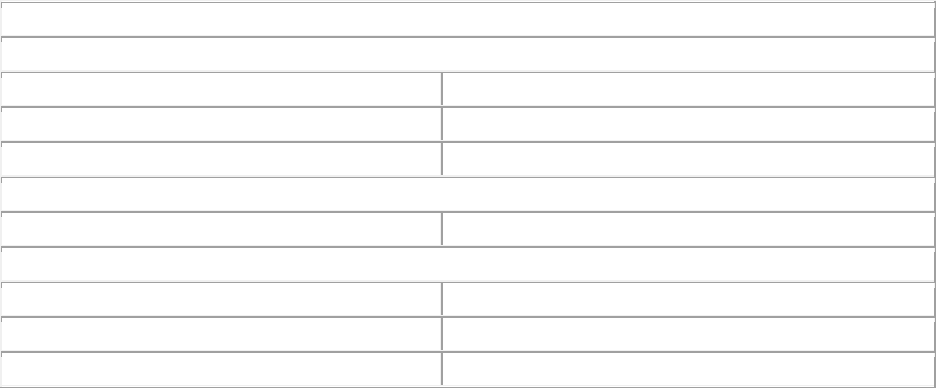
2021 International Building-Related Codes
Page 139 of 141
Demolition Registration Fees
Demolition Contractor
Initial—City Registration/2-year registration
$85.00
Renewal—City Registration/2 year renewal
$35.00
Duplicate—City Registration Card (plus tax)
$5.00
Demolition Permit Fees
Residential
$75.00
Commercial
Single-story
$100.00
2—3 stories
$200.00
>3 stories
$650.00
Sec. 10-120. Registered house mover.
(a) Registration. It shall be unlawful for any person to maintain, own or operate a house moving
contracting business, unless a registration issued by the Building Official is first obtained as
provided herein Chapters 10-116 and 10-120.
(b) House mover registration, insurance, security, and bond required.
(1) Compliance with section. No person except a licensed house mover, shall move any
building or structure over, across or along any street, public way, or public place within
the city except as specifically provided in this article.
Exception: Nothing contained in this article shall require a license or bond for the movement
of oversized equipment, or buildings or structures of a temporary nature, when such equipment,
building, or structures are within the legal road limit as required by the state statutes; nor shall bond
and license be required of one passing through the city enroute between two (2) other incorporated
cities, except those cities in the county.
(2) General liability and insurance.
a. A registered house moving contractor shall furnish and present the name of the
insurance carrier, policy number, name, address, and telephone number of the
insurance agent with whom the contractor is insured to the Building Official or to any
customer upon request.
b. City registered house moving contractors must maintain insurance of the following
types and amounts:
1. ($10,000.00) for each person for bodily injury, twenty thousand dollars
($20,000.00) for bodily injury liability for each accident, and five thousand dollars
($5,000.00) for property damage liability for each accident.
2. Comprehensive general liability specifically including coverages for hazards of
explosion and collapse in the amount of three hundred thousand dollars.
($300,000.00).
c. The policy shall:
1. Provide that the same shall not be cancelled until a ten-day or non-renewal has
been served upon the city.
2. The City of San Antonio must be listed as certificate holder on the Certificate of
Liability insurance.
3. Applicant shall file with the Building Official certificates of insurance executed by
the insurance carrier issuing said policies certifying that said insurance is in full
force and effect and that the moving operations are covered by such policies.
2021 International Building-Related Codes
Page 140 of 141
(3) Bond. Before a house mover's license is issued, the applicant shall file with the Building
Official a surety bond in the amount of two thousand dollars ($2,000.00), saving and
protecting the city harmless from any and all damages and to pay for any and all
damages to public property, that may arise from the use of any of the streets, alleys,
boulevards, or other public places in the moving of any building or structure. Such bond
shall contain a provision for a ten-day written notice to the city of cancellation by the
surety.
(c) Responsibilities. A registered house moving contractor shall be responsible for exercising such
supervision and control of his operations as is necessary to secure full compliance with the
provisions of the adopted city requirements and all other applicable laws of the city, state, and
United States.
(d) Penalties. It shall be unlawful for any person to move any building or structure in the city or
cause the same to be done, contrary to or in violation of any of the provisions of this Code or any
currently adopted city or State laws. Any person, firm or corporation violating any of these
provisions shall be deemed guilty of a separate offense for each day or portion thereof during
which any violation is committed, continued, or permitted, and each separate violation shall be
punishable by a fine not to exceed five hundred dollars ($500.00).
(e) Application procedures; requirements.
(1) An applicant for an original registration or renewal must submit an application to the
Building Official on a form established by the department.
(2) The Building Official shall have the right to investigate and examine the qualifications and
fitness of an applicant.
(3) A person may not be issued a registration unless the person:
a. Is at least eighteen (18) years of age; and
b. Is a United citizen or a lawfully admitted alien
(f) Duties and powers of Building Official.
(1) There is hereby vested in the Building Official the duty of examining the applications for
contractor registrations, including the issuance, reissuance, renewal, suspension, or
cancellation of such registration.
(2) The Building Official shall establish procedures consistent with this Code for the issuance
of registration for demolition contractors.
(3) The Building Official shall have the duty to keep all registration application records. The
Building Official shall further have the power and duty to adopt, amend, or repeal rules
and regulations consistent with the provisions of this section as may be necessary for the
proper administration and enforcement hereof.
(g) Appealing a denial of registration.
(1) Appeal to board. If either an original or renewal registration is denied, the Building Official
shall furnish the applicant a written statement setting forth the grounds for the refusal
within ten (10) working days. Such statement shall be by certified mail, return receipt
requested, to the mailing address provided in the application unless the applicant is
present to receive and acknowledge in writing receipt of such letter. The applicant or their
representative shall then have fifteen (15) working days from receipt of notice to appeal
the Building Official’s decision in accordance with section 10-14 of this chapter.
(2) Nothing in this section shall be interpreted as to deny a subsequent application at the
expiration of one year from denial of initial registration.
(h) Fees and registration period. The application fee for contractor registration shall be as set forth
in this section.
(1) An initial registration fee of one hundred and twenty dollars ($120.00) is required and said
registration shall be valid for a period of two (2) years. The registration holder shall be
required to re-register every two-year period of time and pay a fee of one hundred and
twenty dollars ($120.00) for each two-year period of time to maintain registration.
2021 International Building-Related Codes
Page 141 of 141
(2) The moving of any building or structure over, across or along any street, public way, or
public place within will commence only after a permit has been issued by the Building
Official. Permit fees are outlined in Fee Schedule subsection 10-31.
(i) House moving permit; general.
(1) No person, firm, association or corporation shall move building or structure in the city, or
cause the same to be done, without first obtaining a permit for each such building or
structure authorized by the city.
(2) Every house moving permit shall be valid during the time outlined in the permit. The
Director of Development Services may extend the permit upon request of the applicant.
(3) No person shall move any building or structure over, across, or along any street, public
way, or public place within the city until a permit for such work has been issued as
provided in this section.
(4) A registered house mover shall in each case before moving or preparing to move any
building or structure, apply to the director of development services by written application
for a permit to do so, in which application the building or structure to be moved shall be
described with the extreme dimensions of its width, length and height, present location,
the place to which it is proposed to be moved, and the location, on the lot at the
destination.
(5) Before application for permit is made, the house mover shall notify the public utilities,
railroads, and other persons whose facilities are involved in such movement.
(6) Before application for permit is made, the house mover shall notify the police department,
fire department and public works department, and shall obtain proper clearance from
each of these departments in writing. This clearance shall specify the day of the week,
hour of the day, the moving is to take place. The route to be taken shall be at the
discretion of the police department and public works department.
(7) Warning devices. If it becomes temporarily necessary to leave the building on public
property, there shall be placed around the building or structure, and all equipment, red
lanterns, flares, or other warning devices. No building or structure under any condition
shall be allowed to remain in or on the streets, public ways, or public places for more than
twenty-four (24) hours except weekends. Any building or structure which occupies or
moves along or across any portion of public property after sundown shall have sufficient
lights and flares continually burning for the protection of the public.
(8) Escort. No person shall move a building or structure across or along any street, public
way or public place within the city unless accompanied or escorted by at least one police
officer that has been retained by the person for such service.
Secs. 10-121—10-129. Reserved.
ARTICLE XIV. SIGNS AND BILLBOARDS
Sec. 10-130. Signs and billboards.
See chapter 28 of this Code and articles I, II, III and XIII of this chapter.
